|
Click on
pictures to enlarge
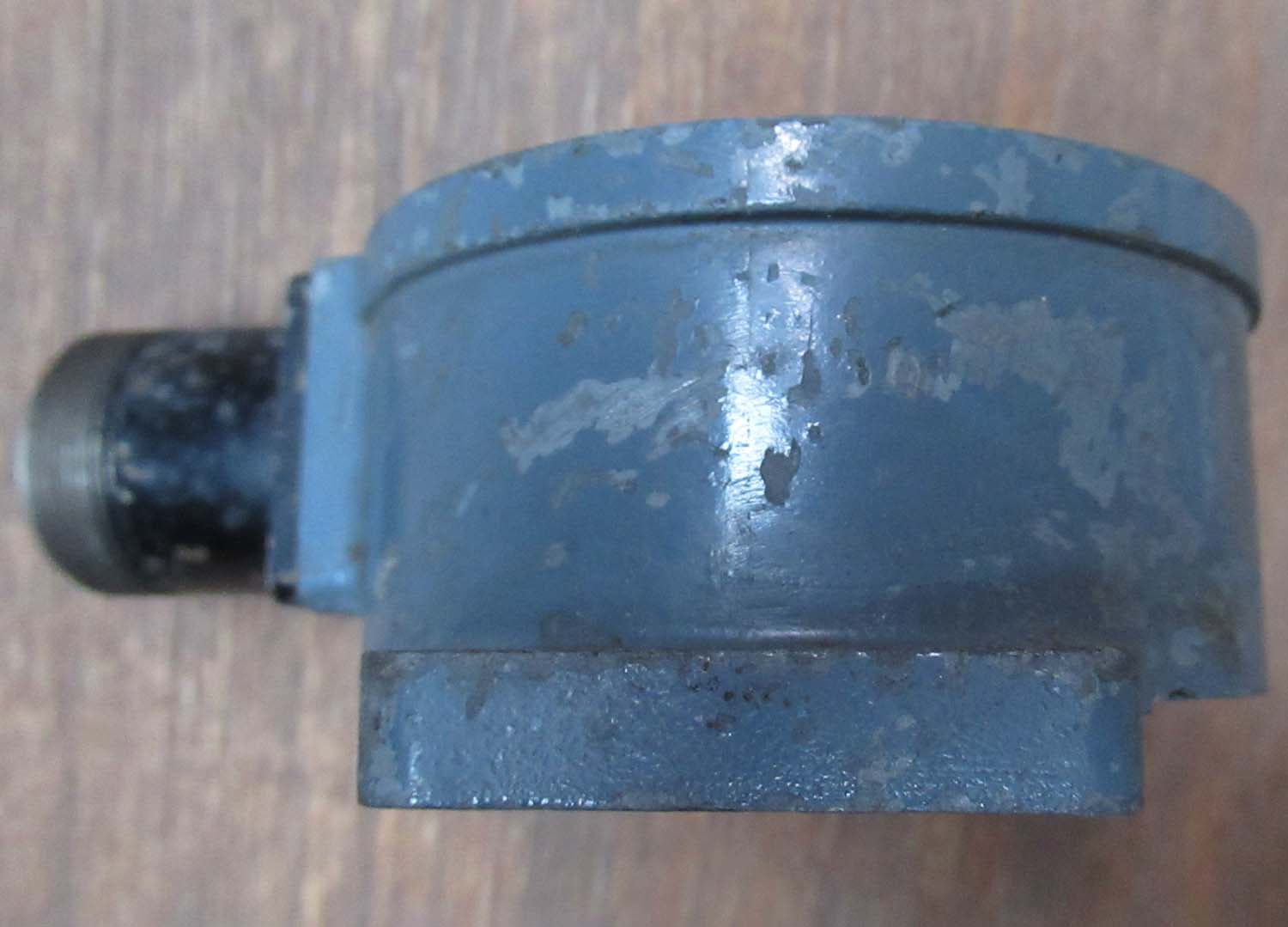
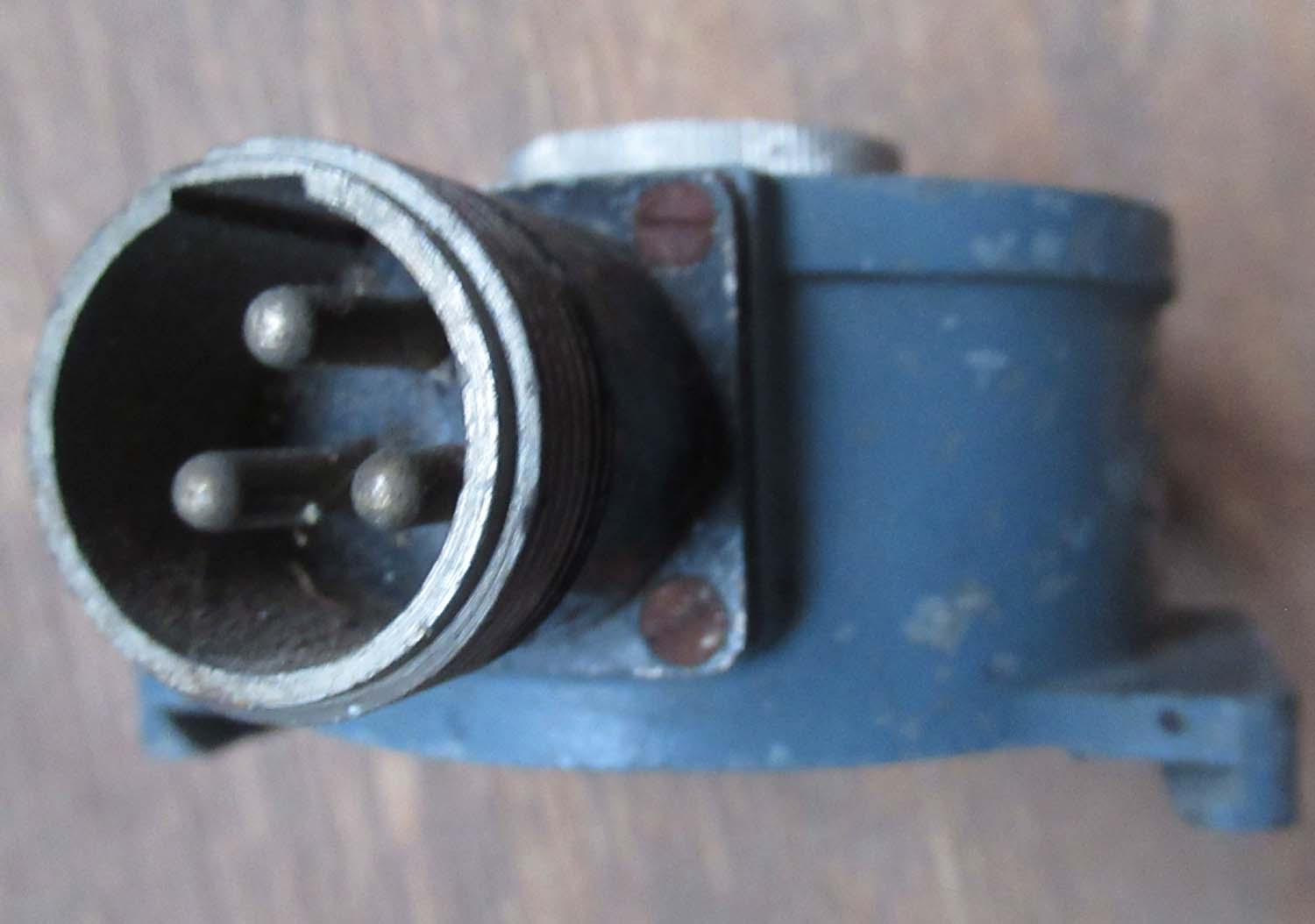
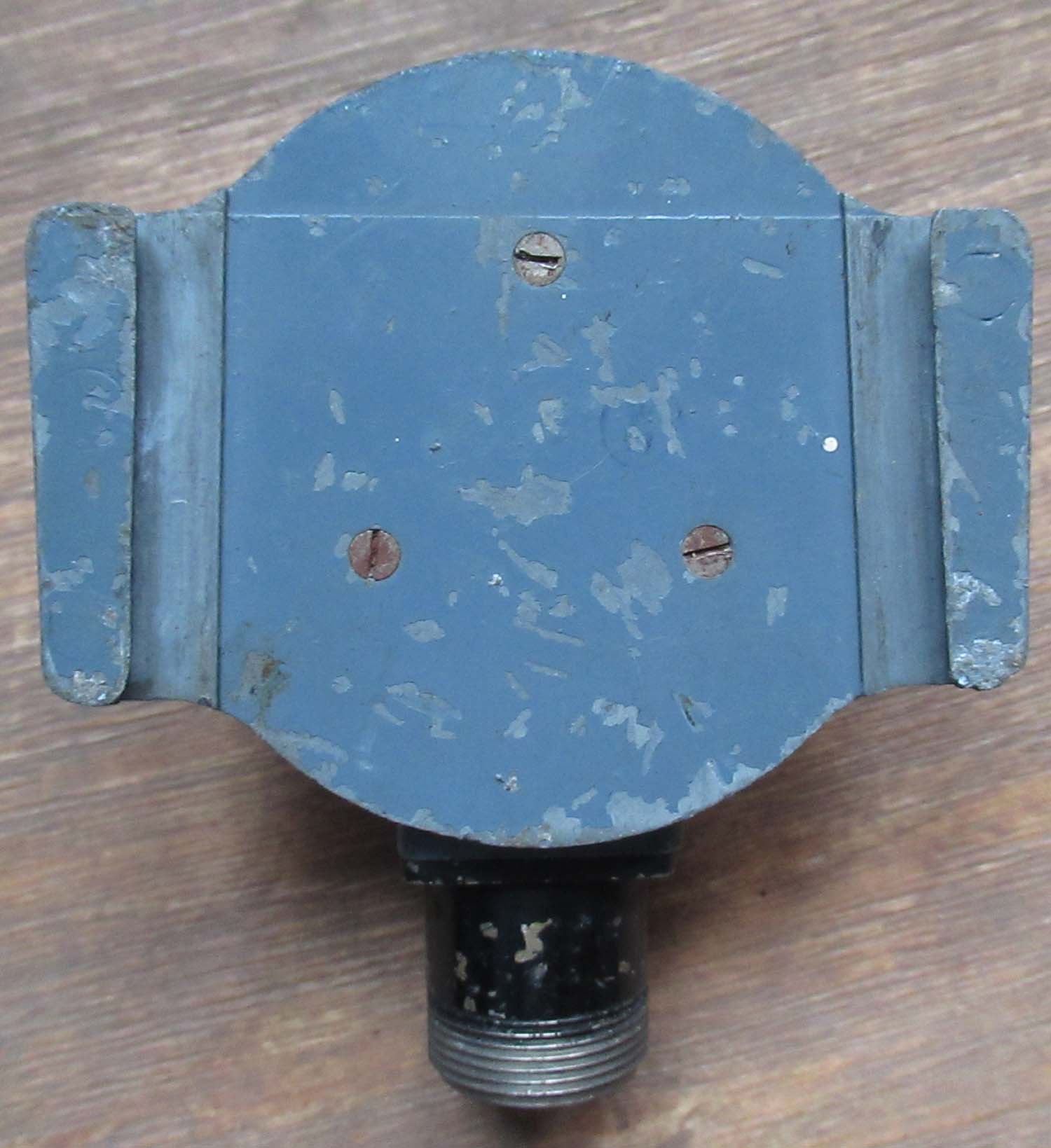
|
Spitfire Gun
Camera Counter
Type 45 (pg1 Gun Nos 56)
This is a Gun camera counter,
it controlled the exposure of the Gun camera and recorded
how much footage had been used so the ground crew could
change out the camera film. These were fitted in fighters
only and in the Spitfire to the LHS of the cockpit. This one
is complete and in good original condition.
Type 45
14A/1435
Click on
pictures to enlarge
 

Seen in situ
above in a Spitfire cockpit
£225


|
|
Click on pictures to enlarge
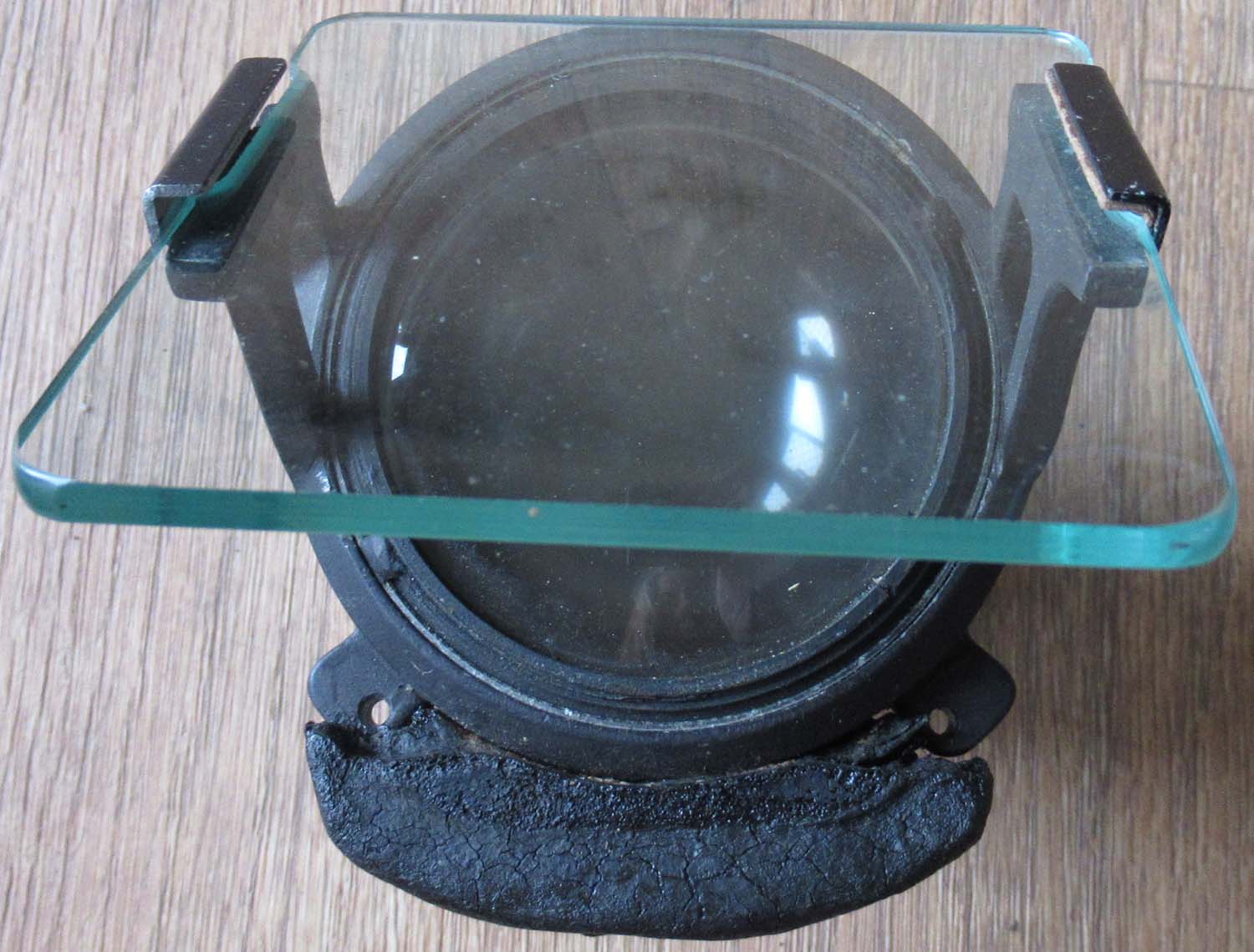
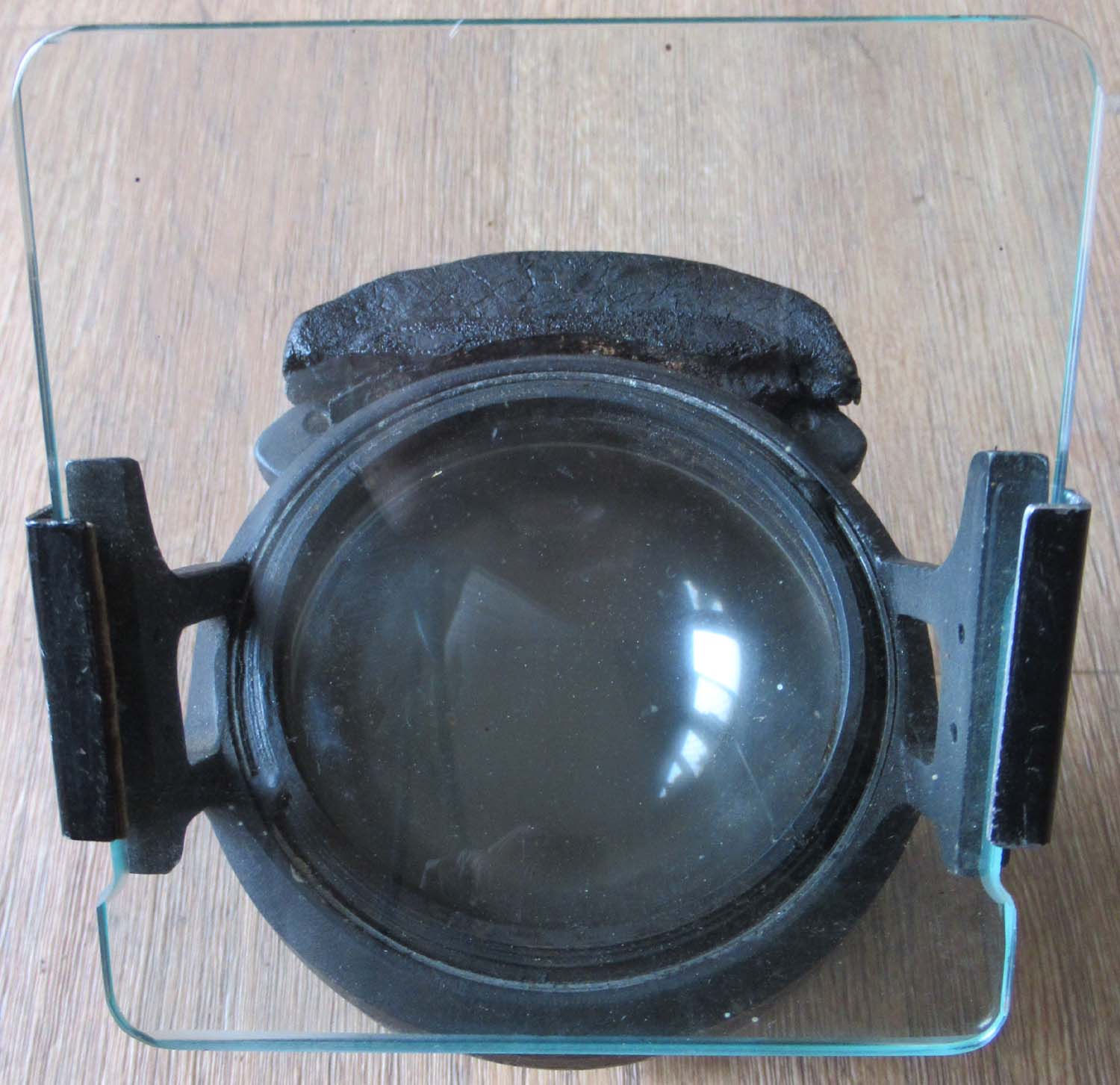
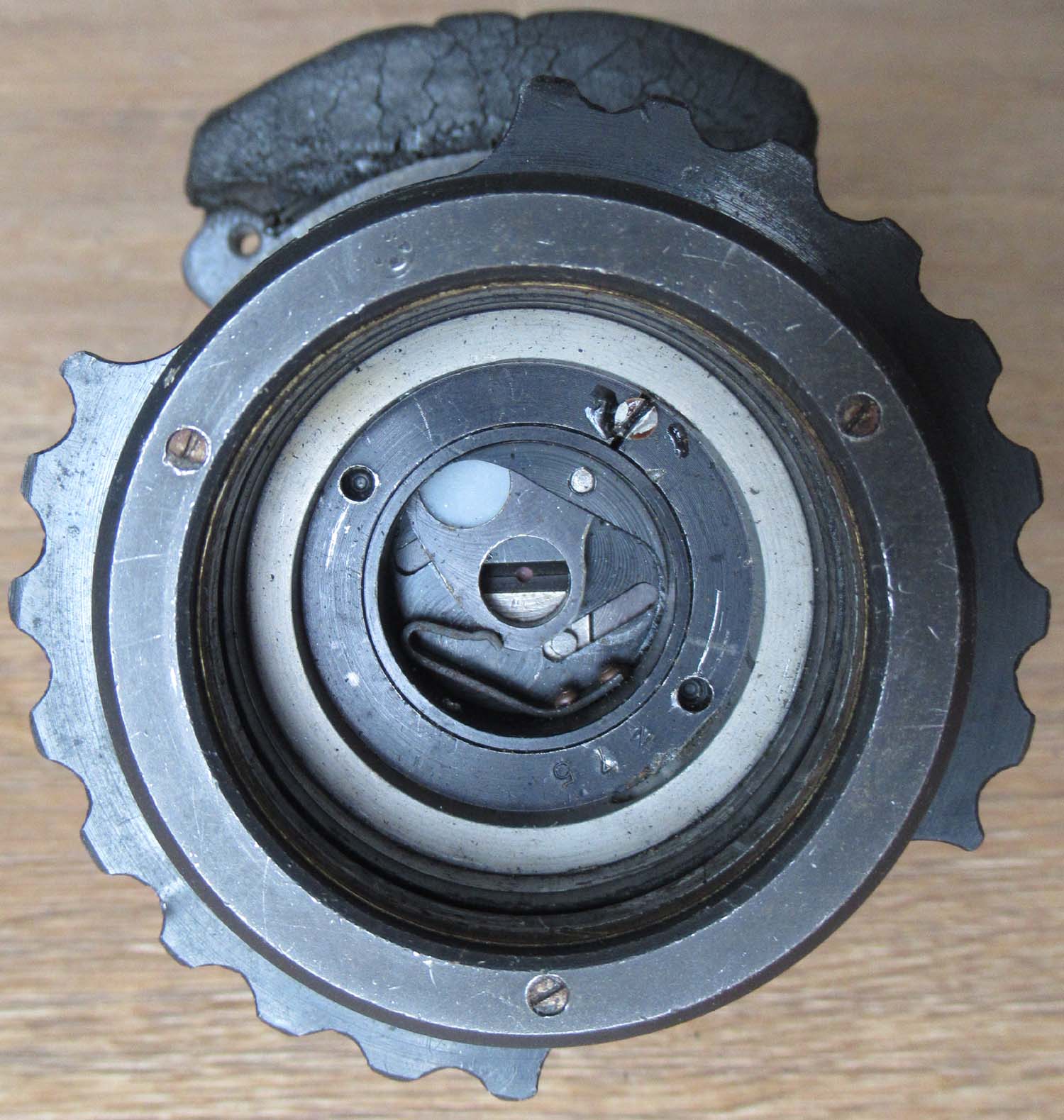
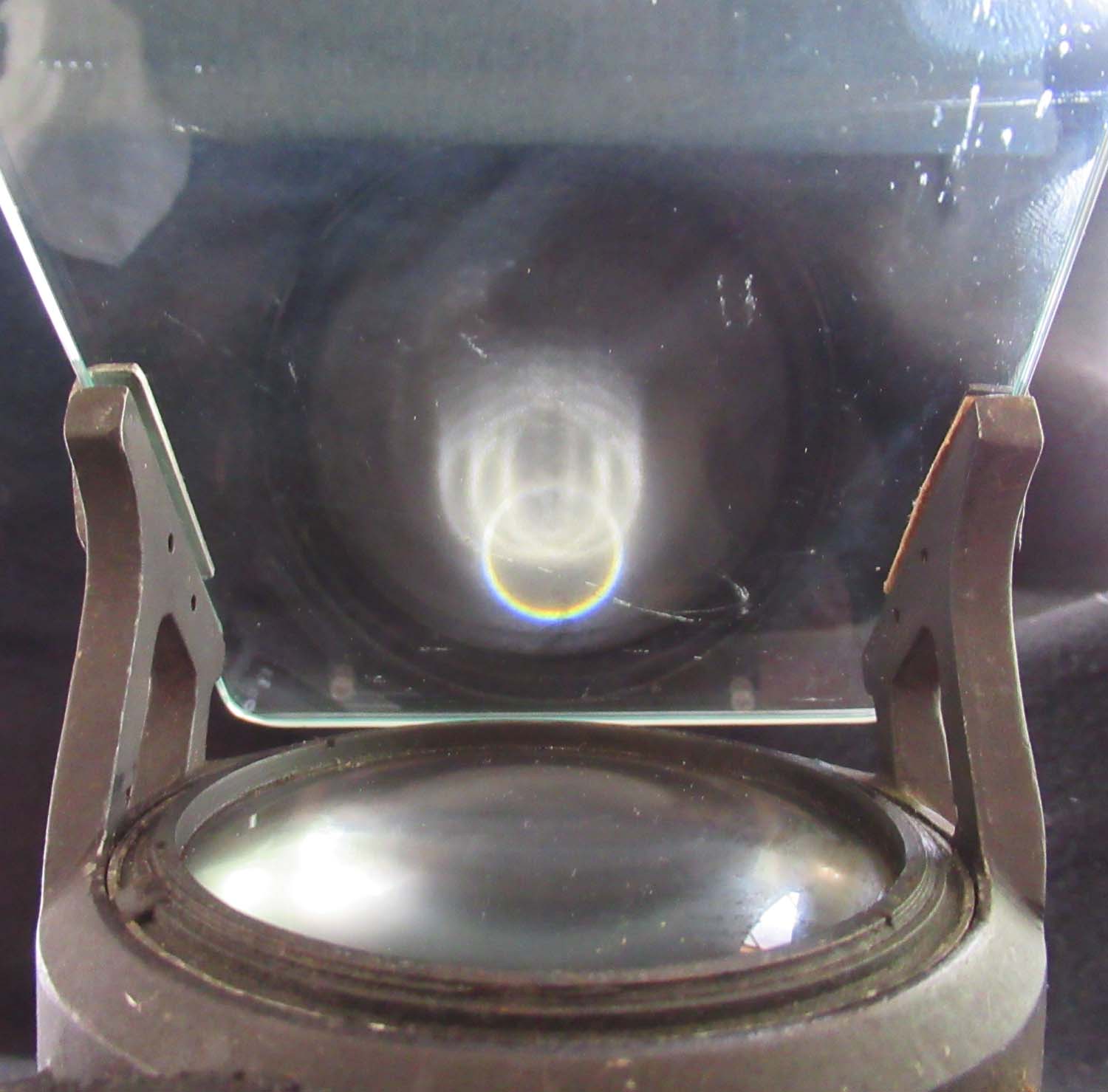
Shown under
the image from a day Fighter sight for comparison to the
night Fighter image shown above.
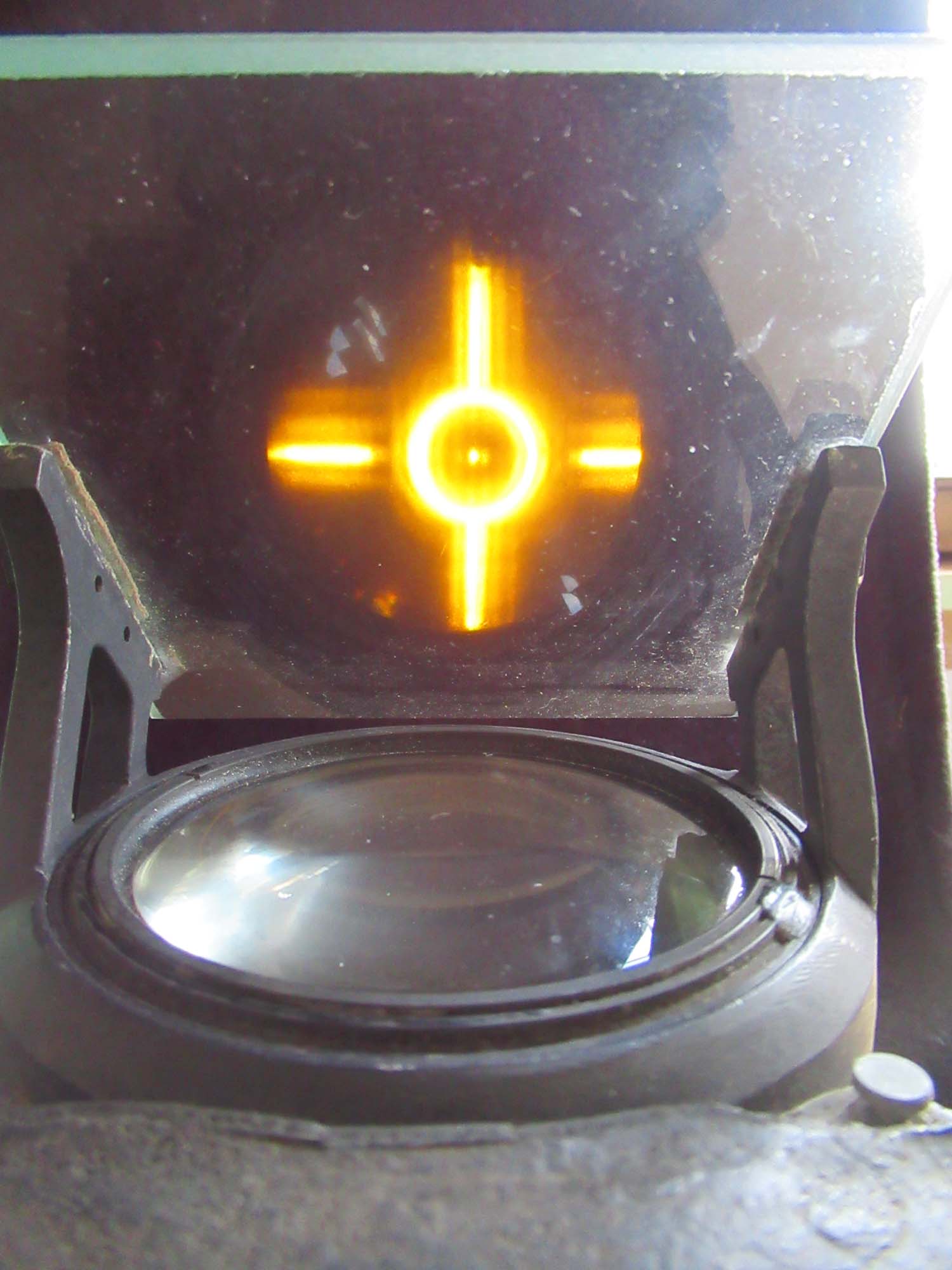
|
MK II N Night Fighter Reflector Gunsight (No
31 pg1 Gun)
Dated 1943 MK II N 8B/2361
Click on pictures to enlarge
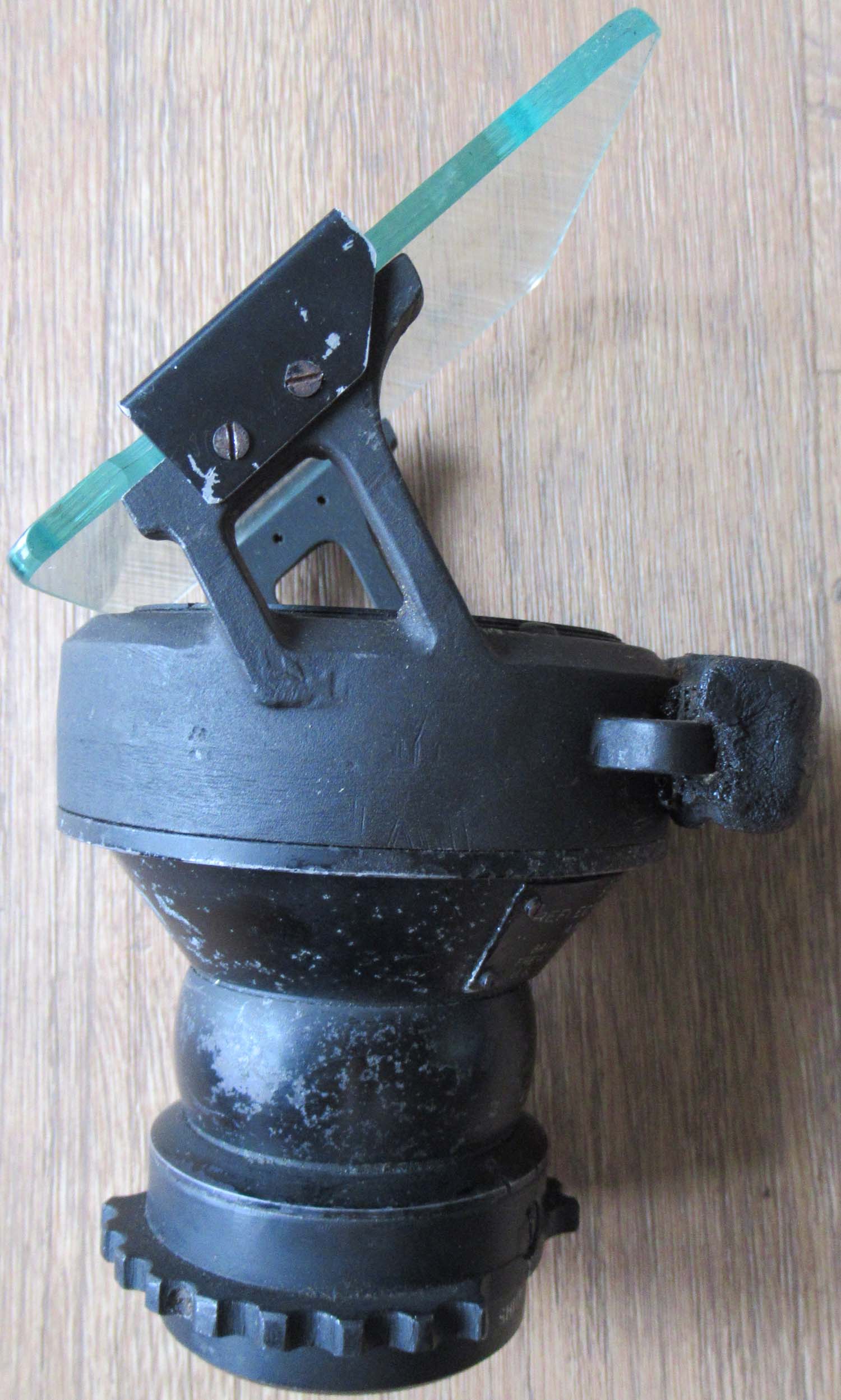 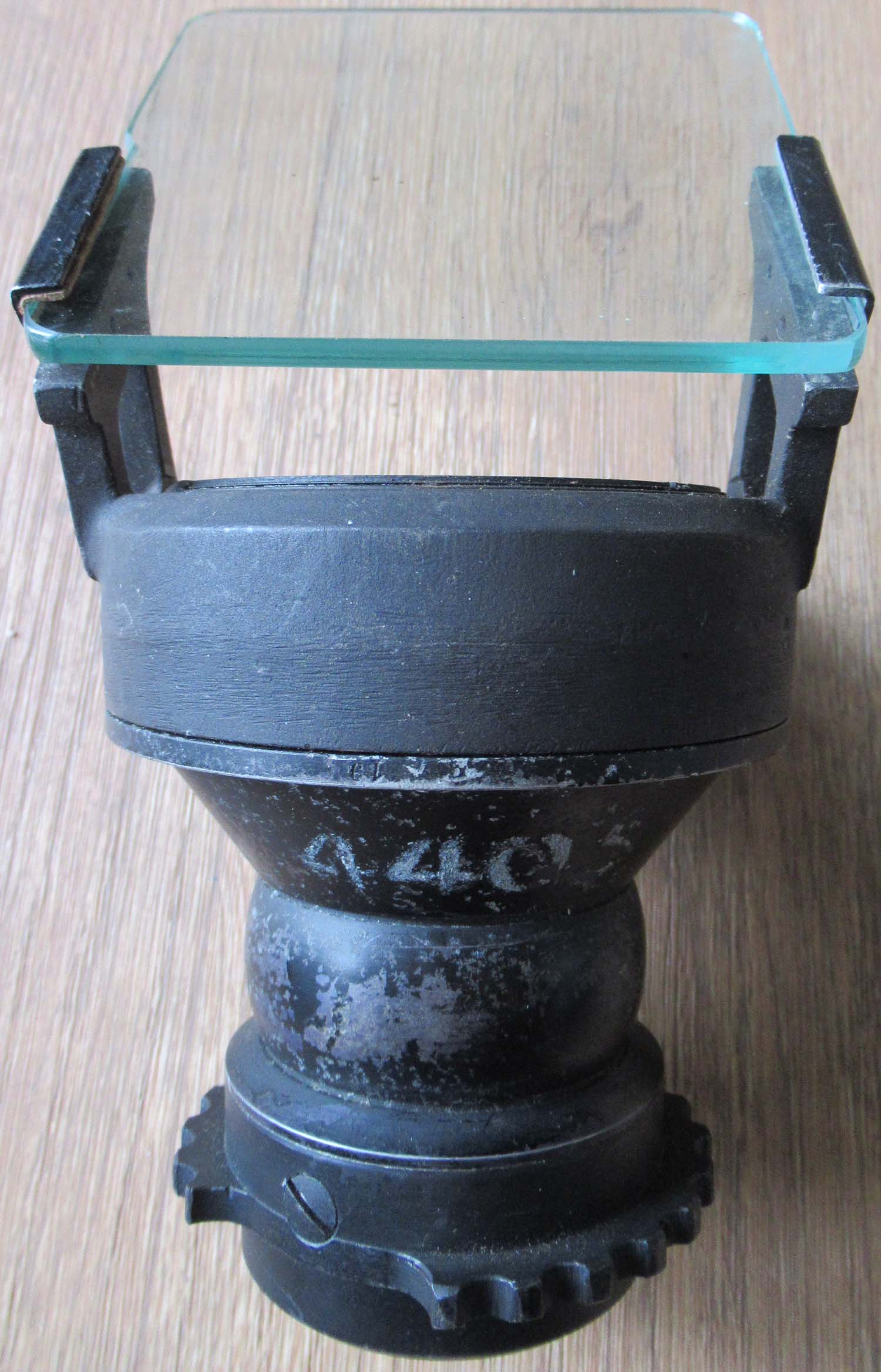 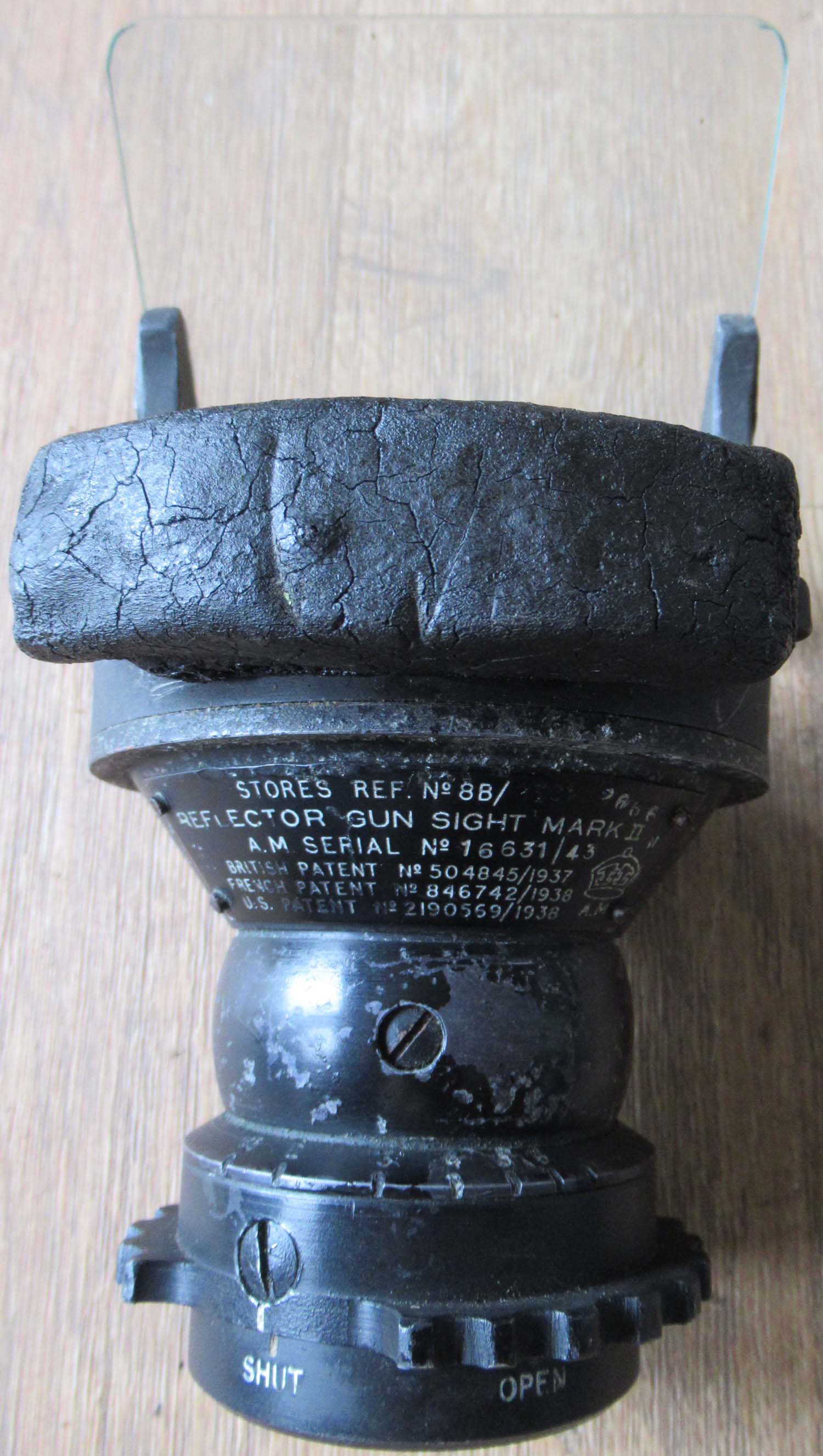 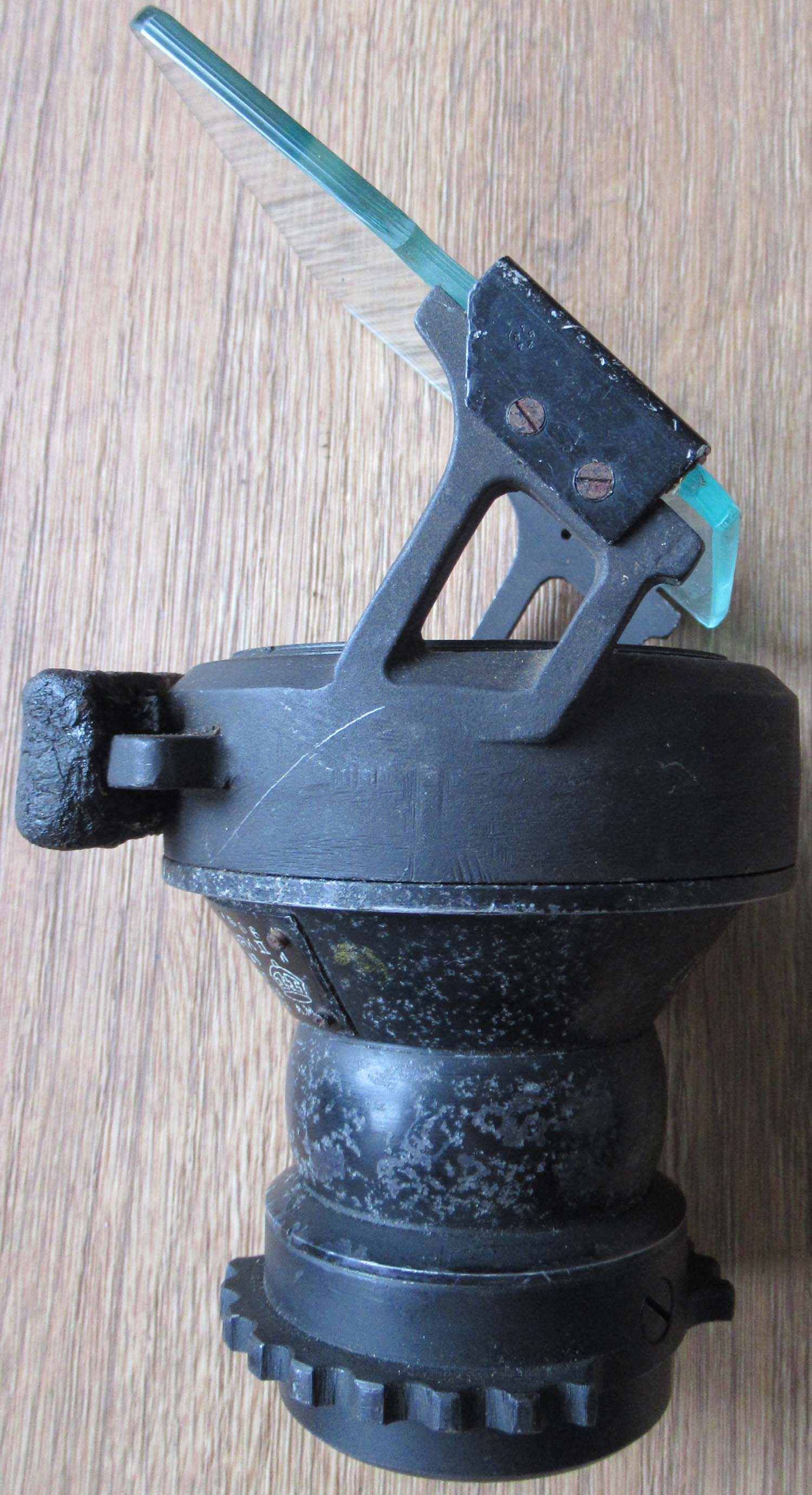
This is a classic MK
II reflector Gunsight designed for use in night fighters.
The night fighter sight
is designated as a MK II N the N standing for Night.
It differs from the
daytime sight in that it just has a single circle with a dot
in the middle as apposed the orange image with the
horizontal lines of the day sight .
The picture of the
image looks out of focus and blurry in the photo but is
crisp and clear to the eye.
This sight is in completely
original except for the glass .
It unfortunately does
not have a box or a bulb holder and was illuminated for the
pictures using a light box we have to taking pictures.
The mainstay of RAF Night
Fighters by 1943 was the Beaufighter and the Mosquito
because they could both carry the bulky airborne radar used
to track enemy aircraft and were both fast and very heavily
armed.
Both used this sight so
being dated 1943 it was most certainly used by one of these
aircraft.
By 1943 German bombing had
become sporadic at best and so the Mosquito in particular
was used offensively against German night fighters.
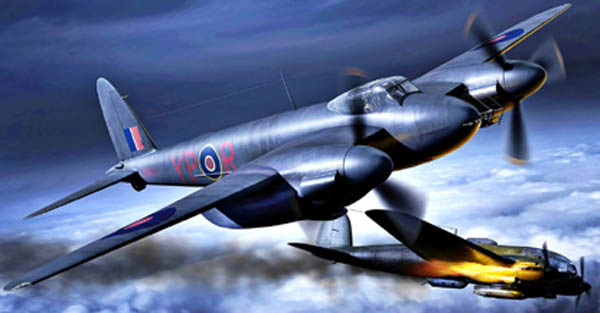
Shown above a
Mosquito night fighter note the radar antenna on the nose.
Out of stock more wanted please
contact me |
|
Click on pictures to enlarge


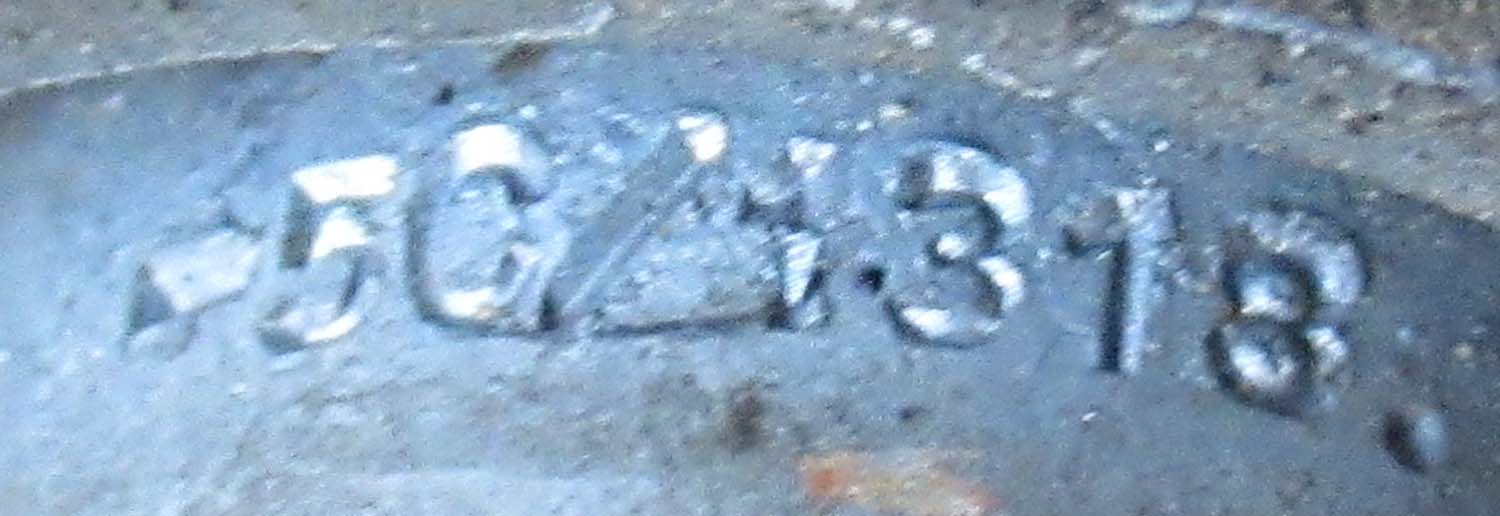
MK II D
Series 3
Ref no
8B/2669
24 Volts
No 16135/42R
5C/1318Out of stock, more always wanted.
Please contact me
|
Ace Maker MK II D Gyro Gunsight (No
40 pg1 Gun)
This a
classic MK IID Gyro Gunsight nicknamed the Ace Maker. On the
previous reflector sights it was important you could
deflection shoot; basically be able work out how far in
front of a moving target you had to aim for the bullets to
arrive on target.
Most
of the successful fighter pilots had this skill. Many coming
from a background where, prior to joining the RAF, they had
done alot of shooting at moving targets like Pheasant and
Grouse therefore they understood the principle and had
experience.
The Gyro Gunsight changed all this as it worked out the deflection
for the pilot using a gyro so basically all the pilot had to
do was aim directly at the target and fire.
Being
an Ace in WWII meant you had shot down five aircraft or more
and this peace of ingenious technology rapidly increased the
number of Aces.
Of course
technology could never replace a person who had exceptional
skill, and Britains top ace of the War had his Gyro removed
and replaced with a standard reflector sight when his new
aircraft arrived from the factory.
This
sight is in great original condition, complete, and dated
1942.
Click on pictures to enlarge




 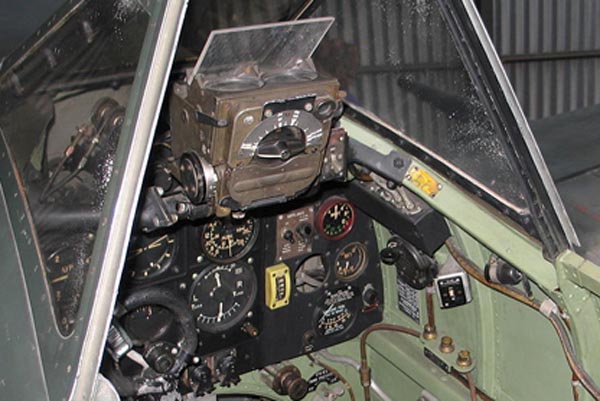 
Seen
above centre in situ in s Spitfire
|
|
Click on
pictures to enlarge

A/M 8B/2361
Dated 1941

Above you can
see the MKII sight fitted to a MK V Spitfire , note this MK
V is still using the early style round Temp gauges.


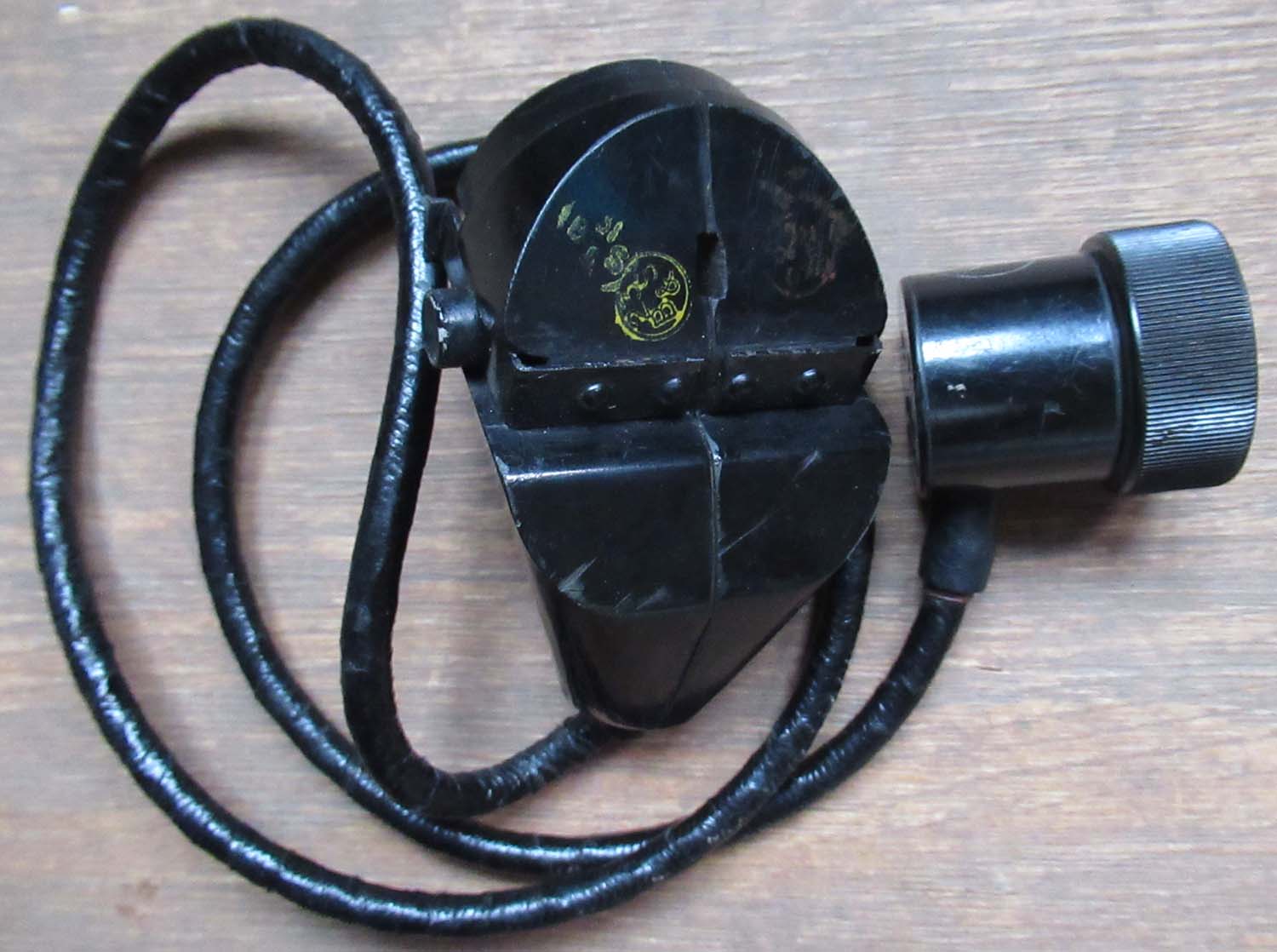
|
Mk II Reflector
Day fighter Gunsight
(pg1 Gun Nos 55)
Here we have a 100% original
Day Fighter MK II reflector Gunsight . This Gunsight was the
mainstay of Fighter command fitted to all single seat
fighters most notably in the Spitfire and Hurricane until
the introduction of the Ace maker Gyro Gunsight . Although the Ace Maker Gyro sight
was introduced in 1943 some Pilots preferred the original
sight as they were skilled at deflection shooting . Britains
top scoring fighter ace of the War Johnny Johnson had the MK
II Giro in his famous MK IX Spitfire EN 398 replaced with
the MK II sight shortly after it arrived from the factory.
EN 398 went on the destroy 18 enemy aircraft.
This particular example is
totally original and complete having its original glass and
bulb holder, the glass
has a few nibbles on the edges but is generally in good
shape for an original. The reticule is perfect with a clean
crisp image as can be seen below. I like to have a bit of
fun with the pictures of the sighting ring and the one
below is a shot taken from a war time Spitfires gun camera
using this actual sight. Its targeting a FW 190 which itself
is attacking a Lancaster and the 190 has taken hits.
As you can see from the
pictures the sight is in good condition with no corrosion on
the data plate . It is dated 1941 so quite an early example,
the MK V Spitfire entered service in 1941 and although there
is no guarantee, statistically it was most likely fitted to a
MK V Spitfire being the most numerous front line fighter
then in service.
In 1941 Fighter Command began
a campaign to gain air superiority over Northern France. A
War of attrition was started with fighter incursions into
France to draw up the Luftwaffe and keep as many aircraft
tied up and away from Russia as possible.
The date and
condition of this sight means
it certainly saw considerable action throughout the war.
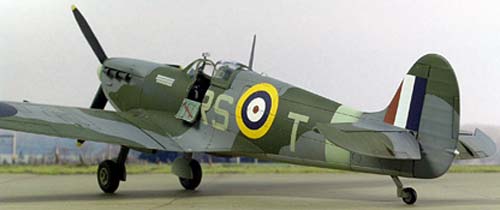
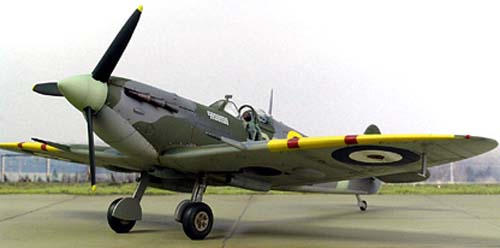
Shown above the MK V Spitfire
of the famous fighter Ace Bob Stanford Tuck. Like many
skilled Pilots who came through the Battle of Britain Tuck
was shot down in 1942 while taking part in a hazardous
Rhubarb mission in France. Taking the fight to the enemy
caused high casualties among Britains fighter Pilots. In the
end Tuck was shot down by an anti aircraft gun not another
aircraft but not before destroying one gun and its crew. One
of His 20mm cannon shells spit the barrel like a flower
having scored a direct hit. This incident saved Him
from being lynched by the angry crew of the other Gun who
had just seen their comrades decimated.
Click on
pictures to enlarge

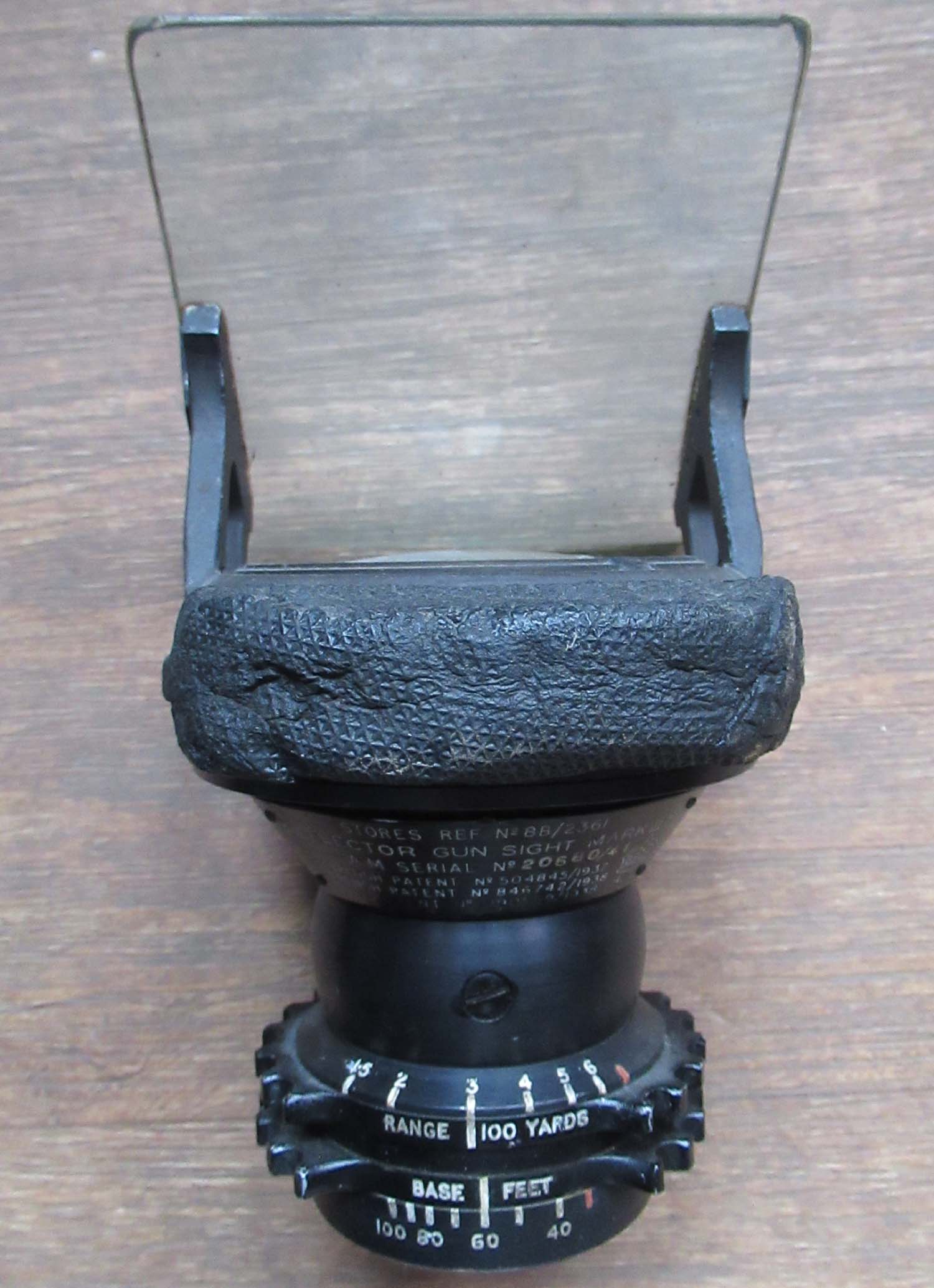





Sorry sold more always wanted please
contact me |
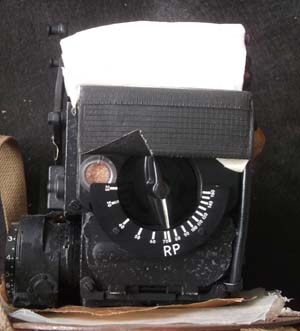
Click on
pictures to enlarge
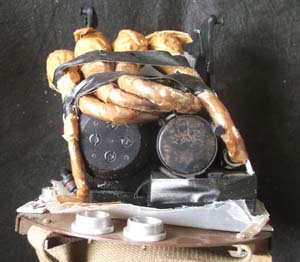
Click on
pictures to enlarge
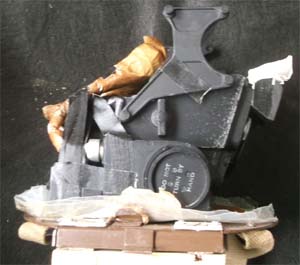
Click on
pictures to enlarge
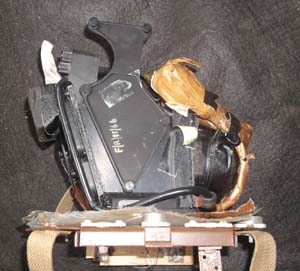
Click on
pictures to enlarge
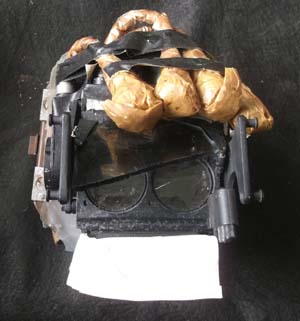
Click on
pictures to enlarge
|
Giro MK 10 Gunsight
(pg1 Gun Nos 54)
Here we have a Mk.10 Giro
Gunsight in Near Excellent Condition in its Original Box
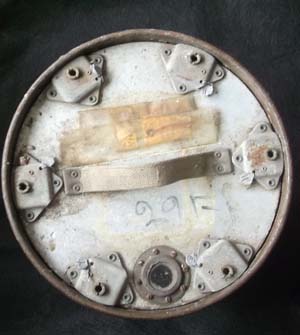
It is a Radar Ranged Sight
and was Used in the Hawker Hunter Jet
Unfortunately the glass is
broken however there is an undamaged spare included in the
box
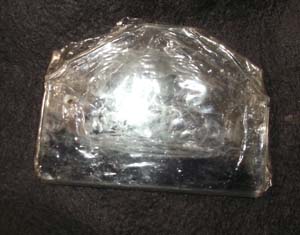
This Carries the Reference
Number 8B/5014
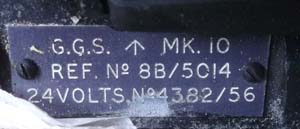
The Hawker Hunter is a transonic
British jet aircraft developed in the late 1940s and early
1950s.
The single-seat Hunter entered
service as a manoeuvrable fighter aircraft, and later
operated in fighter-bomber and reconnaissance roles in
numerous conflicts. Two-seat variants remained in use for
training and secondary roles with the Royal Air Force (RAF)
and Royal Navy until the early 1990s.
The Hunter was also widely exported,
serving with 21 other air forces. Sixty years after its
original introduction it was still in active service

£595


|
|
Click on
pictures to enlarge


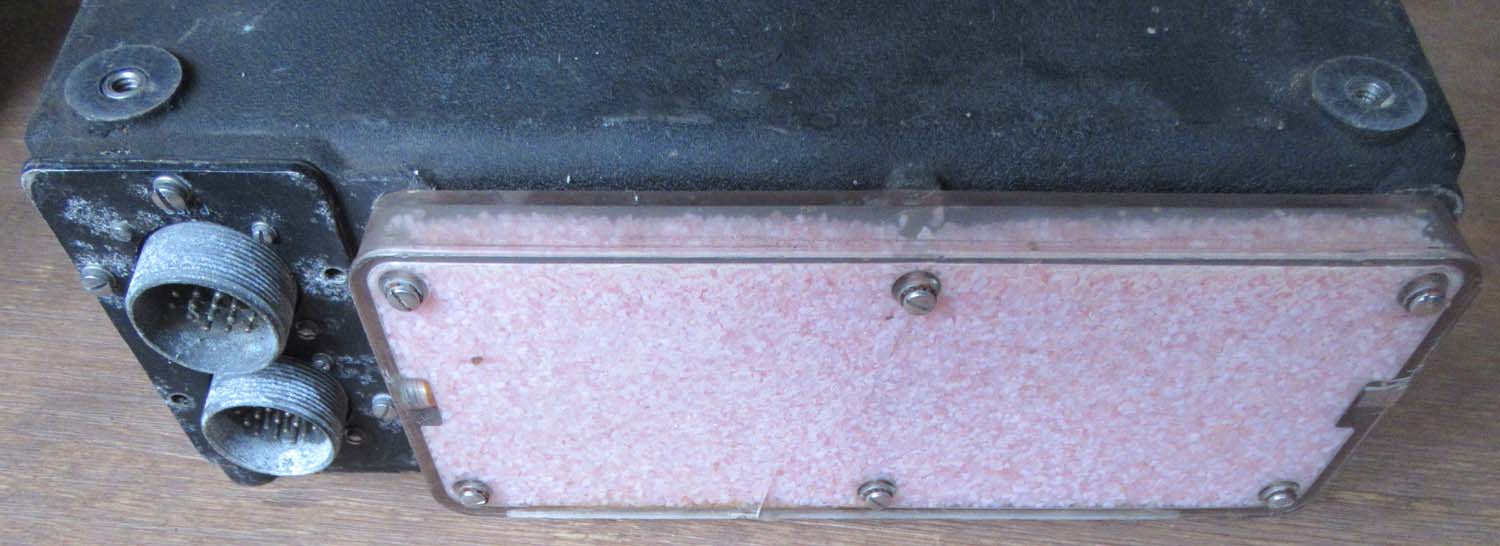

Overseas buyers please
contact me for a shipping
cost.
|
Type A-4 Gunsight (No 53 pg1 Gun)
Here we have a US Type A-4
Gunsight used on Thunderjet and Sabrejet fighters.
4672
668783
303700
303753
Click on
pictures to enlarge





£595


|
|
Click on
pictures to enlarge
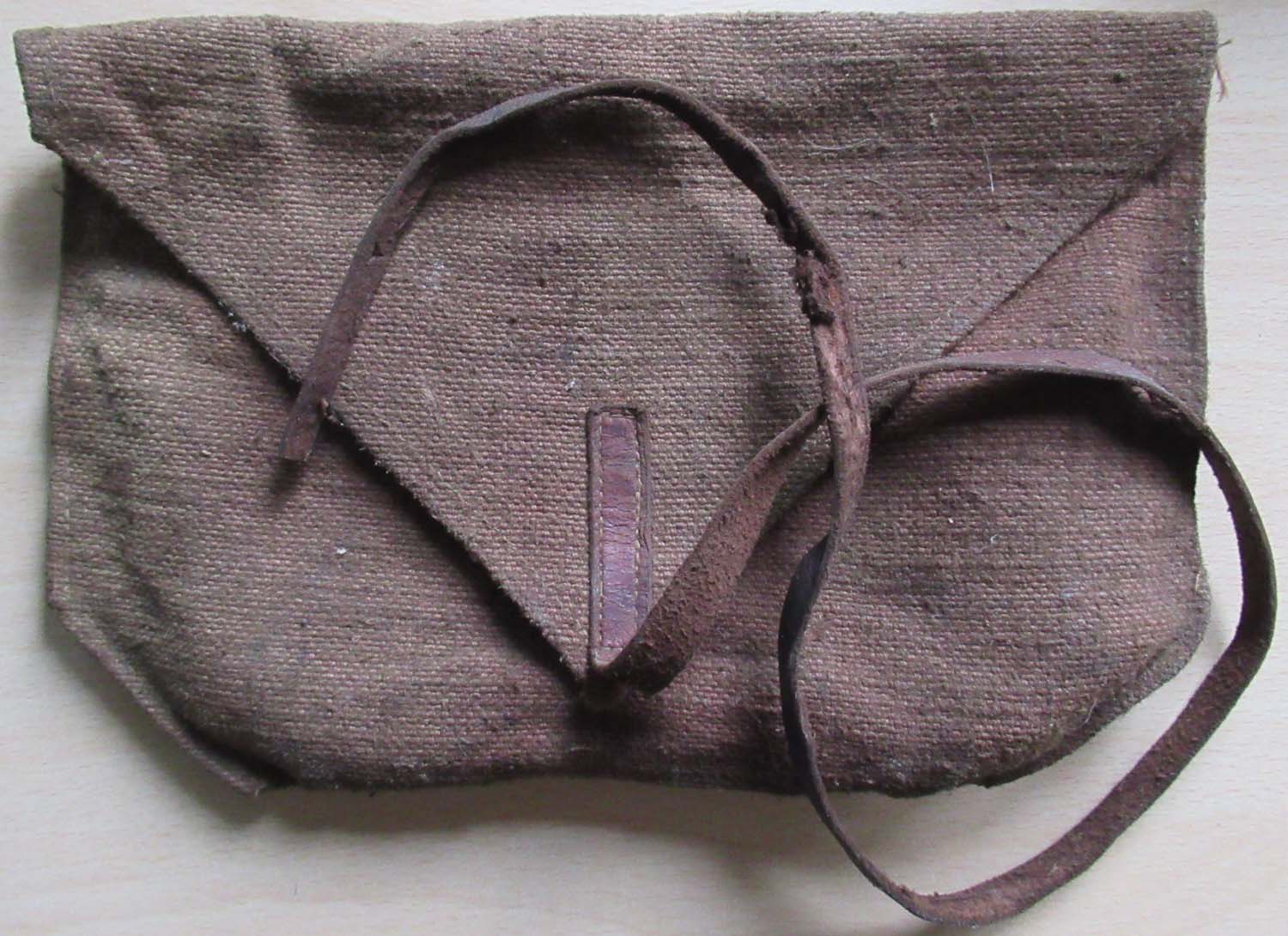
£245


|
Gunsight Anti
Aircraft Ring 4 (No 52 pg1 Gun)
Here we have a original
Anti-Aircraft Gunsight Ring.
This part comes in its
original canvas bag.
It was designed to clip over
the barrel looks suitable for 50 call and 20mm
Click on
pictures to enlarge
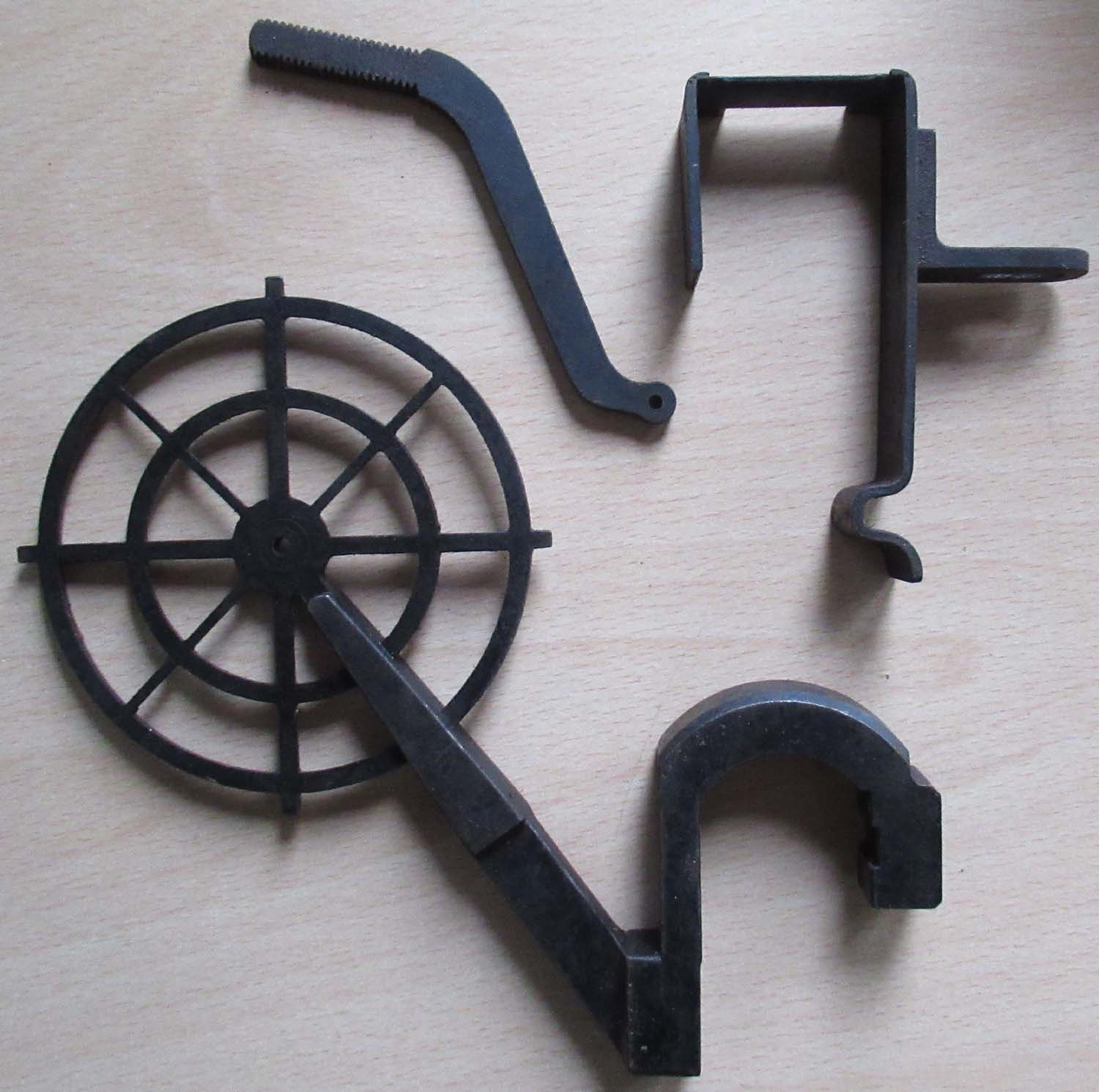
|
|
Click on pictures to enlarge
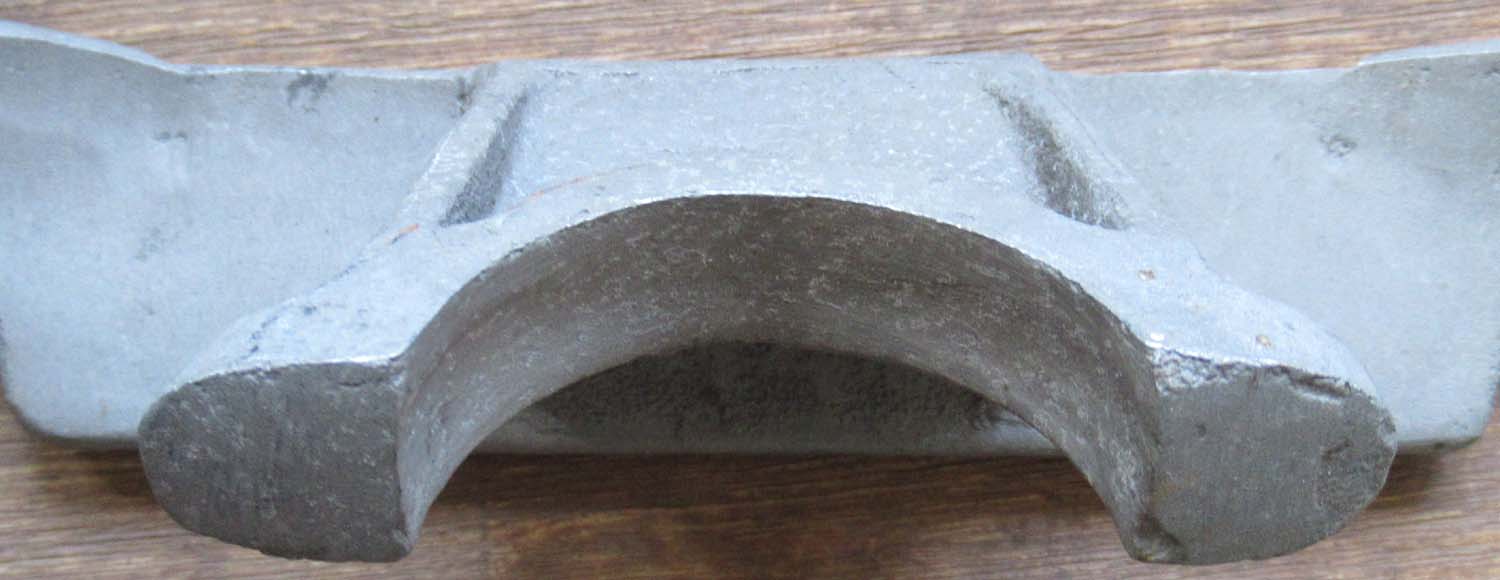
£295


|
Spitfire Gunsight
Bracket (No 51 pg1 Gun)
Here we have a repro Spitfire
gunsight bracket.
Click on pictures to enlarge


|
|
Click on
pictures to enlarge
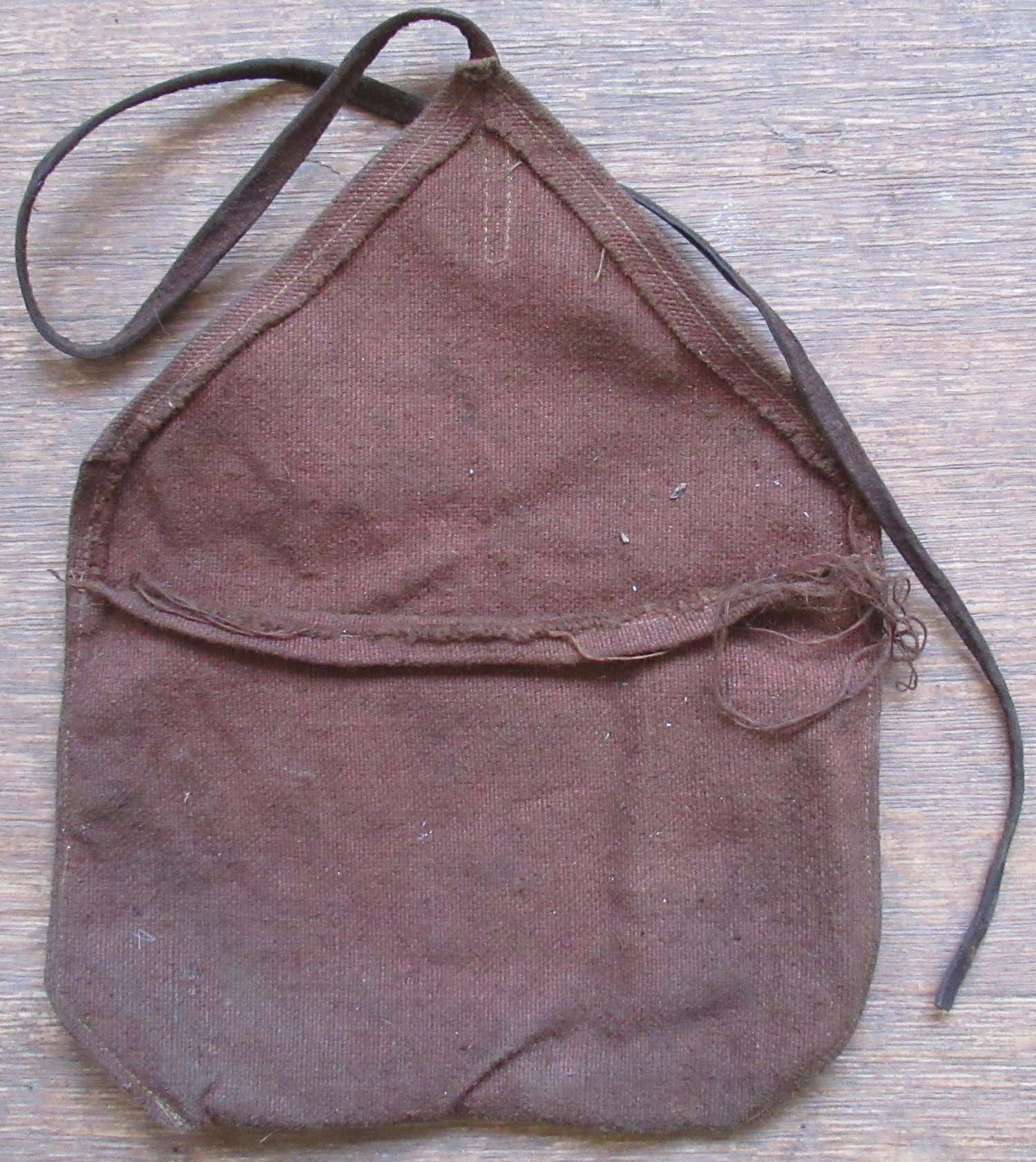
£245


|
Gunsight Anti
Aircraft Ring 2 (No 50 pg1 Gun)
Here we have a original
Anti-Aircraft Gunsight Ring.
This part comes in its
original canvas bag.
It was designed to clip over
the barrel looks suitable for 50 call and 20mm
Click on
pictures to enlarge
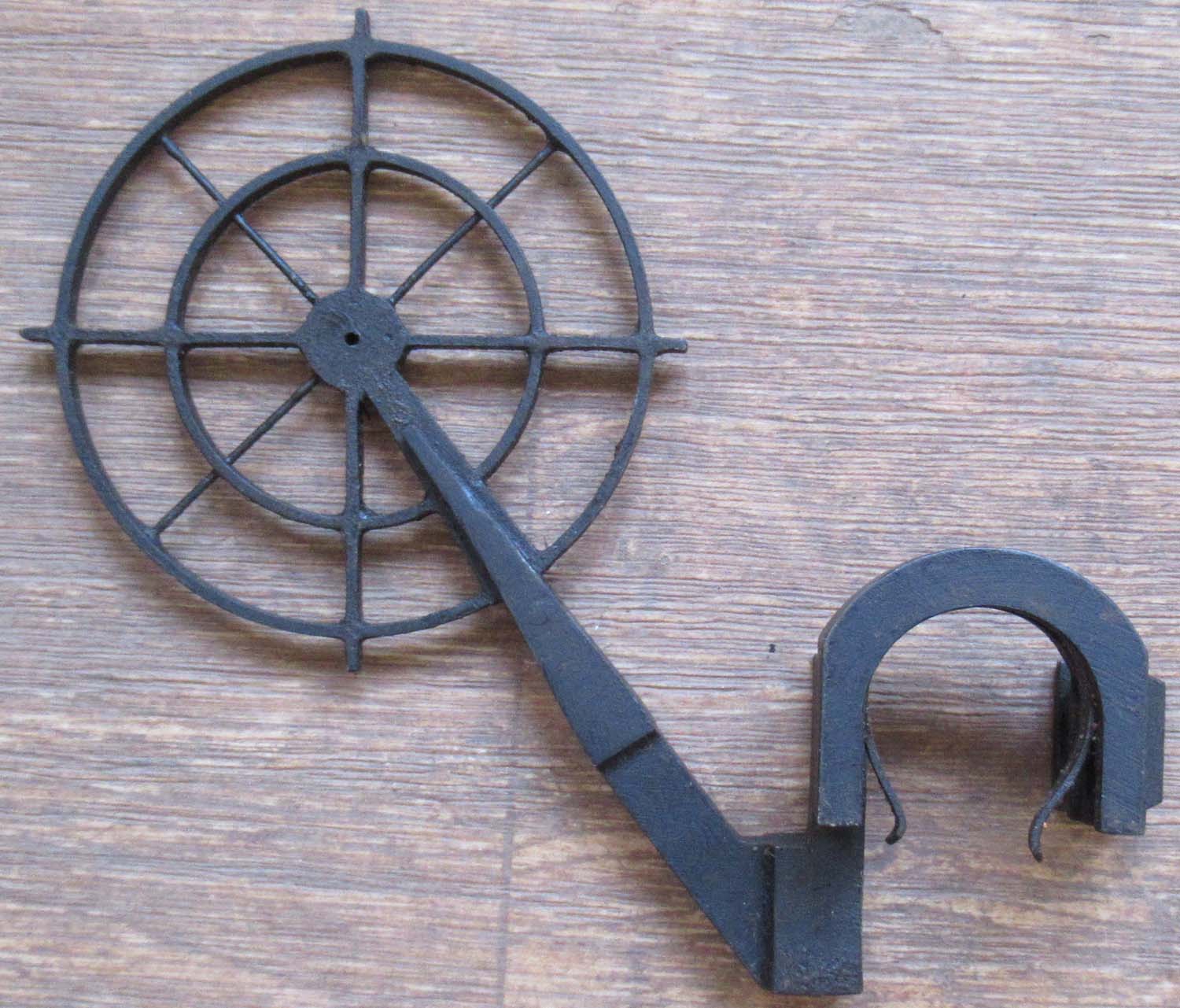
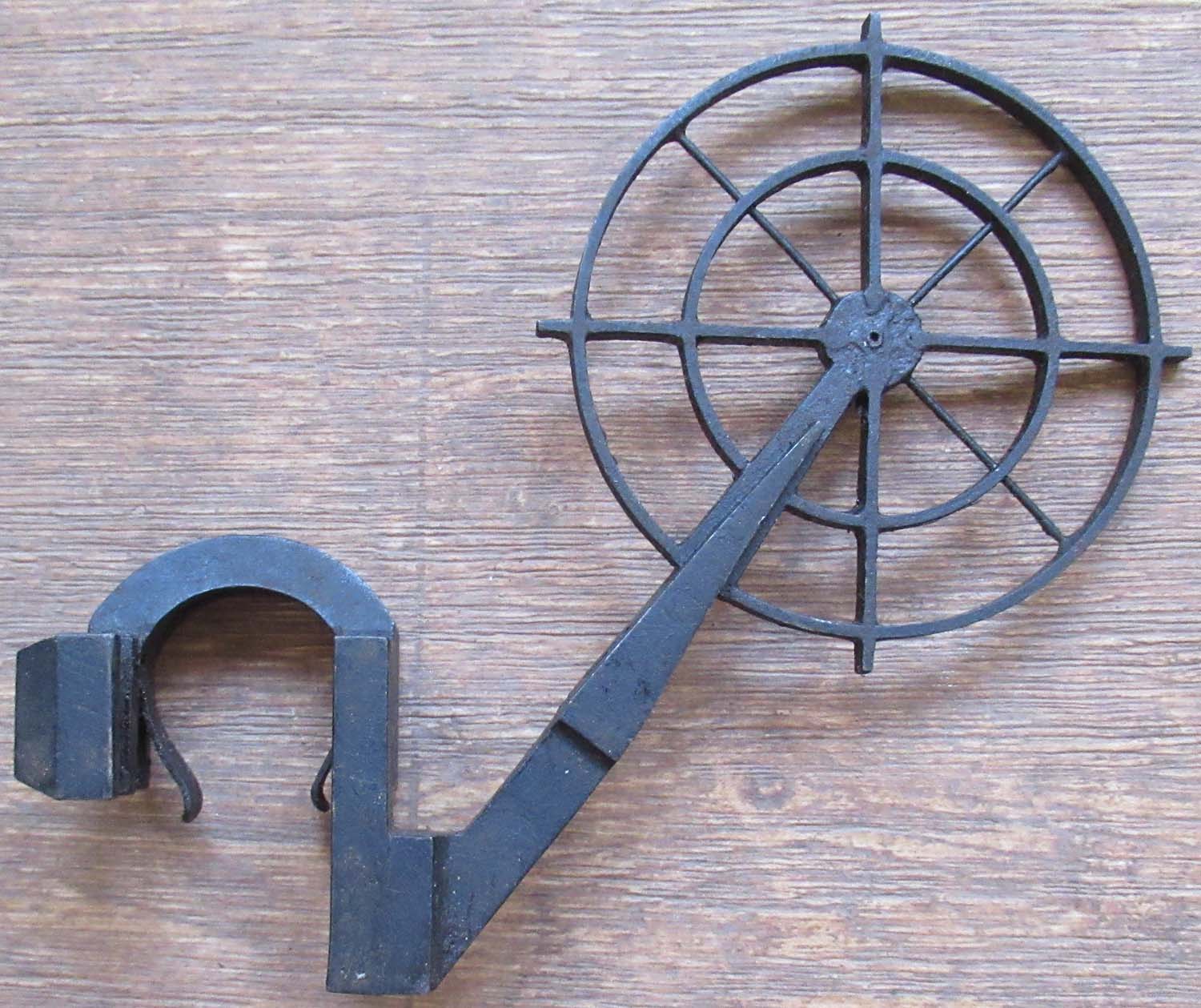
|
|
Click on pictures to enlarge

£295


|
Gunsight Anti Aircraft
Ring 3 (No
49 pg1 Gun)
Here we have another original
Anti-Aircraft Gunsight Ring.
These parts come in their original
canvas bag.
It was designed to clip over the barrel looks suitable
for 50 call and 20mm
Click on pictures to enlarge

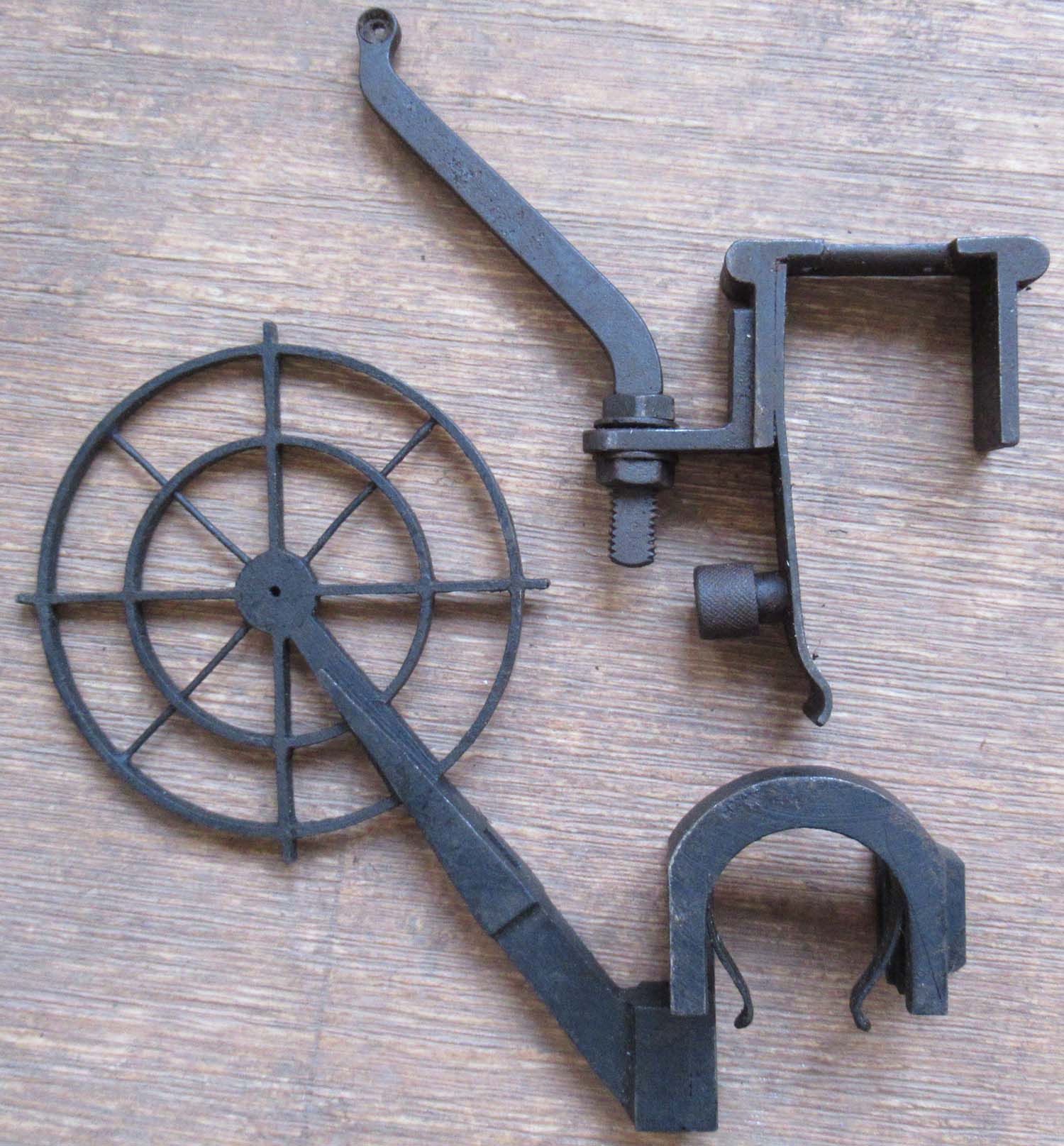
|
|
Click on pictures to enlarge
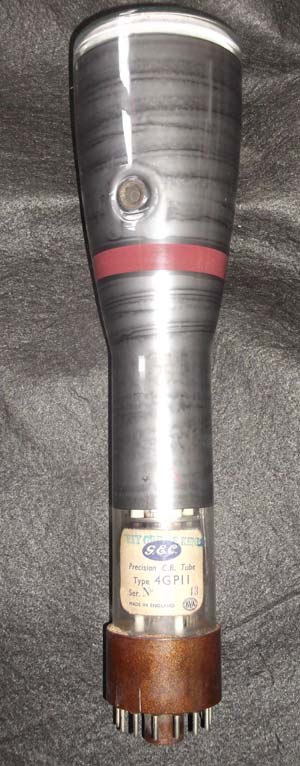 |
Visual Radar Receiver
Tube Village Inn (No
48 pg1 Gun)
You see it below to the right
of the cockpit. Air Ministry marked.
10Q/1475
Click on pictures to enlarge
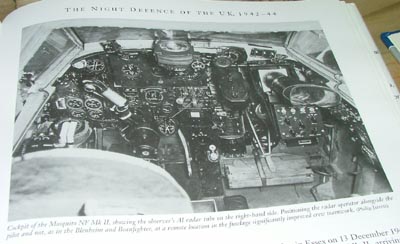
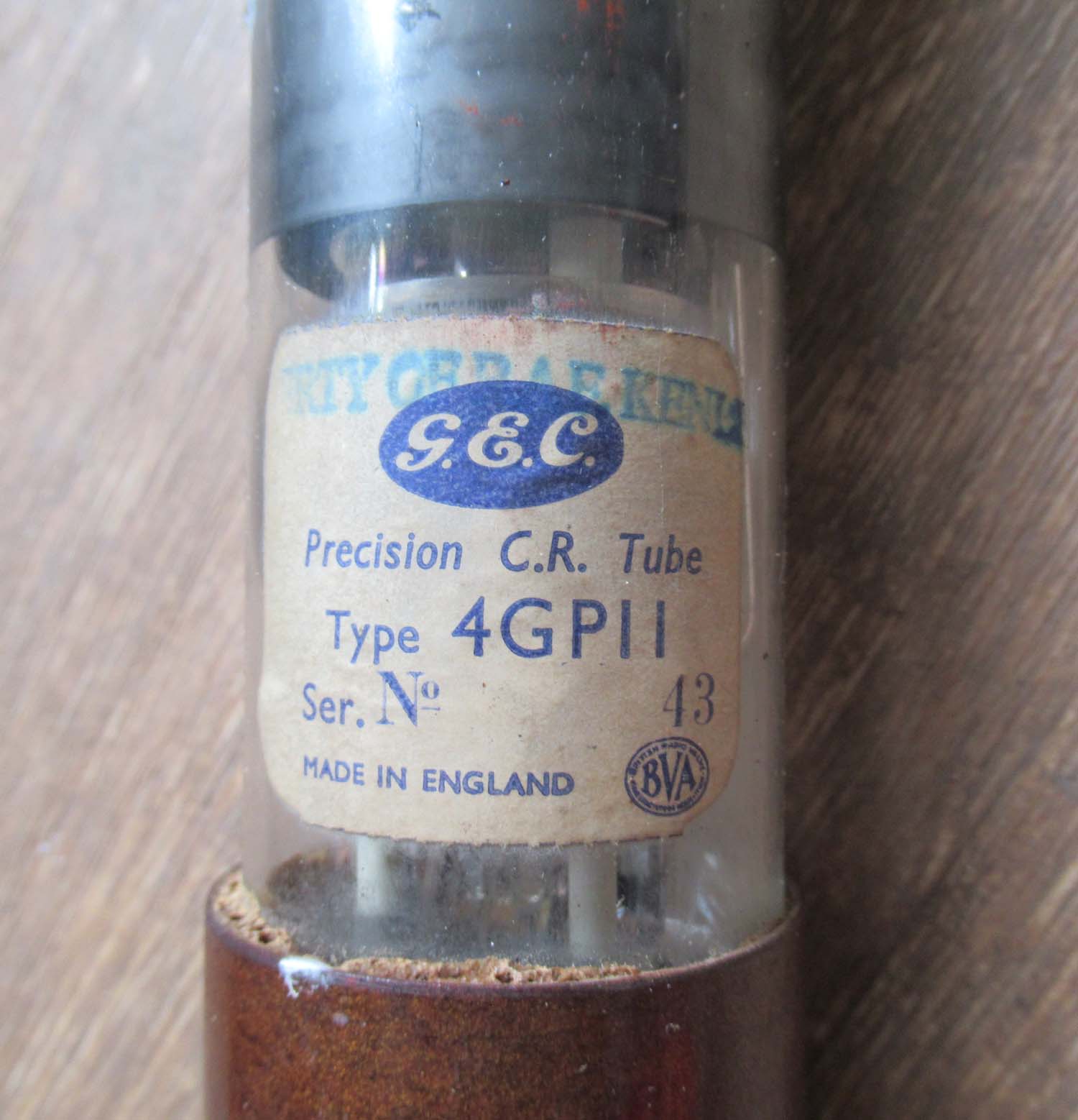
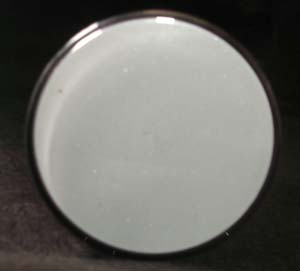
£299


|
|
Click on pictures to enlarge
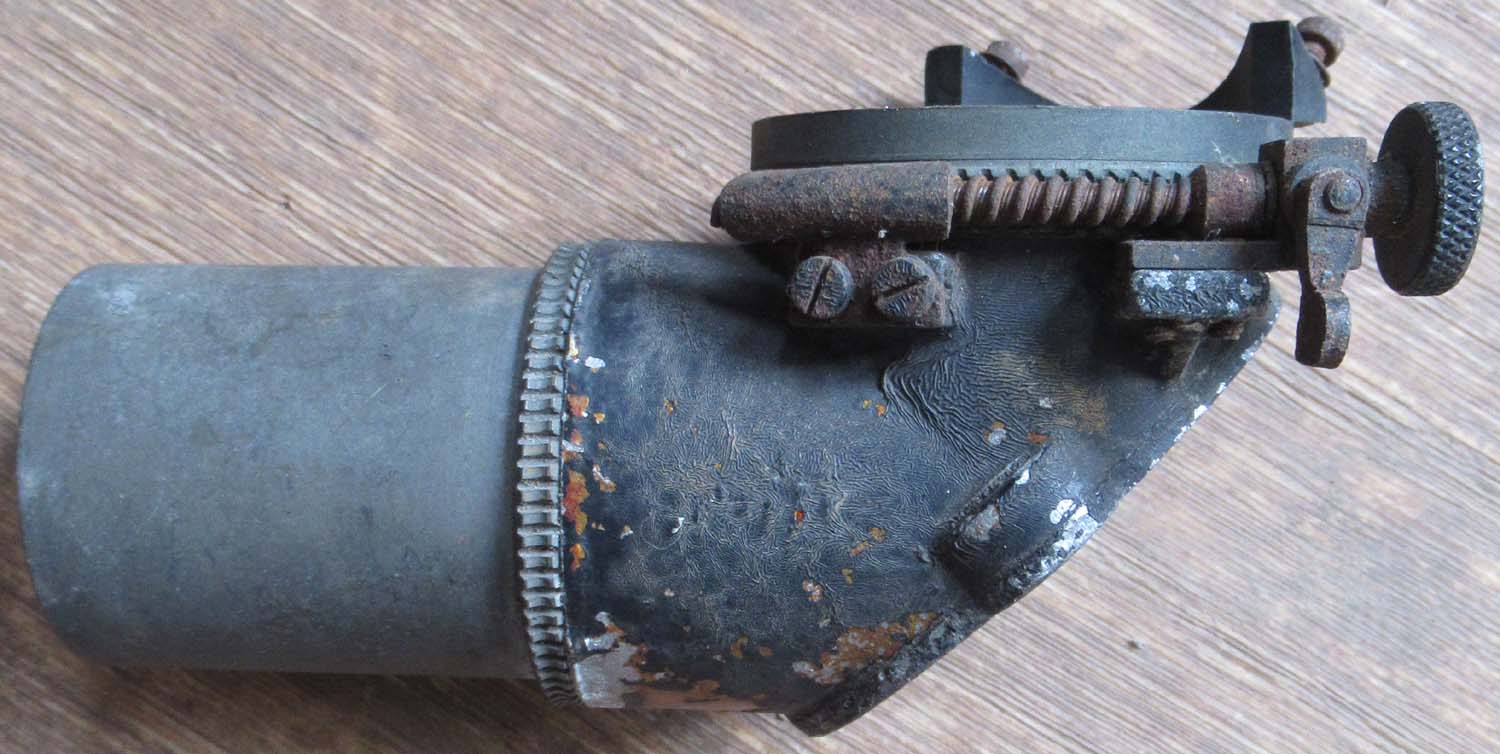
(No 49 pg1 Gun)
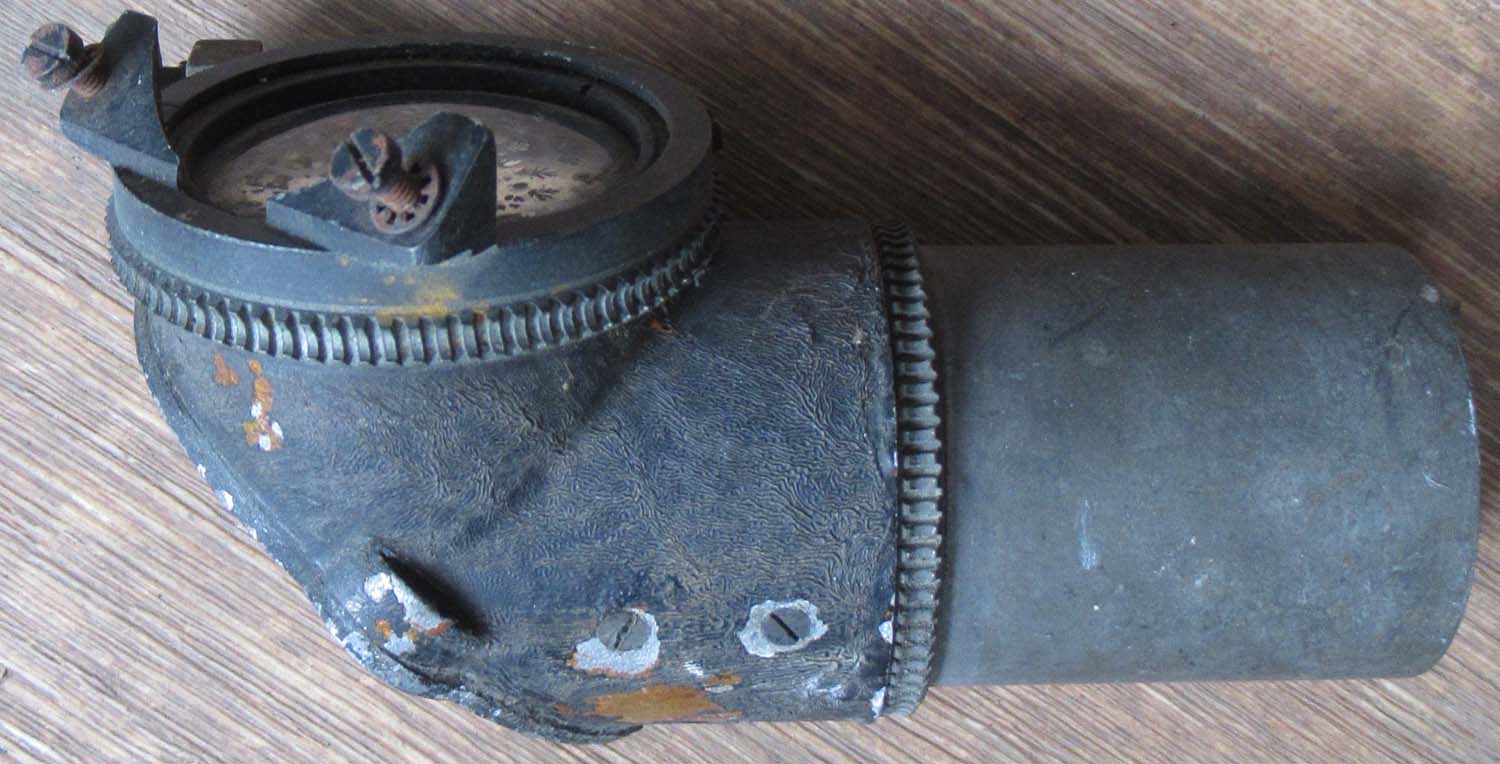
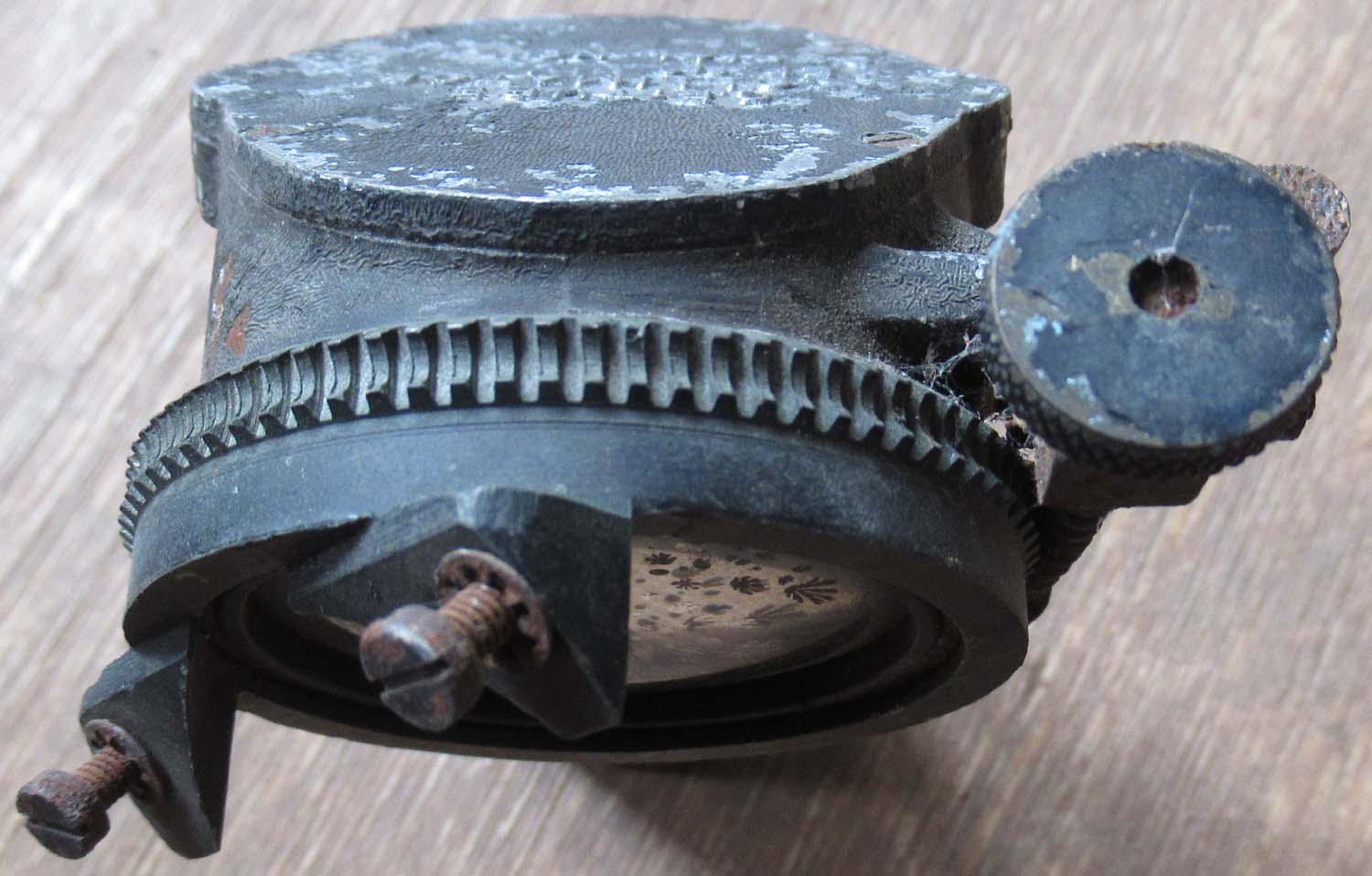 |
Village Inn Cathode Ray
Tube
4
(No 47 pg1 Gun) This
one is just the shell but has its original lens.
8B/2507
Click on pictures to enlarge
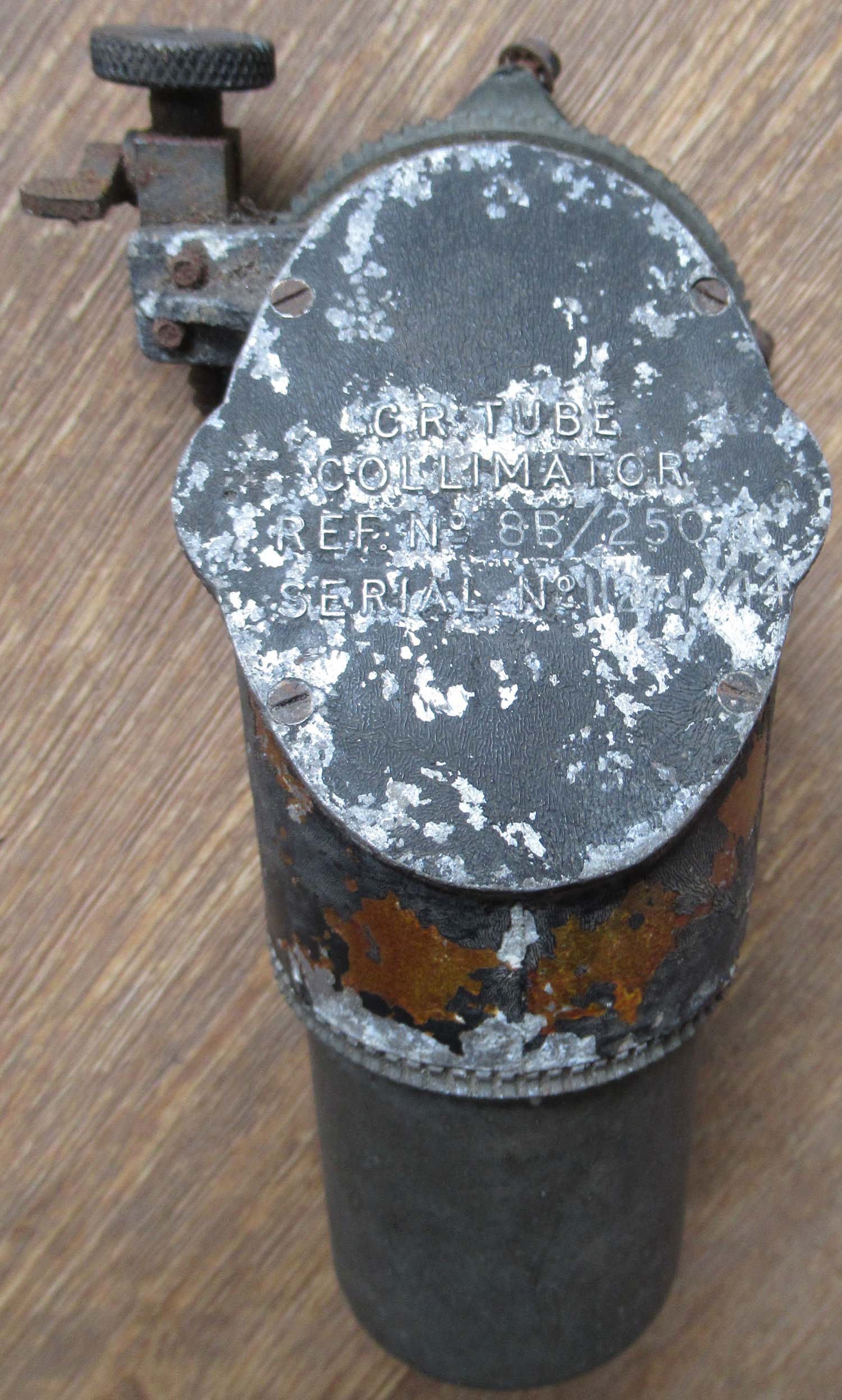
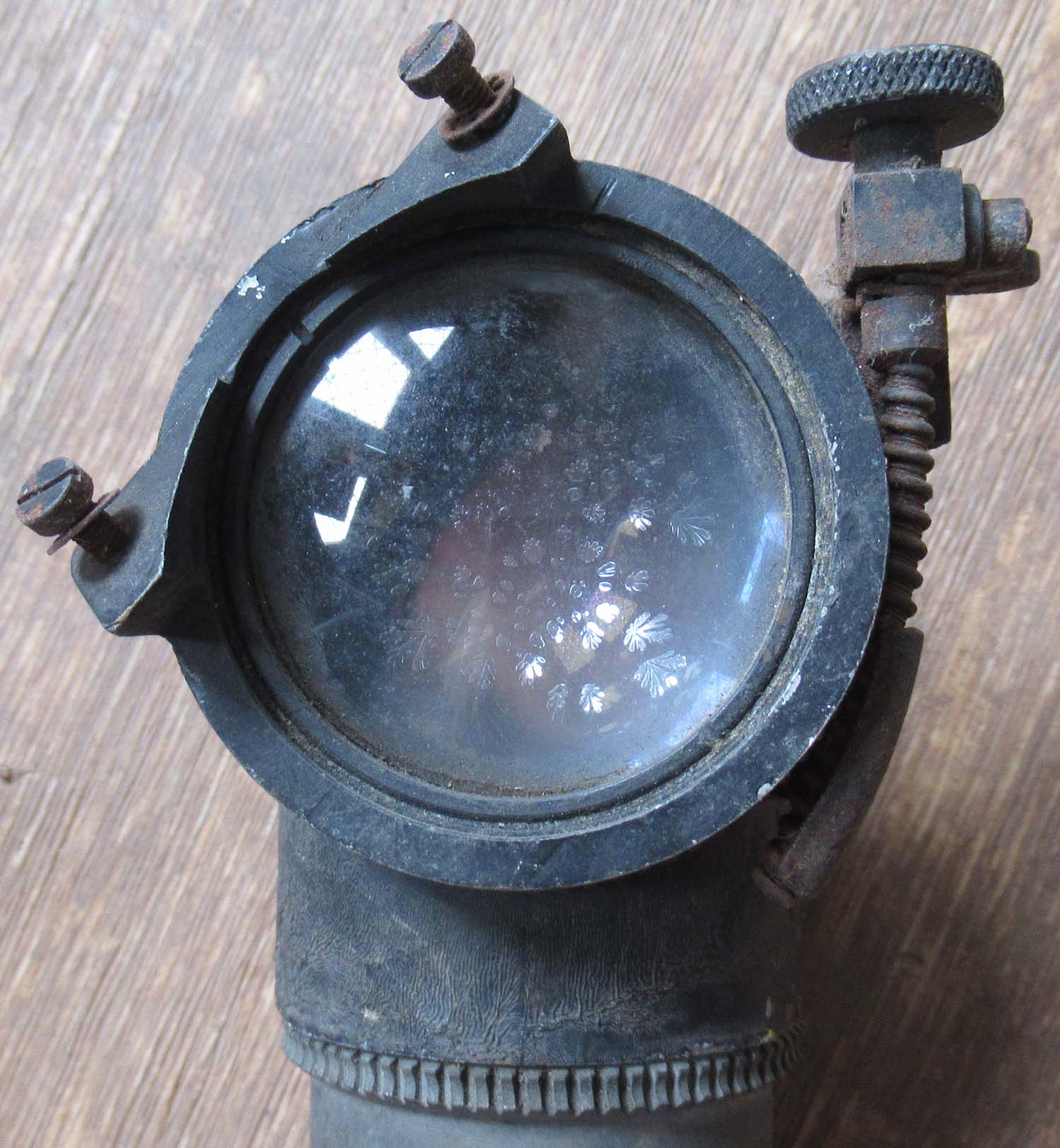
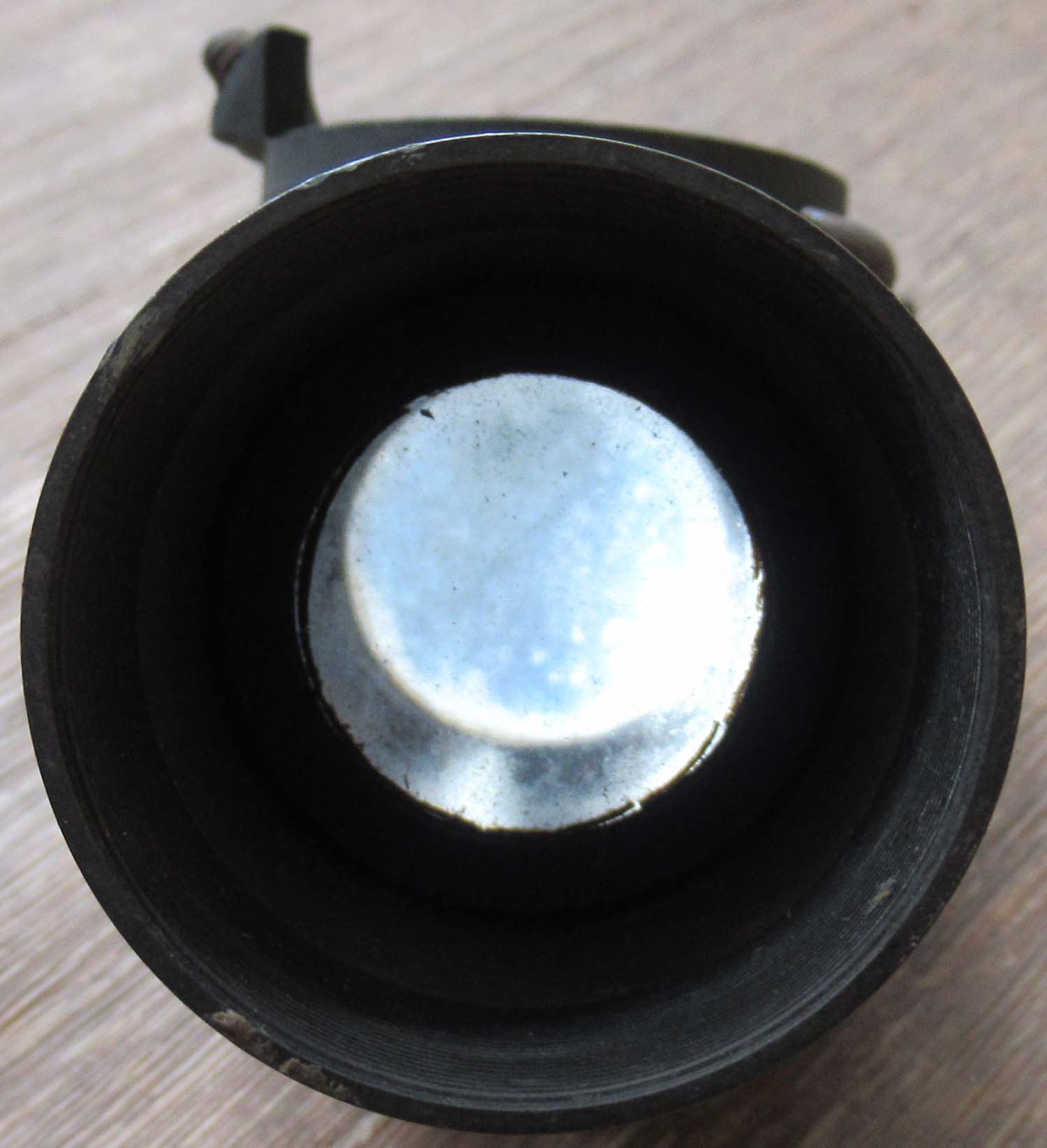
£299


|
|
Click on pictures to enlarge
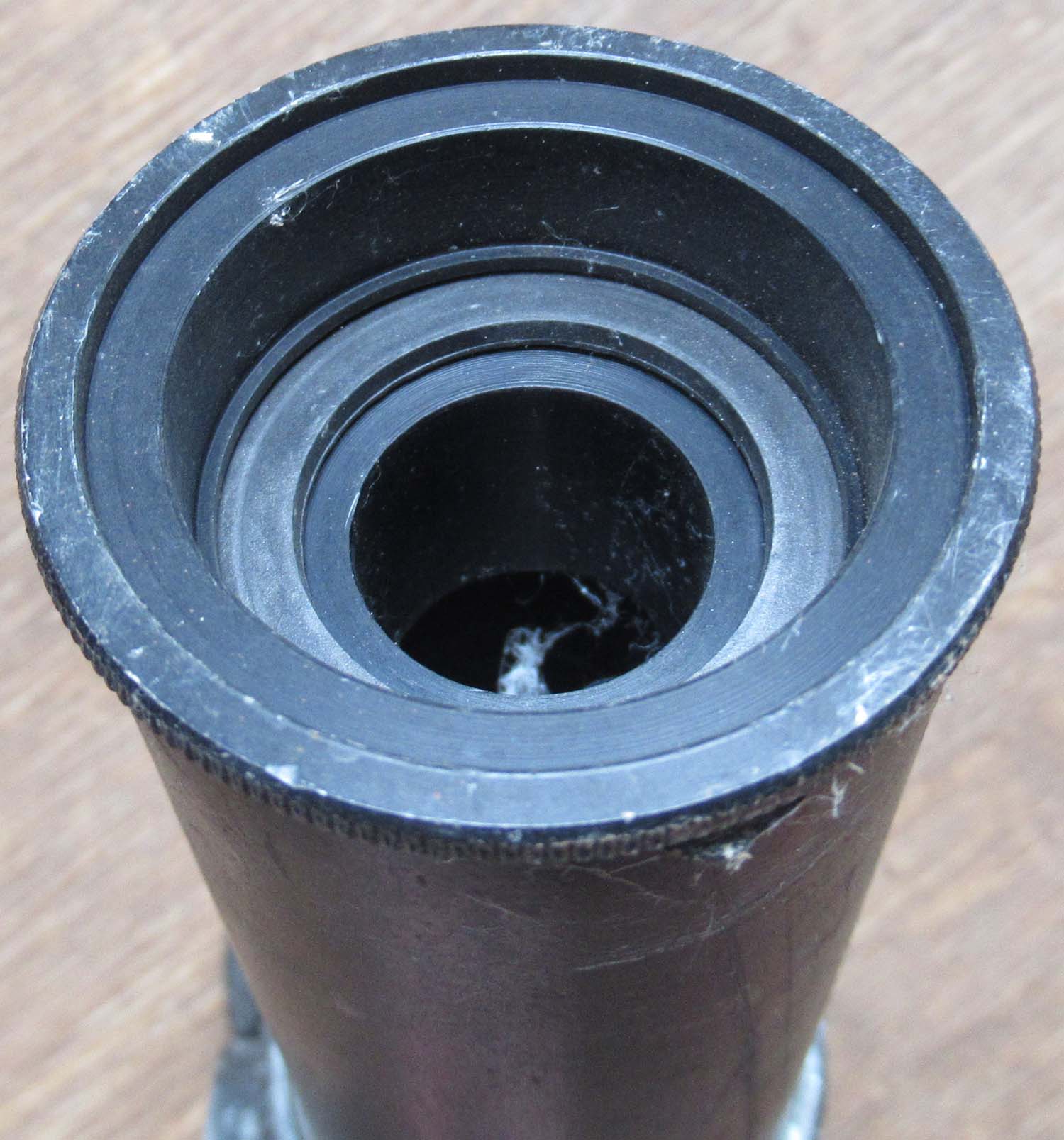
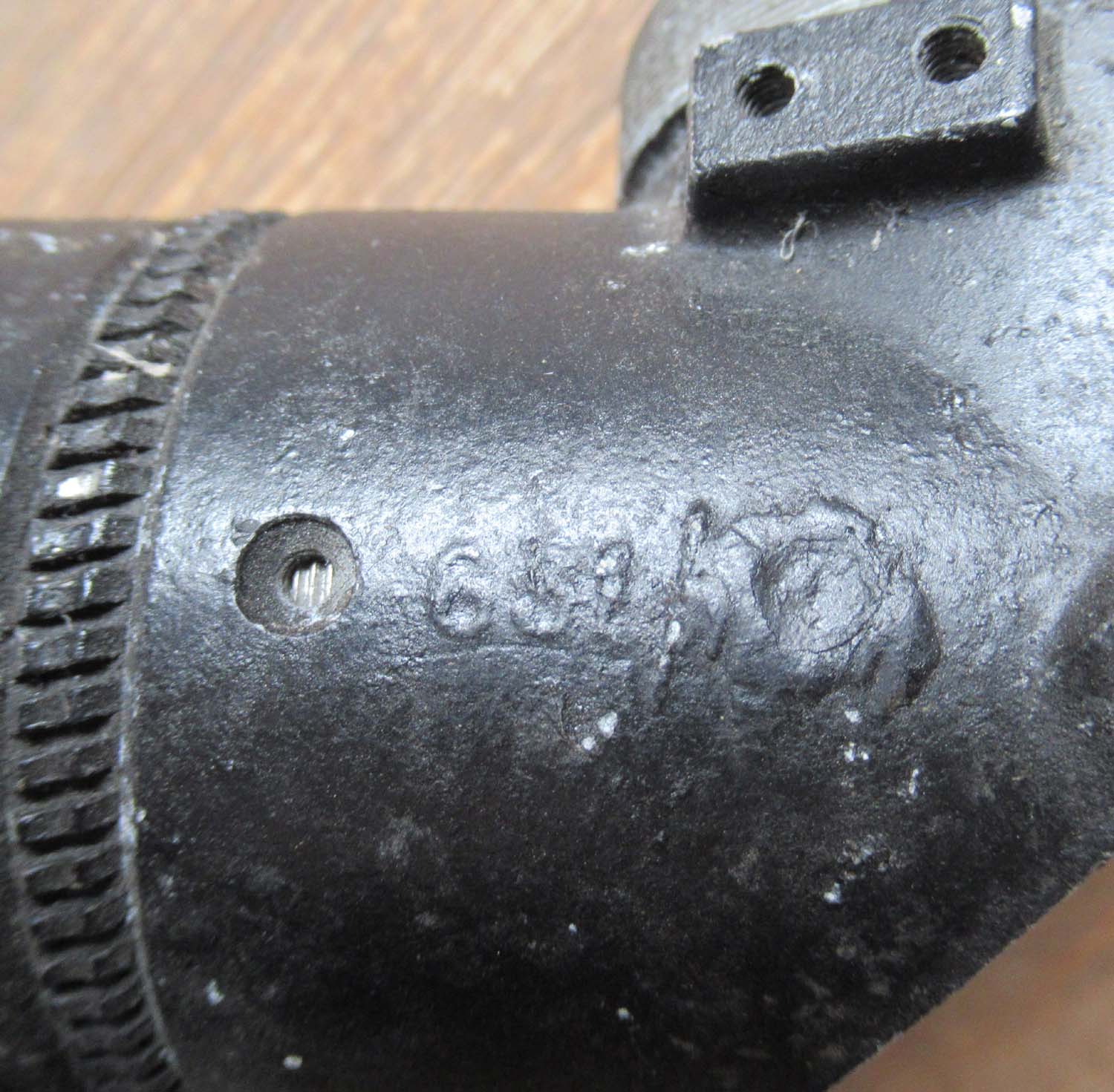
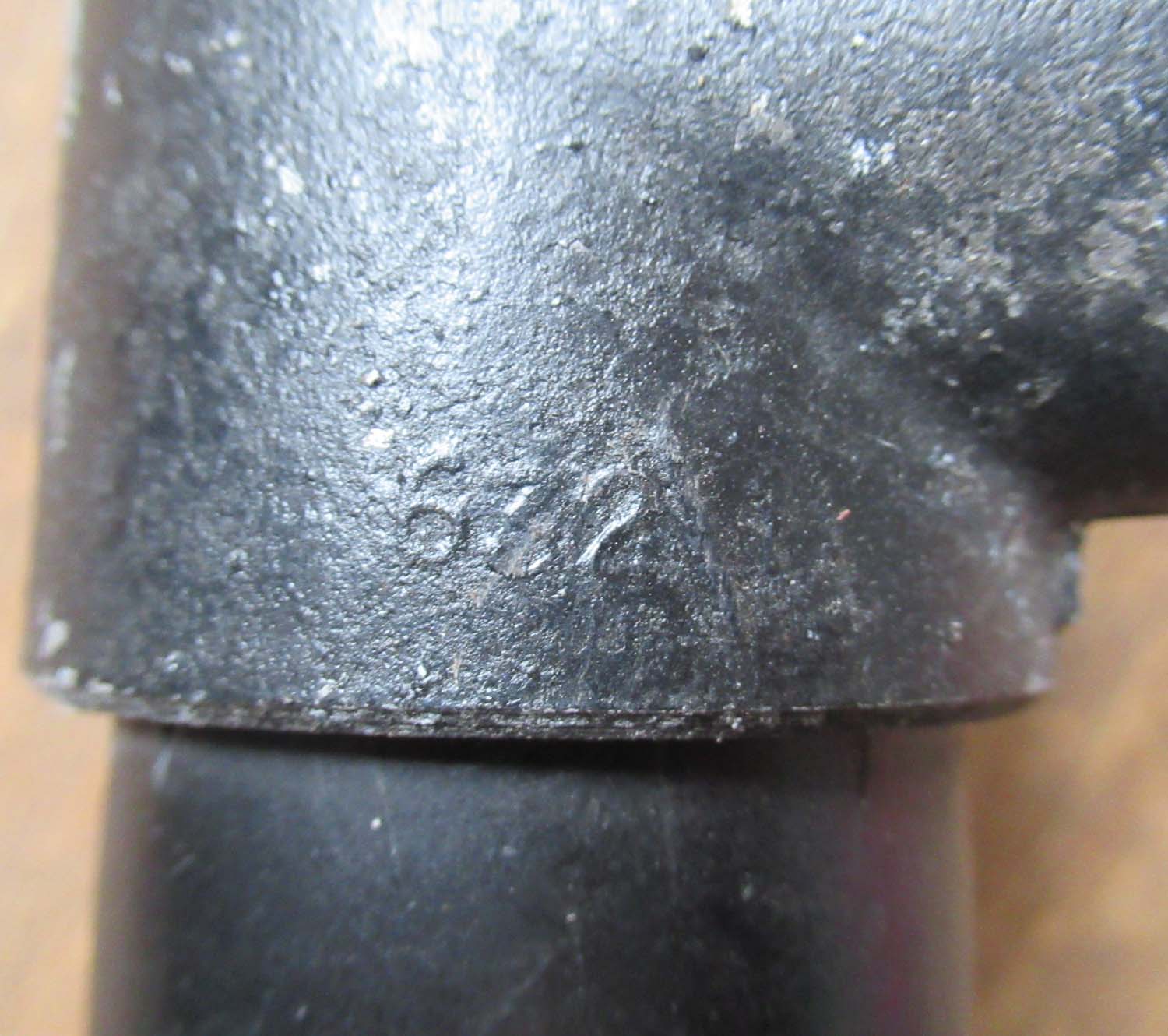
|
Village Inn
Cathode Ray Tube 2
(No 46 pg1 Gun)
This one is just the shell but gives you a unique
opportunity to purchase he rarest of aviation collectables.
The tube at the bottom is plastic and not original it has
been added for effect. The top lens holder is 100% original and in good condition.
Click on pictures to enlarge
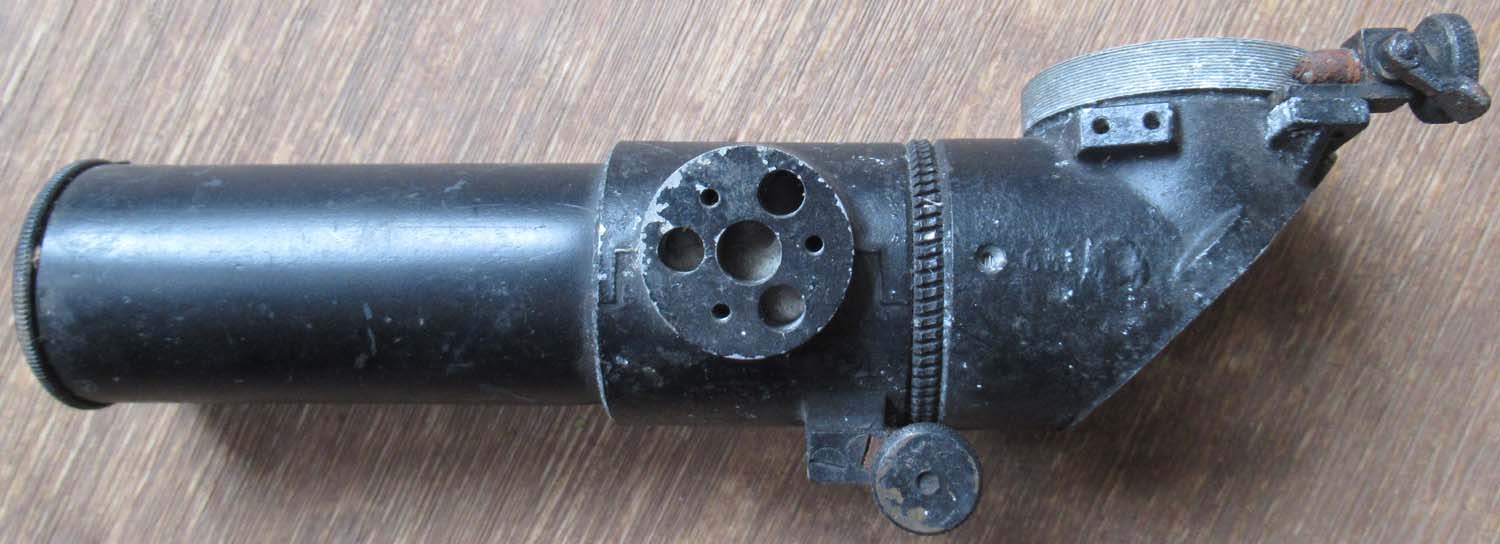
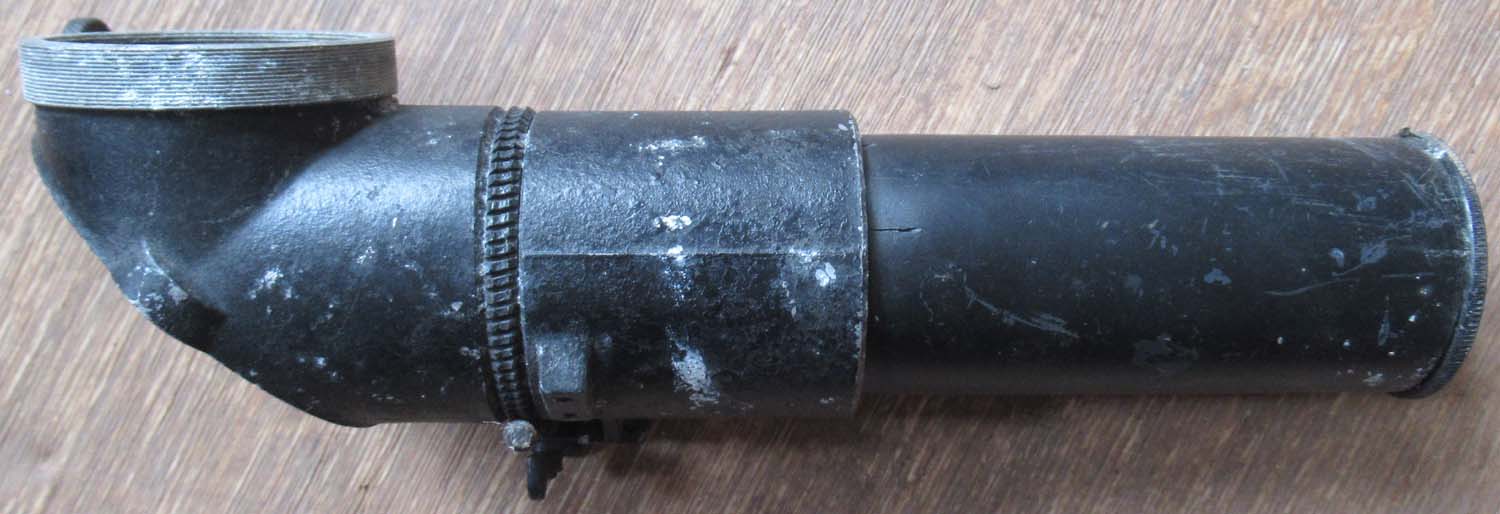
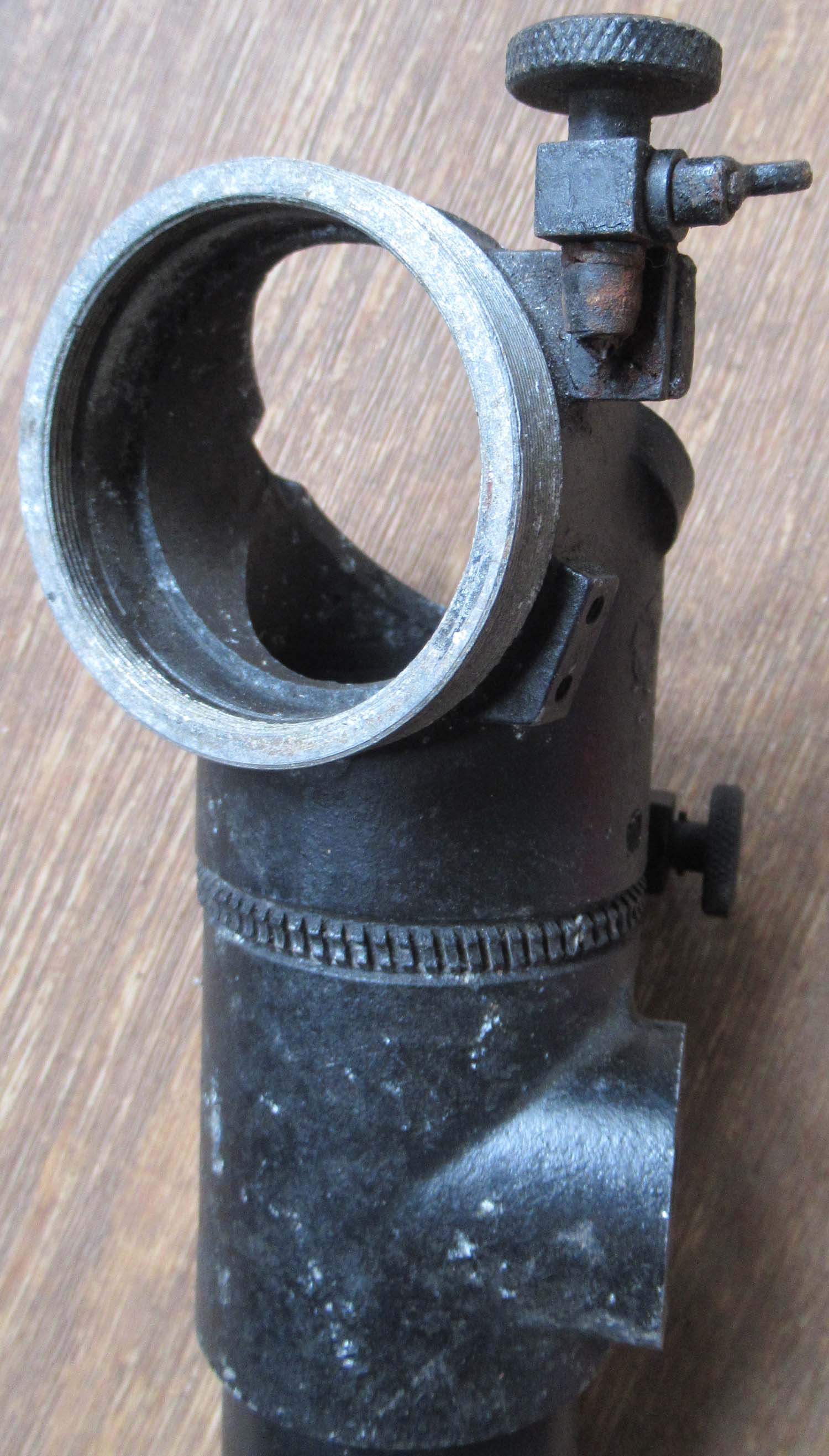
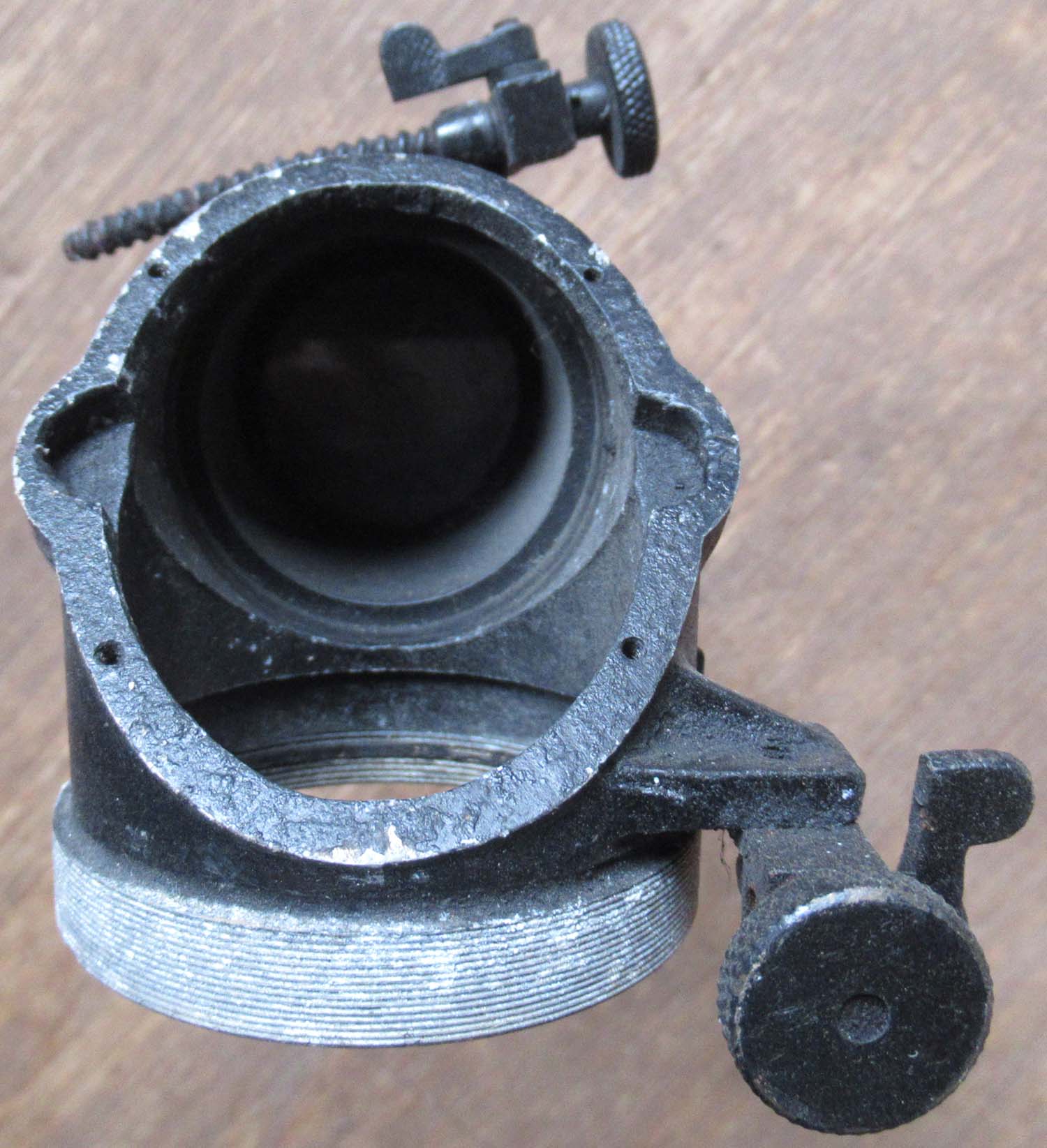
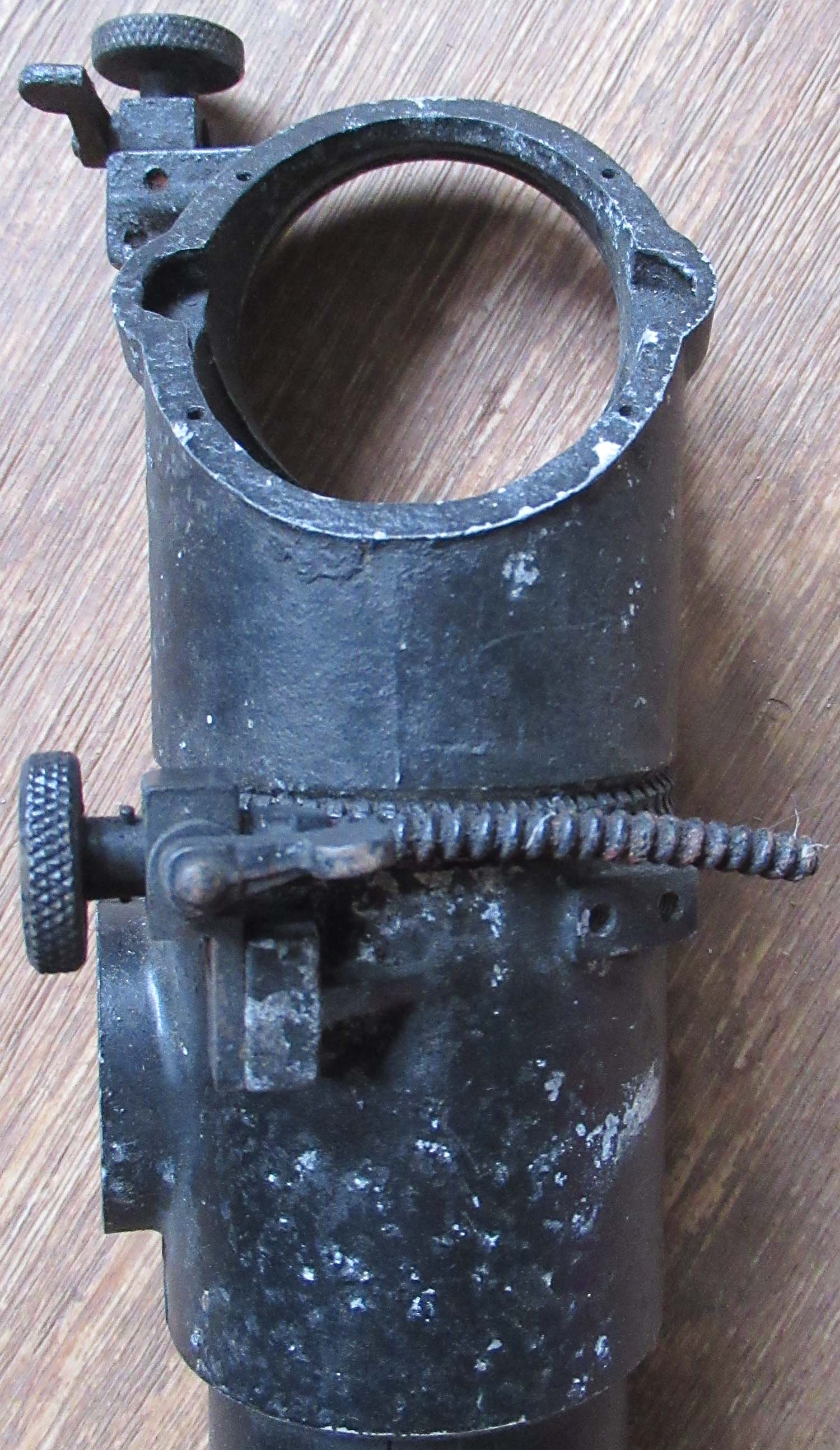
£299


|
|
Click on pictures to enlarge
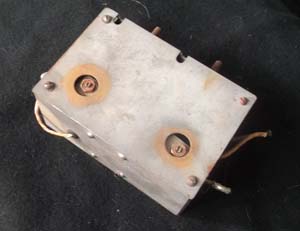
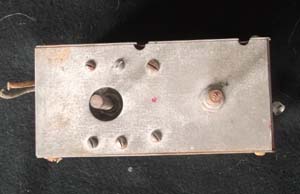
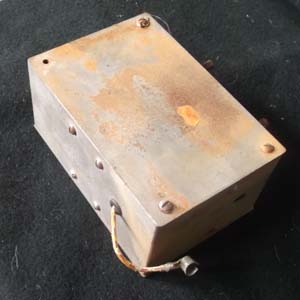
|
High Voltage Z Turret Control
Box
(No 45 pg1 Gun)
CONTROL BOX FOR
SENSITIVITY AND RANGE FOR "Z" IFF
TRANSMITTER FITTED TO REAR OF LANCASTER AIRCRAFT.
THIS
CONTROLLED THE HIGH VOLTAGE Z TUBE
FITTED (listed above)
IN
LATE 1944 FN120 AND FN82 GUN TURRETS. THE "Z" TUBE WOULD
DETECT THE TWO INFRA-RED PROJECTOR LIGHTS FITTED TO
BOMB-AIMERS BLISTER OF LANCASTER BOMBERS.
WHEN DETECTED THIS
WOULD LOCK THE FIRING MECHANISM OF THE
TURRET, PREVENTING FIRING INTO FRIENDLY BOMBERS.
MARKED WITH MILITARY BROAD ARROW. THIS WAS REMOVED FROM AN
FN82 REAR GUN TURRET OF LANCASTER RT 686.
GOOD CONDITION.
MEASURES 5" X 3.5" X 2.5"
Click on pictures to enlarge
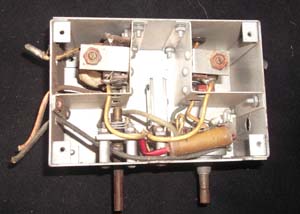
£125


|
|
Click on pictures to enlarge
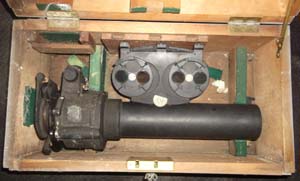
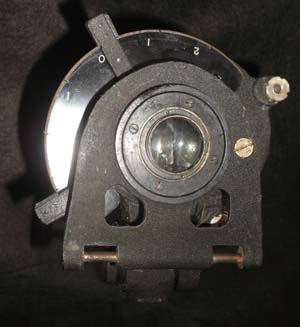
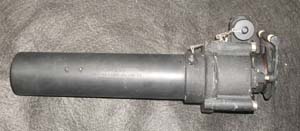
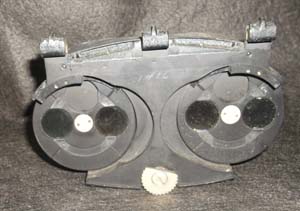 |
Gun Sighting Telescope
(No 44 pg1 Gun)
Here we have a 7x50 Canadian Kodak
Sighting Telescope.
Click on pictures to enlarge
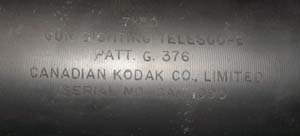
It is a shipboard gunsight typically
used on deck guns of 1" to 4.5" guns.
They would have been used on the
Corvette Class Warship, sub chasers and other small Escort
Ships.
In good condition and in its original
box.
Corvette Class
Warship
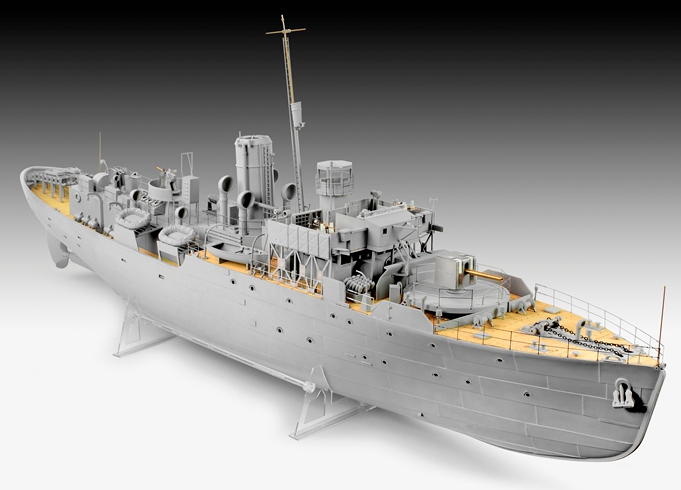
£350


|
|
Click on pictures to enlarge
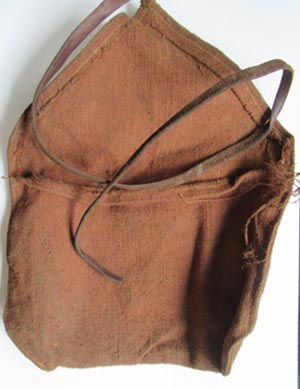
£245


|
Gunsight Anti Aircraft
Ring A (No
43 pg1 Gun)
Here we have a original
Anti-Aircraft Gunsight Ring
These parts come in their original
canvas bag.
It was designed to clip over the barrel looks suitable
for 50 call and 20mm
Click on pictures to enlarge
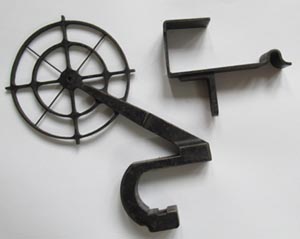
|
|
Click on pictures to enlarge
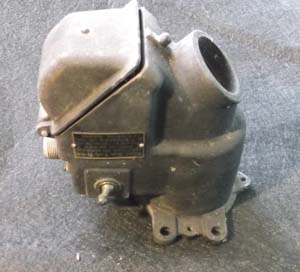
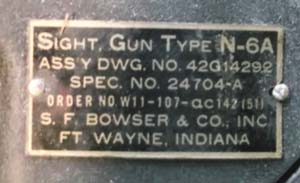 |
B25 Gunsight
(No 42 pg1 Gun)
Here we
have a Type N-6A
Gunsight as used in the B25 Bomber
Early
N-6s were fitted with a 29.7 mil ring reticule later
replaced by a more standard 70 mil ring reticule.
The N-6 was most
widely used in Martin and Bendix upper turrets, B-24 turrets
(nose and tail), B-17 chin turrets and on the remote control
sighting station of the P-61 night fighter. Adapter rings
were also available for fitment of either A-1 or A-2 tilting
heads for use as a fixed gunnery gunsight on attack and
light bomber planes, but if these combinations were ever
used operationally is unclear.
N-6
was also field modified to be used as a fixed gunsight on
B-25 in the PTO. One of the most famous being “PAPPY’S
FOLLY”, the very own B-25 of Col. Paul “Pappy” Gunn
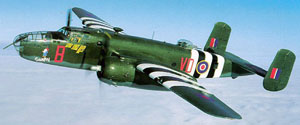
£85


Click to see throttle box for B25
|
|
Click on pictures to enlarge
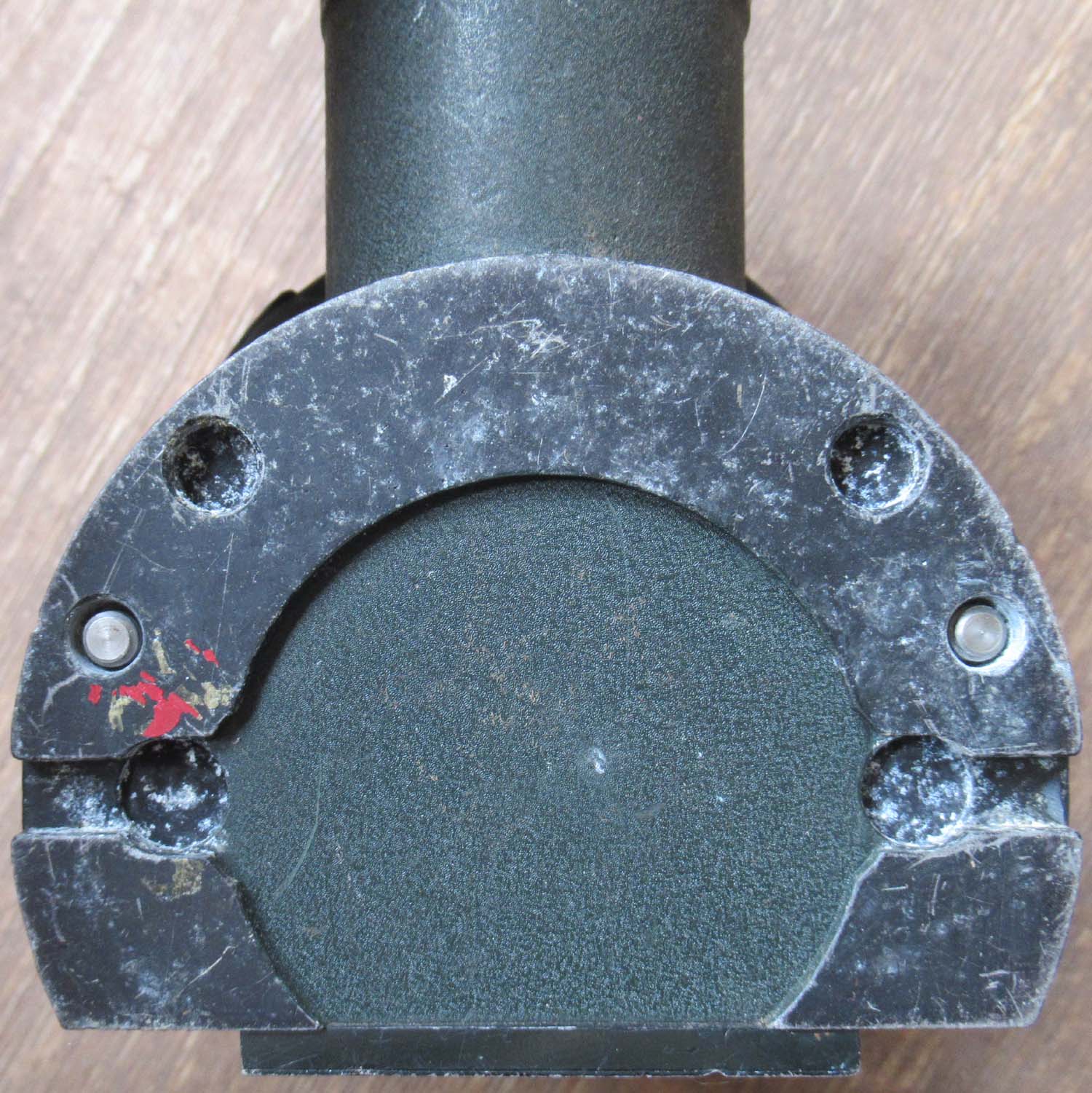
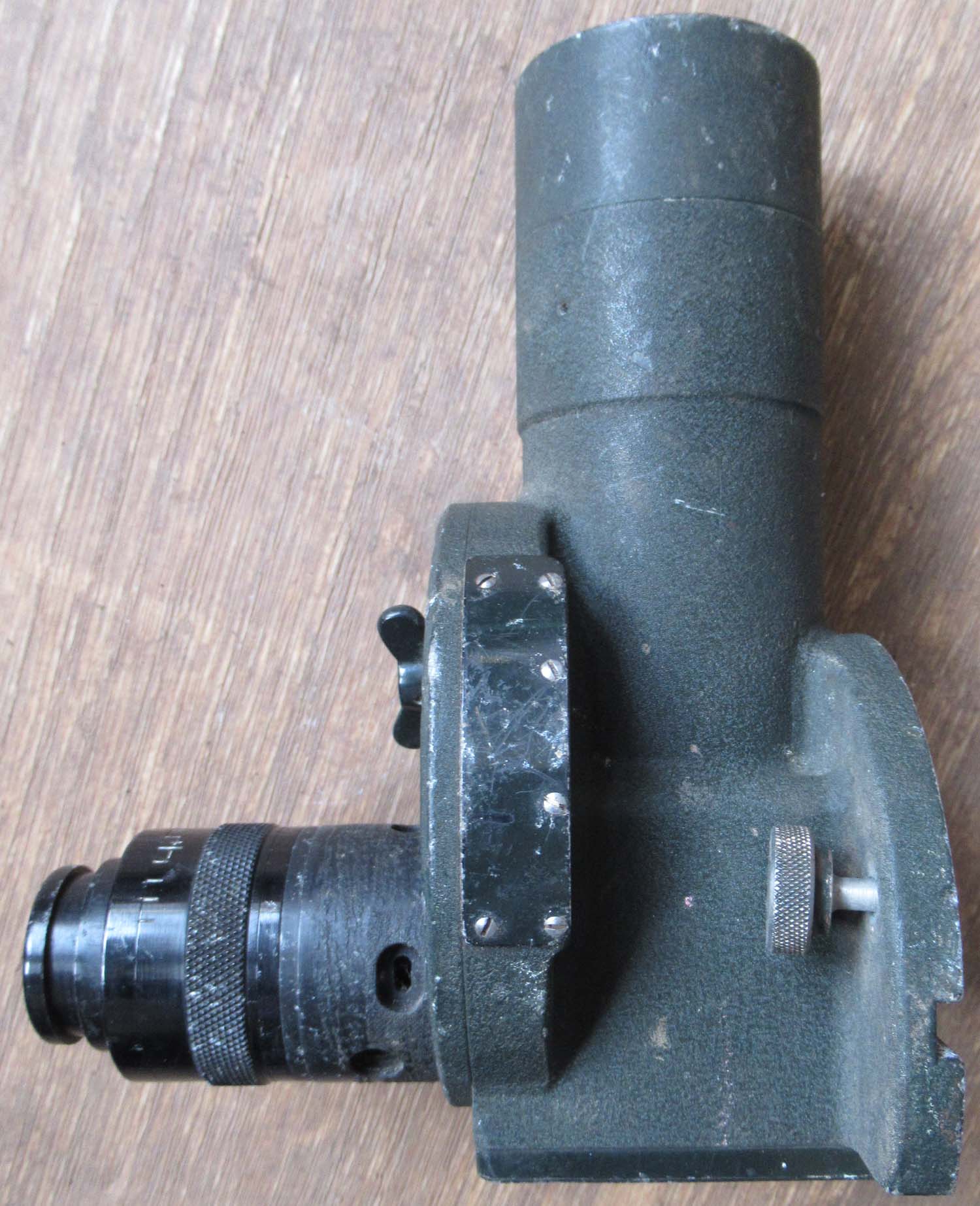
|
USN ORD MK.74
Elbow Telescope Binocular (No 41 pg1 Gun)
Here we have a ORD Mk.74
Elbow Telescope Binocular. This was used by the
United States Navy.
It has four
different lens filters with 20x25 magnification. The optics are a bit
cloudy.
Click on pictures to enlarge
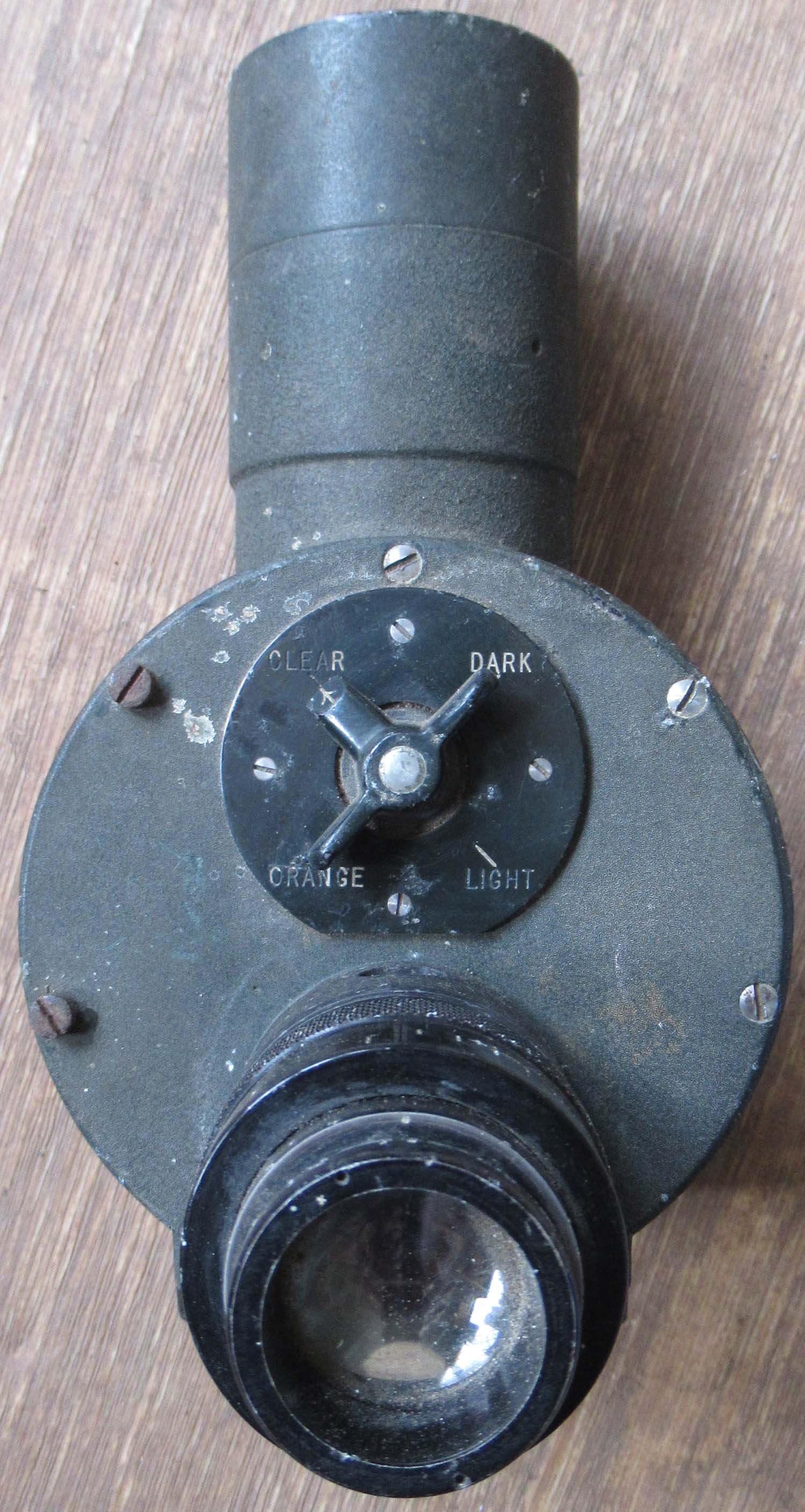
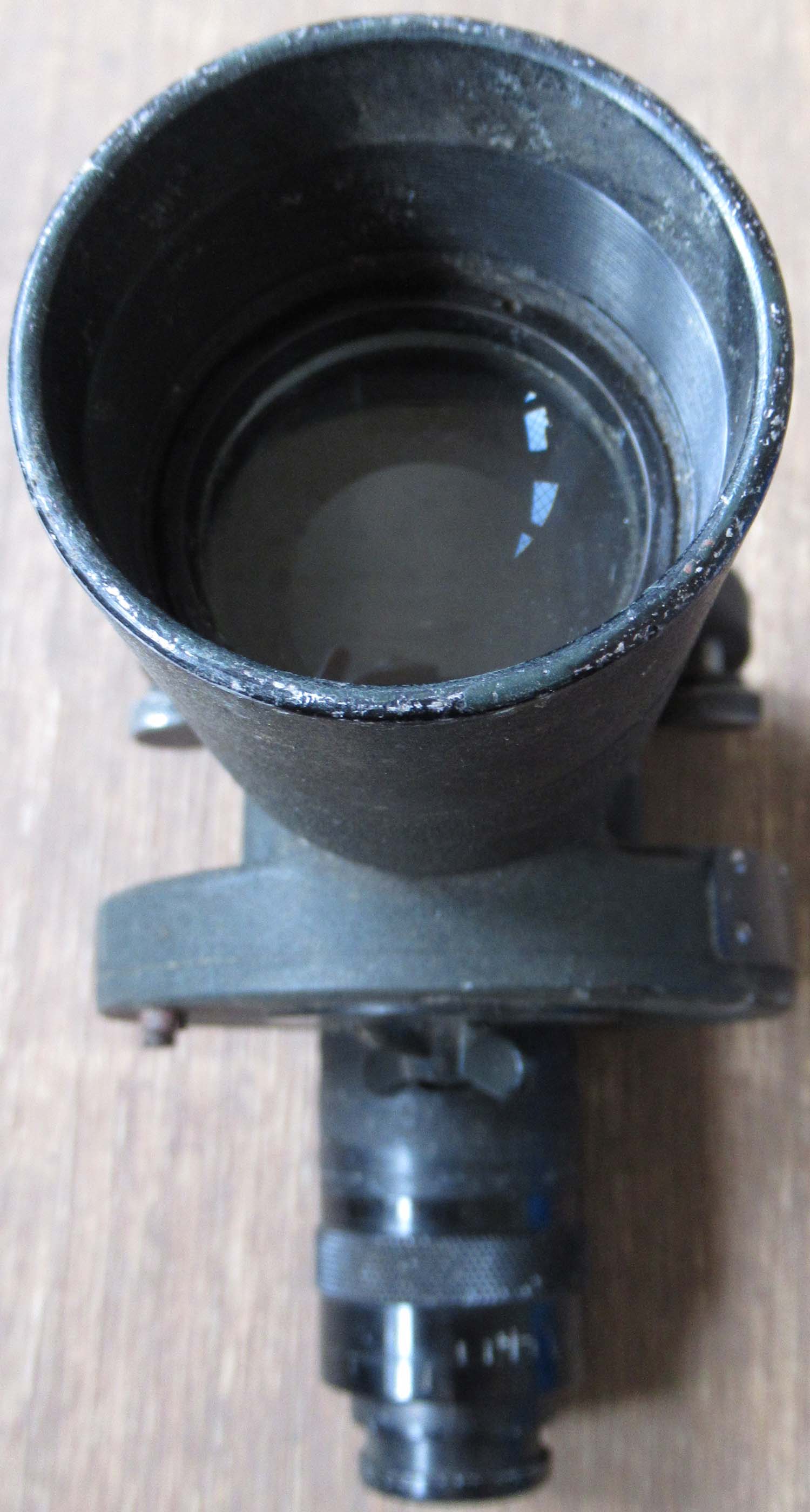
£200


|
|
Click on pictures to enlarge
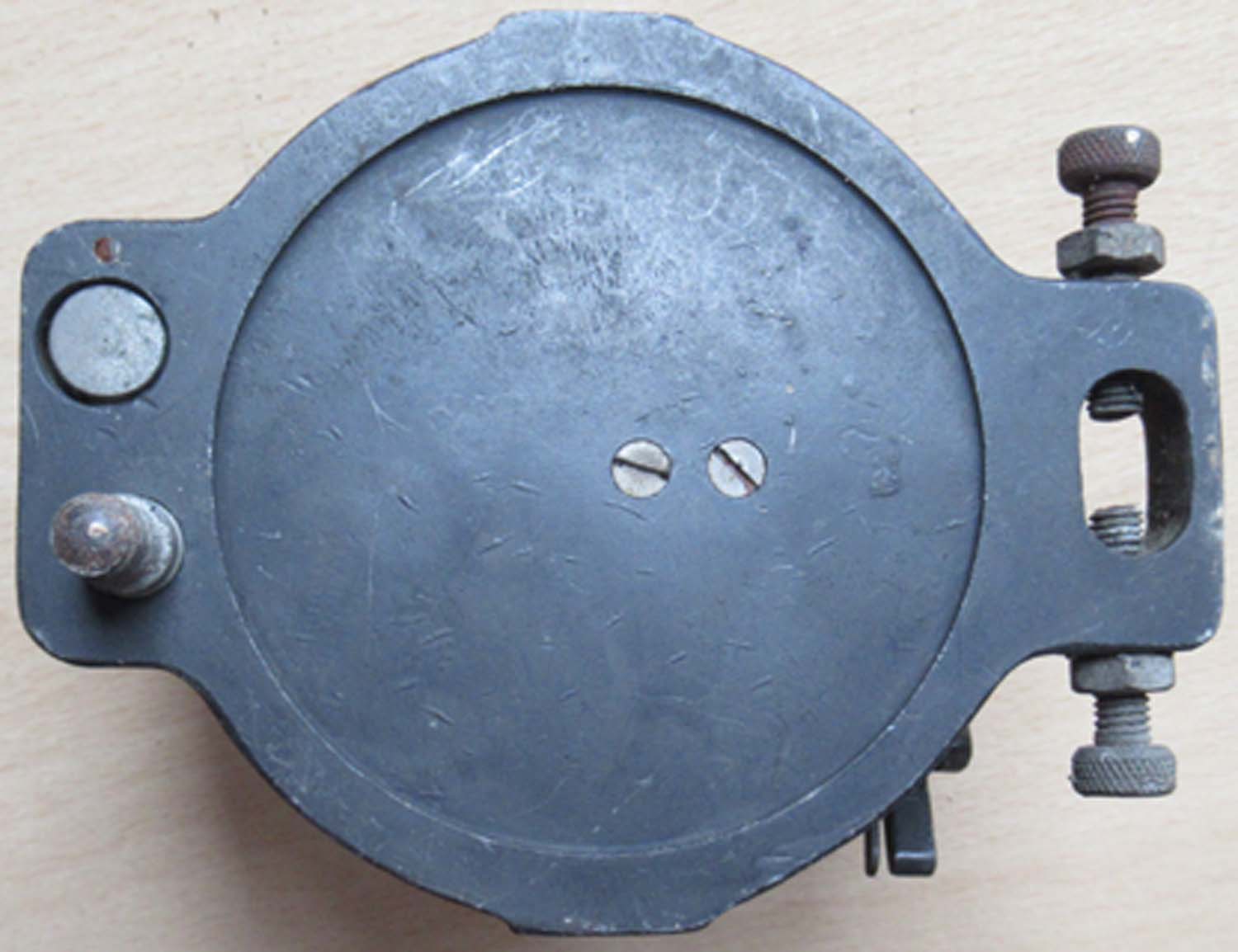
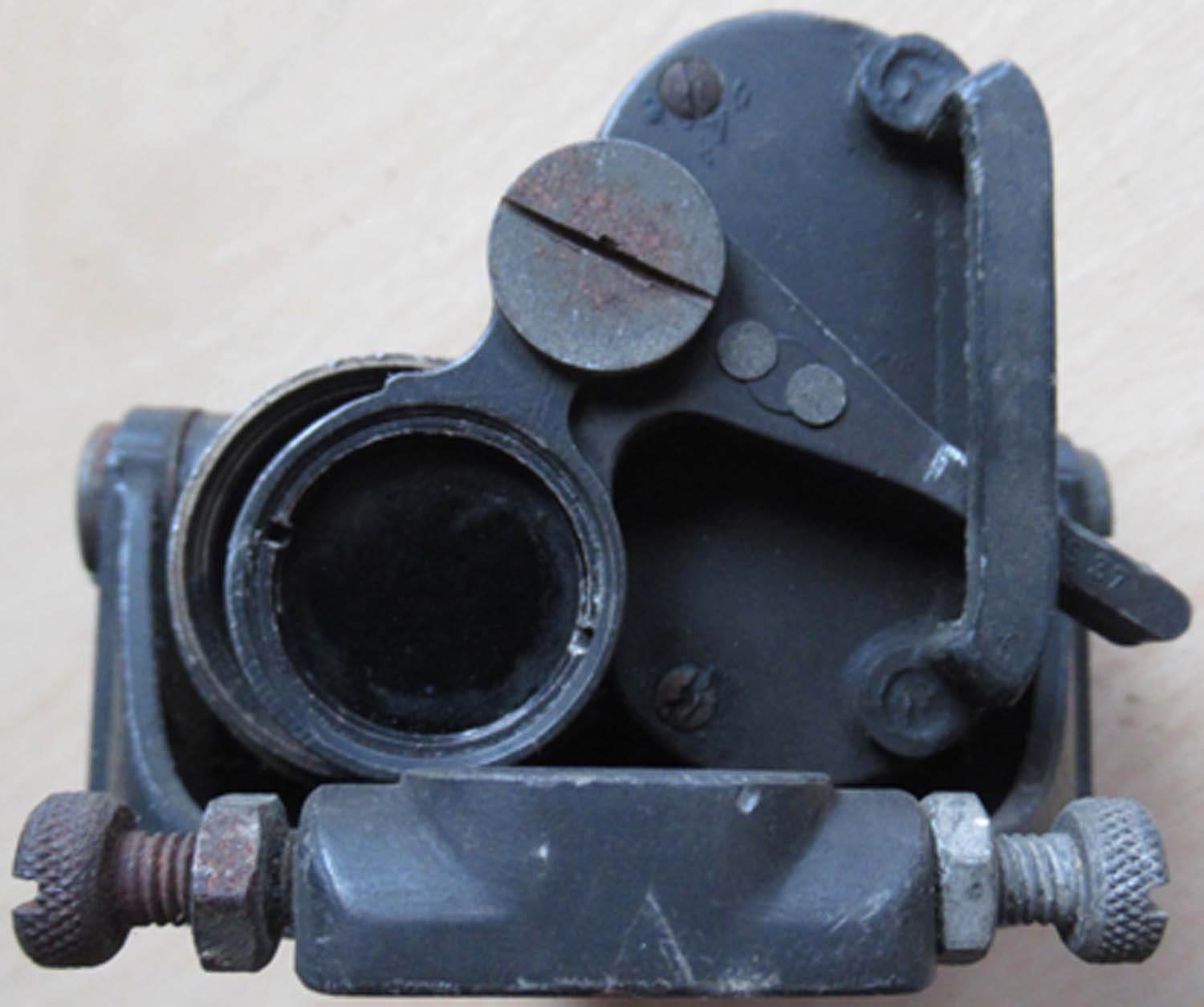
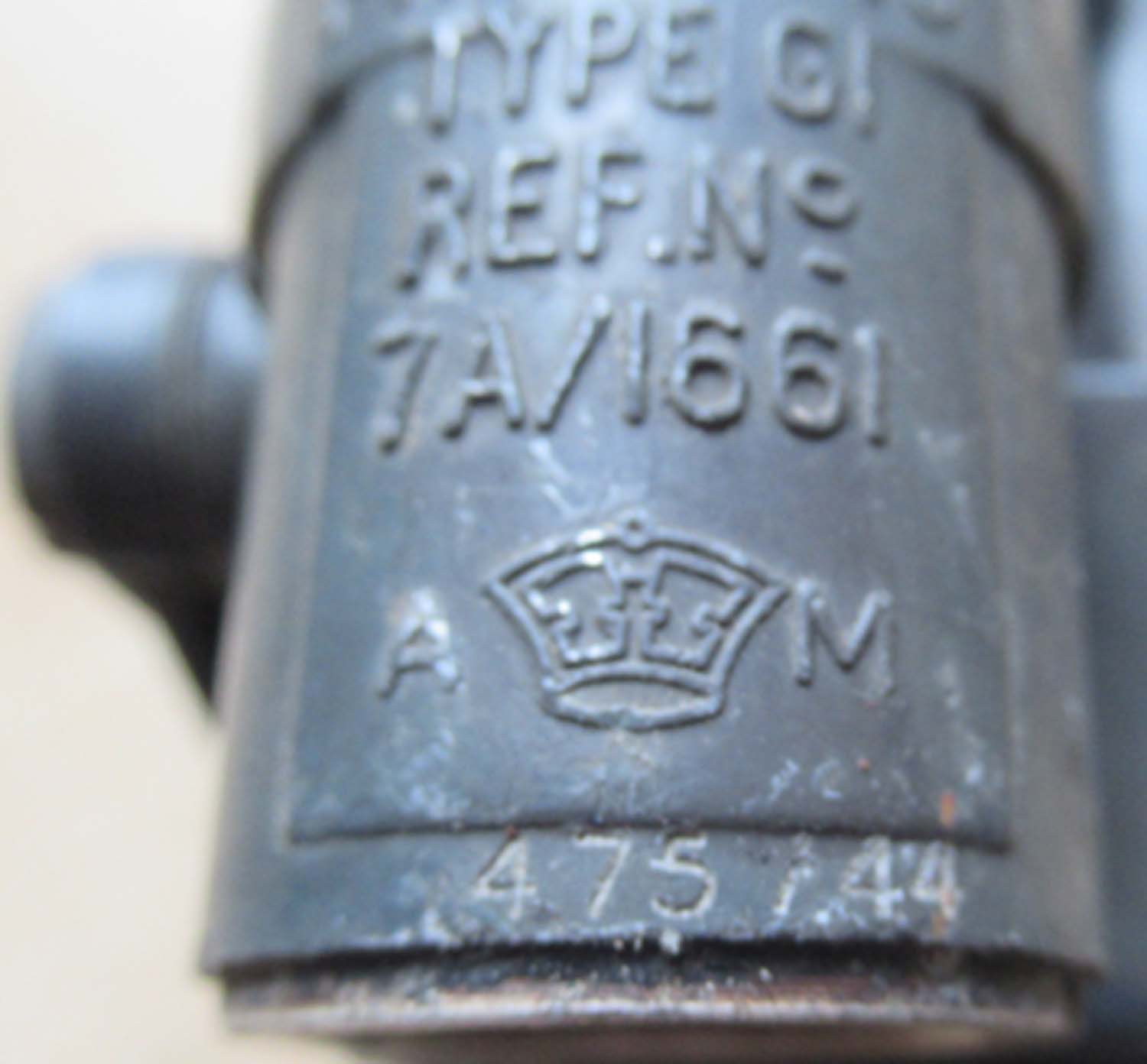
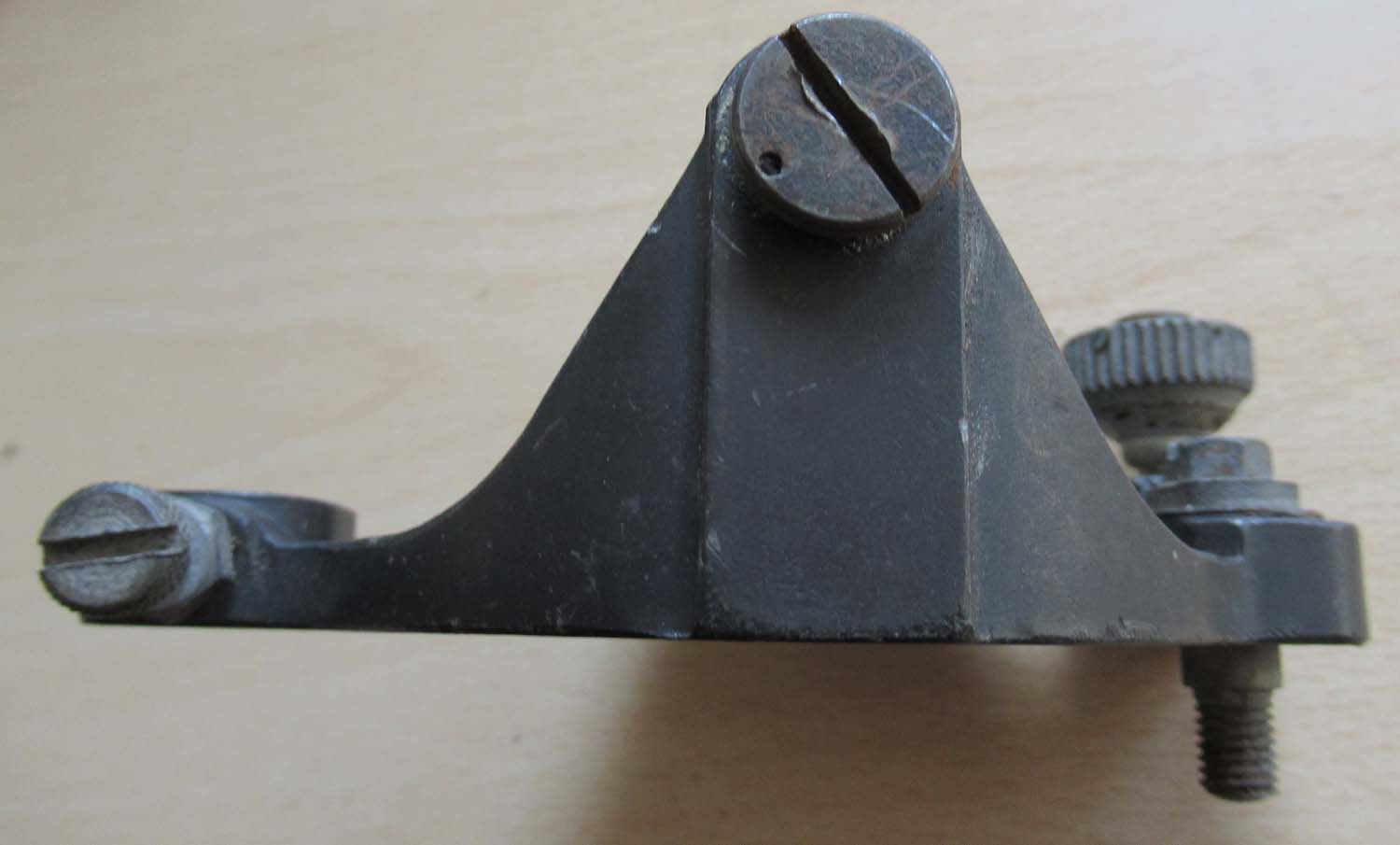 |
Prismatic Gunsight
(No 39 pg1 Gun)
Messrs Ross Ltd produced four type 'A' sights, to be given
comparative tests with reflector sights in a Gloster
Gladiator. The type 'B' was produced for use in turrets, but
the small 20 mm (0.78 in) eyepiece proved a drawback, and it
was soon replaced by the Mk III reflector sight. All work on
prismatic sights was finally abandoned in 1940.
The G1 was used as the
optical head of the Mk 1 Gyro, some Bristol
B.1 turrets used it, but from 1940 onwards the reflector
sight became standard apart from the ring and bead sights
used on some free-mounted guns. Its therefore an interesting piece of history in its own
right and almost certainly less numerous than the standard
reflector gunsight.
Dated 1944
7A/1661
Click on pictures to enlarge
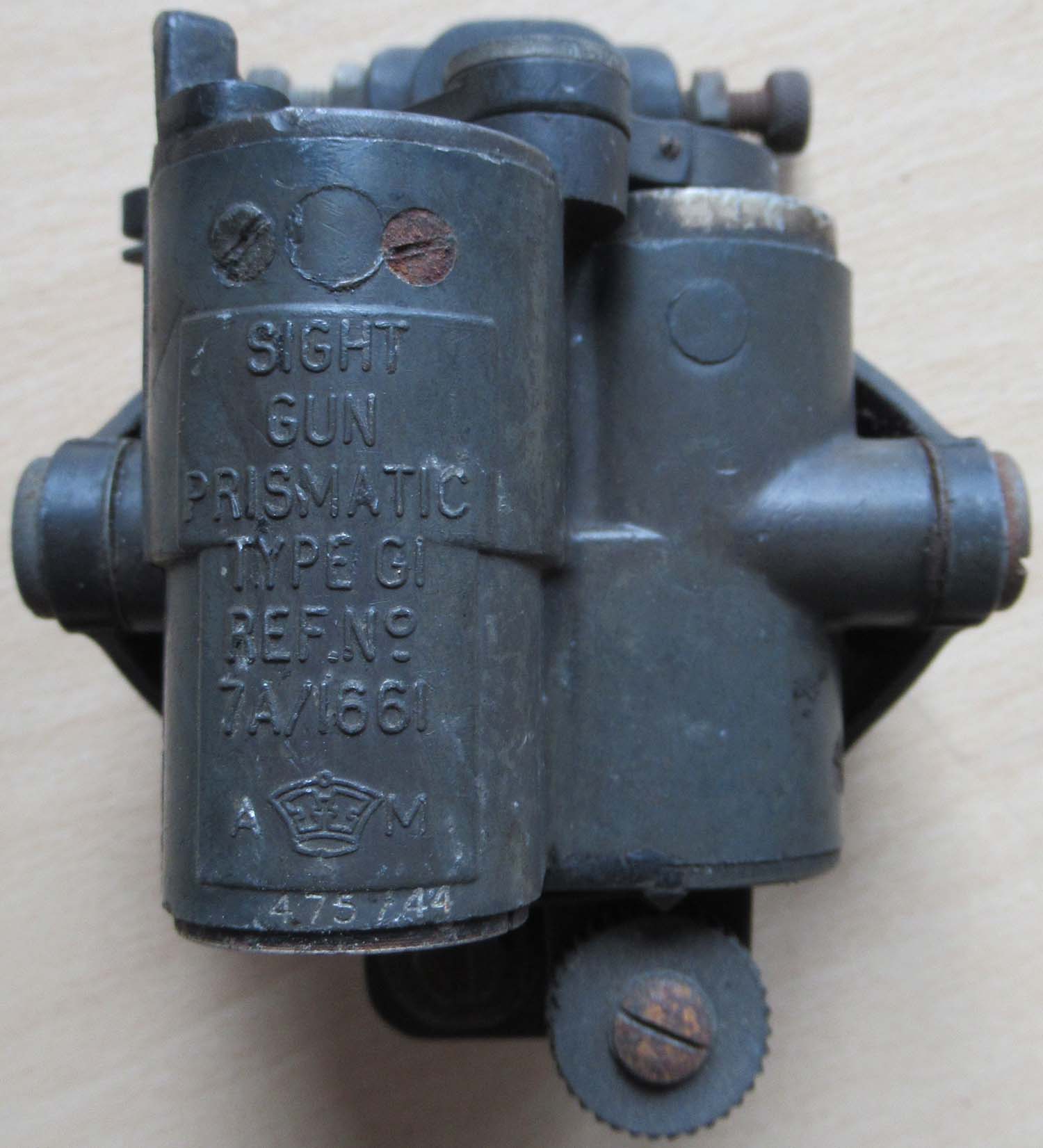
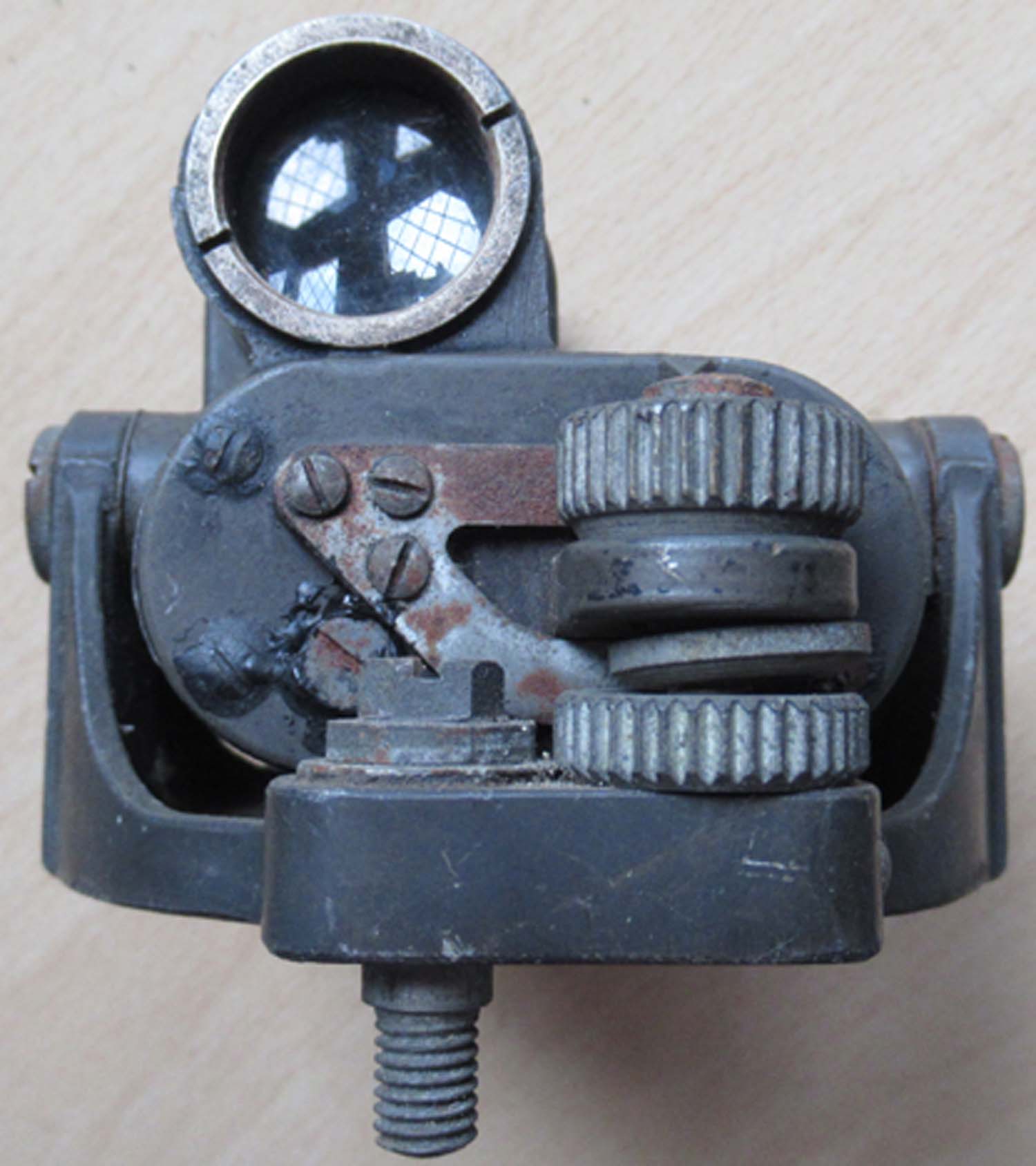
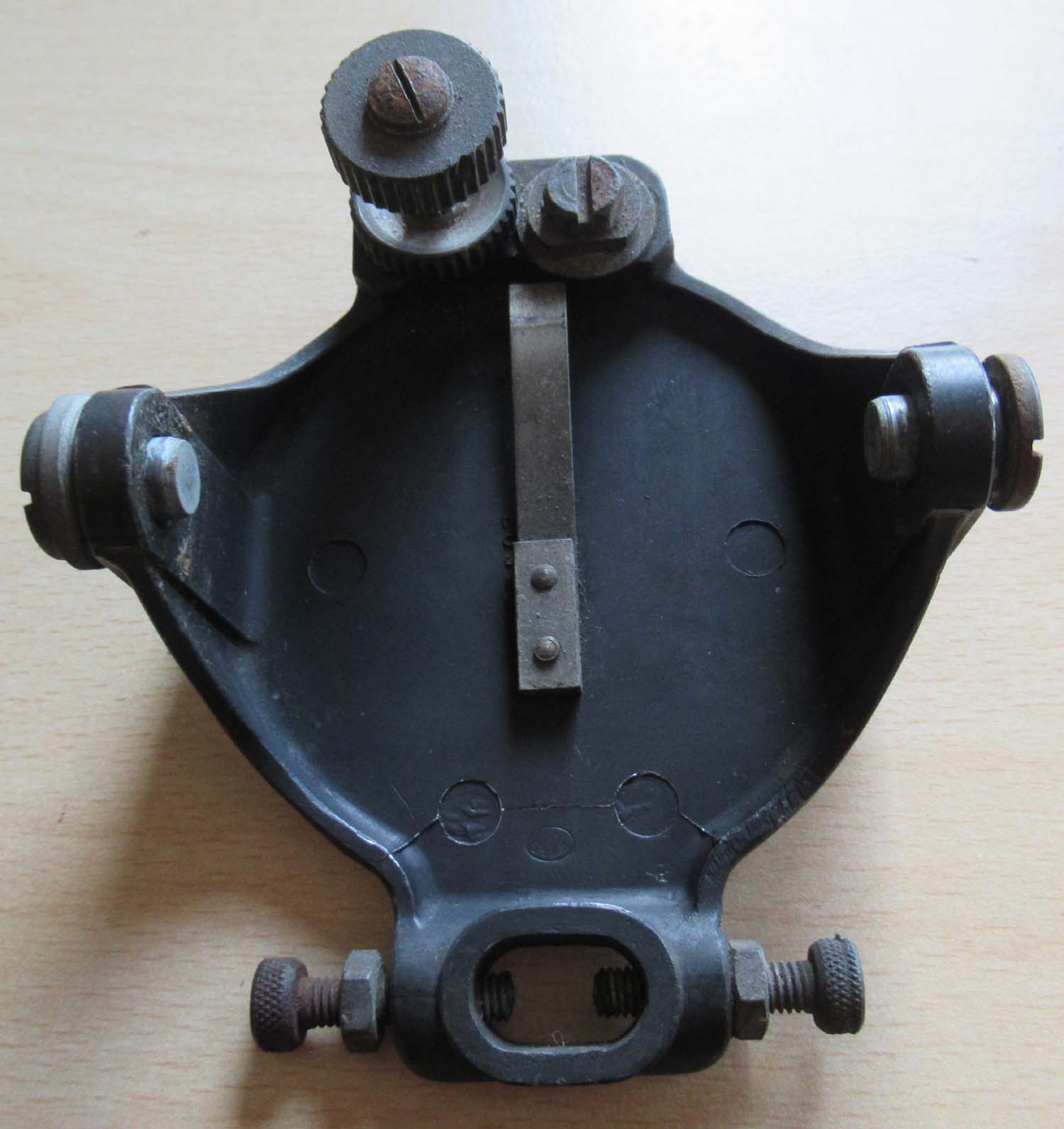
£295


|
|
Click on pictures to enlarge
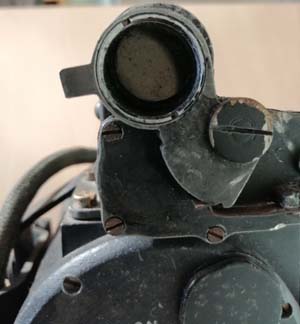
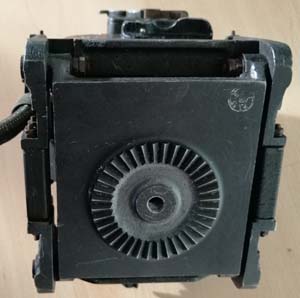
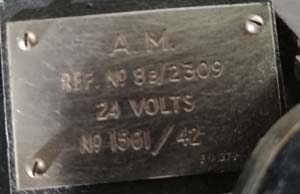
£ 3500


|
Ferranti
MK I Gyro Gunsight
(No 38 pg1 Gun)
This
is another first for this Website, it is the first complete
MK 1 Gyro I have owned in over 20 years of collecting the
incredibly rare MK I Gyro Gunsight. Dated 1942
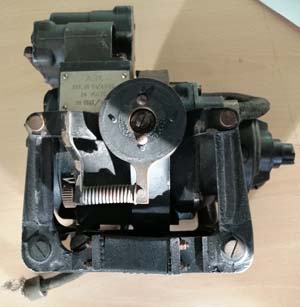
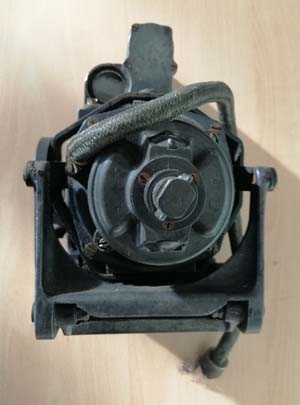
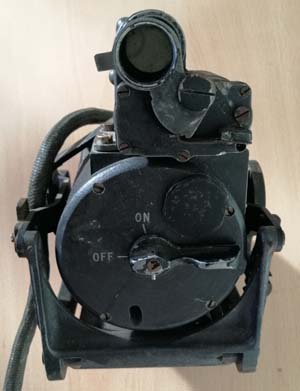
Click on pictures to enlarge
The
problem with reflector Gunsights is that you have to able to
deflection shoot i.e. aim in advance of the target so that
when the bullets reach the target they in fact make contact
rather than being behind the EA. The problem with this is
that very little attention was given to the Fighter pilots
in how to achieve this and it requires a great deal of skill
and practice.
Almost
all the early Aces had experience of shooting birds or clays
with a shot gun and so understood the principles of
deflection shooting and had had plenty of practice.
Of
coarse the majority of RAF Fighter pilots did not come from
a background where this sort of activity was prevalent and
so an attempt was made to address this using a Gyro.
Unlike the MK II version this sight was definitely not an ACE Maker.
It was in fact a complete and utter failure , the main
reason being the ridiculously small sighting optics.
In early 1941 Farnborough produced the first pre-production
batch of Mk I gyro sights and a Spitfire and Defiant were
flown into the airfield to be fitted.
The sight was rather bulky, and difficult to fit into the
turret of the Defiant.
Following the various failures during testing the Air Staff
had to postpone full-scale production. This was doubly
disappointing, as the Spitfire Mk V was being out performed
by the new Focke-Wulf Fw 190, and Bomber Command losses due
to German fighters were mounting. Limited production
continued to give trainee pilots and gunners practice in
deflection shooting; some Coastal Command squadrons decided
to use the sight operationally.
Seen
below in situ fitted to a MK V Spitfire.
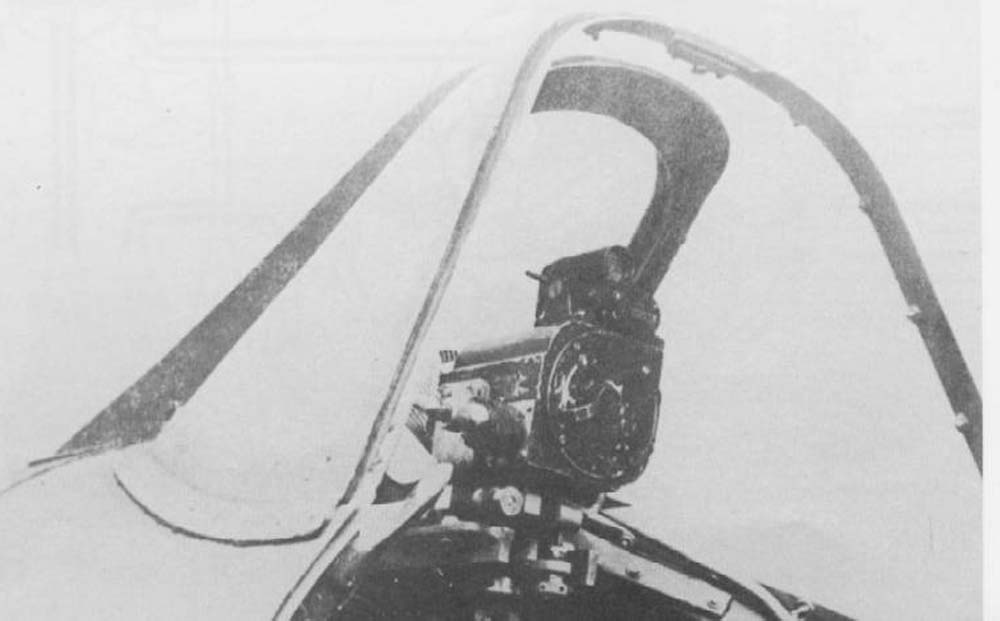
|
|
Click on picture to enlarge
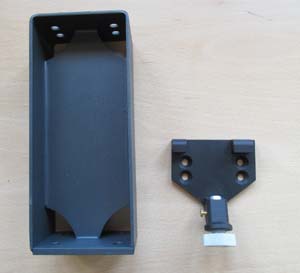
|
Revi C/12D Gunsight Base plate and Mount (No
37 pg1 Gun)
This is a top quality
reproduction base plate and mount for the Revi gunsight. It
is entirely made of metal exactly to scale following the
original drawings.
Originals of these are practically non
existent.
Two sets
available
£295 each for the
plate and mount


|
|
Click on the
pictures to enlarge
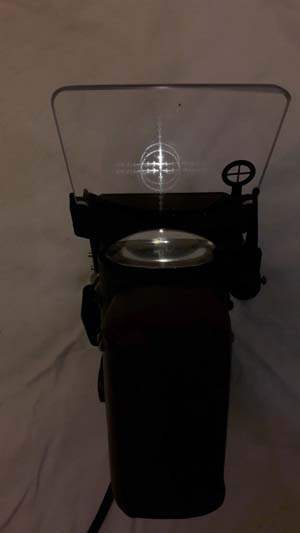
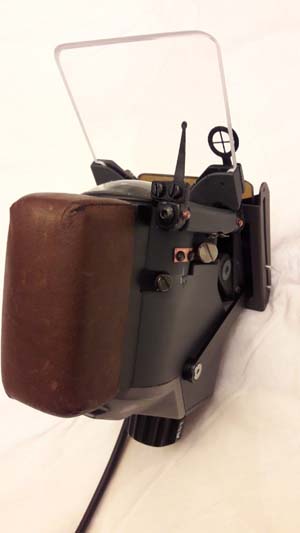
|
Revi C/12D Gunsight
(No 36 pg1 Gun)
Despite appearances this is in fact a reproduction of the
REVI C/12D . Please enlarge the pictures to see just how
good this is, ideal for a cockpit or display originals
currently change hands at over £5000.
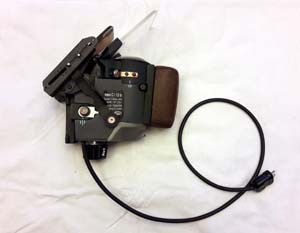
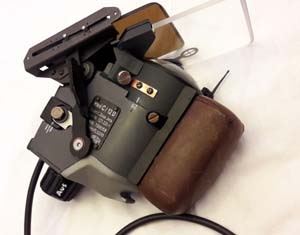
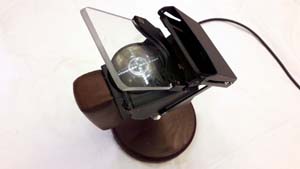
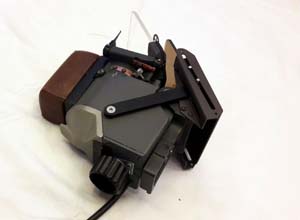
Shown
below the BF 109 E seen in situ below right in the cockpit
of the BF 109E
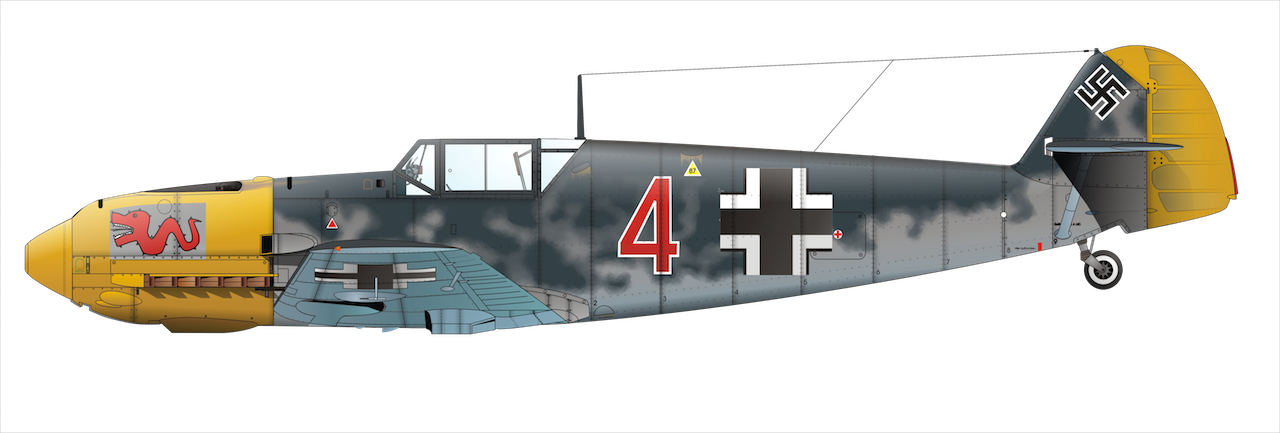 ce=) Click on the
pictures to enlarge Click on the
pictures to enlarge
This reproduction of the Revi C12 D is made
as per the original many parts are metal .The chin pad
is made of genuine leather sewn like original.
The sun screen
holder is made of aluminum as per original .
This sight works the bulb12
volt and the reticule is projected onto the sight glass
The chin pad holder made of aluminum.
The Gunsight
plug is original from 1945
The sight is
painted in the correct colors
The sunscreen glass is adjustable down and up
with locking plates made of copper.
The 12D was for fighter use and used in the following
aircraft types. He100D. Bf109D/E/F.
Bf109G-6/G-8. Bf109G-10. Fw190A-2. A-8 Bf110 D. Hs129
C
£795


|
|
Click on the
pictures to enlarge.


 |
English Electric Lightening Gunsight
(No 35 pg1 Gun)
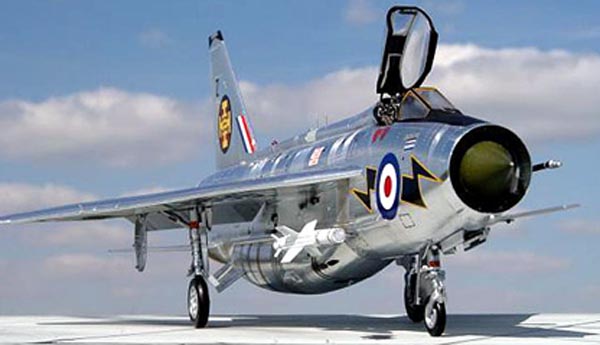 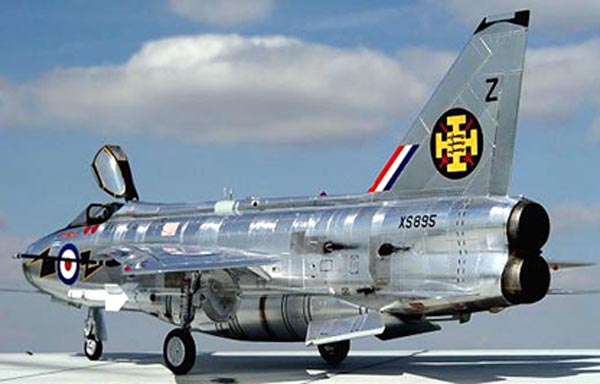
We do not
usually list Jet parts on this website unless they served in
WWII but the lightening does have an affinity with the
Spitfire in the fact it was really the last pure interceptor
fighter produced in Great Britain. Designed for exactly the
same purpose as the Spitfire with short range it was
designed to climb and intercept as fast as possible incoming
bombers . The major difference being these bombers would
have been loaded with nuclear bombs.
The English
Electric Lightning was developed from the prototype P1
(WG760) which first flew on 4th August 1954. Following
progression through P1A and P1B, the Lightning was born and
this magnificent flying machine entered service with No 74
Squadron at RAF Coltishall in June 1960. It was the RAF’s
first truly supersonic fighter.
The aircraft’s design was as a supersonic fighter requiring
an ample surplus of power for acceleration and manoeuvre at
altitude and hence the need for two engines. A unique
feature was the staggered configuration of these engines,
one above the other with the upper engine to the rear giving
a frontal area only 50% greater than that for a single
power-plant. The Lightning was a ‘pilot’s aeroplane’. It was
delightful to handle, being extremely responsive through the
entire range of 130 knots to Mach 2 plus.
This gunsight is in good condition and complete dated 1958.
Click on the
pictures to enlarge.


 



£795


Overseas buyers
please contact me for a shipping cost
|
|
Click on pictures to enlarge
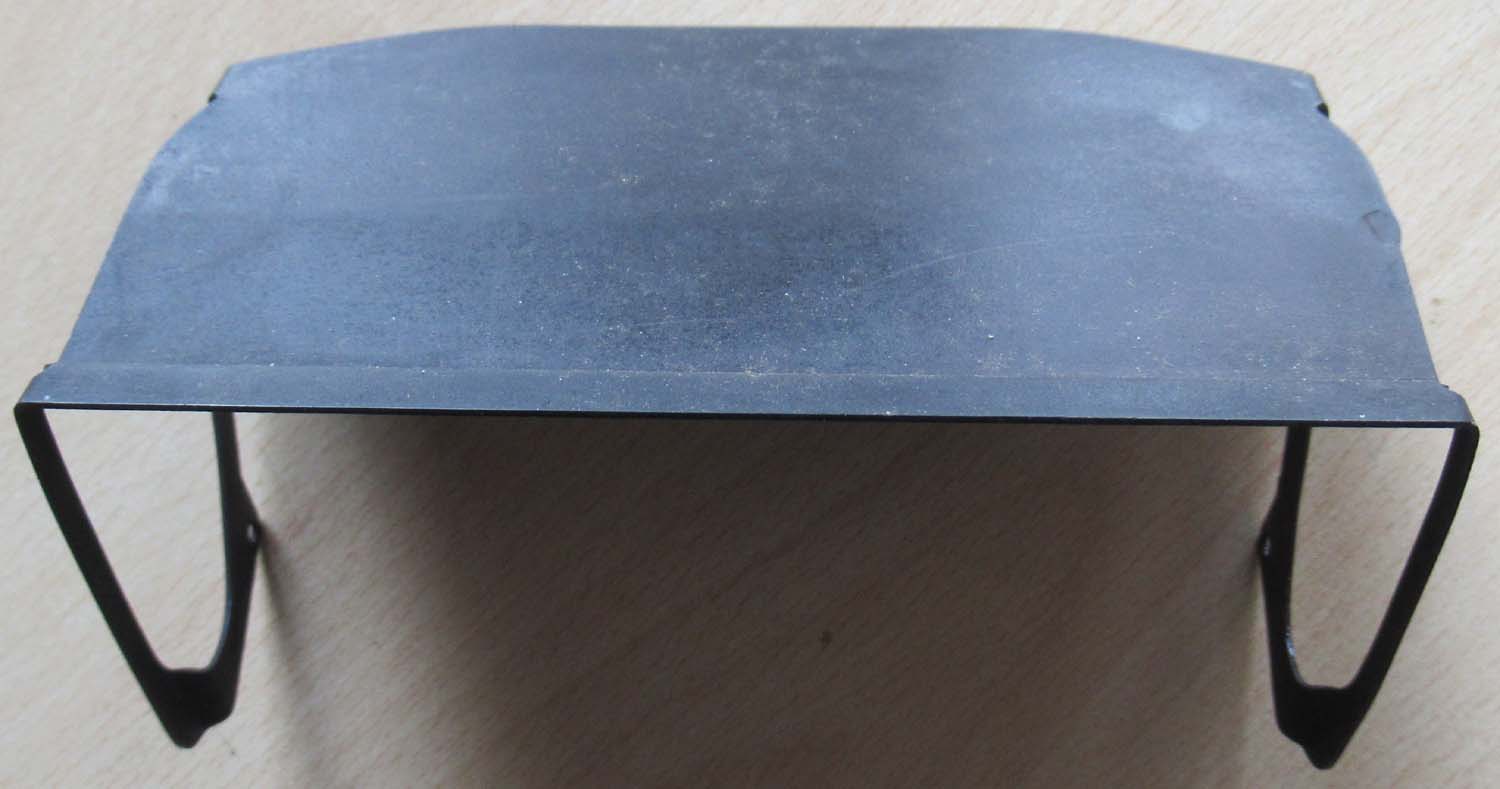
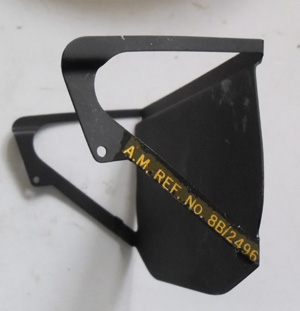 |
Mk II Giro Gunsight Sun Shield
(No 34 pg1 Gun)
These are very hard to find
parts original sun shield for the MK II Giro Gunsight,
probably also used in later versions.
Click on pictures to enlarge
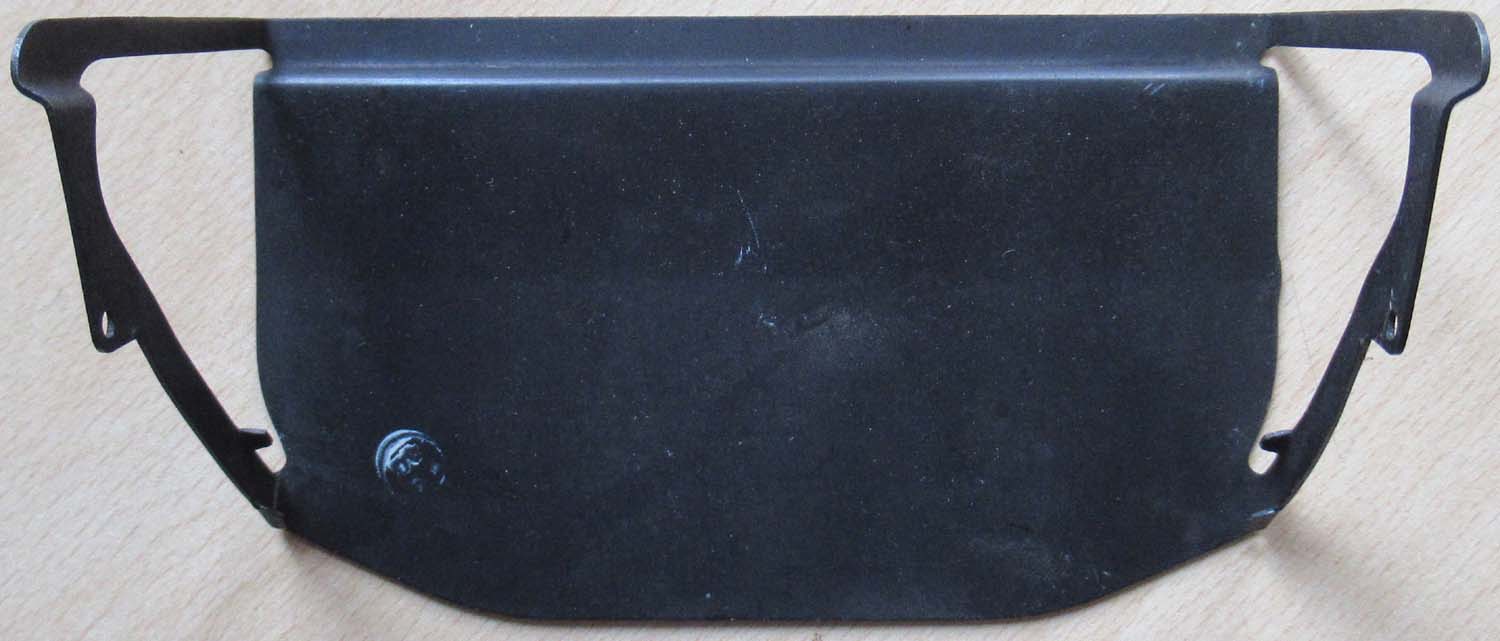
£175


|
|
Click on pictures to enlarge




|
20mm MK 5 Anti Aircraft Gunsight
(No 33 pg1 Gun)
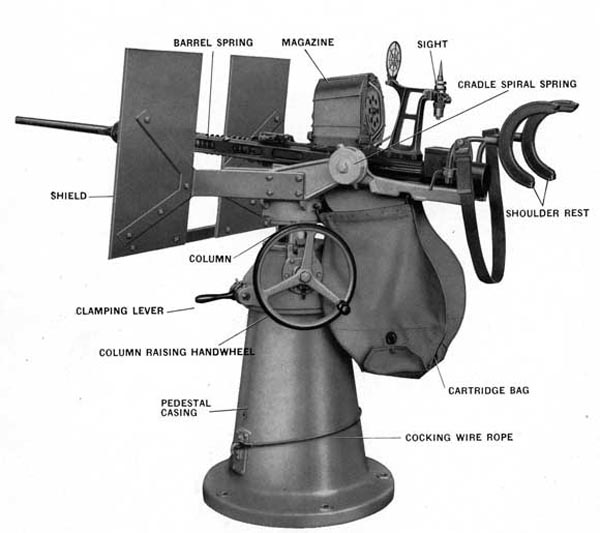
The 20mm antiaircraft gun was used by most of the U.S.
and British destroyers during World War II.
I t
was produced in single, twin, triple, and quadruple
versions, The original single Mark 4 mount began to replace
the .50/cal. Browning Machine Gun with deliveries to the
fleet beginning in mid-1941. These guns were also fitted to
armed merchantmen sailing back and forth across the
treacherous Atlantic ocean as a protection against
submarines.
The original 20-mm gun mounts were equipped
with open-ring sights for aiming. Through a set of
handlebars and shoulder rests the operators’ body movements
controlled the pointing and training of the guns. The
operators had to lead the target in both traverse and
elevation. Usually, every fifth round in the ammunition belt
was a tracer that assisted the operators in spotting their
fire.
Click on pictures to enlarge



£325


|
|
Click on pictures to enlarge

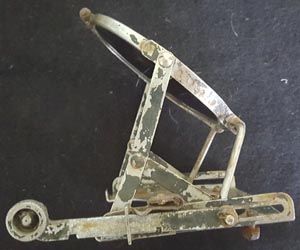
 |
Harvard Gunsight
Sun Screen (No
32 pg1 Gun)
This is a piece I have never seen before from the part
numbers and inspectors stamp it appears to be from a
Harvard. It looks to be a sun screen for a gunsight as
it has green tinted glass. It folds up and down. The Harvard
was used both for gunnery training and in actual
combat by several air forces including the RAF.
Famously an Australian Pilot shot down a Japanese Zero in
1942 the aircraft shown lower left is preserved in the
Australian War memorial museum.
The curve of the mounting matches the MK II reflector
Gunsight and the two holes match the later Ace maker gyro
Gunsight. Its certainly a rare and possibly unique piece.
The Harvard was also used offensively
The Harvard was used as an advanced trainer in WWII to
train fighter pilots before graduation to Spitfires.
The inspectors stamps have N
154 inside a circle the part numbers all start with 49.
The (N) inspectors stamp
= Noorduyn (UC-64 and Harvard) The Harvard part numbers is
49
Click on pictures to enlarge
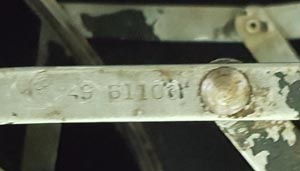
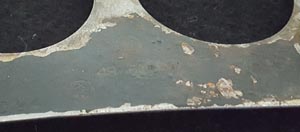
£395


|
|
Click on pictures to enlarge
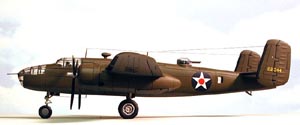
/Cropped%201/Static%20Gunsight.jpg)
/Cropped%201/Static%20Gunsight%20Plate.jpg)
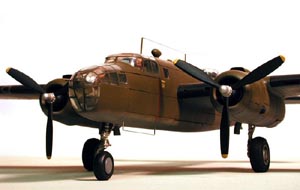 |
B 25 Static Gunsight
(No 30 pg 1 Gun)
This is an original World War
Two North American B-25C Mitchel Medium Bomber Upper turret
backup metal gunsight..
The sight is designed to be used if
the electric sight fails. It is 4 1/2x 2 x 2 inches. This
manual post and small ring sight could have be used on
several aircraft as a small sight.
The B-25 was used by the AAF to bring the war to Japan with the famous Dolittle raid
of Tokyo lead by Col. Dolittle in early 1942. The B-25 is a
twin engine bomber a crew of 5 or 6. Probably used in other
USAF bombers with the same turrets.
43A 8083
43A
8084 43A 8085 43A 8090
43A 8092
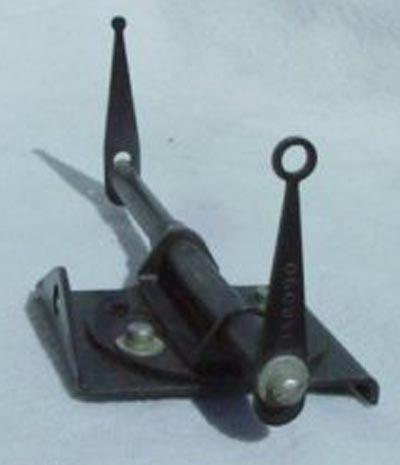
£55


|
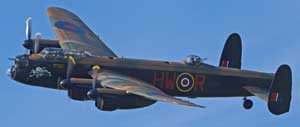
T1 bomb
sight and Z-transmitter Equipment show in the centre of the
image.
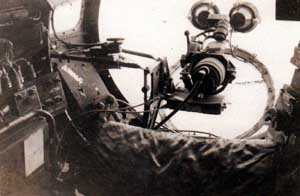
Click on pictures to enlarge

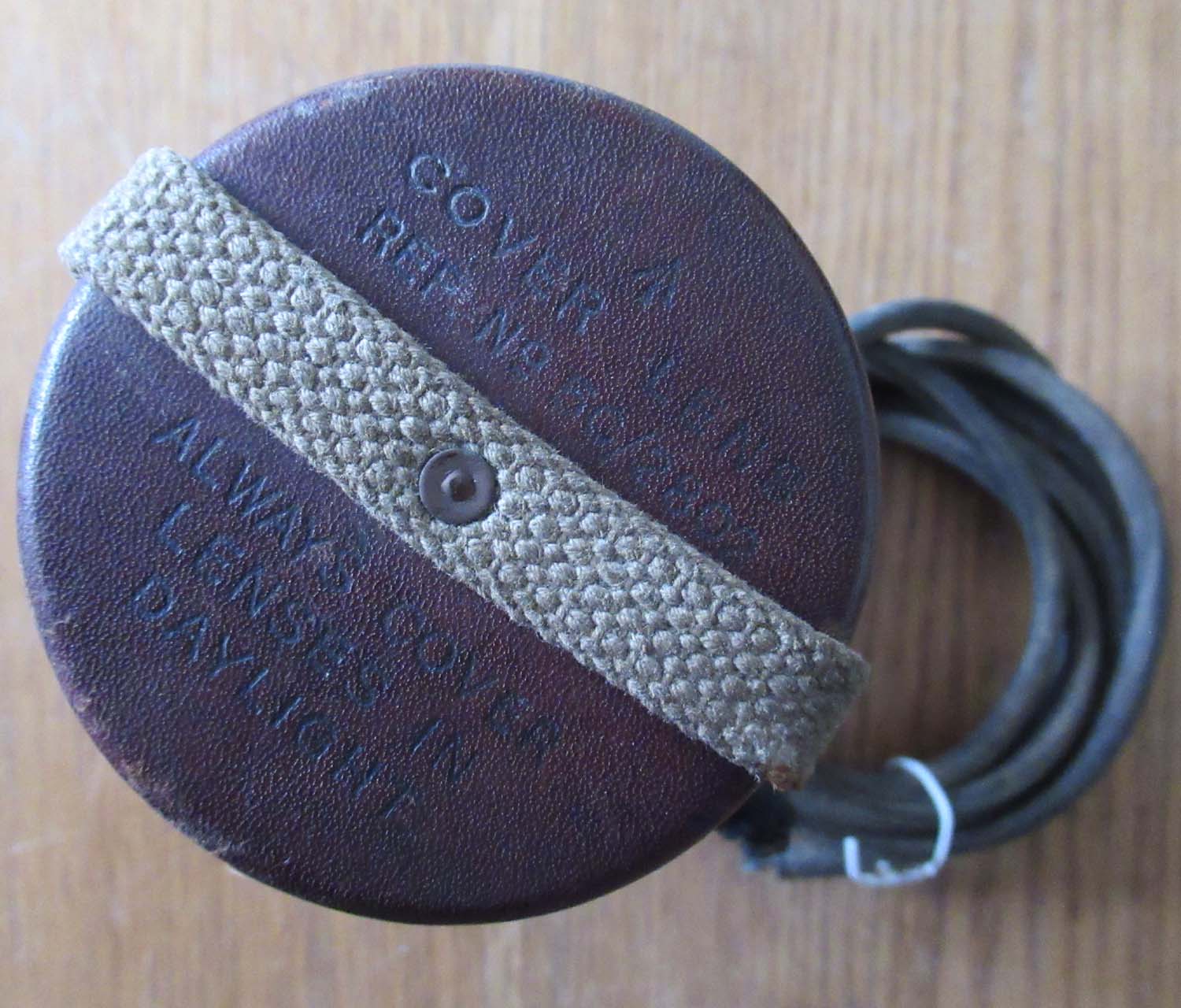
|
Lancaster Z Friendly Fire Equipment
1 (No 29 pg1 Gun)
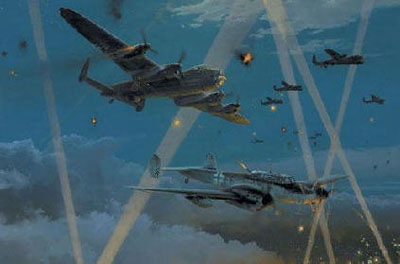
Top secret Z equipment used to prevent
friendly fire from Lancasters fitted with the AGLA Village
Inn system. Z transmitted and
picked up an infra red beam from any following friendly
aircraft in the Bomber stream. Throughout Bomber Command,
all aircraft had been fitted with "Z" equipment which would
transmit the infra-red 'friendly' signal to any 'Village
Inn' Lancasters
they might come across. When picked up by the Z equipment the guns
in Village Inn Lancasters would be disabled and prevent friendly
fire in the dark. A very rare piece for the serious Gunsight
collector.
Click on pictures to enlarge


£395


|
|
Click on pictures to enlarge



 |
MK III A Reflector Gunsight Dated 1941 (No
28 pg1 Gun)
Here is a MK III A Gunsight in
good original condition, comes complete with its two pin
plug. , we have a plug and socket available for this sight
in the
electrical connectors page.
The Mk III series proved to be one of the
most successful reflector sights ever produced.
Nearly
every type of turret in RAF Bomber Command used it, and it was
adopted by the US Navy as the Mark IX .
As well as turret
use, it was fitted to free-mounted Vickers K guns
being smaller than the Mk II and also used as a fixed
sight on many multi-engine aircraft including some Mks of
the Mosquito.
Seen in situ below as a fixed gunsight in a Mosquito Fighter
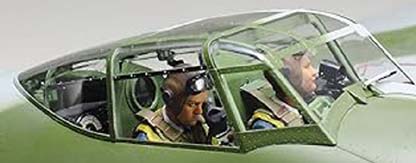
Click on pictures to enlarge

£295


|
|
Click on pictures to enlarge
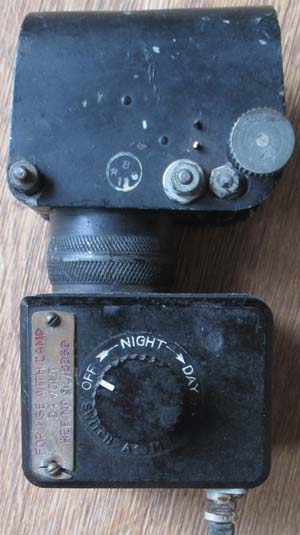
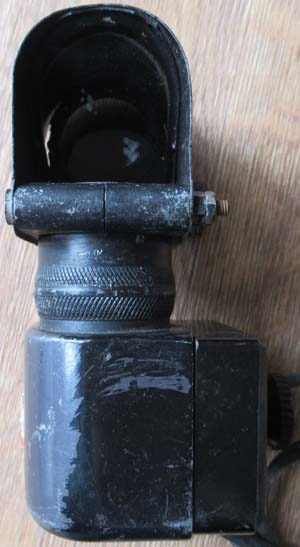 |
1940 MK III A Reflector Turret Gun sight Turret
A (No 27 pg1 Gun)
Here is a Mk III A Turret Gunsight with
a 1940 Battle of Britain date. This sight was fitted to a
limited number of bombers as
during the Battle Bomber Command relied on medium bombers
such as the Blenheim, Hampden, Wellington and Whitley to
take the fight into Germany.
Bomber Command suffered heavier casualties than any other
RAF command during the Battle of Britain, with a total of
718 personnel lost.
Mk. III A Dated 1940
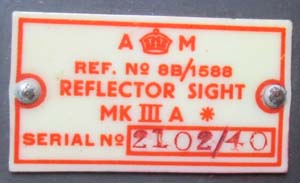
It is Air Ministry Marked and
Carries the Ref: 8B/1588.
Click on pictures to enlarge
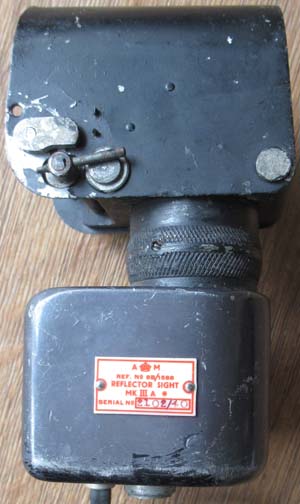 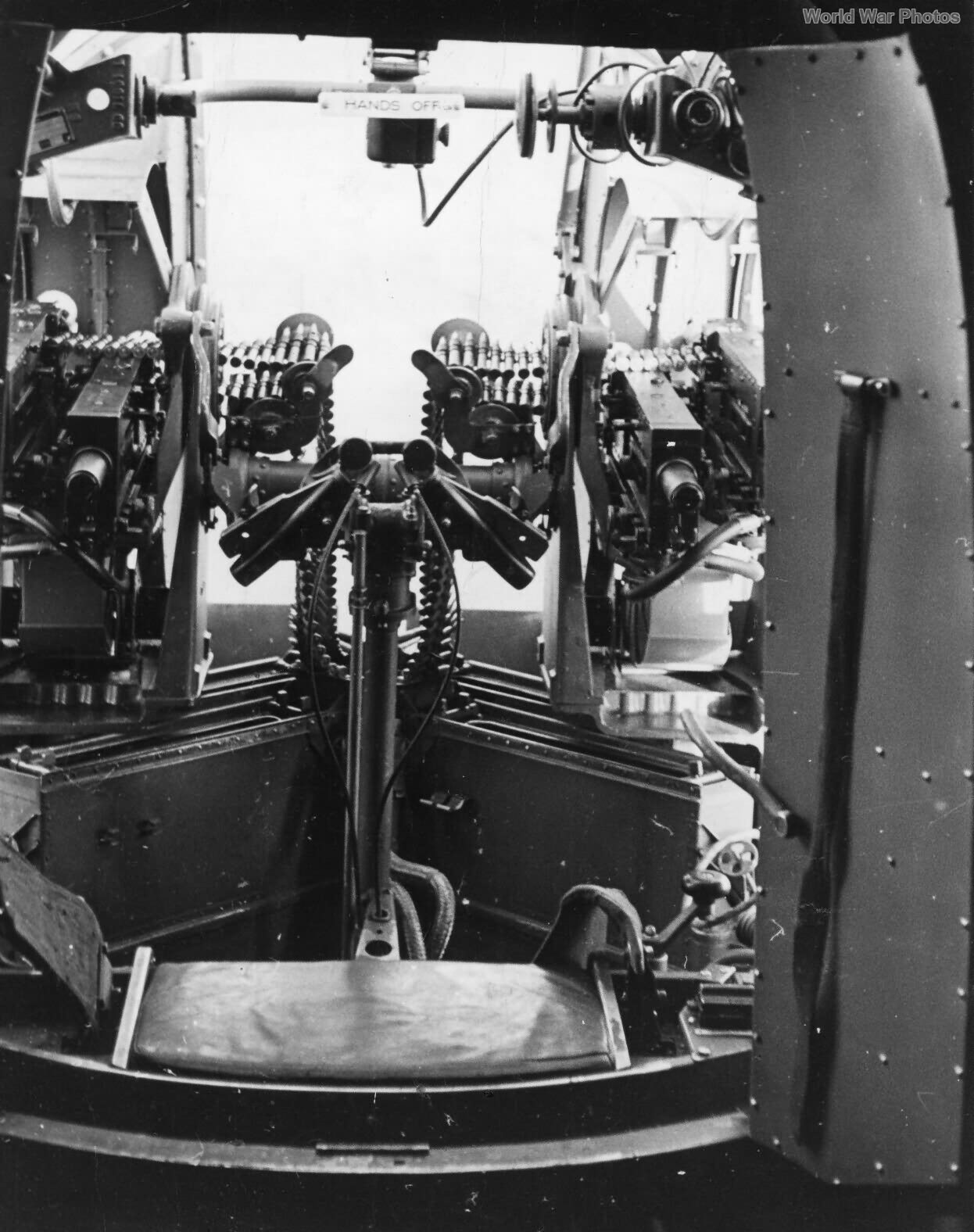 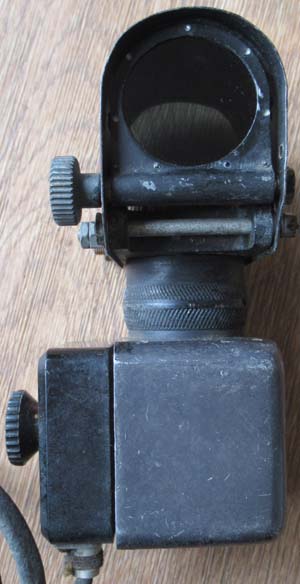
Seen above in situ in a Wellington rear turret
These
sights were used exclusively in the Turrets of Bomber
aircraft and remained standard equipment for most of the war
until the Gyro ace makers started in appear.
The more advanced Gun sights always seem to have made
their way into the frontline fighters long before getting
anywhere near a bomber aircraft.
£295


|
|
Click on pictures to enlarge
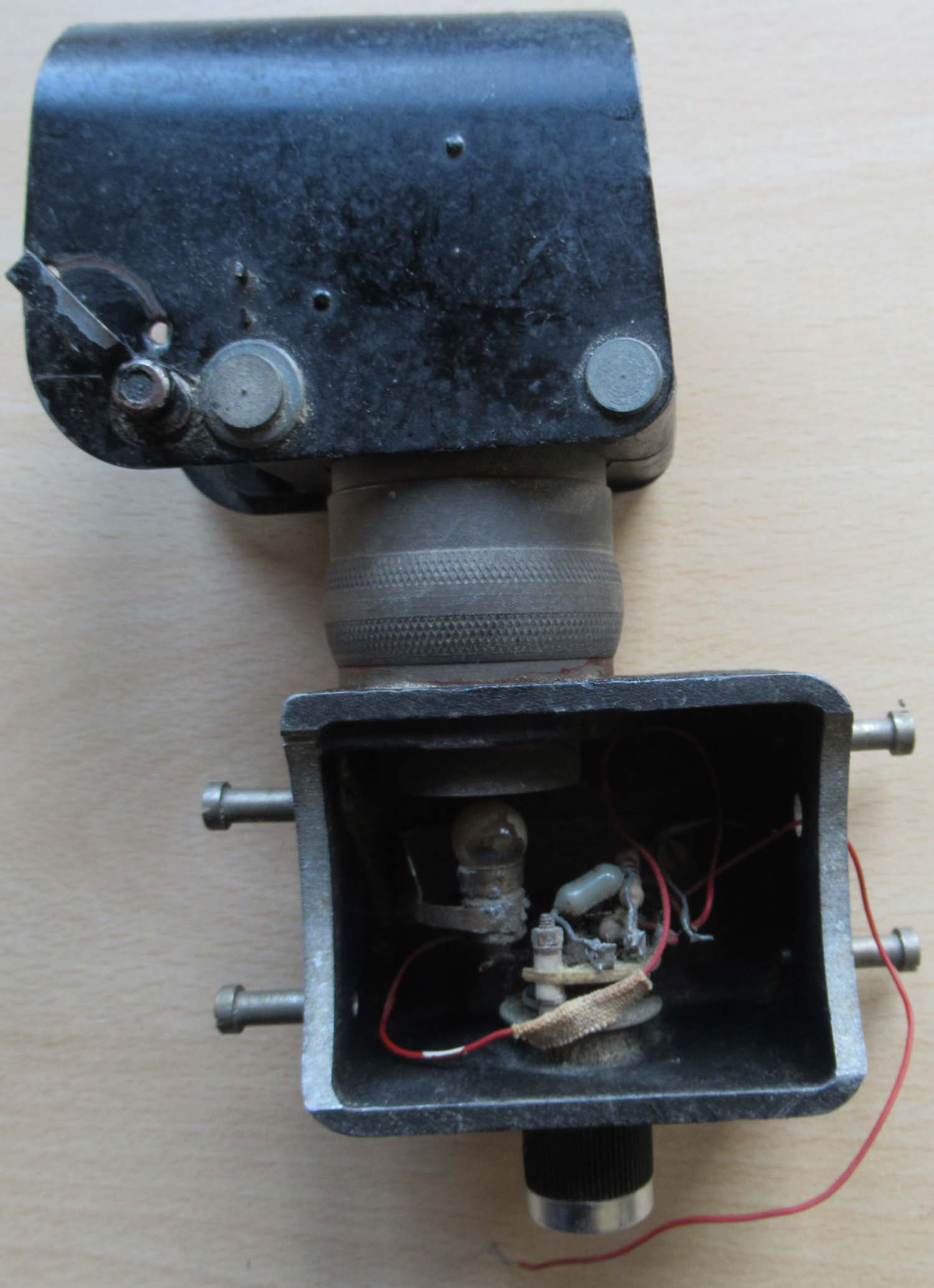
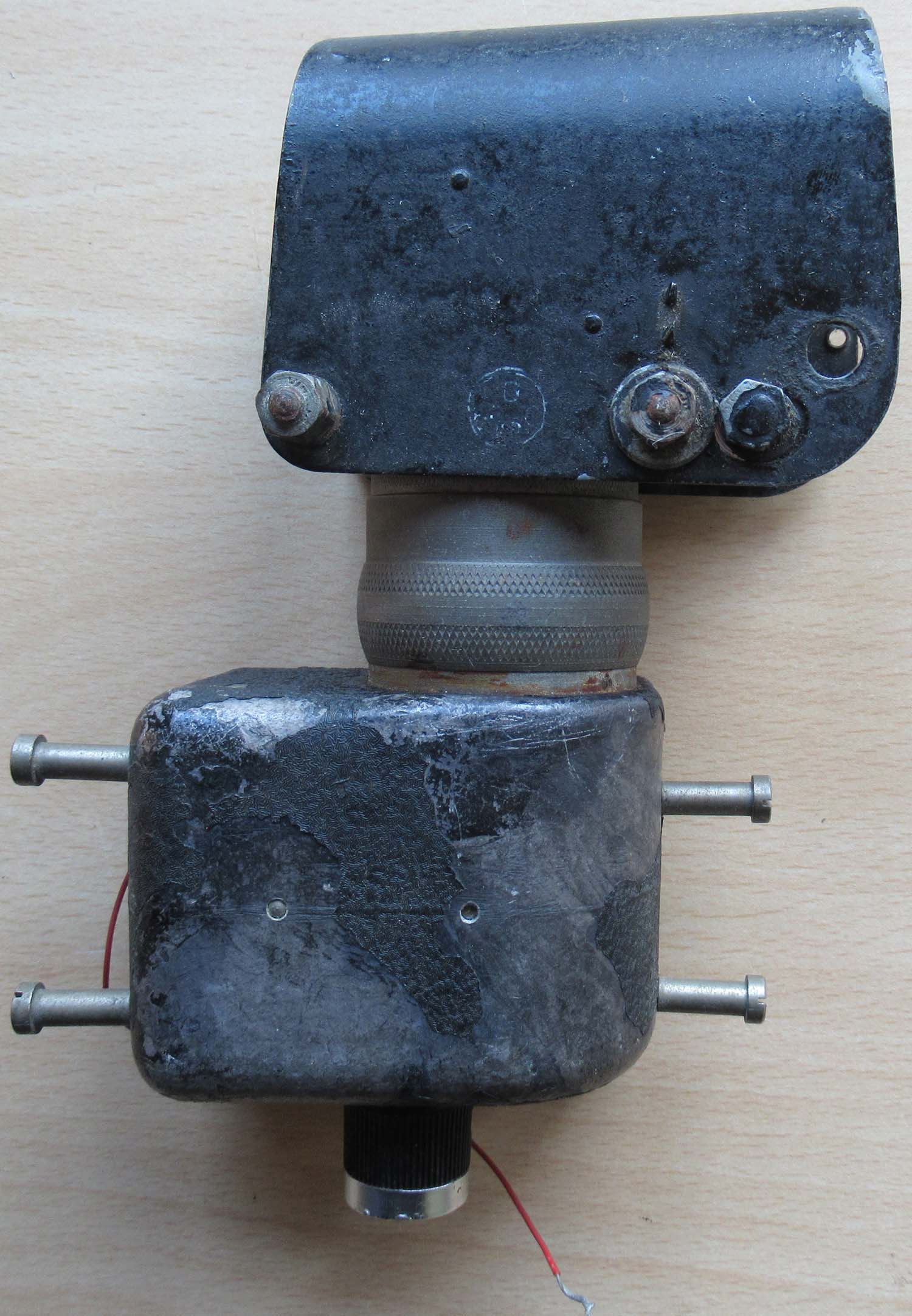
|
MK III A
Reflector Turret Gun sight Turret B (No 26 pg1 Gun)
Here is a Mk III A Turret Gunsight it
is in quite poor condition with parts missing as is sold as
spares or repair. It seems to have been modified for some
purpose perhaps as a training aid?
These sights were used
exclusively in the Turrets of Bomber aircraft and remained
standard equipment for most of the war until the Gyro ace
makers started in appear.
The more advanced Gunsights always seem to have made
their way into the frontline fighters long before getting
anywhere near a bomber aircraft.
Click on pictures to enlarge
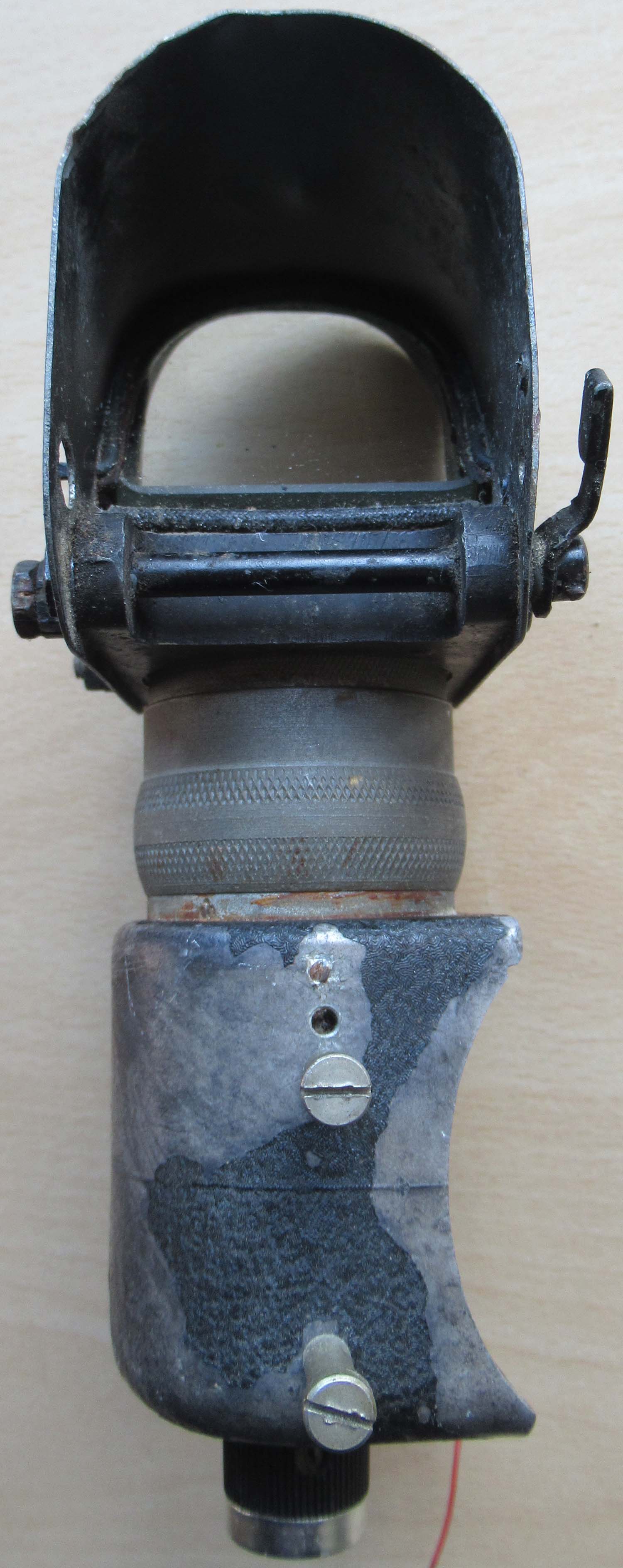 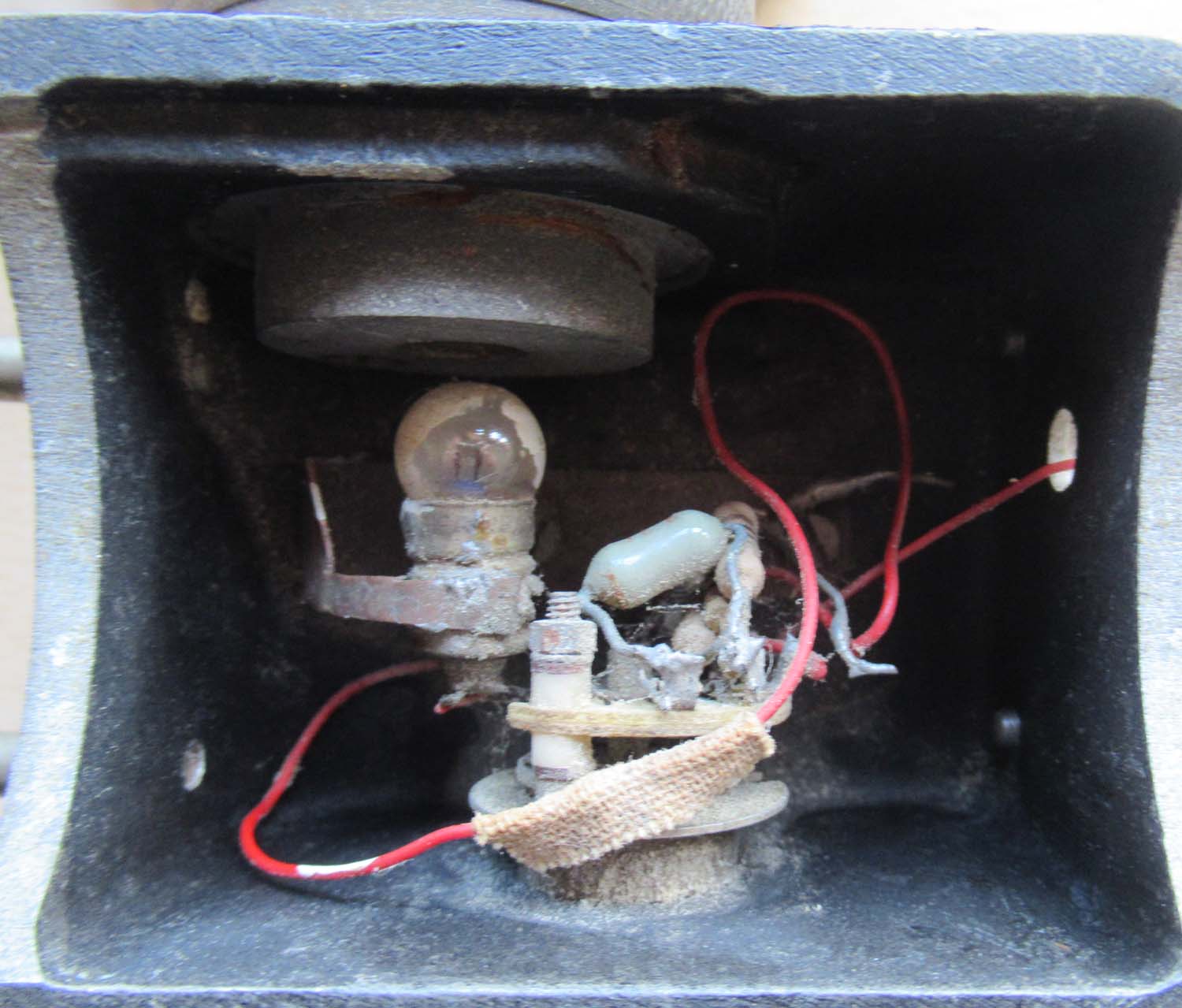 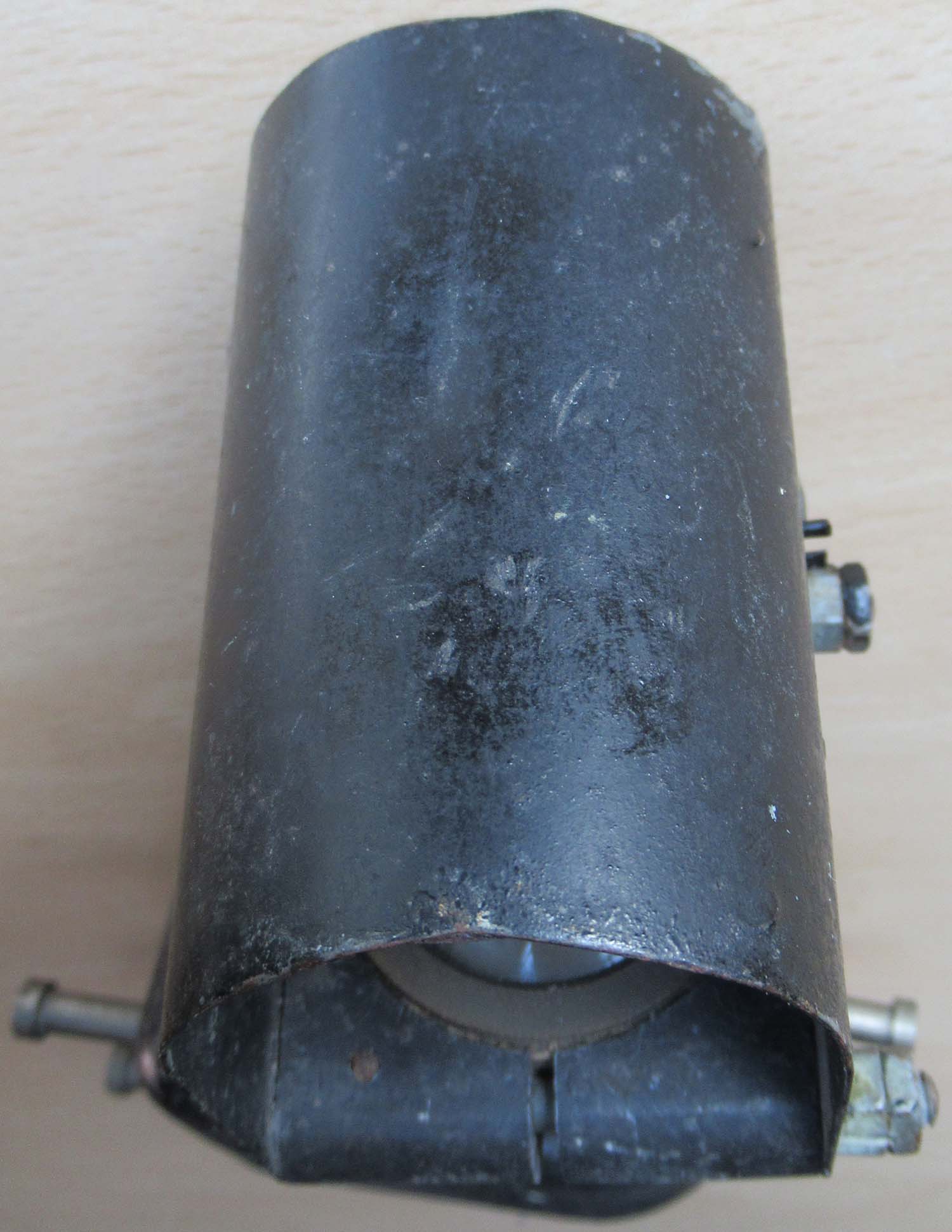 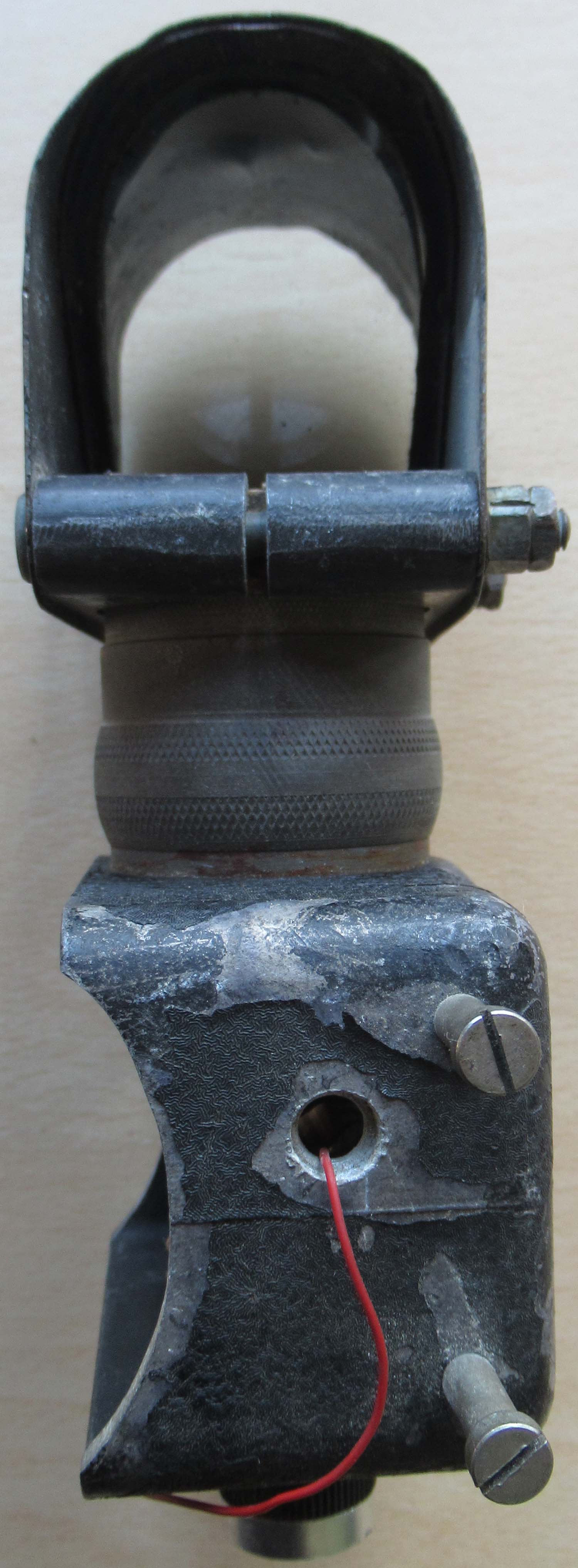
£95


|
|
Click on pictures to enlarge
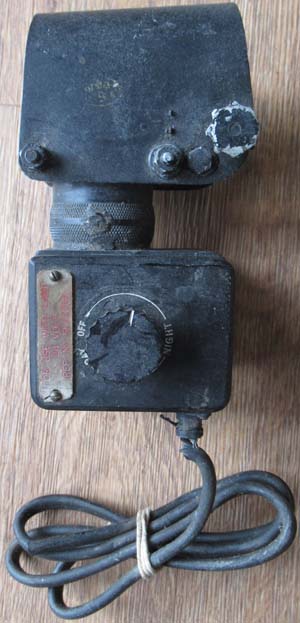
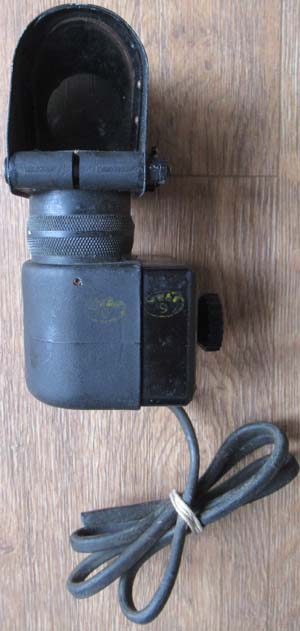 |
MK III A Reflector Turret Gun sight Turret
(No 25 pg1 Gun)
Here is a Mk III A Turret Gunsight
Mk. III A Dated 1942
It is Air Ministry Marked and
Carries the Ref: 8B/1588
These
sights were used exclusively in the Turrets of Bomber
aircraft and remained standard equipment for most of the war
until the Gyro ace makers started in appear.
The more advanced Gunsights always seem to have made
their way into the frontline fighters long before getting
anywhere near a bomber aircraft.
Click on pictures to enlarge
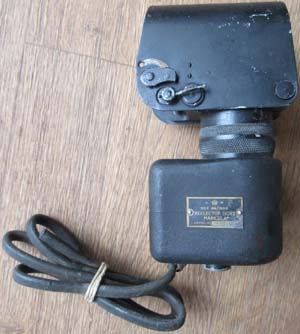 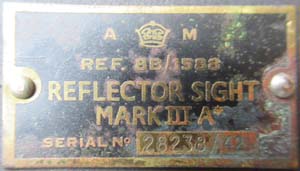
Seen below in situ in a Wellington rear turret

£275


|
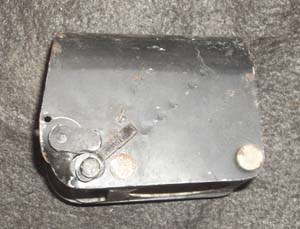
£55


|
Turret Reflector Gunsight
Top (No 24 pg1 Gun)
Here we have the top for a reflector gunsight as
used in turrets
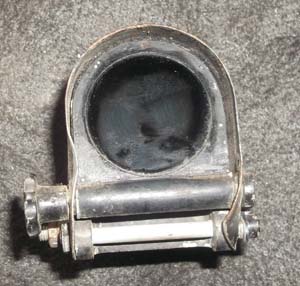
|
|
Click on pictures to enlarge
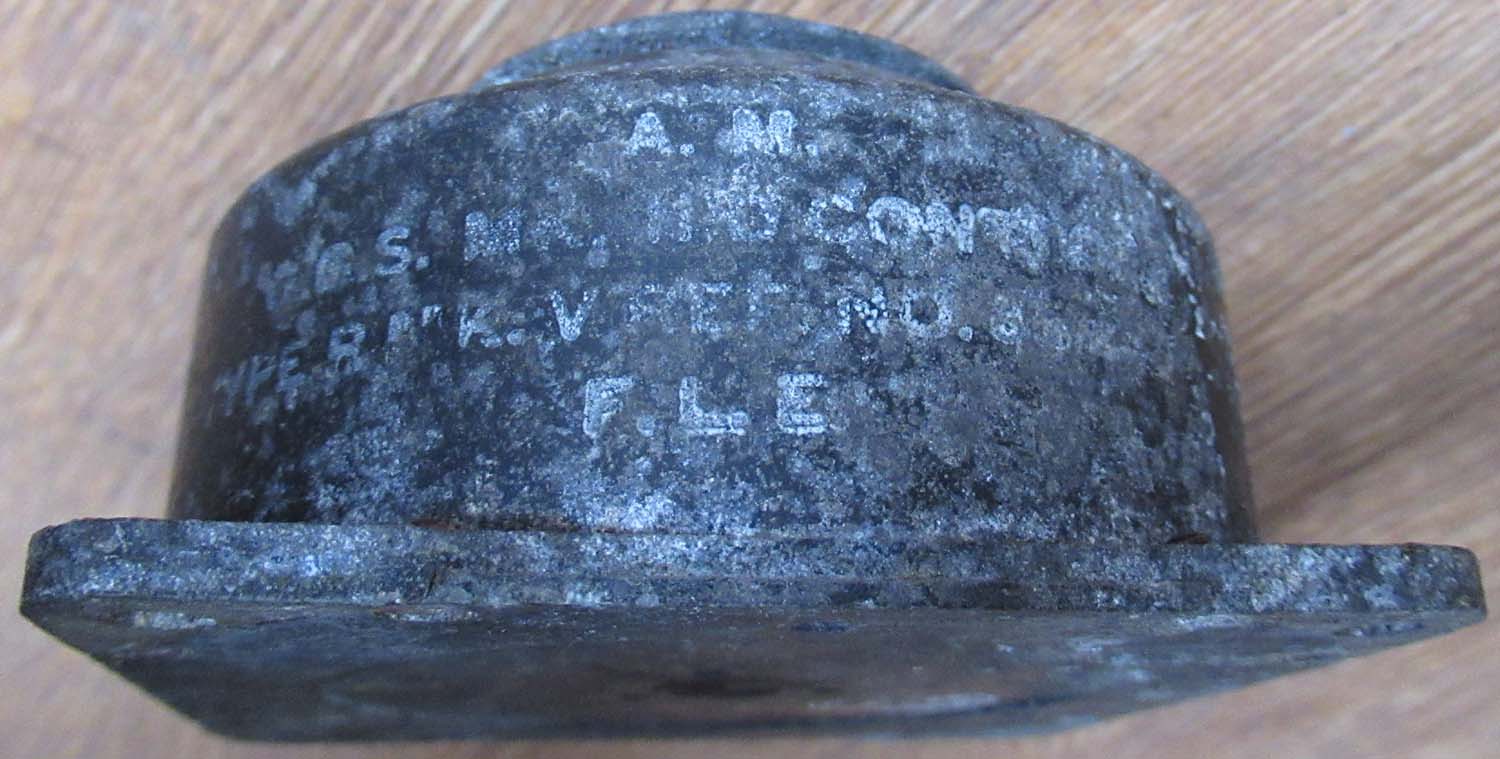
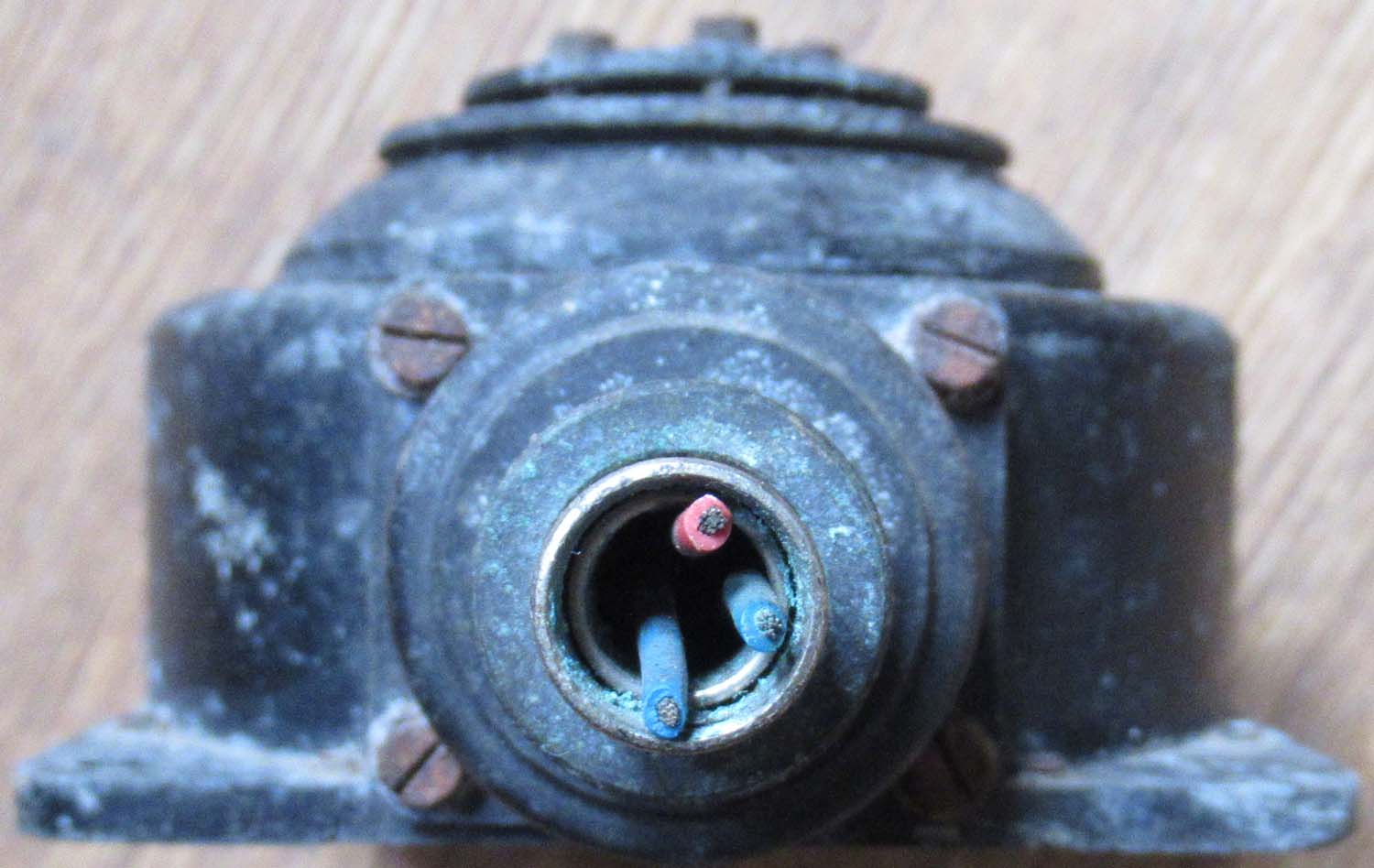
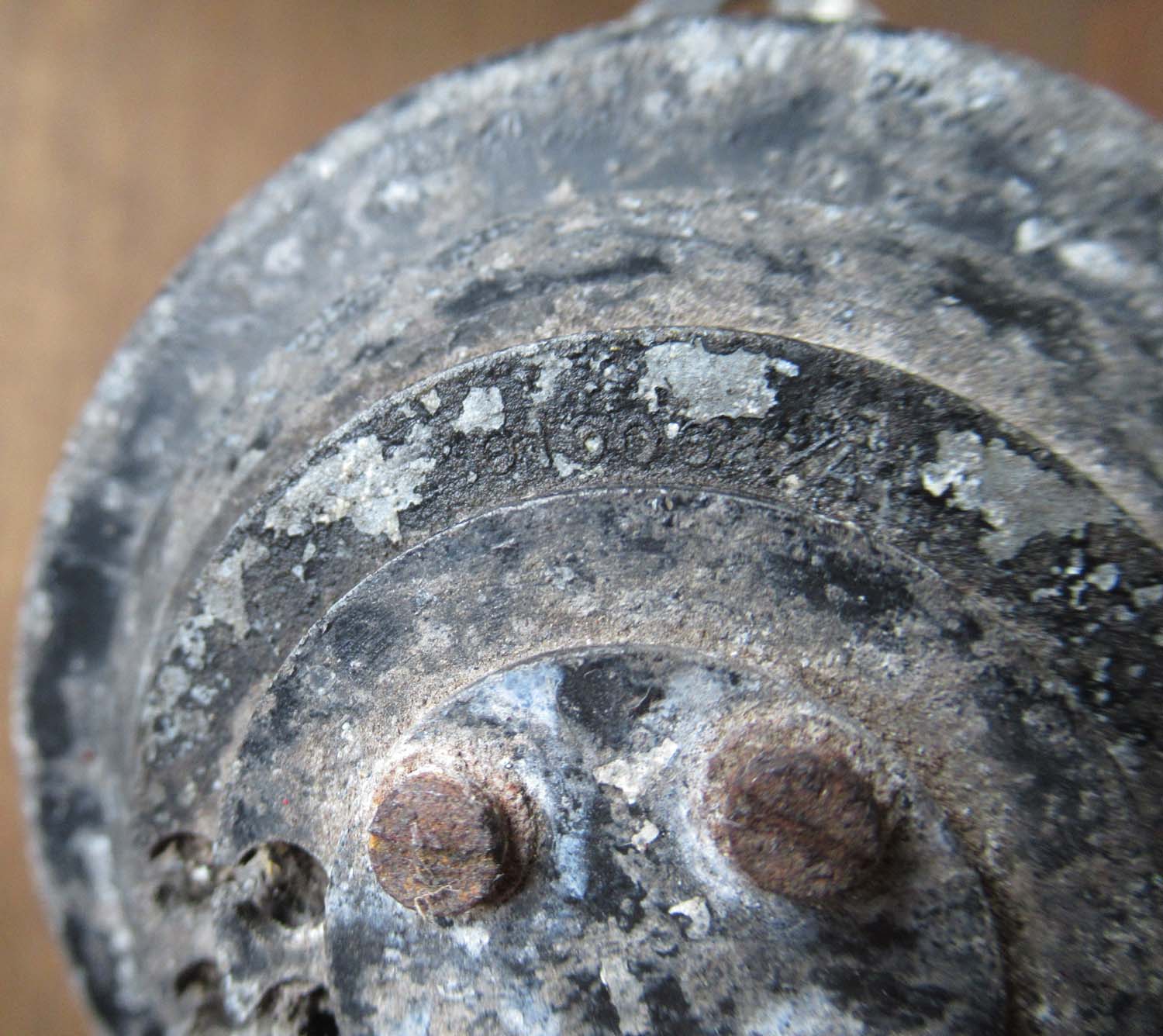
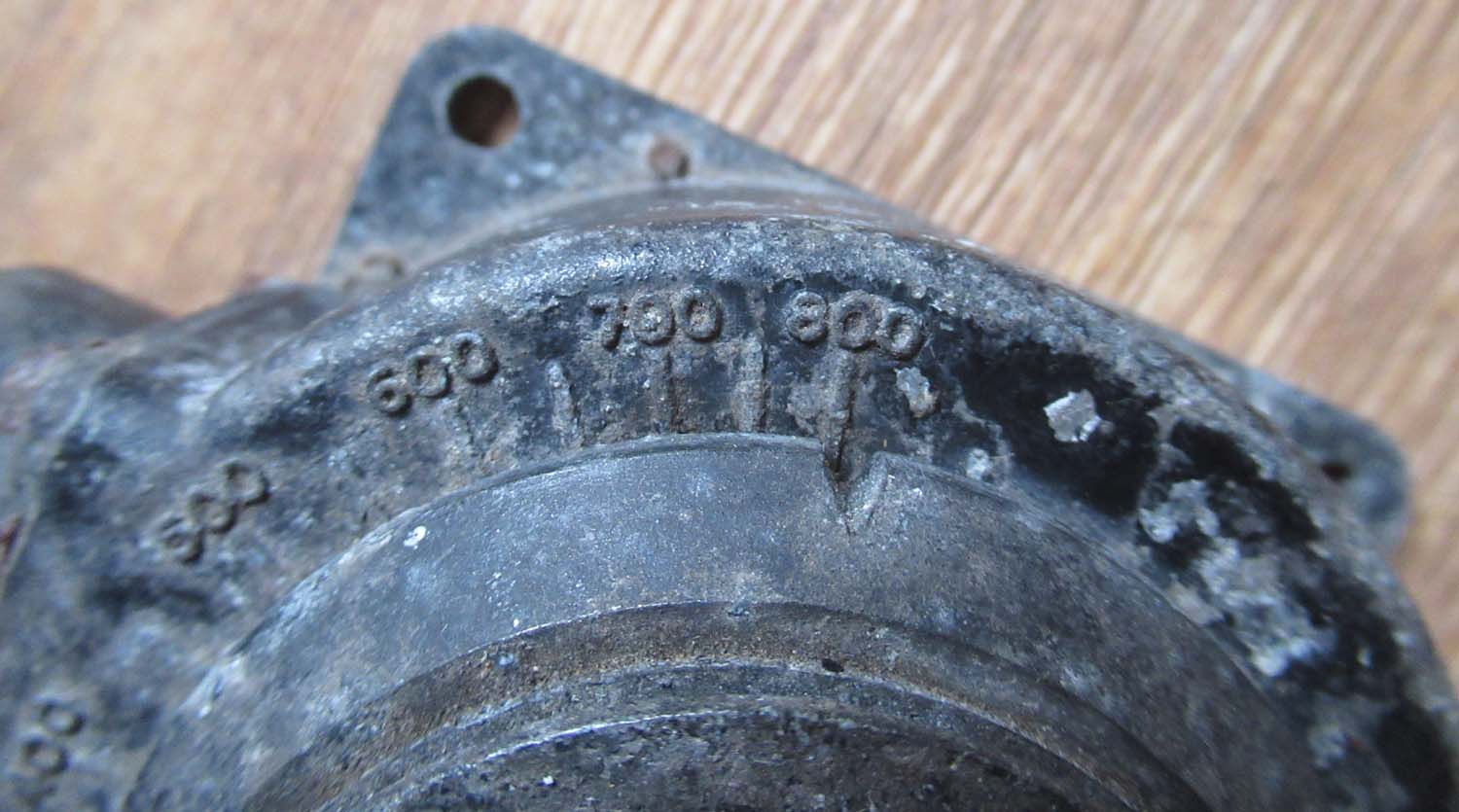
|
Type R Gyro
Gunsight Range Control (No 23 pg1 Gun)
This Gyro
Gunsight control adjusts the range on the Gyro gunsights. Although it
is lacking some paint, it still still rotates
smoothly.
Click on pictures to enlarge
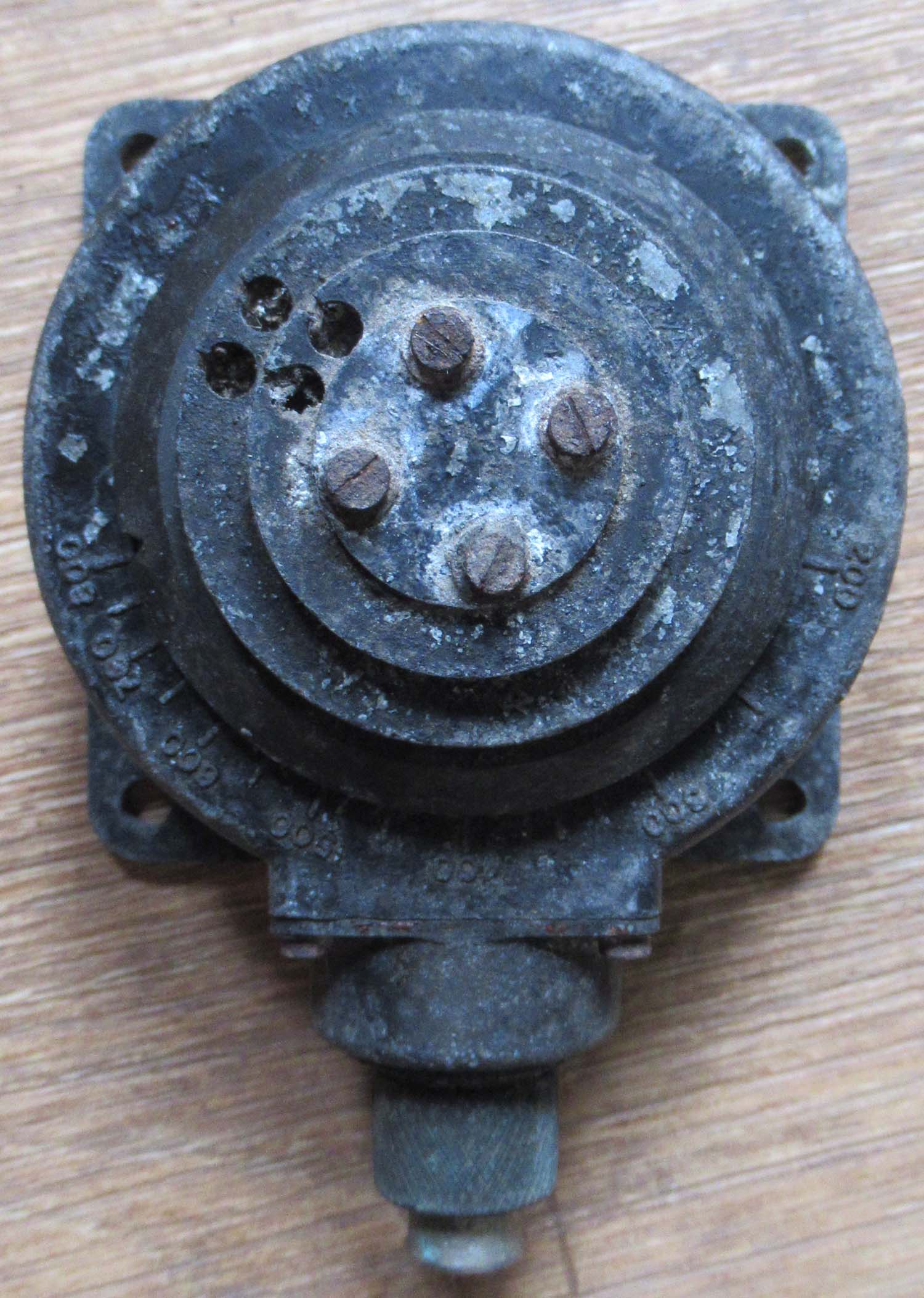
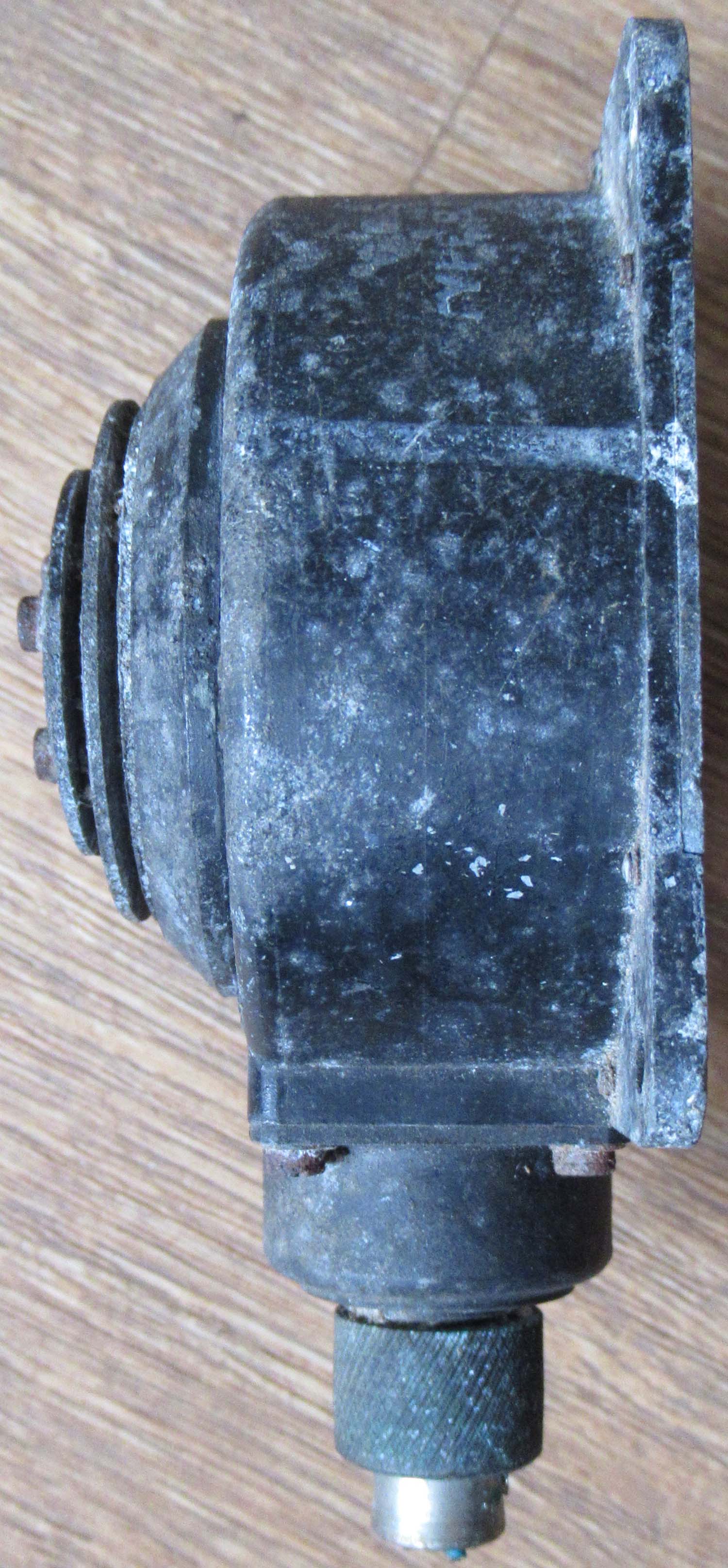
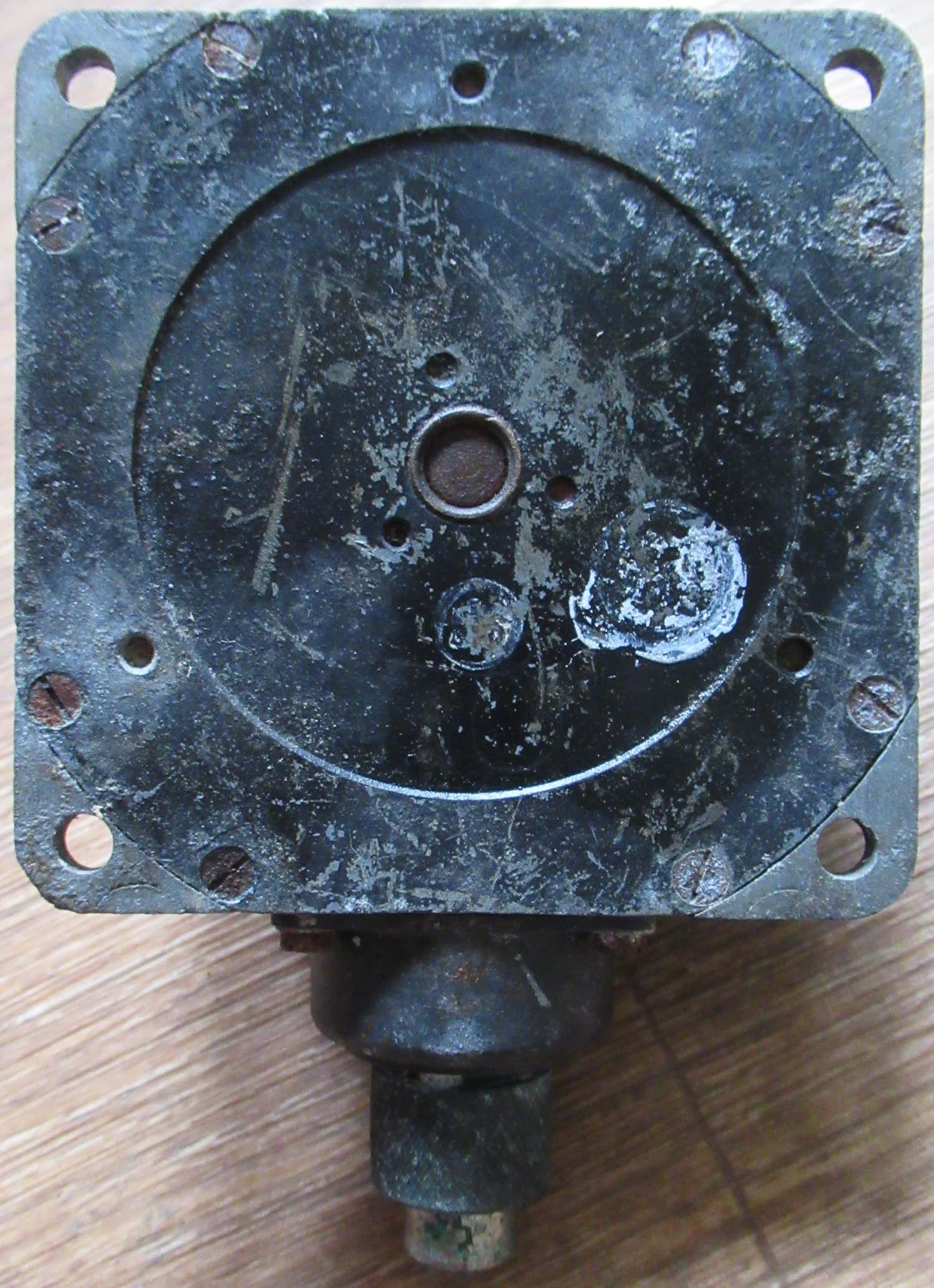
£175


|
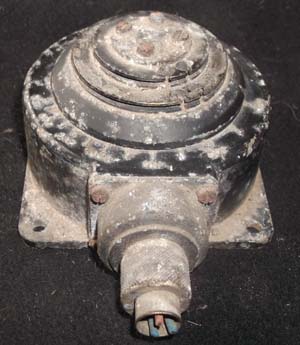
Click on pictures to enlarge
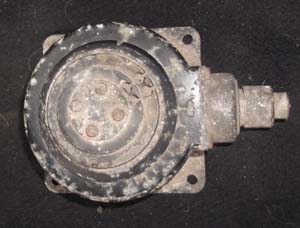 |
Type R Gyro
Gunsight Range Control (No 22 pg1 Gun)
Here we have Gyro Gunsight
range control for the MkII Ace maker. This is fitted
in the cockpits of Spitfire's and other aircraft fitted with
the ace maker giro gunsight. The range control is wired to
the gunsight range control. It was attached by a cable to a
twist grip I believe was mounted on the throttle grip to
allow the pilot to adjusts the range of the gunsight without
removing his had from the throttle.
Click on pictures to enlarge
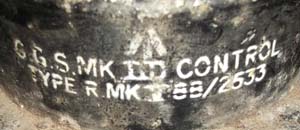
£175


|
|
Click on pictures to enlarge

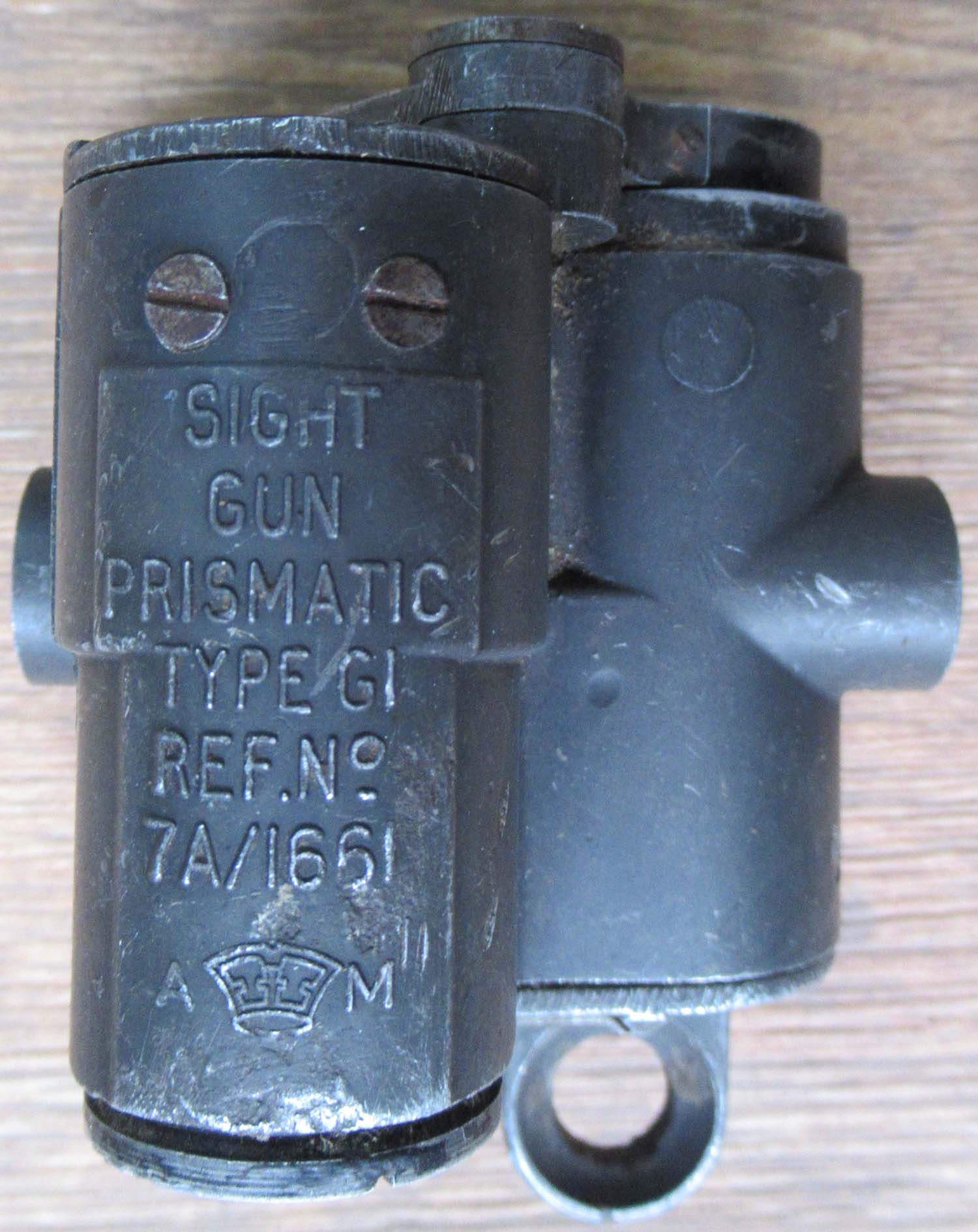
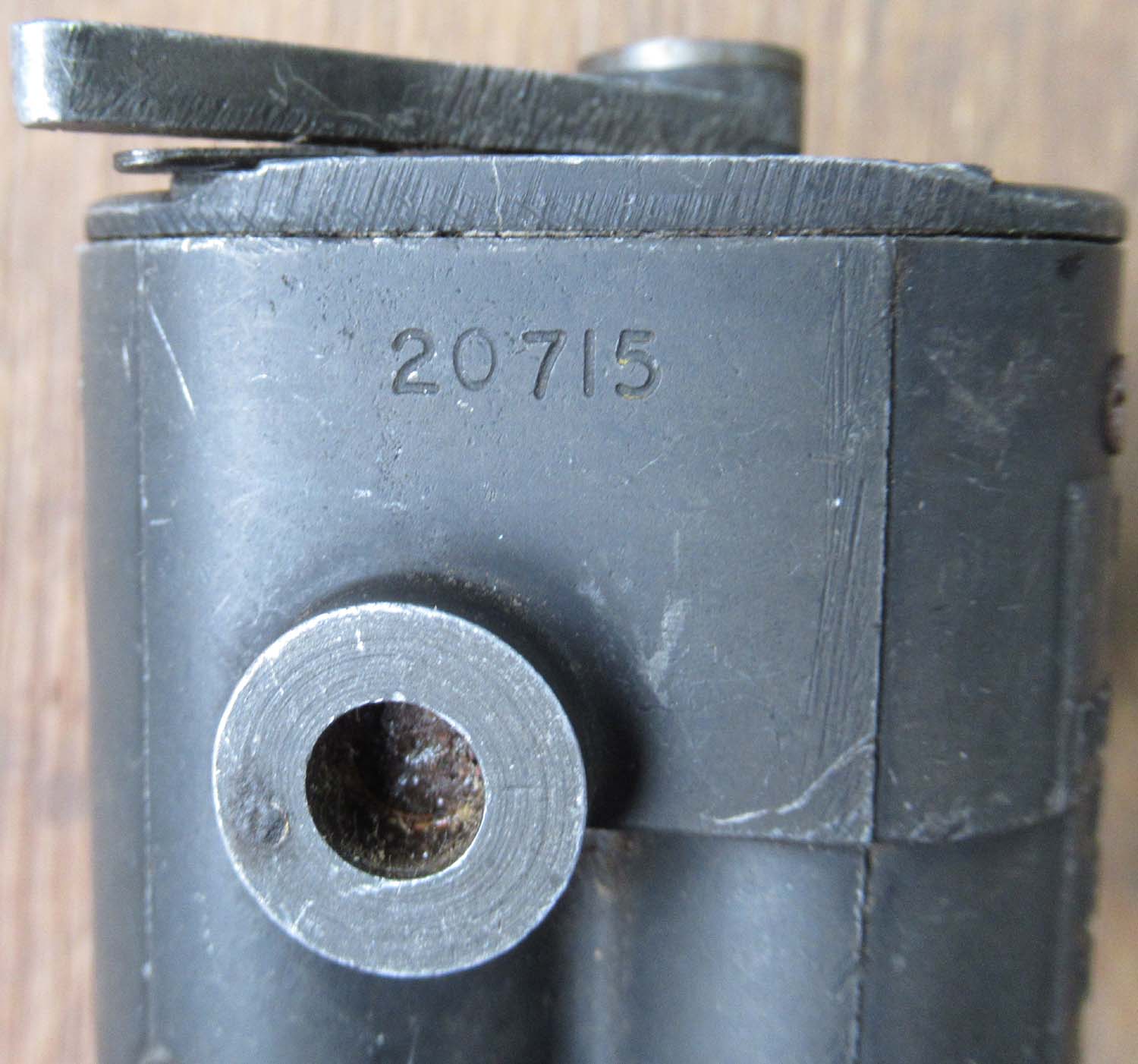
|
Prismatic Gunsight
2 (No 21 pg1 Gun)
7A/1661
Messrs Ross Ltd produced four type 'A' sights, to be given
comparative tests with reflector sights in a Gloster
Gladiator. The type 'B' was produced for use in turrets, but
the small 20 mm (0.78 in) eyepiece proved a drawback, and it
was soon replaced by the Mk II reflector sight. All work on
prismatic sights was finally abandoned in 1940.
A G1 sight mounted on a
Bristol B.1 turret. The gunner placed his chin on the pad to
steady his aim.
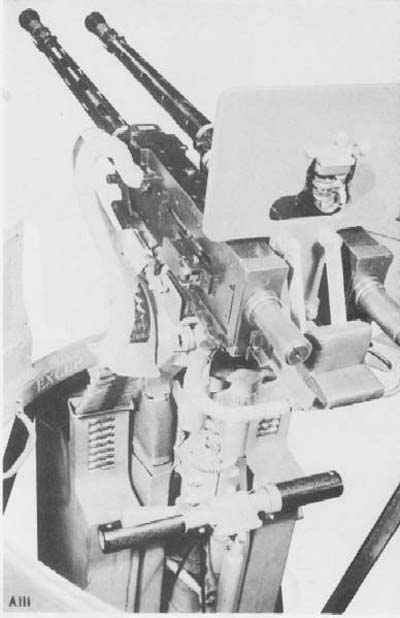
The G1 was used as the
optical head of the Mk 1 Gyro, seen under and some Bristol
B.1 turrets used it, but from 1940 onwards the reflector
sight became standard apart from the ring and bead sights
used on some free-mounted guns
Seen under
in situ on top of the MK I Giro Gunsight
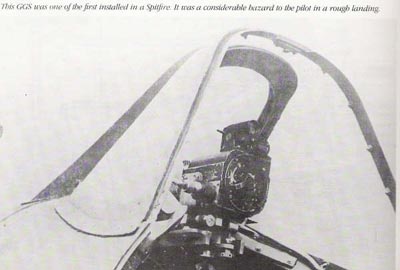
£250


|
|
Click on pictures to enlarge
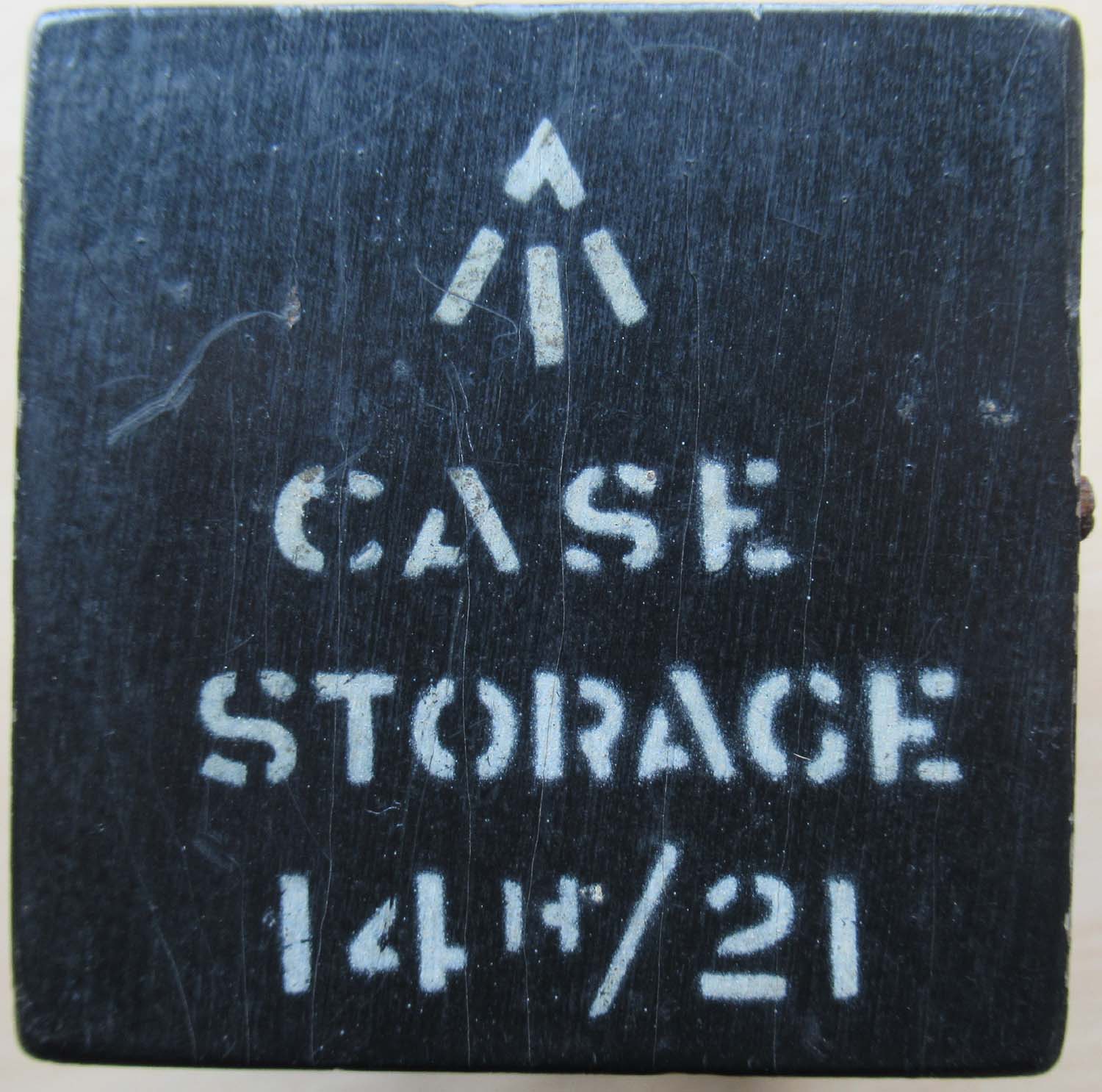
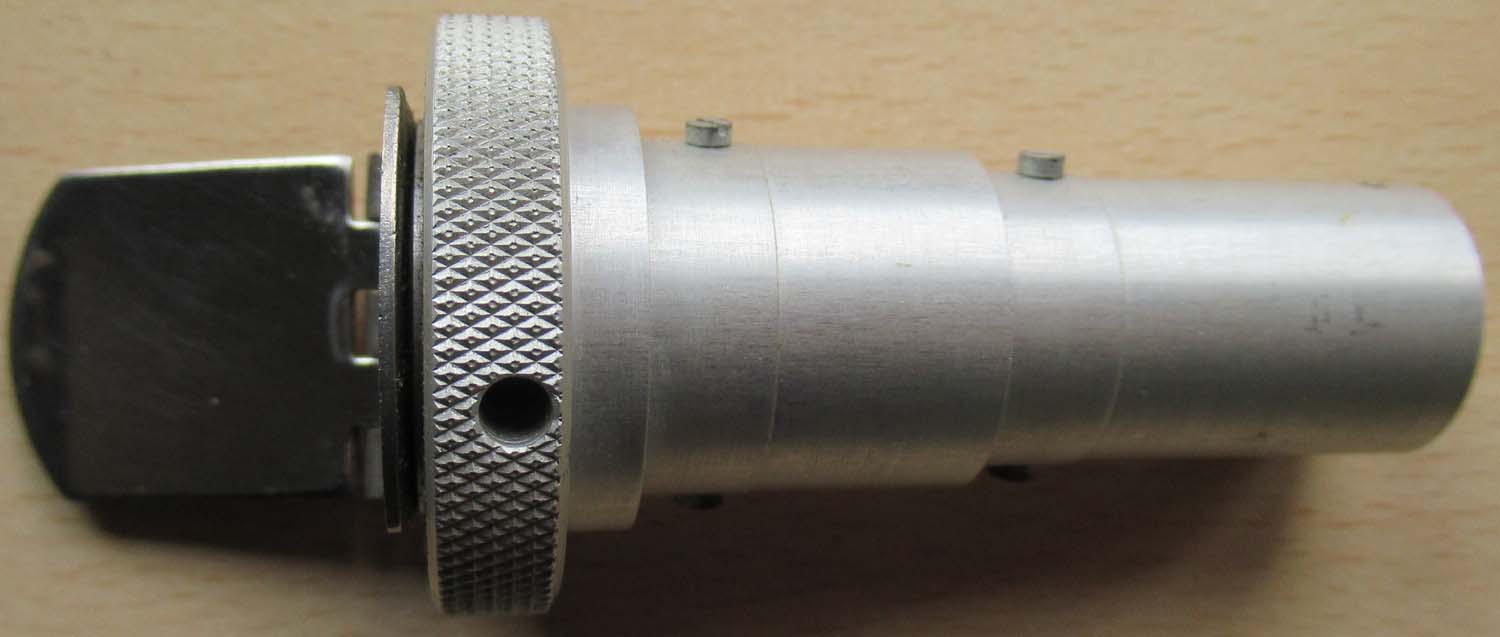
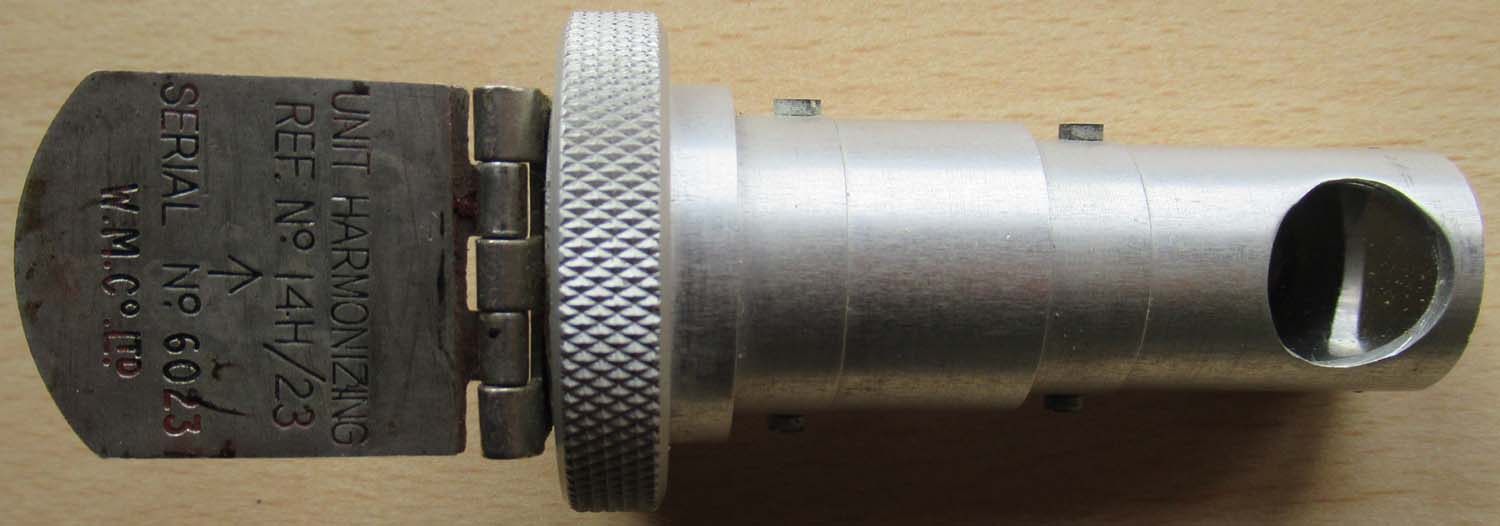
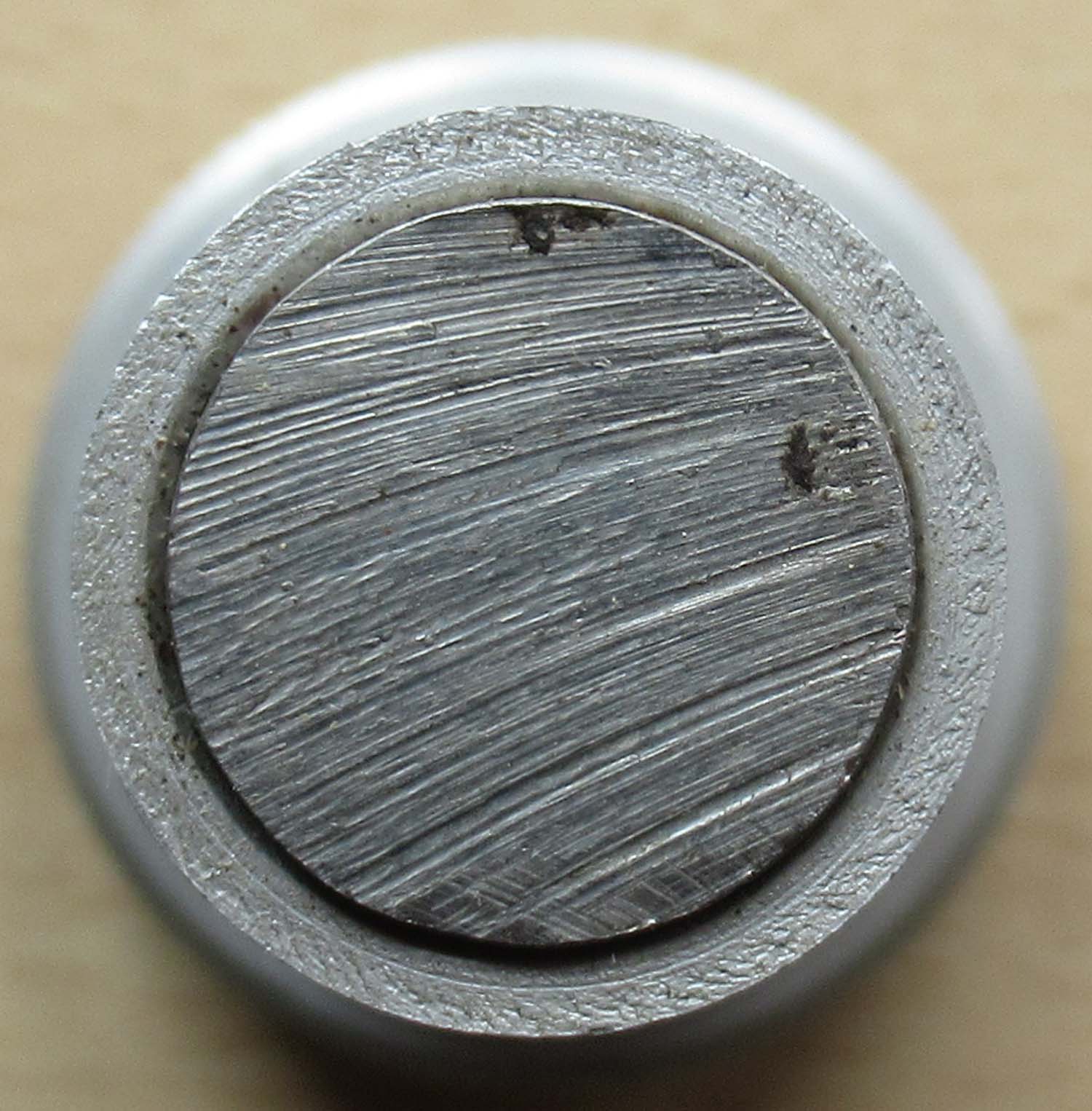
|
Camera Gun
Harmonizer (No 20 pg 1 Gun)
Good condition camera gun harmonizer
a beautiful optical Instrument in stainless steel. Used by
armourers to harmonise the guns with the gun cameras. This
was slotted into the camera through a panel on the wing.

Shown
above a Hurricane having its guns harmonized to converge on
a single point this varied from between 200 yards to 400
yards depending on the Pilots preference. Once this was
achieved the camera gun would then be adjusted to focus on
this point using this gadget.
Click on pictures to enlarge
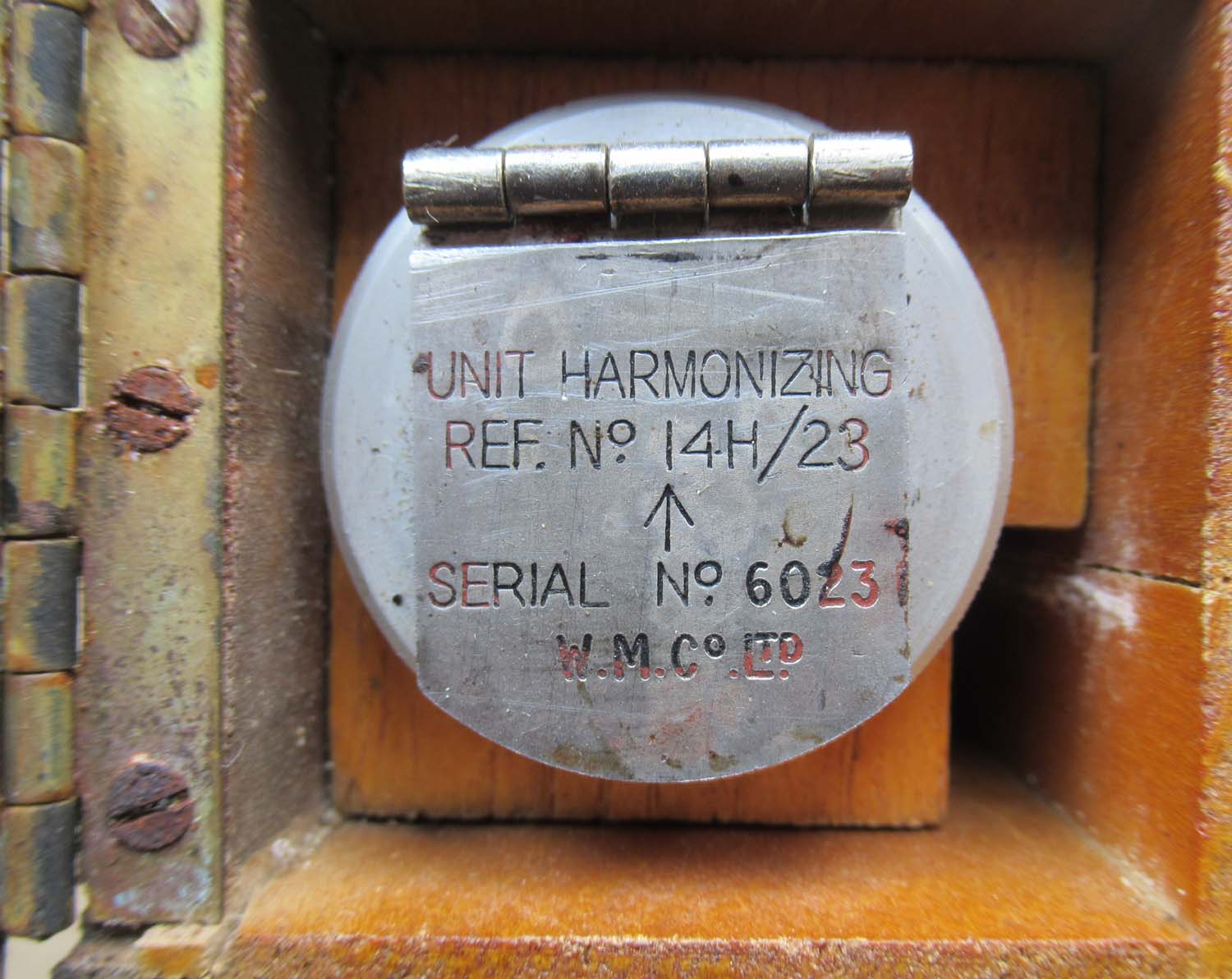
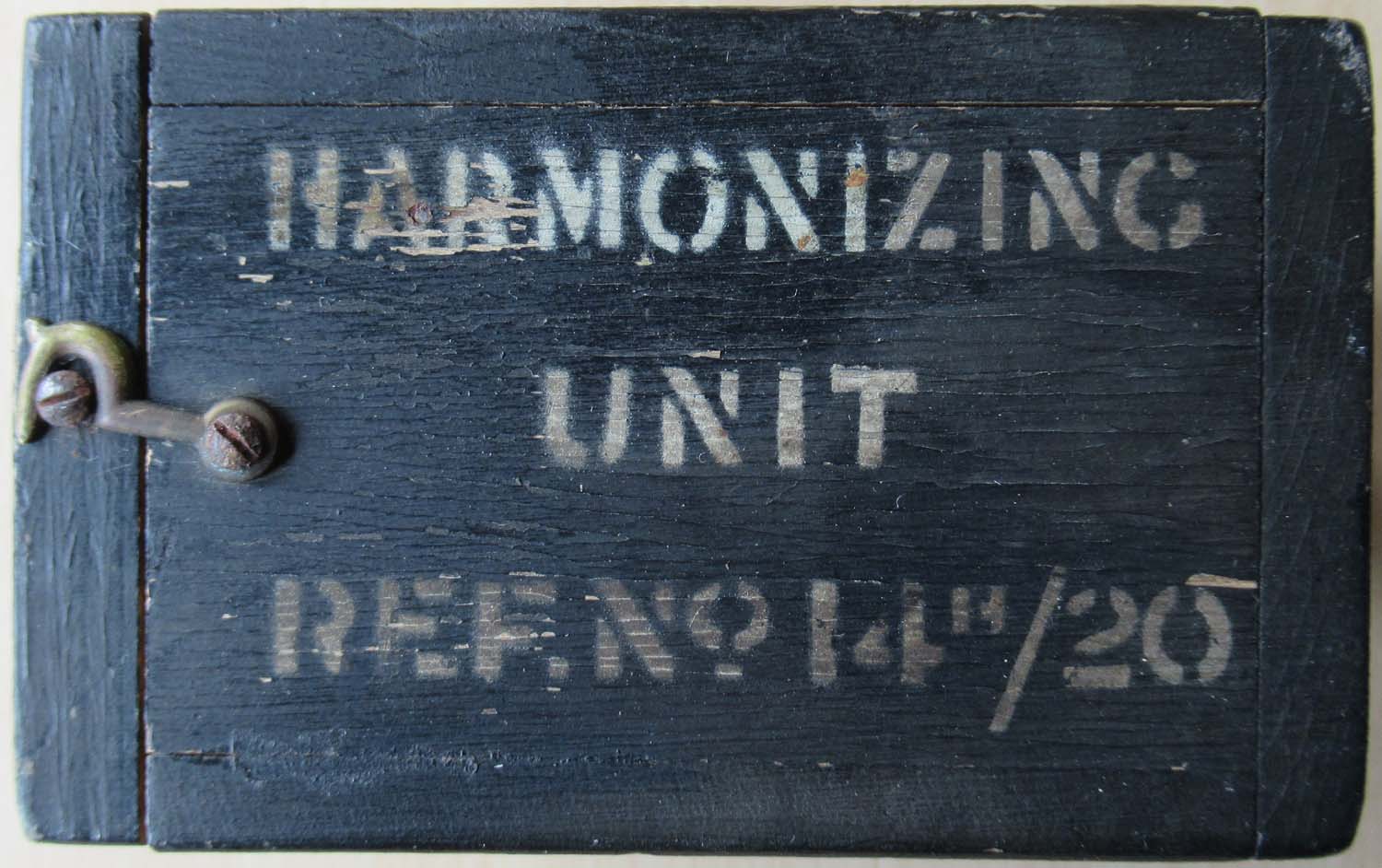
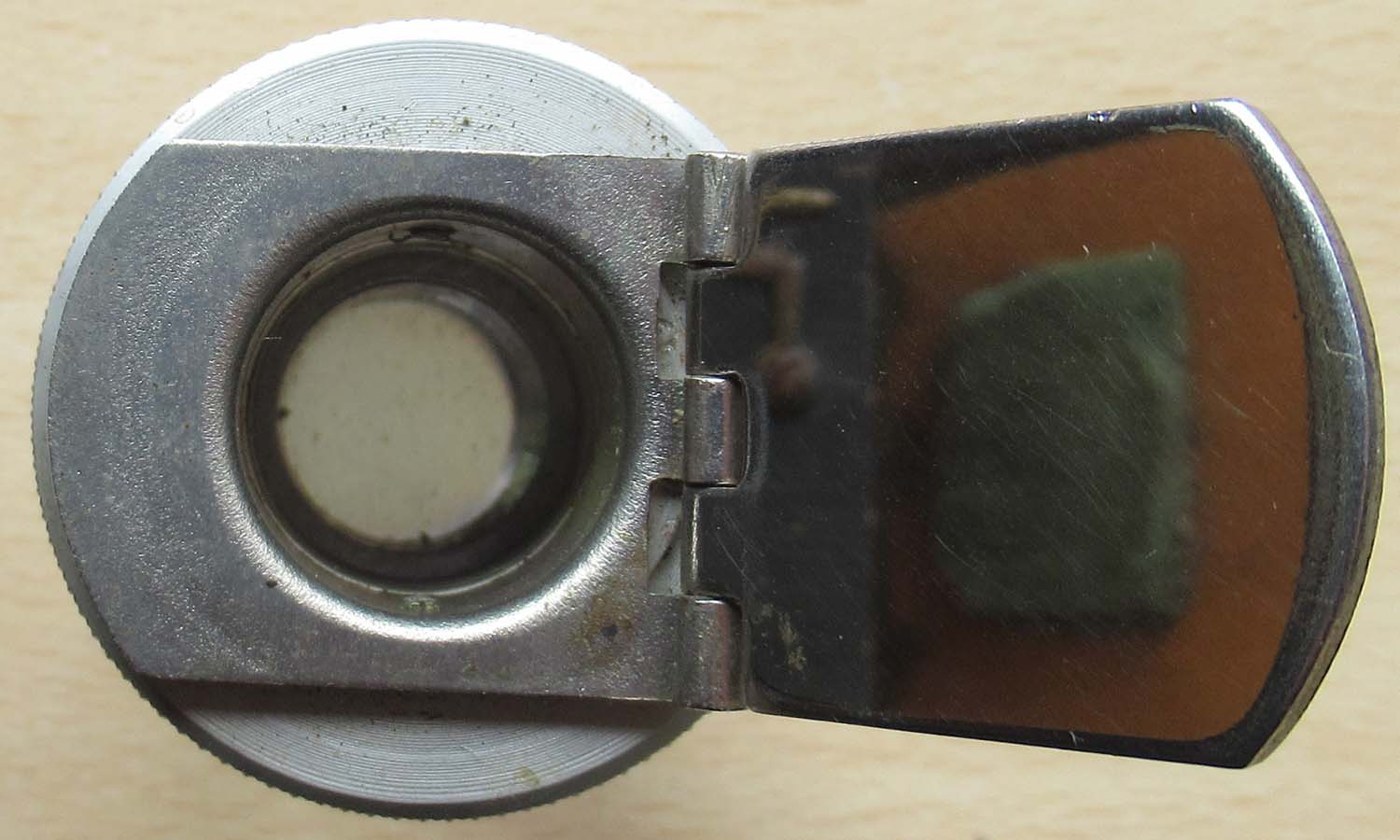
We have 2 Available
£75


|
|
Click on pictures to enlarge


  |
Gyro Gun Sight Recorder 2
(No 19 pg1 Gun)
A very rare item sits
on top of the Ace Maker Giro Gun MK II sight and records
strikes from the Guns, complete in its original box in good
condition.
14A/4008
14A/3629
Click on pictures to enlarge




£175


|
|
Click on pictures to enlarge
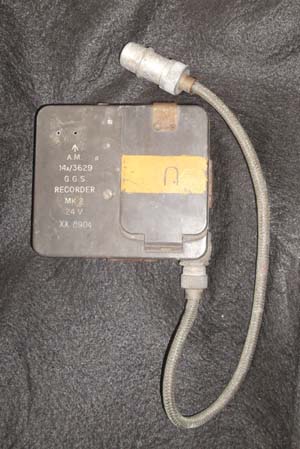 |
Ace Maker Giro Gunsight
Recorder (No 18 pg 1 Gun)
Here we
have a 24V version giro gunsight recorder MK II.
This fits to the top of
the hood on the Bomber variant of the MK II Ace Maker giro gunsight.
The film loads into this cartridge and
it records the pictures from the gun camera.
Air Ministry
marked
Ref: 14A/3629
£125


|
|
Click on pictures to enlarge
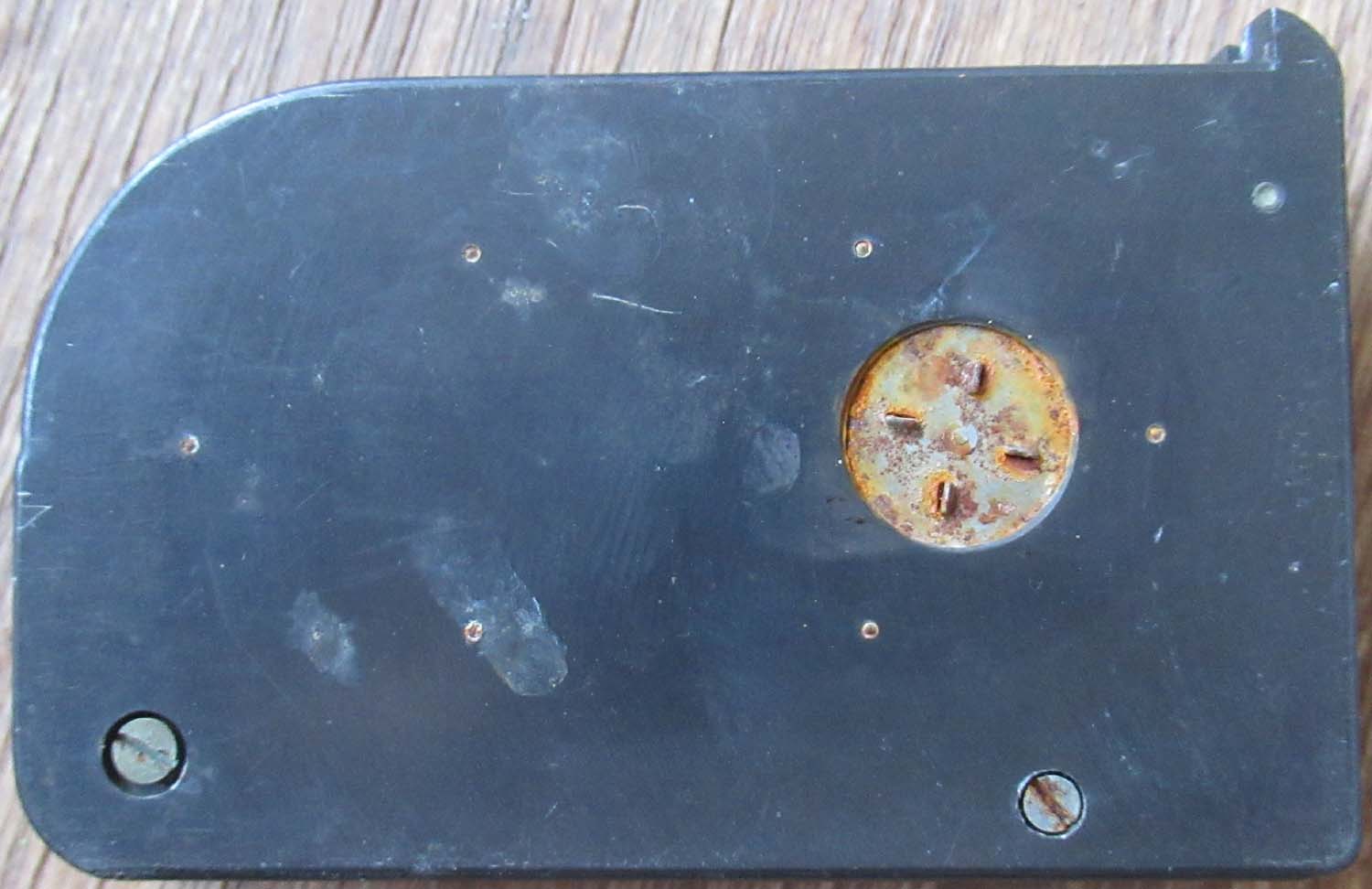


|
MK III Gyro Gunsight Recorder
Magazine Gunsight (No 17 pg 1 Gun)
A/M 14A/4197
Click on pictures to enlarge

£25


|
|
Click on pictures to enlarge
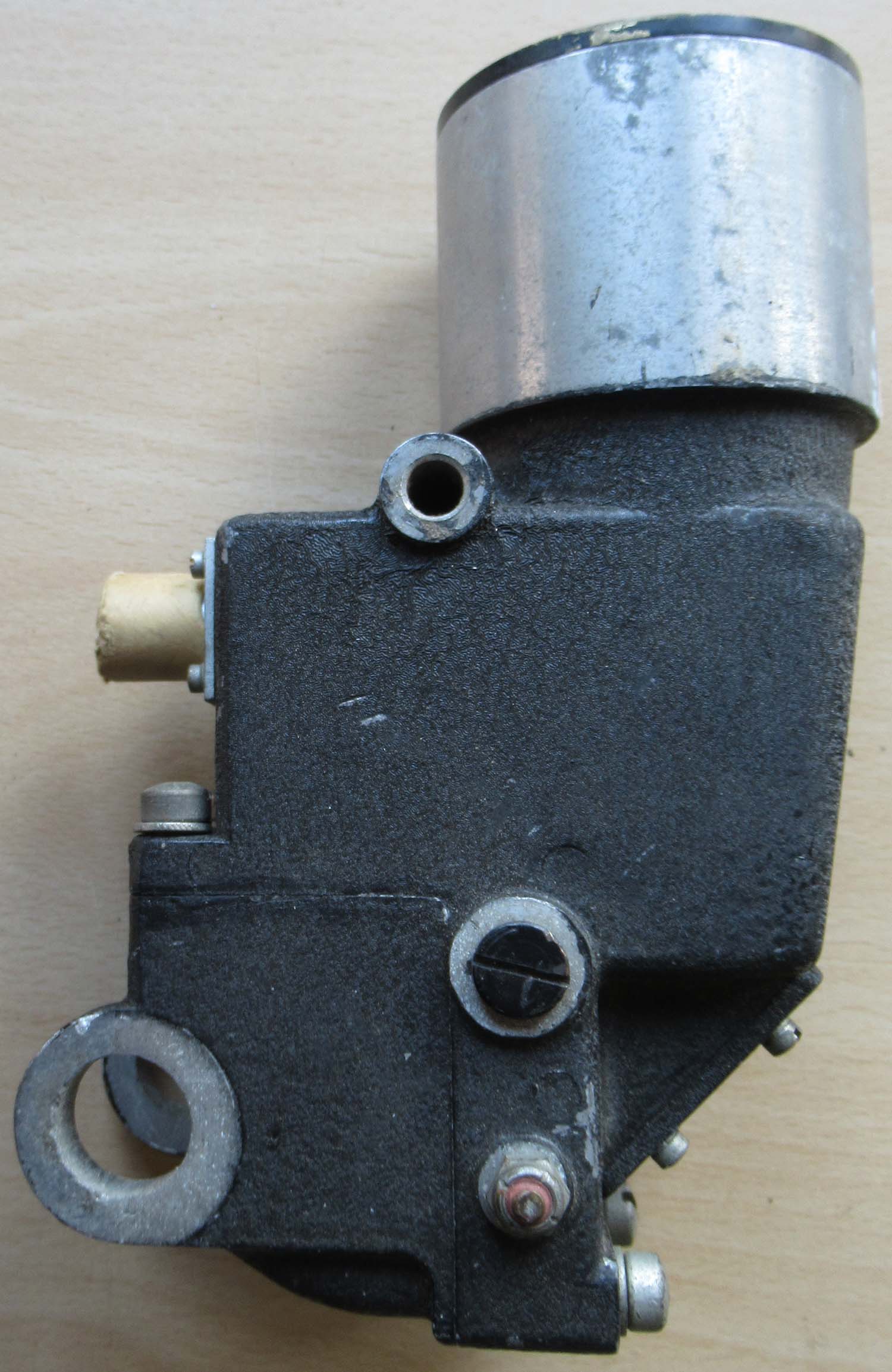
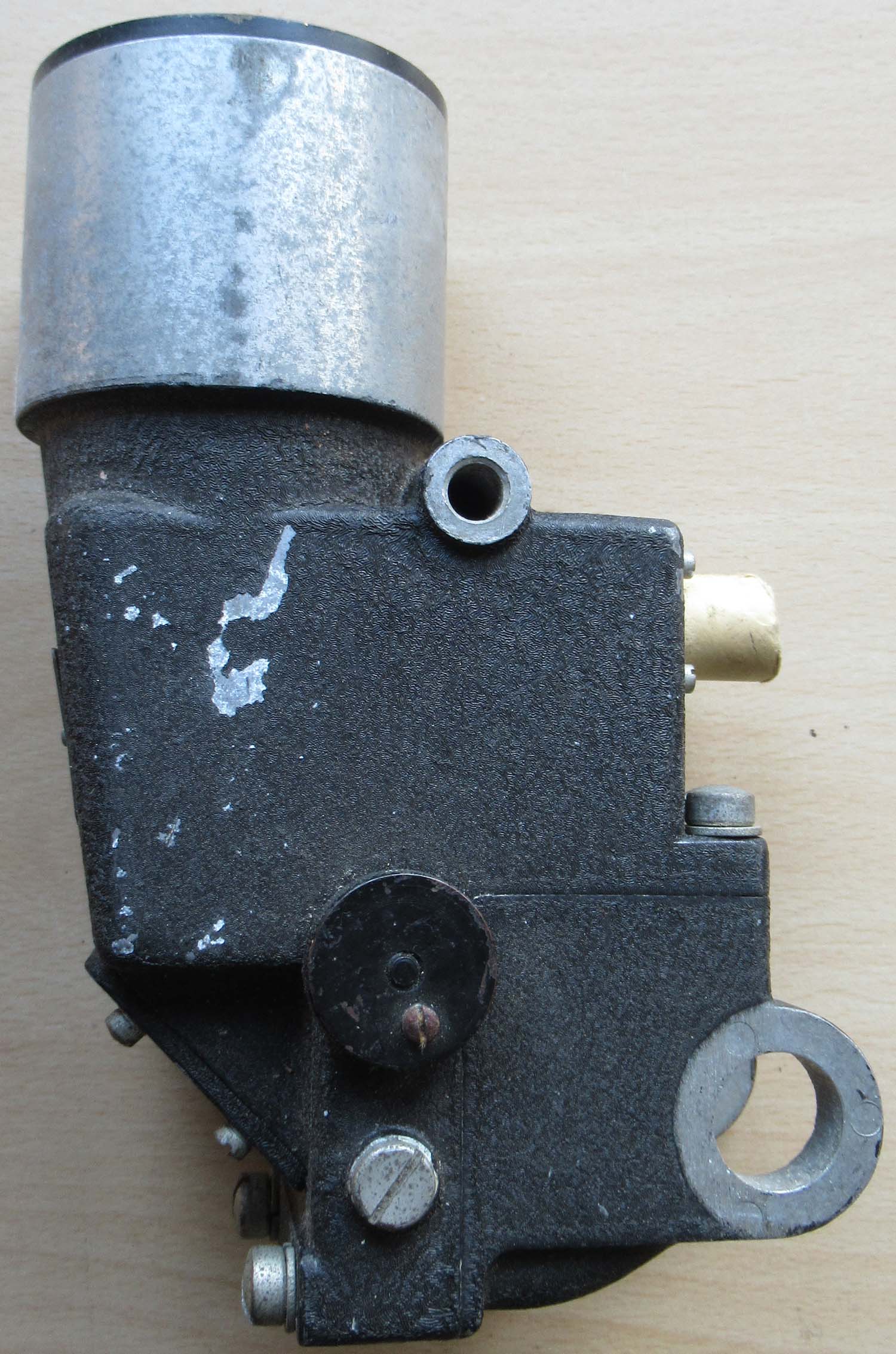
|
RAF Mustang Optical Gunsight S-8 (No 16 pg 1 Gun)
This is a gunsight as used in
the P51 Mustang it differs from the British MK II in that
the sighting image is projected onto the windscreen as
apposed to integral glass of the British gunsights. It was
manufactured by Star Machine Inc of New York City, however
the ID plate has an Air ministry Crown and therefore I
believe this was fitted to a P51 Mustang operating with the
RAF. It is a little known fact that the P51 was originally
built for the RAF and once the Alison Engine was replaced by
the Merlin it became a front line long range fighter capable
of escorting Bombers deep into Germany. This gunsight is
complete and in good original condition.
Shown Below
the Razor back P51 Mustang in RAF colours.
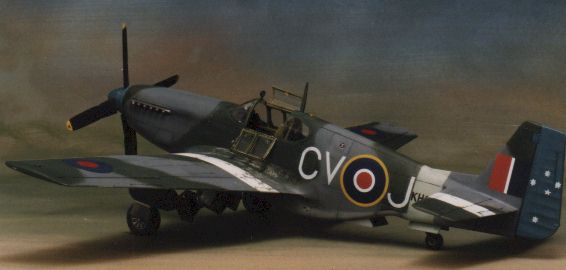
Click on pictures to enlarge
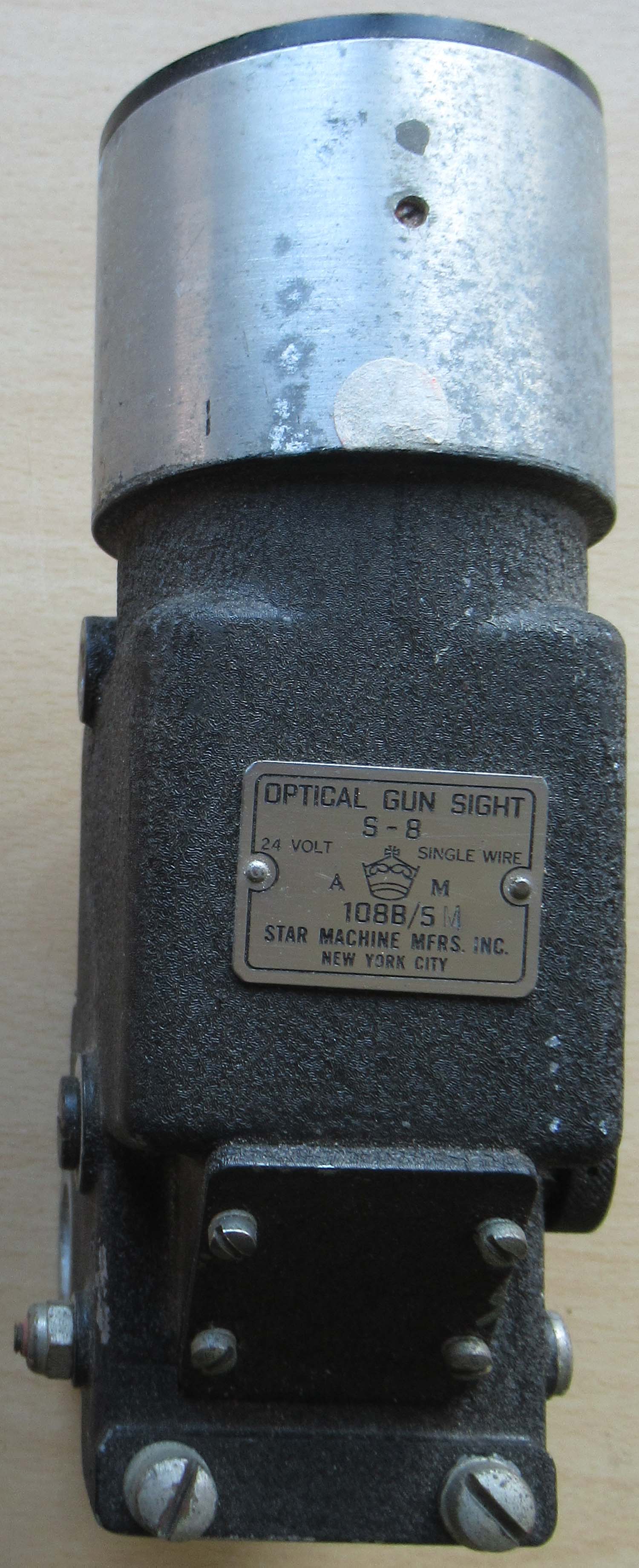 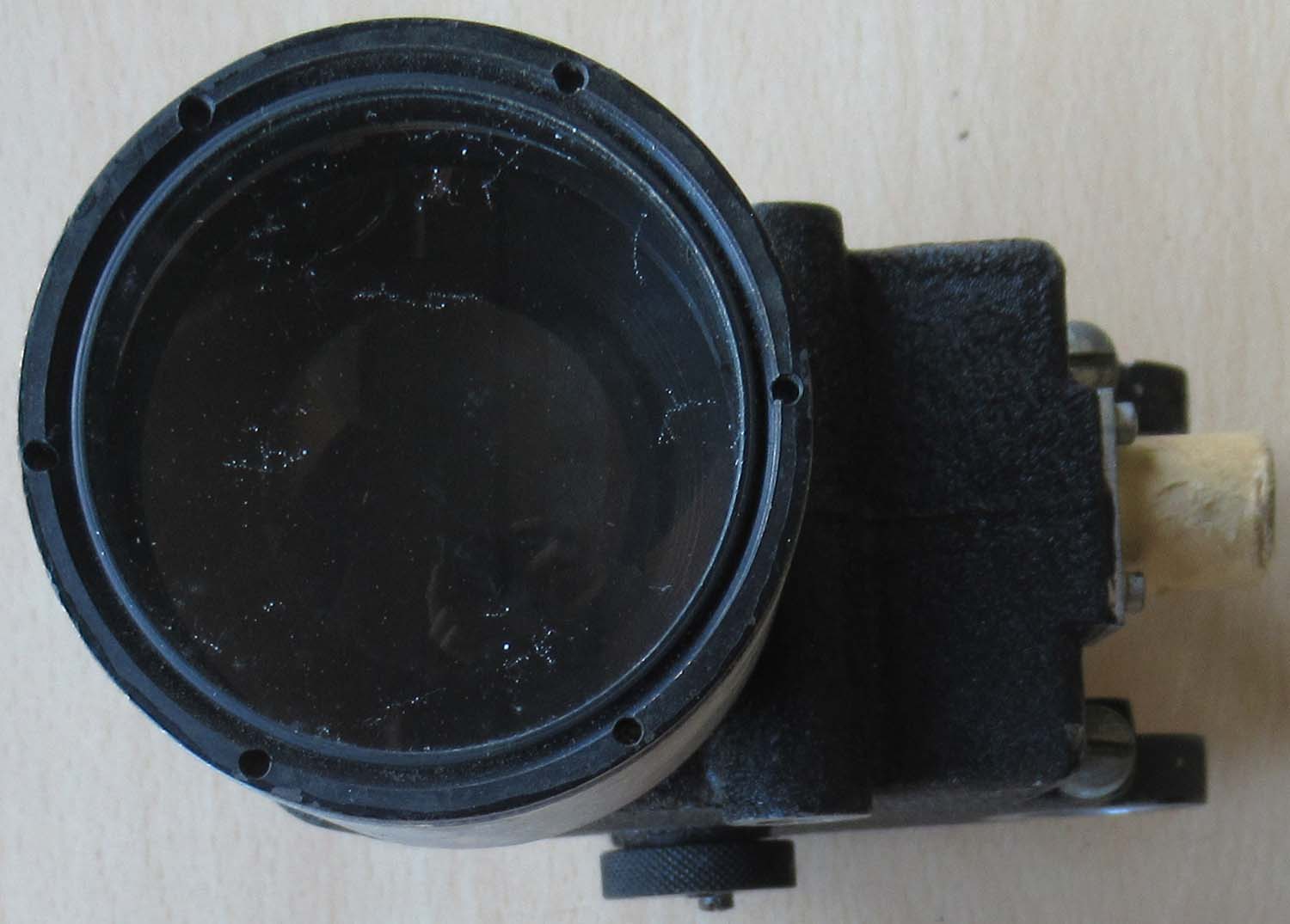 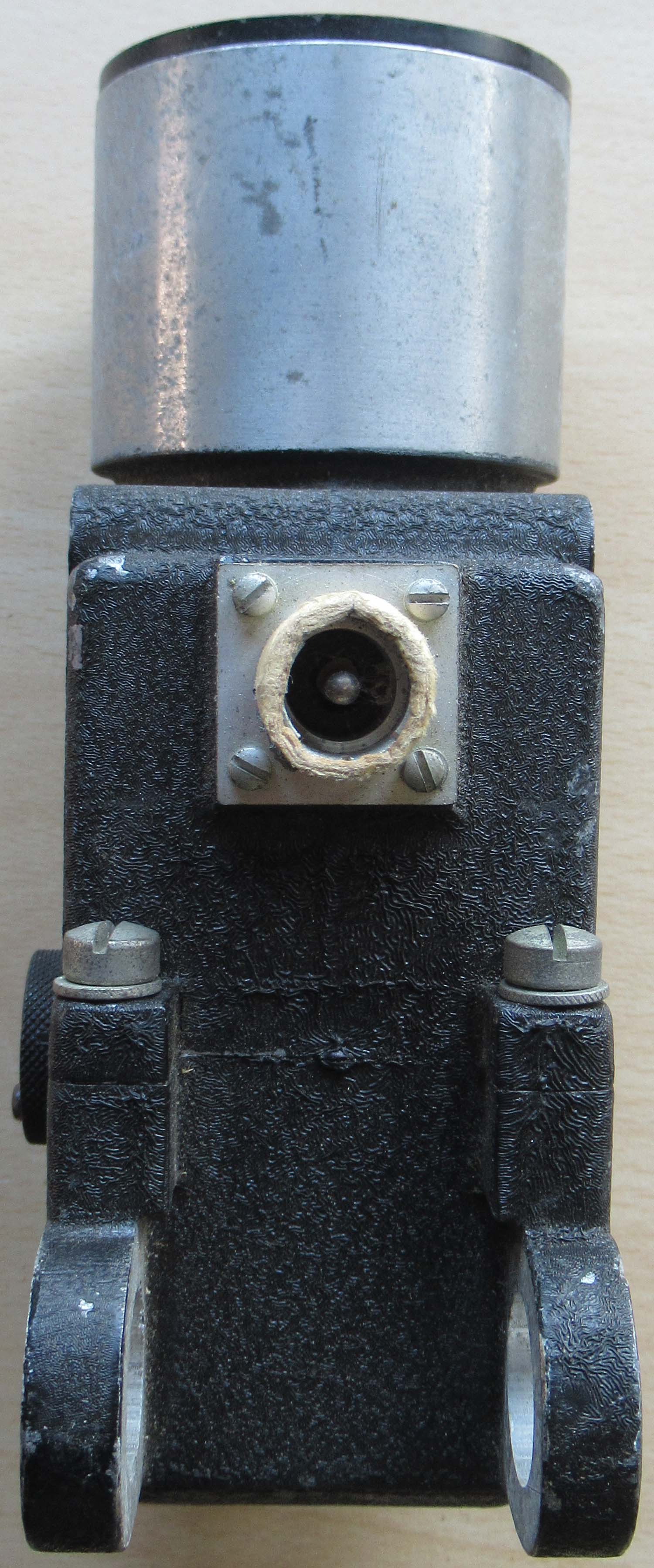 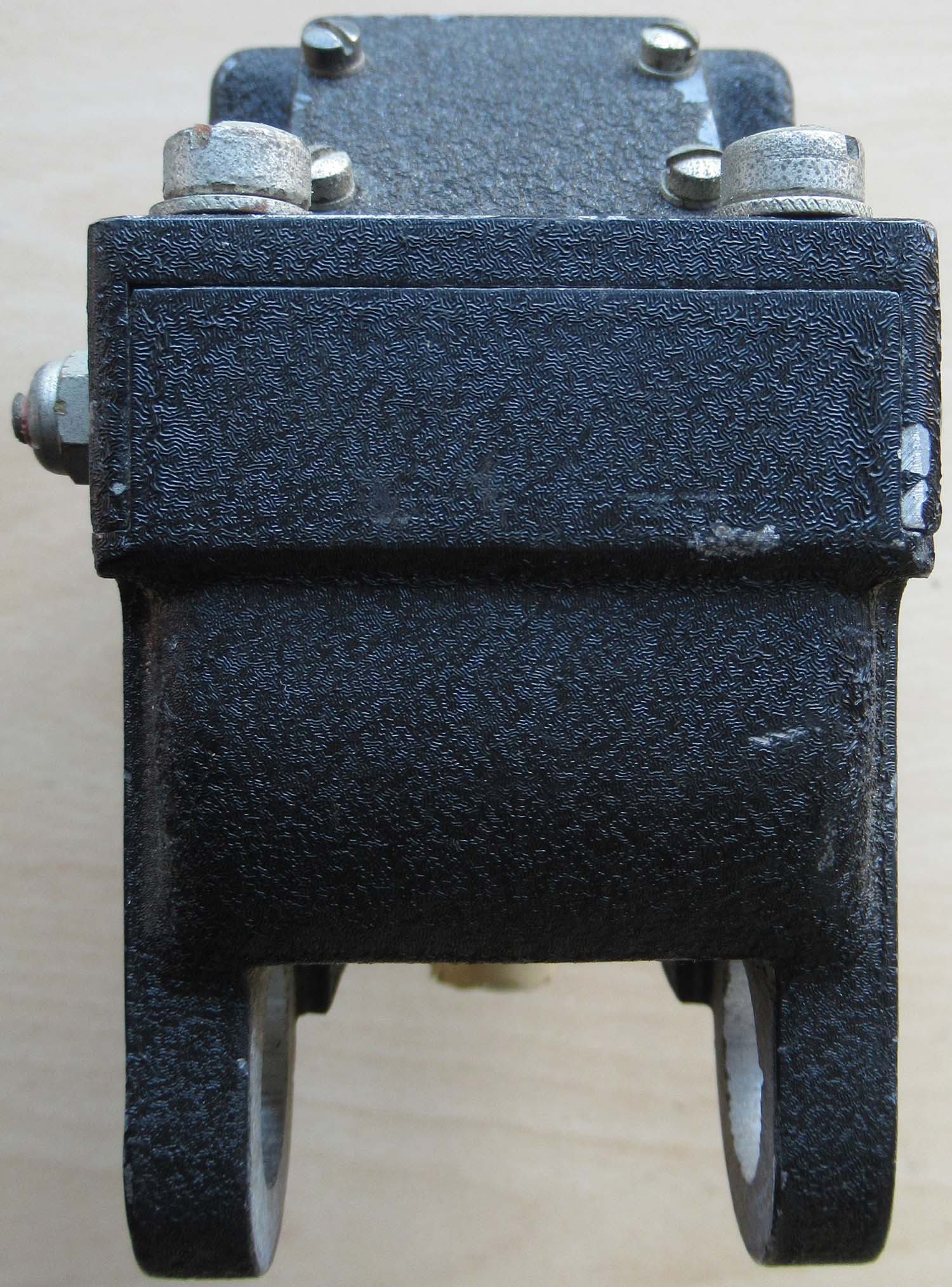
£495


|
|
Click on pictures to enlarge
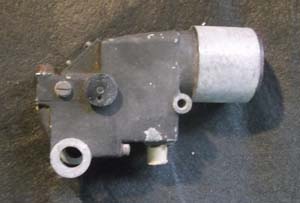
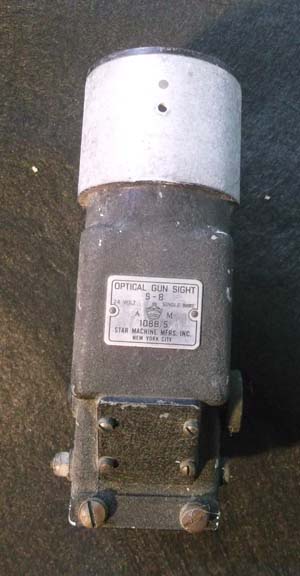
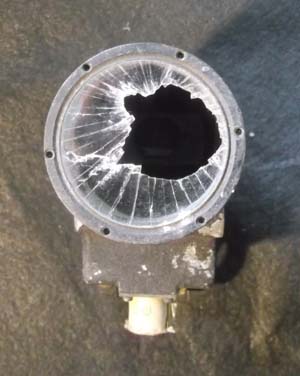 |
RAF Mustang Gun sight A
(No 15 pg 1 Gun)
This gun sight was used in the P51
Mustang. What makes this particular gun sight rare is the
fact it was produced for use in the
Mustangs supplied to the RAF. We can tell this by the
Air ministry label with the Kings
crown. Although not in A1 condition it appears
complete. A very collectable piece for the gun sight
enthusiast.
This one is in better condition
but the round glass at the top is broken. Any good local
glass supplier should be able to cut a new one for you, its
only ordinary 2mm glass
A brief history of
RAF
Mustang Operations..
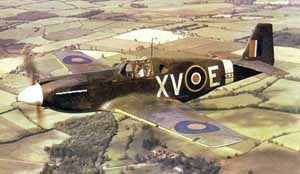
The Mustang’s achievements in WW2 with
the USAAF tend to overshadow its work with the RAF, who of
course took the aircraft in to combat before the Americans
ever did. RAF operations can be grouped in to three types:
a. Army Co-operation
including low level recce, naval strike using Allison
engined P51A’s or Mustang 1/ll’s. Some also acted as low
level interceptors against low flying German raiders.
b. Long range escort missions for coastal
strike and bomber operations using Mustang lll’s and lV’s.
c. Ground attack and general fighter
support using Mustang lll’s and lV’s.
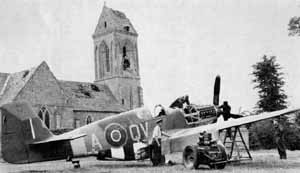
a. The RAF loved the early Mustangs
and it was very much missed when the production line closed
in favour of the Merlin engined B’s and C’s. As a low level
fighter the P51A had few equals in speed and range, even if
its agility was exceeded by the low altitude cropped wing
Spitfire Mk V’s. Mustangs saw action all over Western Europe
including Dieppe flying in ones and twos at ranges
Spitfire’s could only dream about in their armed versions.
Mustangs had the standard day scheme of green/brown uppers
and sky undersides later replaced by the green/Ocean
Grey/Medium Sea Grey scheme. Markings were a standard mix of
B roundels on the upper wings and C and C1’s on the under
sides of the wings and fuselage sides (A’s on the green/Dark
Earth versions). The RAF also had some of the 20mm cannon
armed aircraft designated 1a’s. The last Mustang 1/ll
squadron kept their aircraft until 1945. All others having
been replaced by other types or Merlin Mustang versions
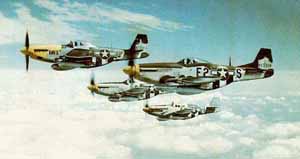
These gunsights differ from British
design in that the gunsight image was projected onto the
windscreen rather than a reflector glass.
£185


|
|
Click on the
picture's to enlarge
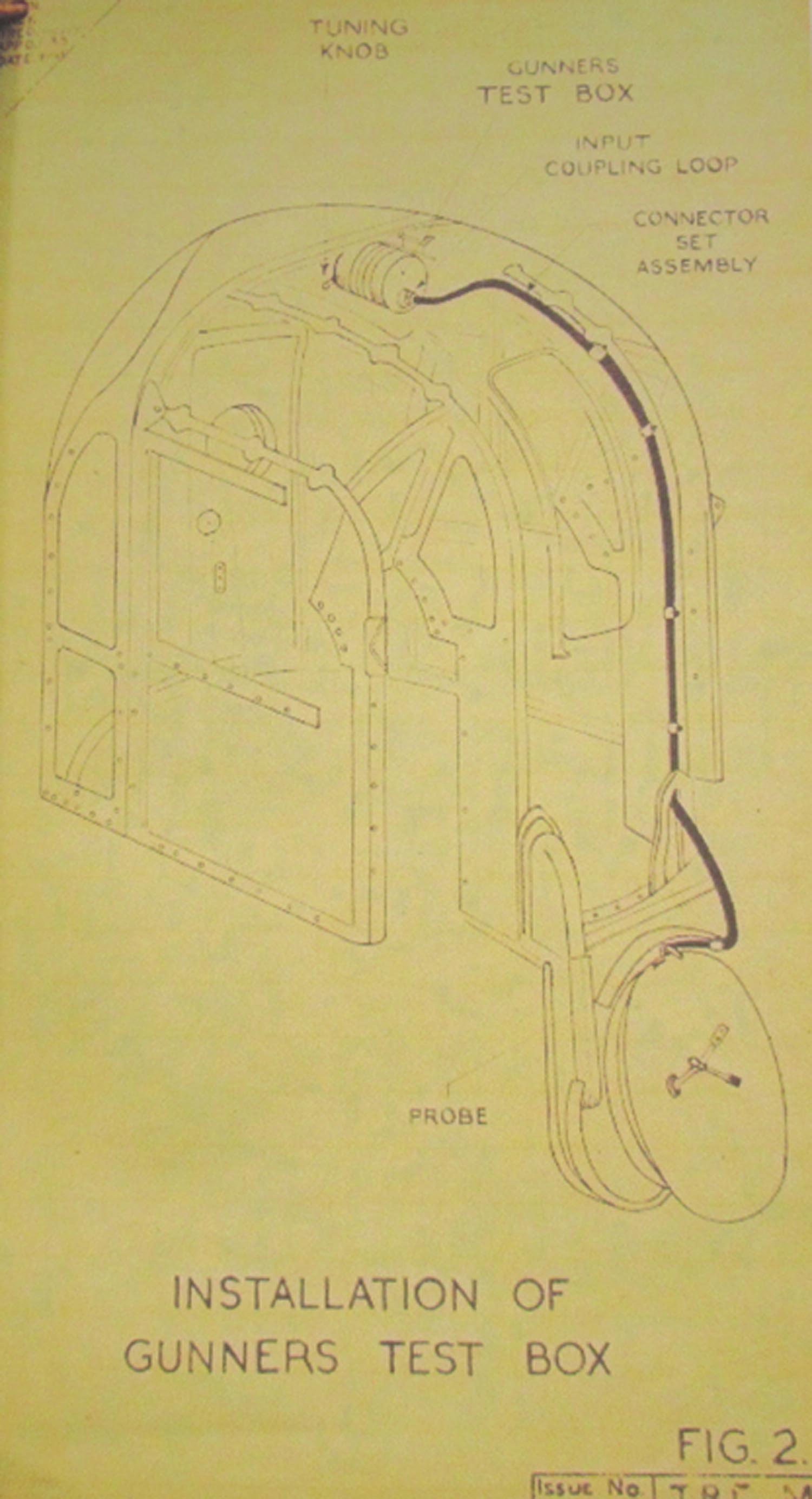
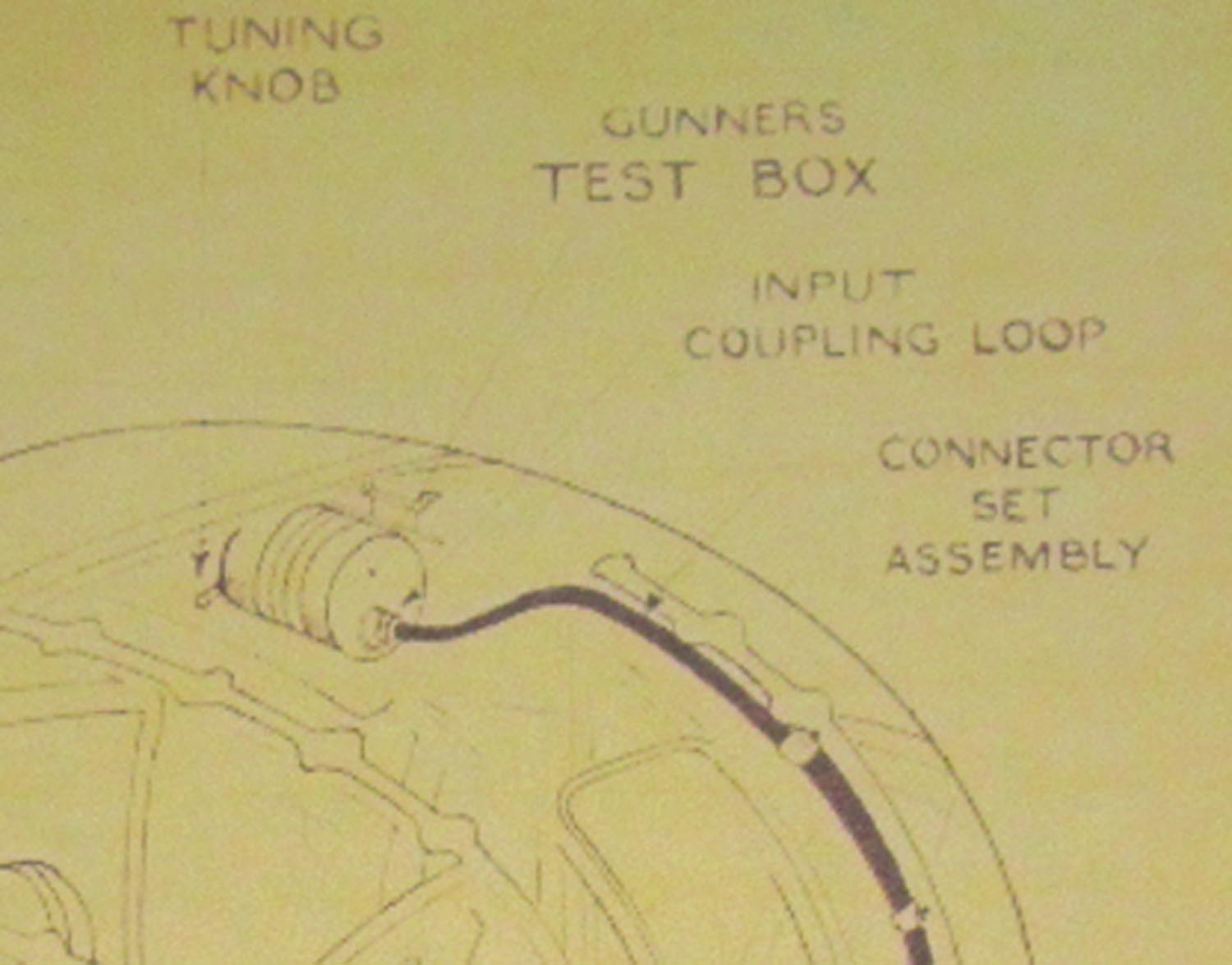
|
Village Inn Gunners Test Box AGLT
(No 14 pg 1 Gun)
This is a Gunners test box from the Village
Inn system AGLT ,a top secret highly advanced targeting
system , fighters could be detected using radar which then
superimposed the target as a dot on to the Gyro Gunsight and
shot down before they were even visible to the gunner in the
dark . It arrived very late in the war and was fitted to a
very few aircraft. AGLT= Airborne Gun laying in turrets.
Far left are drawings taken from the Village Inn manual and
the test box can be clearly seen in the roof of the turret.
Click on the
picture's to enlarge
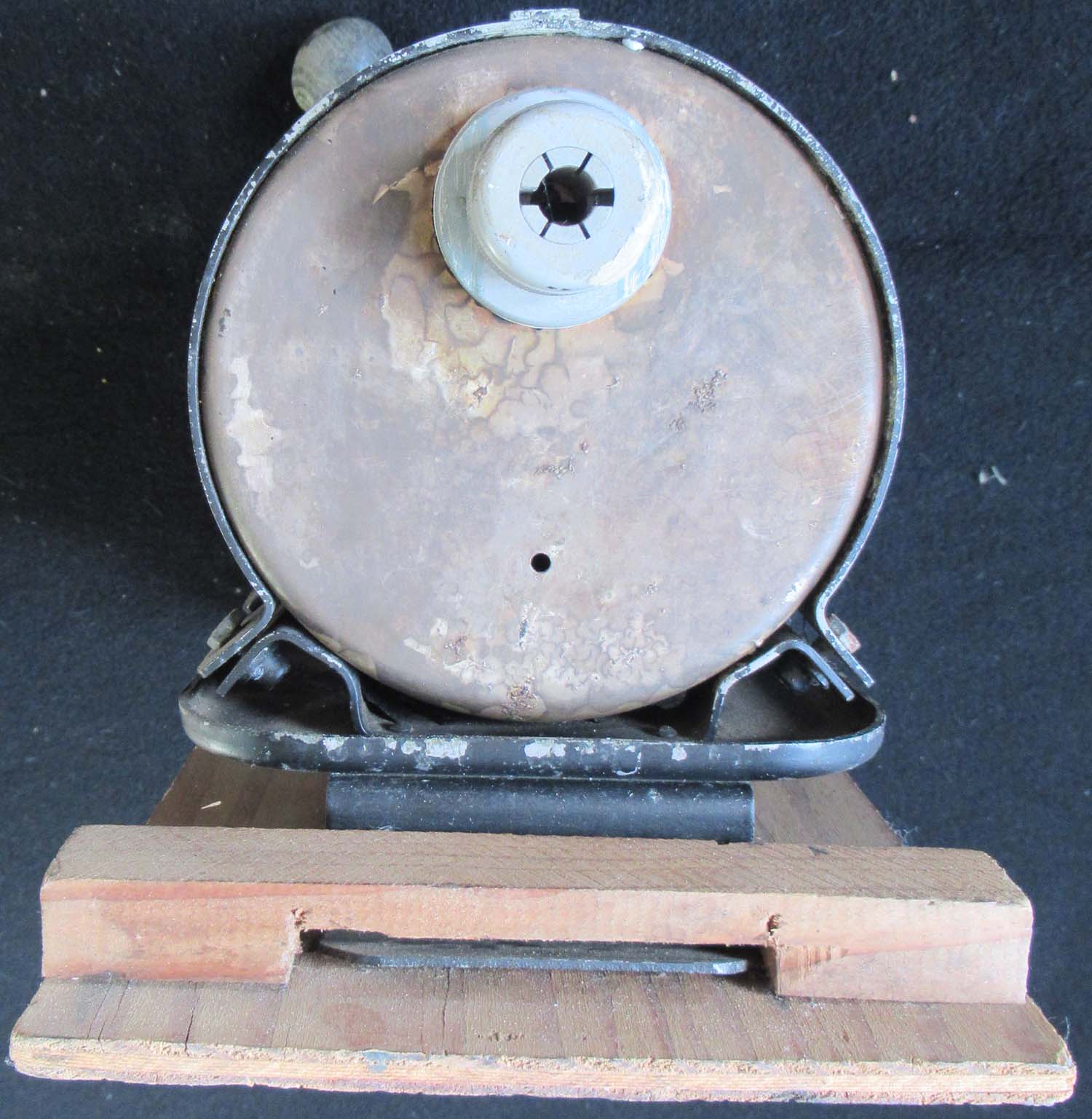 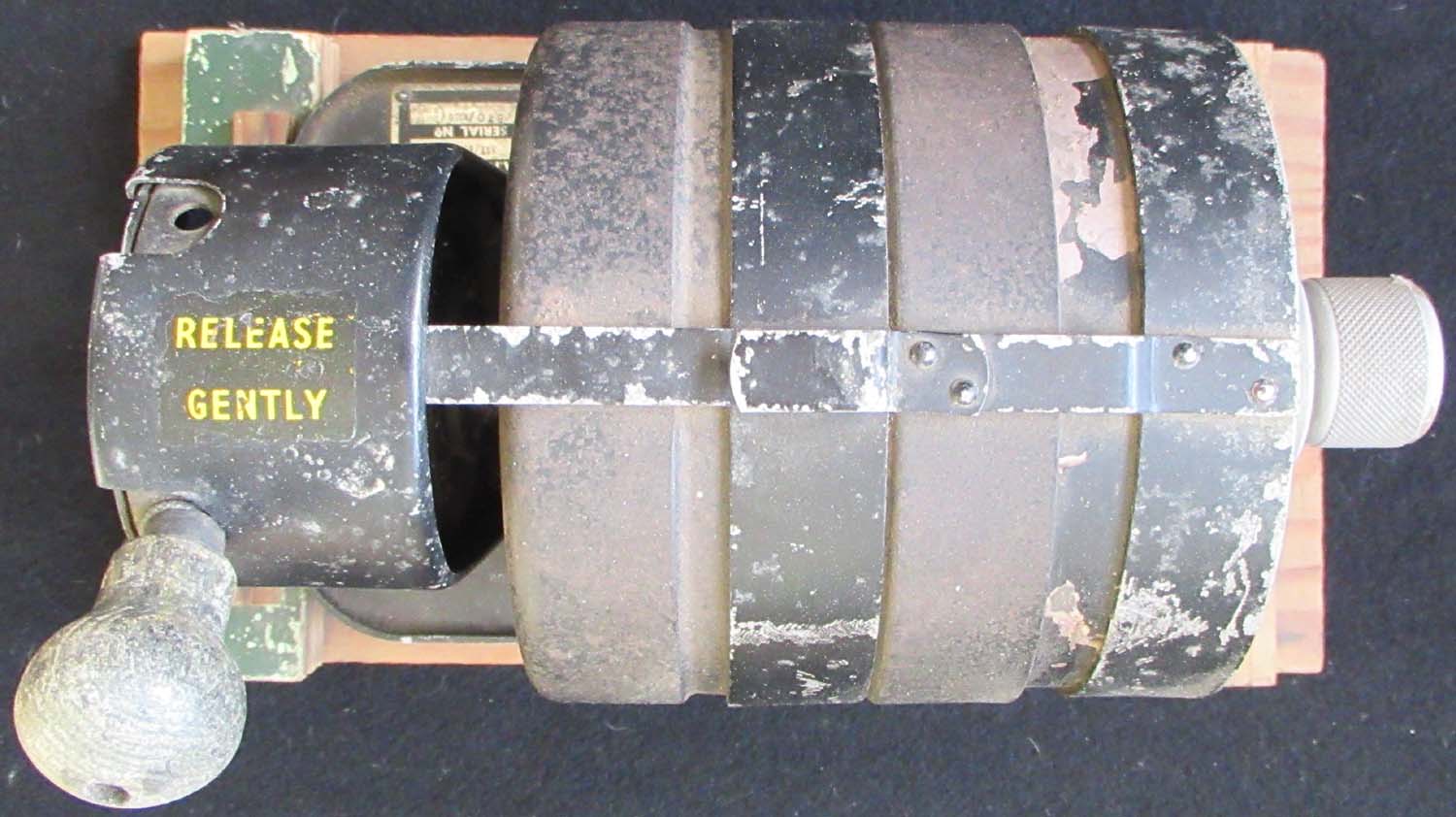 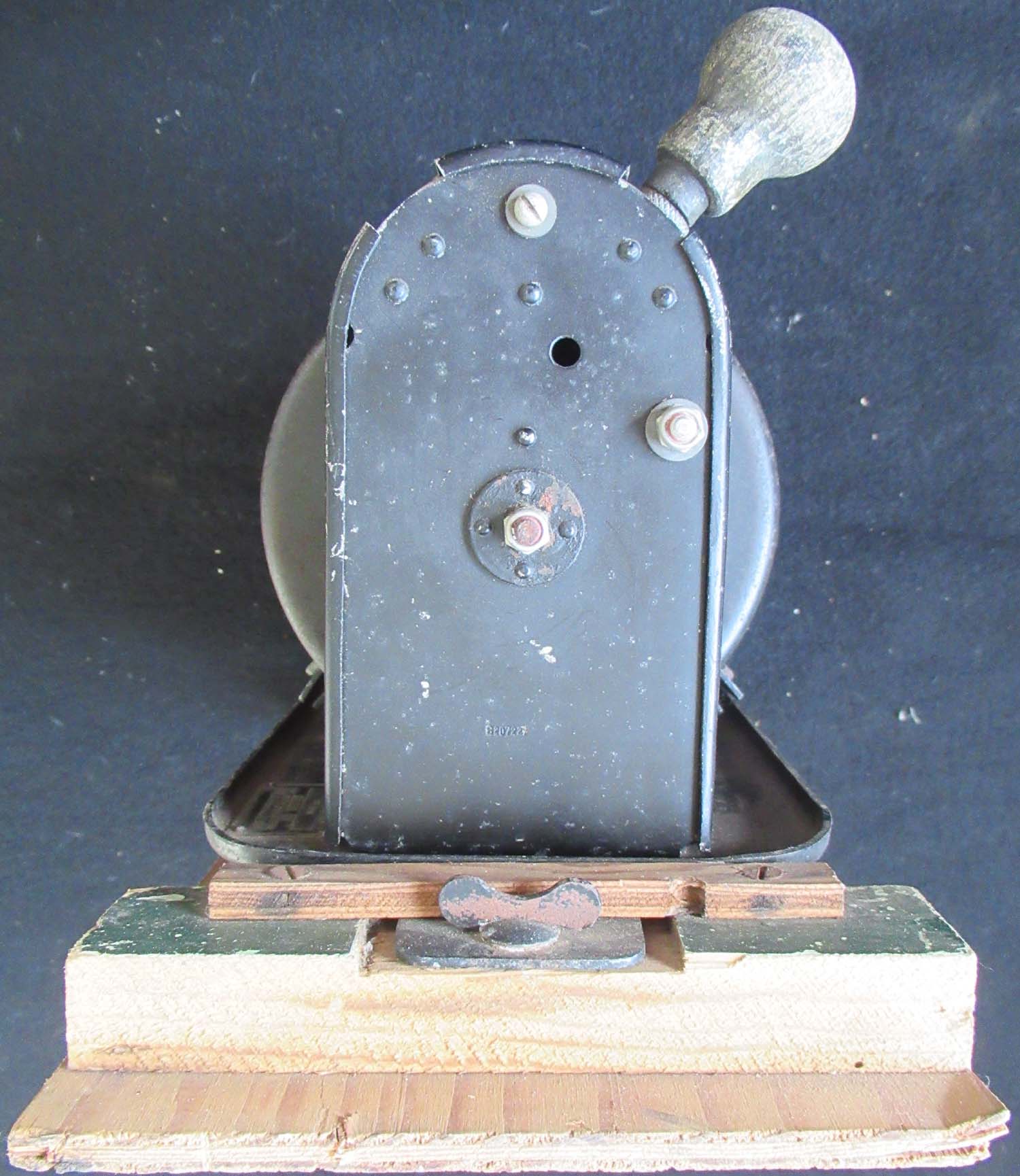
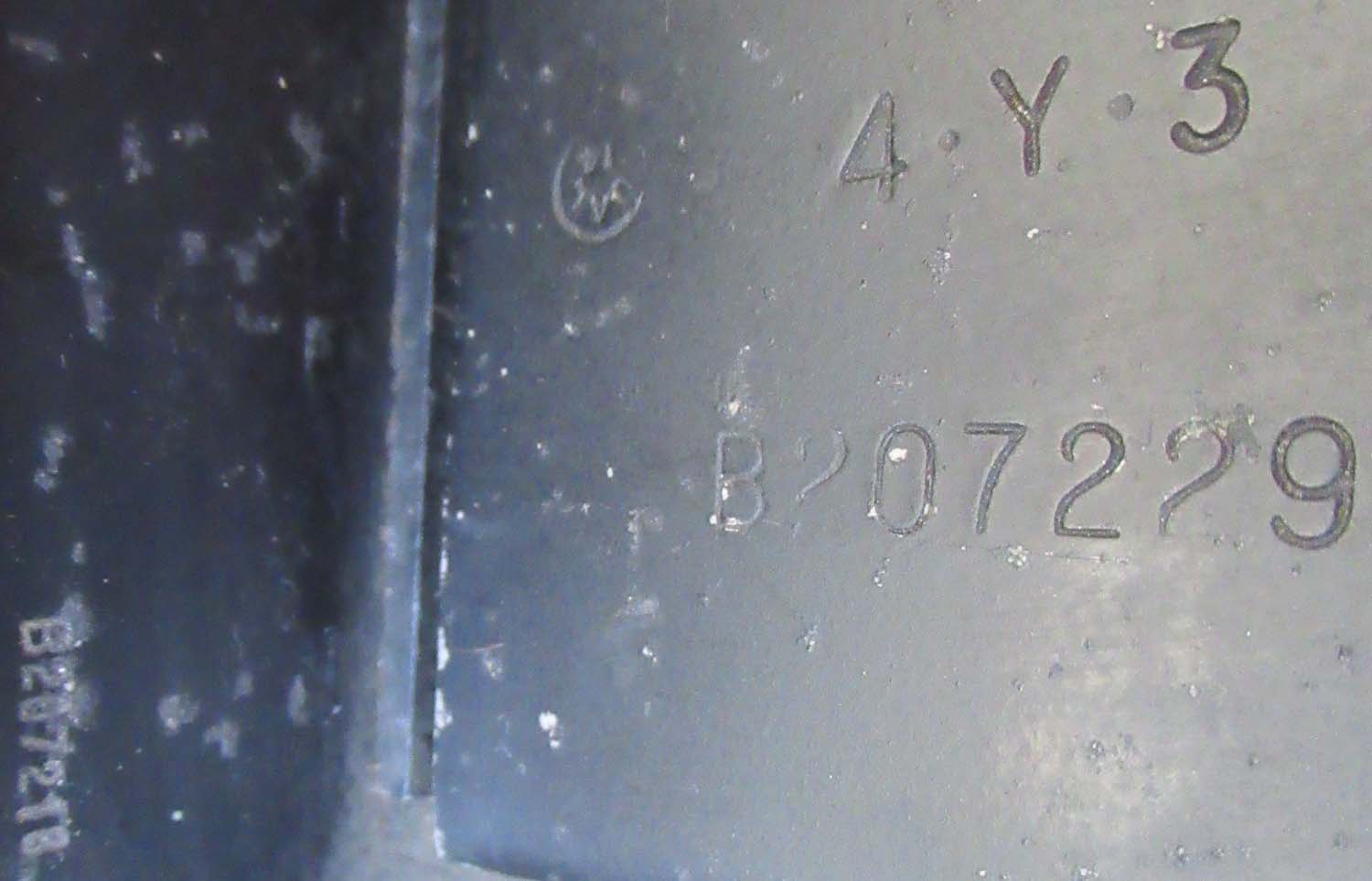
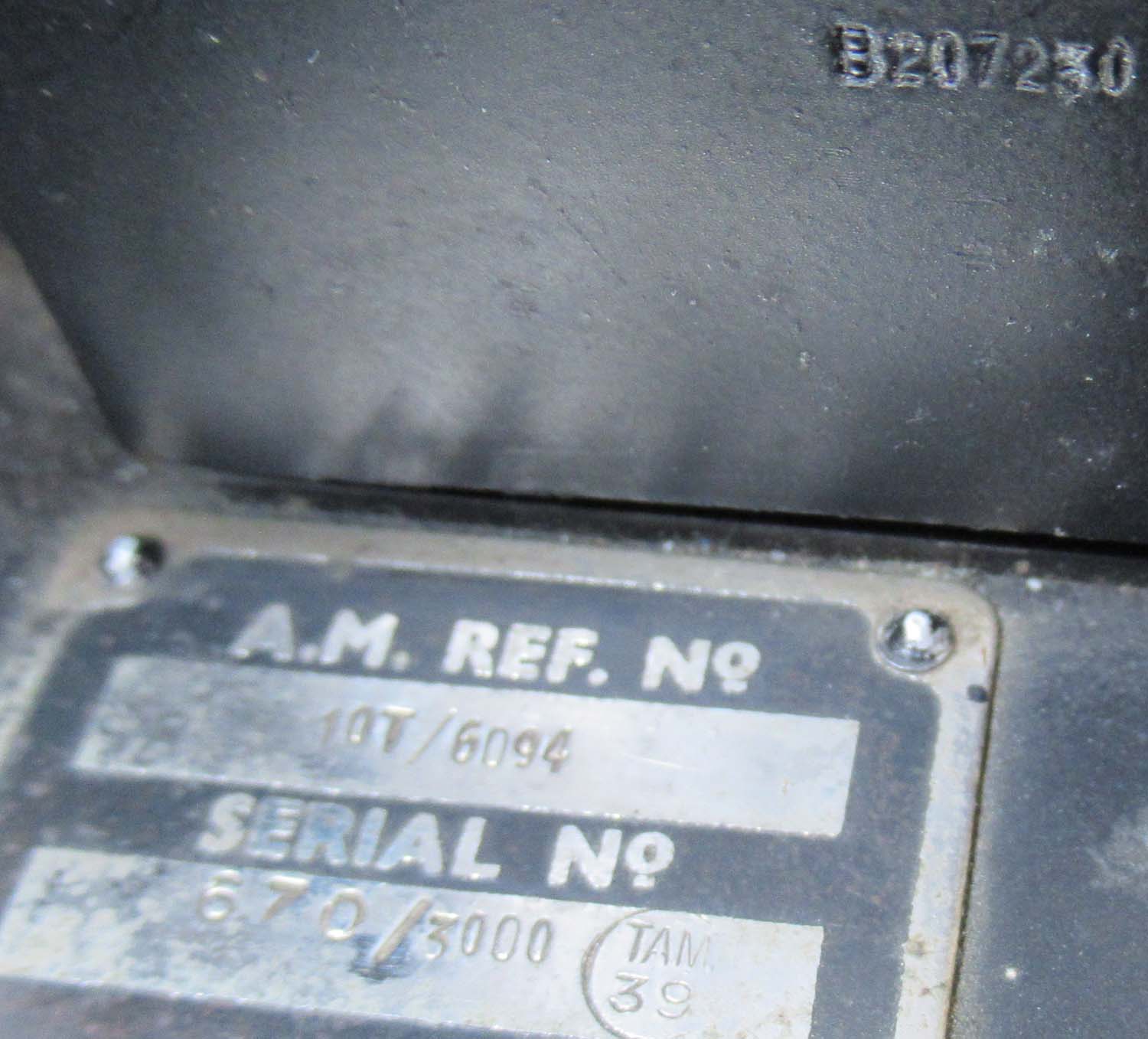
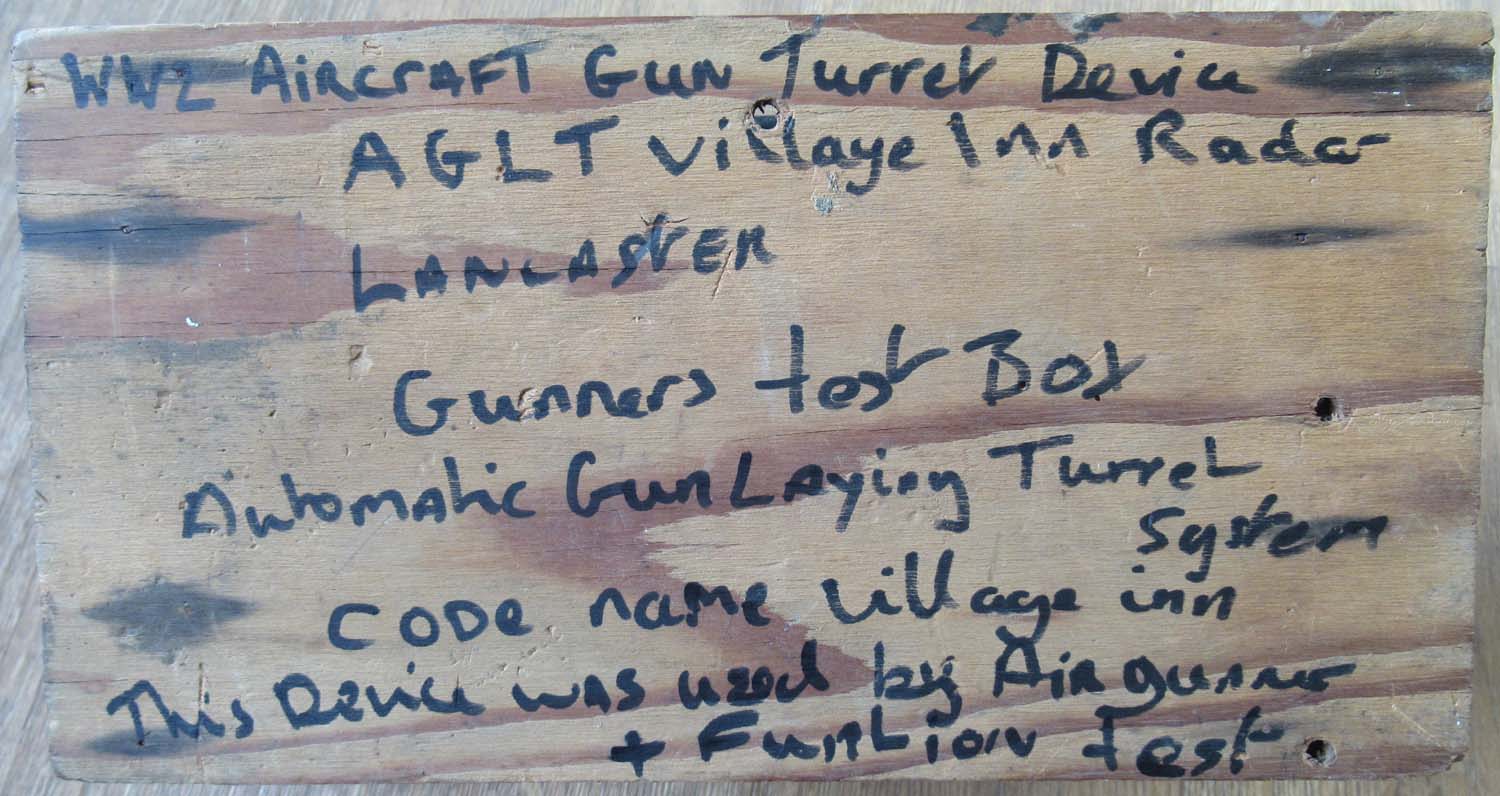
£375


|
|
Here is the Cathode Ray Tube
it Carries the Refrence Number 8B/2507
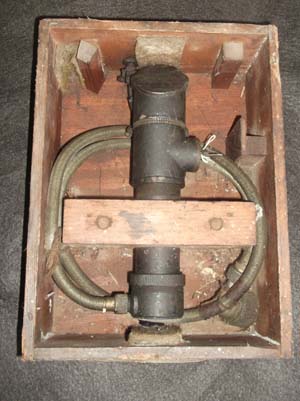
Click on pictures to enlarge
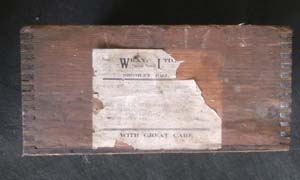
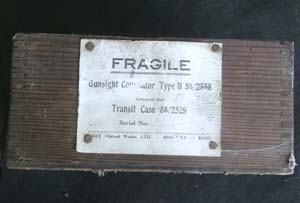
Village Inn.
Mk11 Giro Gunsight with Cathode Ray tube Attached mounted in
a Lancaster Rear Turret
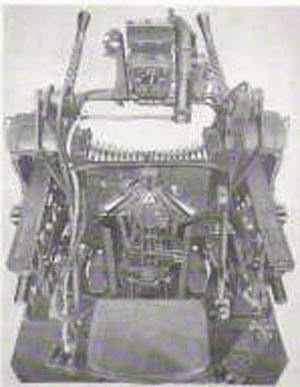
Also included in the sale is this mint condition
AGLT control box, this is
unused and comes in its original packaging. It Carries the
Refrence Number 10LB/6163
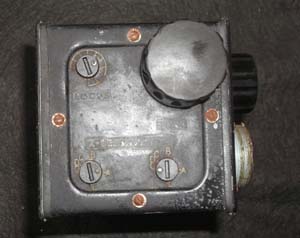
Click on pictures to enlarge
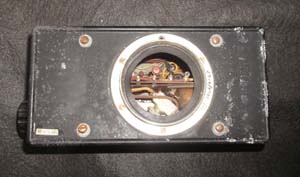
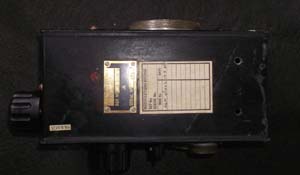
This is the starter switch gear for
the ARI 5559 and the ARI 5560 which is part of the AGLT Mark I system
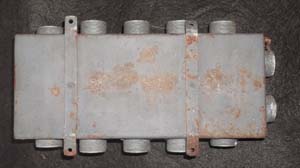
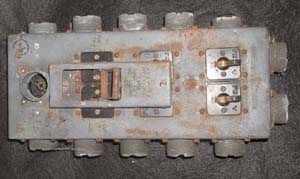
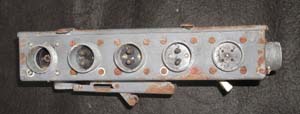
This is the Village Inn Control and is Marked with the
Air Ministry Reference 10T/6094
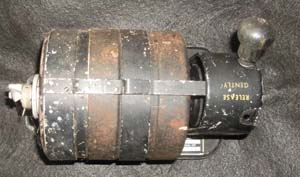
This is the gunners test Box
for the Village Inn. Nicely marked with the air ministry
crown. Reference 5B/3331
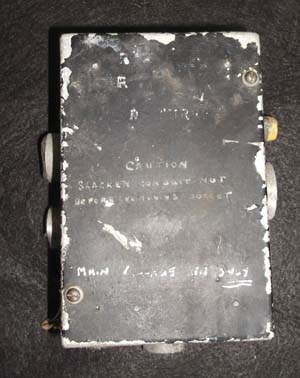
Click on
the picture's to enlarge them
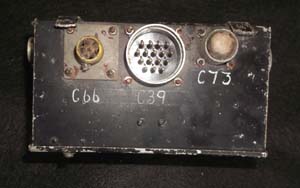
Its the radar connector which
plugged into the radar dish at the rear of the turret.
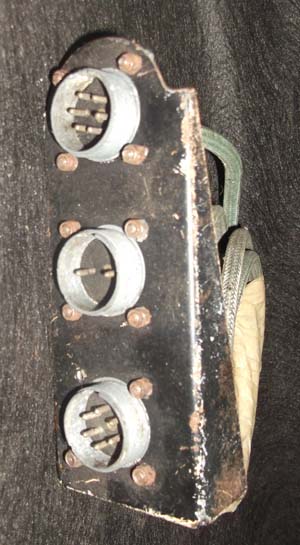
Throughout
Bomber Command, all aircraft had been fitted with "Z"
equipment which would transmit the infra-red 'friendly'
signal to any 'Village Inn' Lancasters they might come
across.
Listed under is Z equipment designed to prevent friendly
fire from Village Inn.
|
Village Inn AGLT
Components
(No 13 pg 1 Gun)
We believe this to be the
only and most comprehensive collection of the Village Inn
AGLT system surviving world wide. None of
the major museums throughout the world including Duxford IWM
have these parts in their collections.
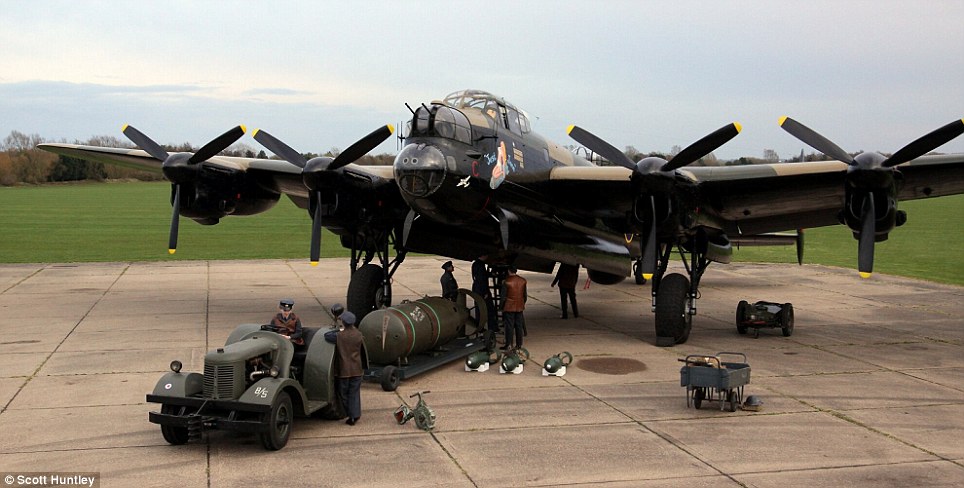
An
extremely rare Village Inn collection including a rare cathode ray tube ,control unit, starter
switch and other parts shown/ Mounted in the rear turret
next to the Mk 11 Giro Gunsight see under. Only a very
limited number
(less than 100)
were ever fitted.
AGLT
stands for
Airborne Gun laying in turrets
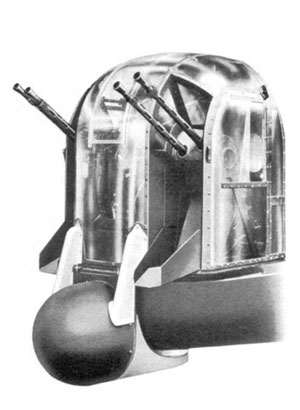
Village Inn
was the codename for the British Airborne Gun in Turrets
(AGLT) radar-aimed gun turret fitted to some Lancaster
bombers in 1944
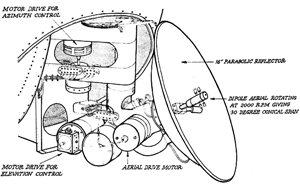
The AGLT system was devised to
allow a target to be tracked and
fired-on in total darkness, the target's range being
accurately computed as well as allowing for lead and bullet
drop.
The system was devised by a team led
by Dr P.I. Dee and designed under the aegis of Chief
Designer Dr Alan Hodgkin, after receiving a request from the
Air Ministry for such a system in early 1943. It worked on a
wavelength of 9.1 cm with a pulse frequency of 660 per
second.
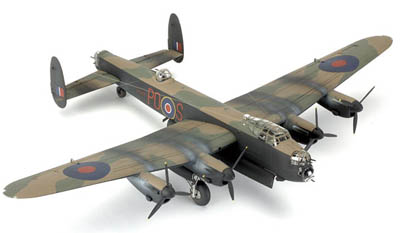
The system consisted of a
transmitter/receiver unit mounted in the navigator's
compartment and included an automatic ranging facility which
relayed range information into the
Computer section of a Mark II C gyro gunsight.
The turret featured a small scanning aerial that followed
the movement of the guns, and a
Cathode ray tube (CRT) display screen positioned adjacent to
the gun sight, the image of which was projected on to
the gun sight reflector screen via a semi-transparent
mirror.
To use, the gunner manoeuvred his
turret until the target blip projected onto the sight
reflector screen coincided with the normal gyro sight aiming
reticule, at which the point the guns would be correctly
aimed, the inbuilt characteristics of the gyro sight
almost guaranteeing a hit
should the gunner subsequently open fire.
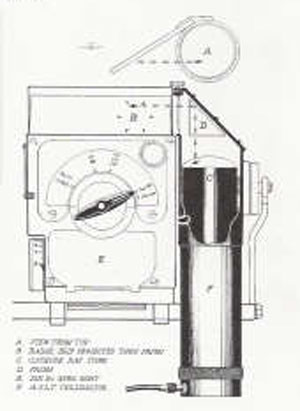
Initially, ranging information was
provided only at the transmitter situated in the navigator's
compartment and was read-off to the gunner over the intercom
the gunner using foot pedals to set the target range on the
sight, however, in production equipment the process was made
automatic, the range information being fed electronically
directly into the sight, with the navigator's "running
commentary" only being retained for the benefit of the rest
of the crew.
Village Inn was evaluated and tested
by the Telecommunications research establishment at RAF
Defford using the Lancaster Mark I ND712 and the
Lancaster Mark IIIs JB705 and LL737 and
subsequently put into production.
AGLT control box
Click on
the picture's to enlarge them.
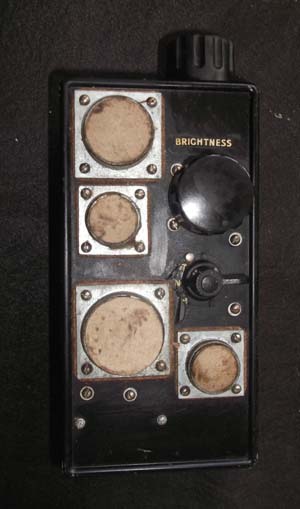
Village Inn control
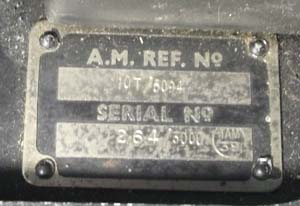
Main Junction Box Village
Inn
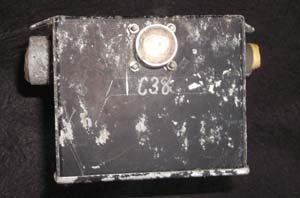
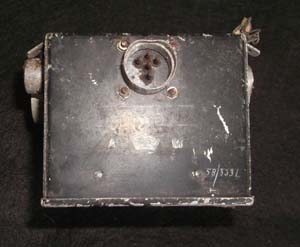
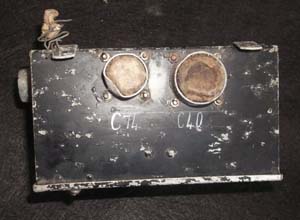
Radar Connector
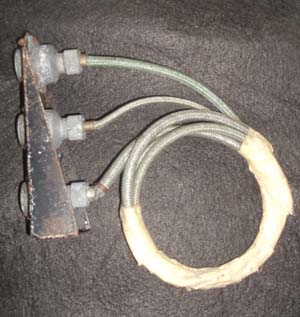
£2995
Reserved
Overseas buyers please
contact me for a shipping
cost.
|
|
Click on
pictures to enlarge
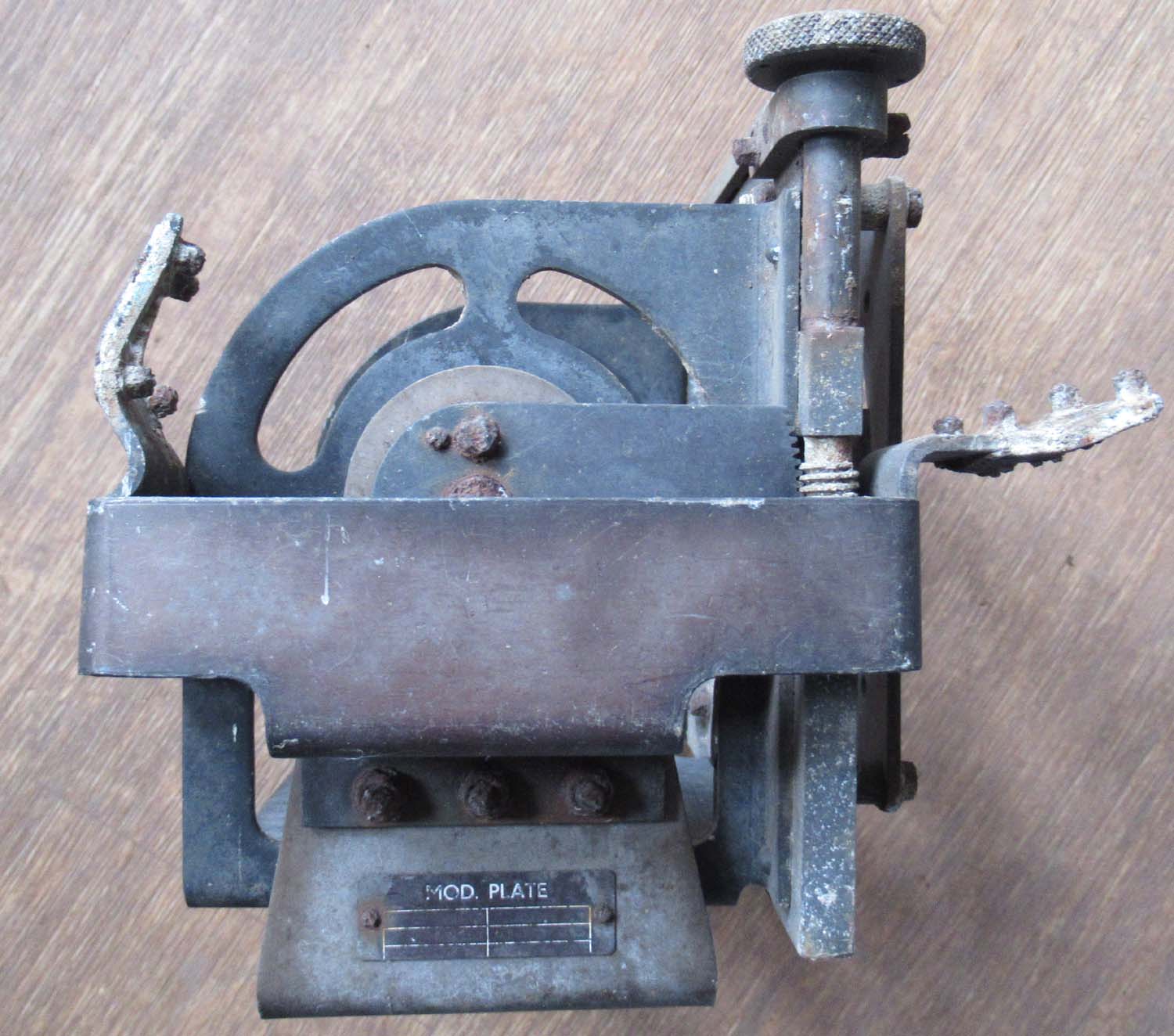
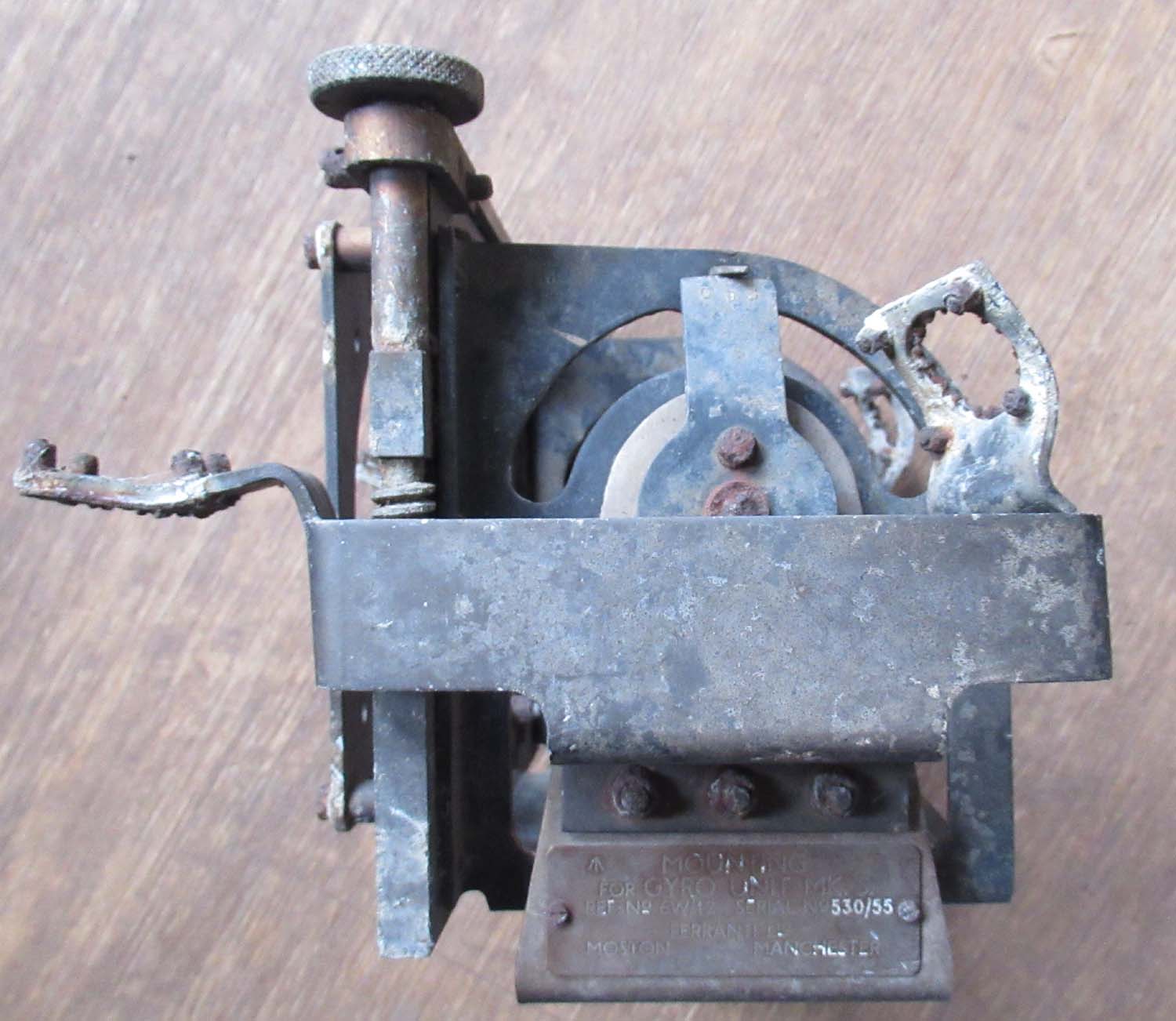
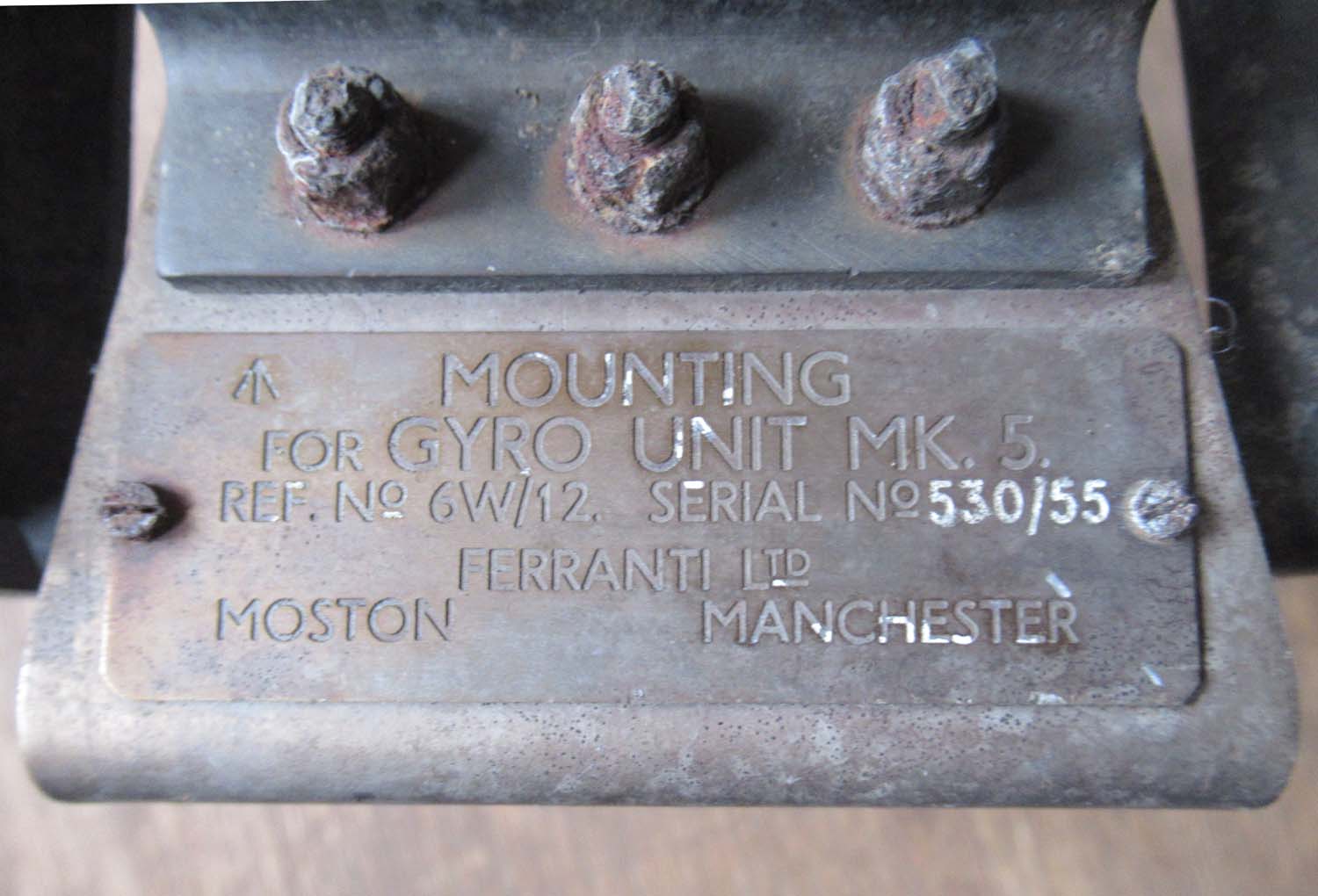 |
Mount for Mk.5 Gyro Gunsight (No 12 pg 1 Gun)
Here we have a mount for a Mk5 Gyro
Gunsight.
This was used in early Jets Such as the
Meteor and Vampire.
Made By Ferranti Ltd.
The Gloster Meteor was the first British jet fighter and the
Allies' first operational jet aircraft during the Second
World War. The Meteor's development was heavily reliant on
its ground-breaking turbojet engines, pioneered by Sir Frank
Whittle and his company, Power Jets Ltd. Development of the
aircraft itself began in 1940, although work on the engines
had been underway since 1936. The Meteor first flew in 1943
and commenced operations on 27 July 1944 with No. 616
Squadron RAF. Nicknamed the "Meatbox", the Meteor was not a
sophisticated aircraft in terms of its aerodynamics, but
proved to be a successful combat fighter.
Click on
pictures to enlarge
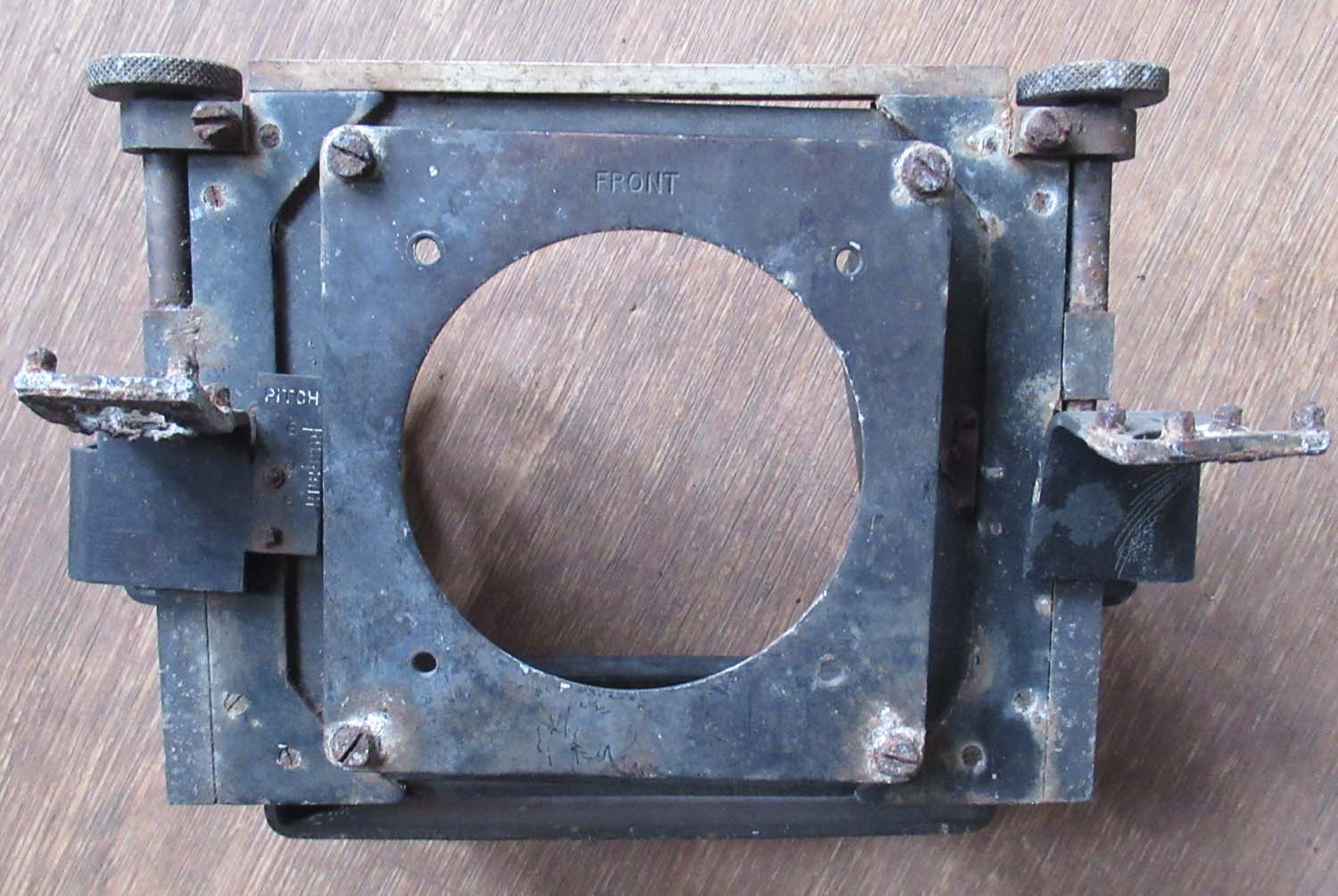
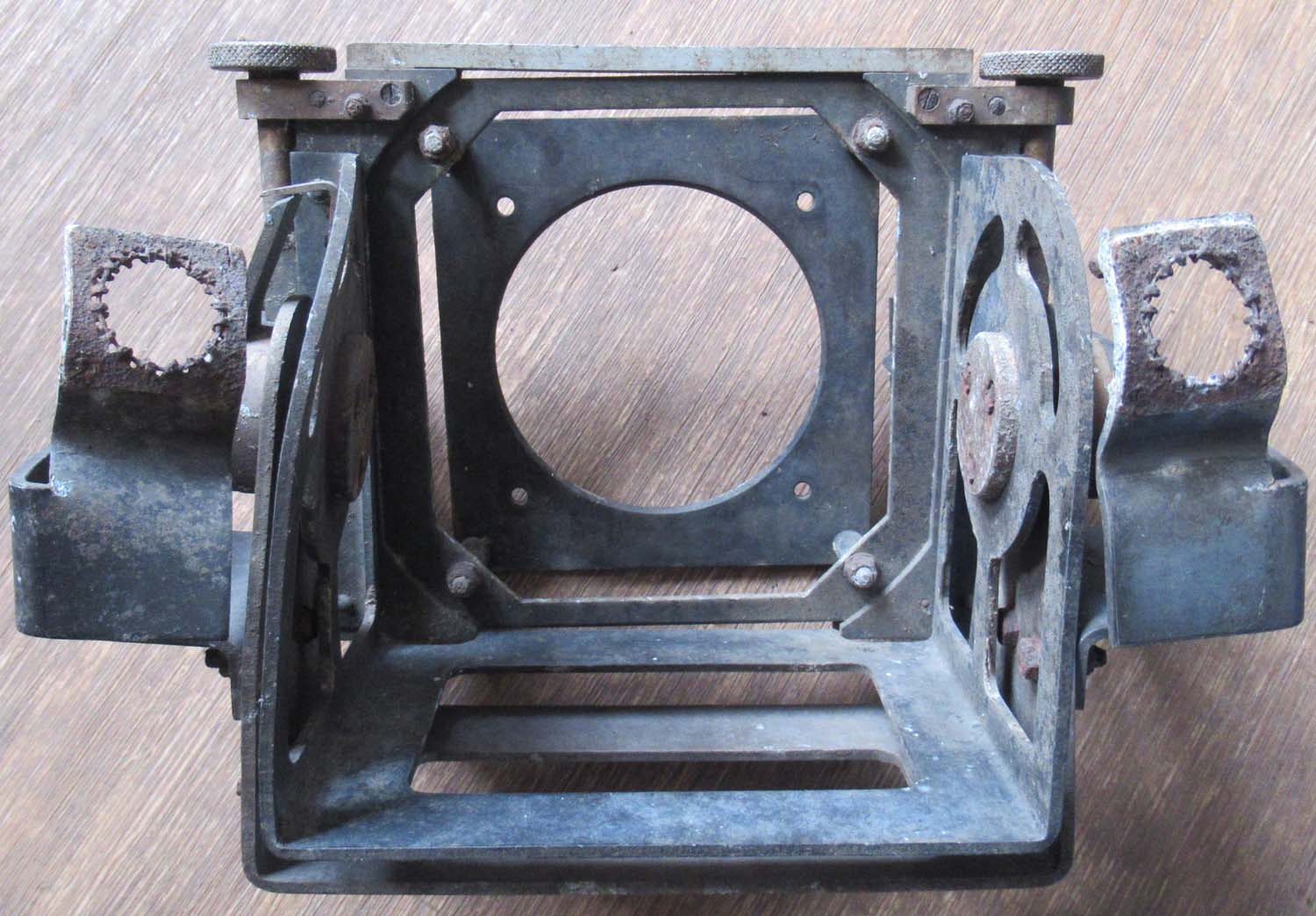
£275


|
|
Click on
pictures to enlarge
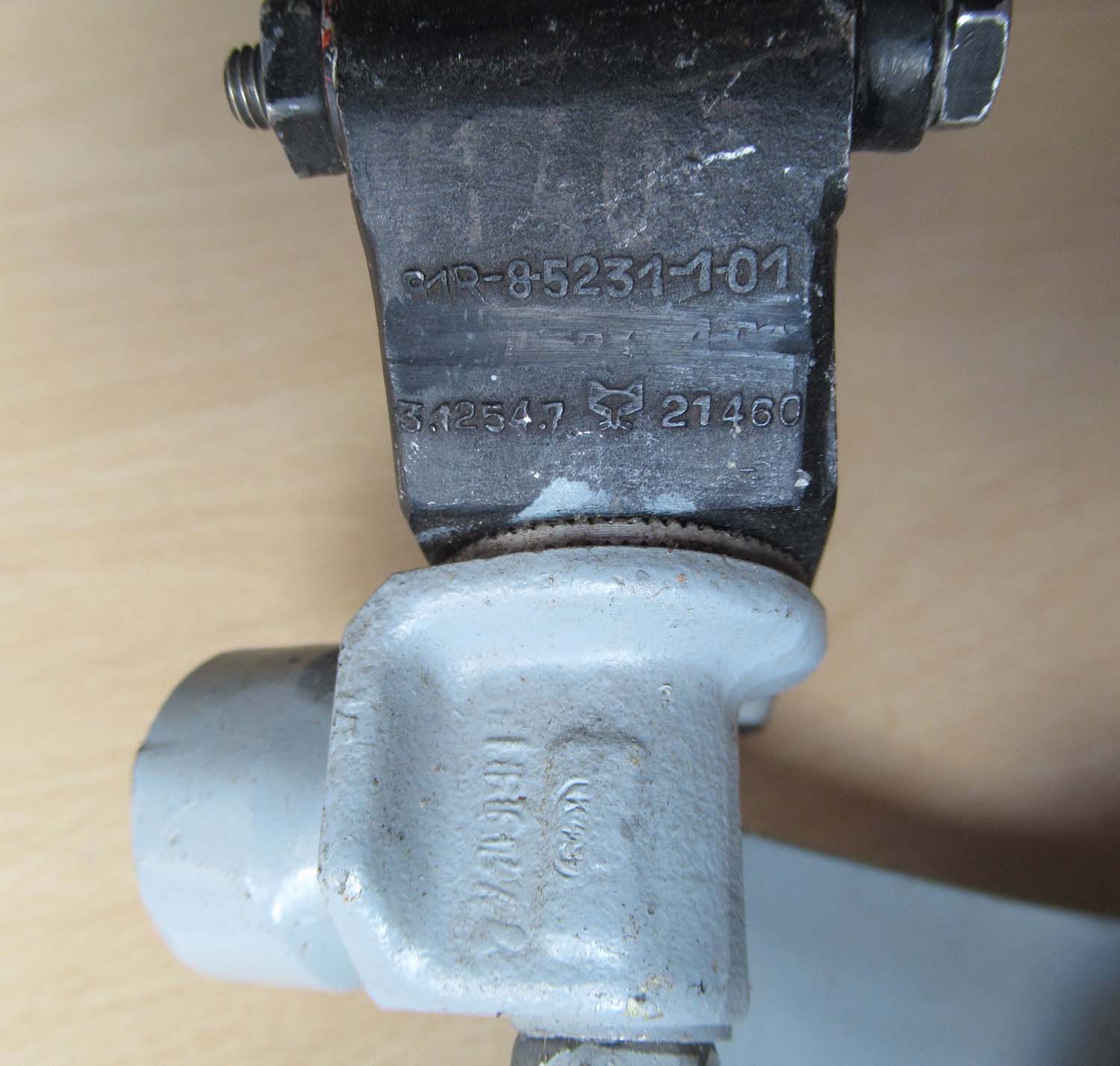
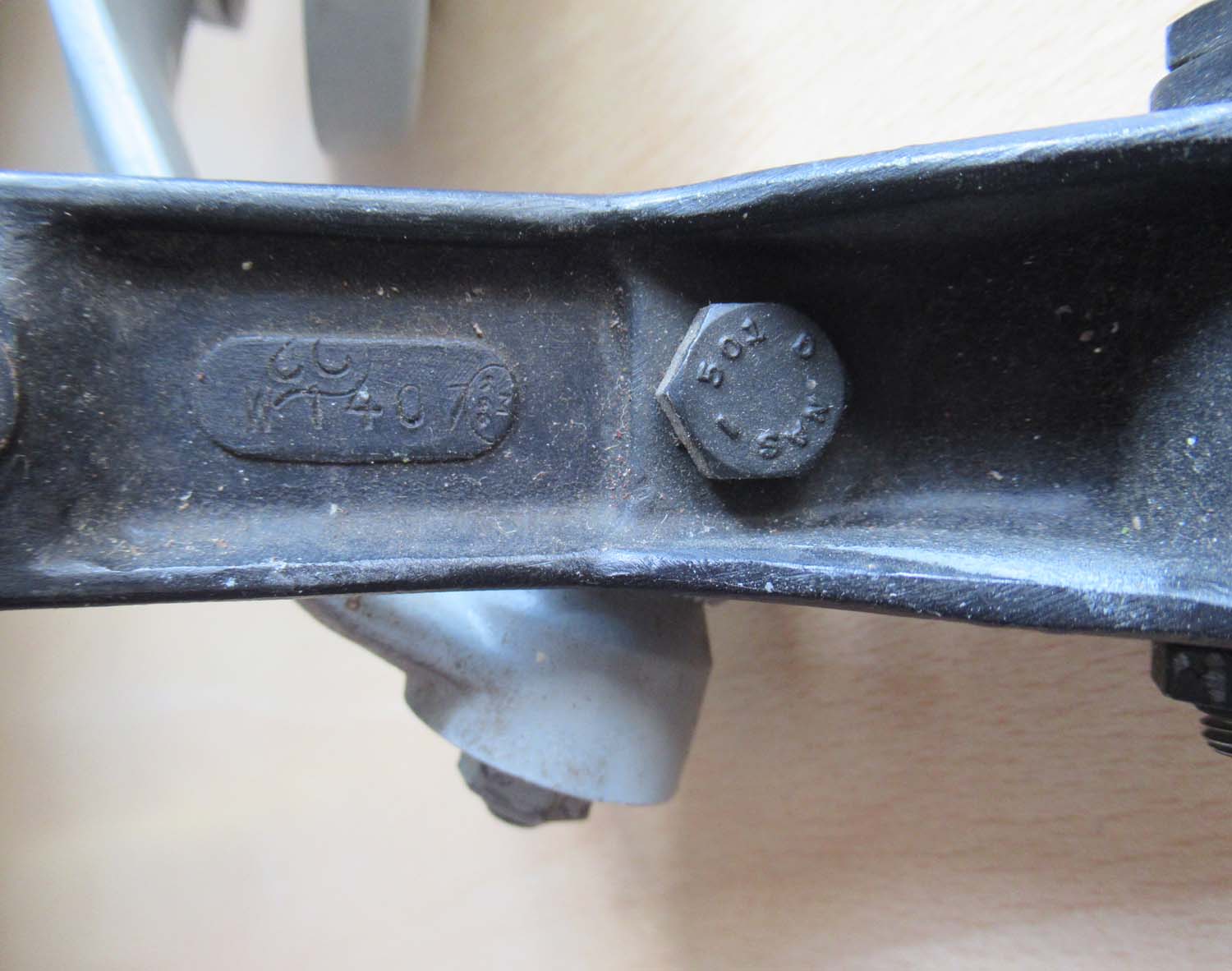
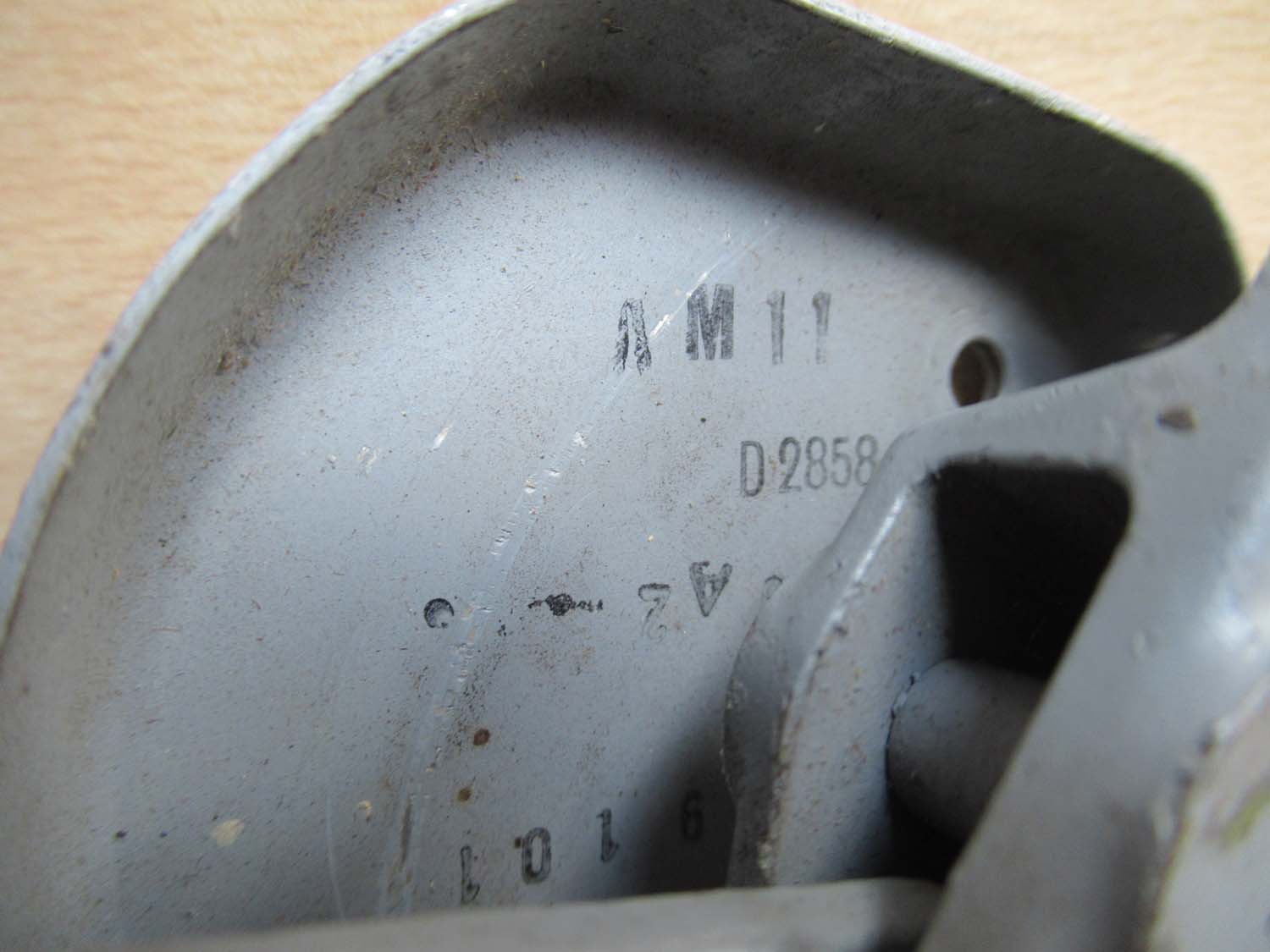
£275


|
American
Lockheed Gunsight (No 11 pg 1 Gun)
Here we
have a lockhead gunsight.
The bracket
swivels to allow the gunsight to be raised and lowered into
position.
It is a
secondary gunsight used in lockhead planes in case the electrical
gunsight fails.
91R-8-5231-1-01
91R-8-5211-1-01
3.1254.7
Click on
pictures to enlarge
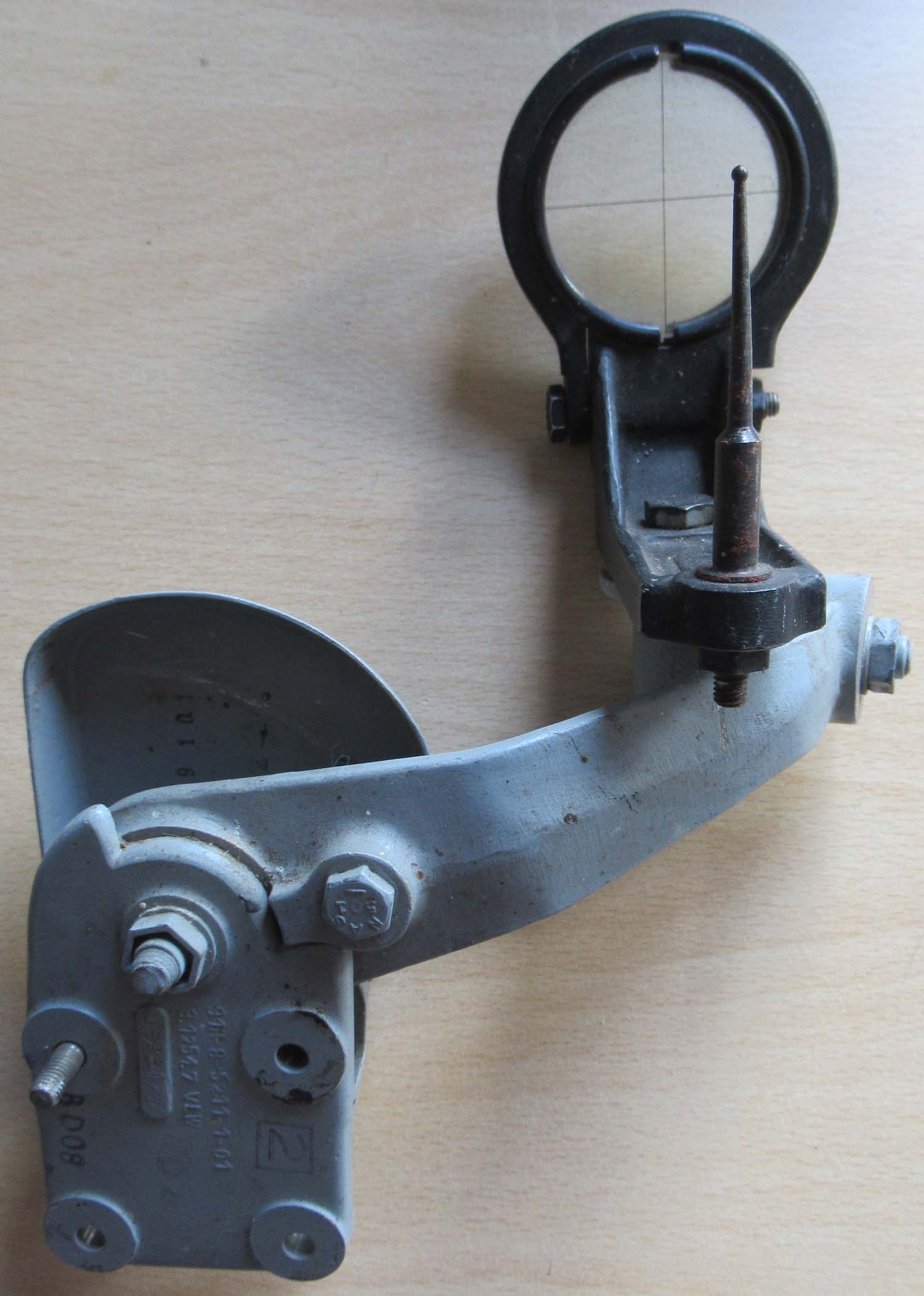
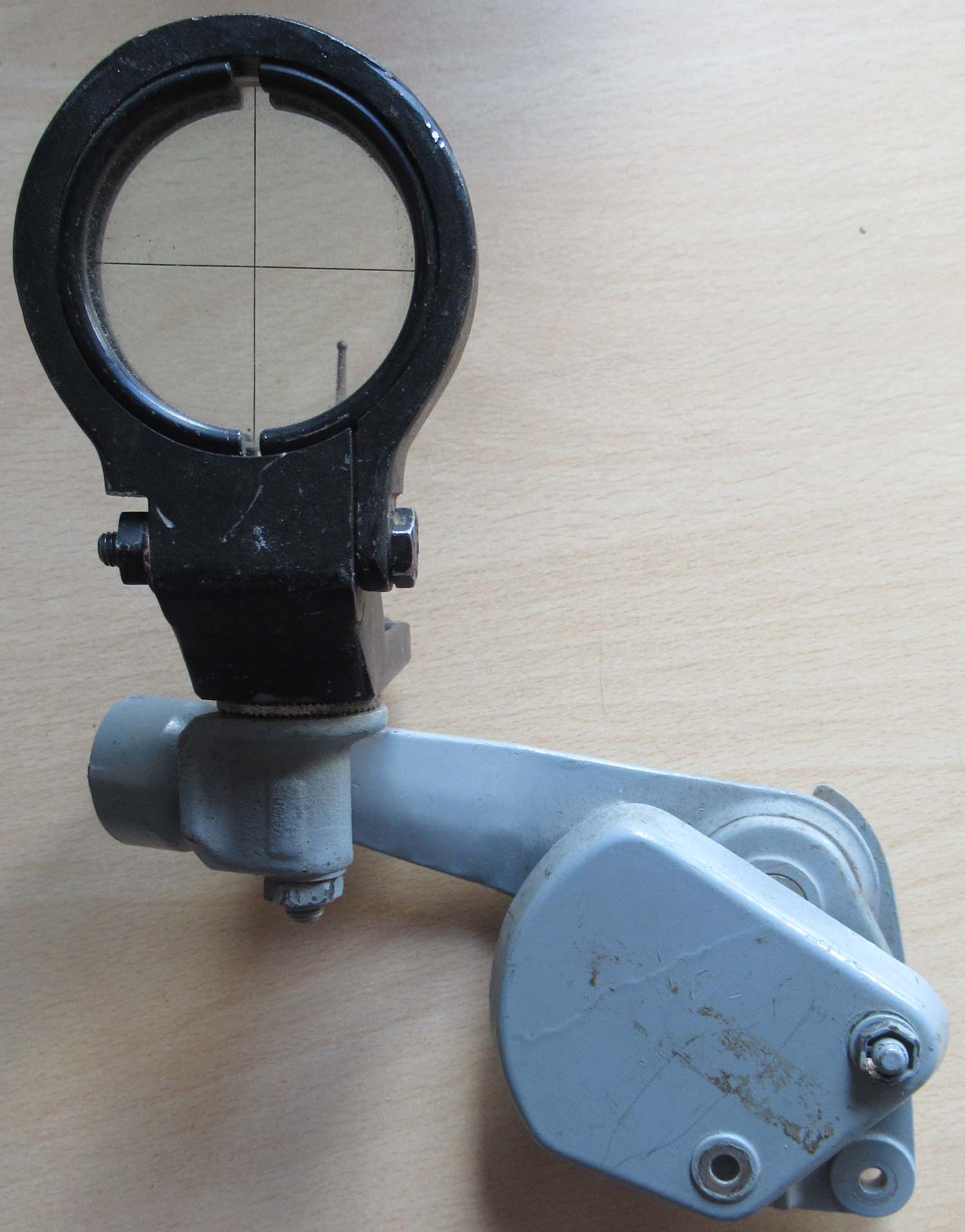
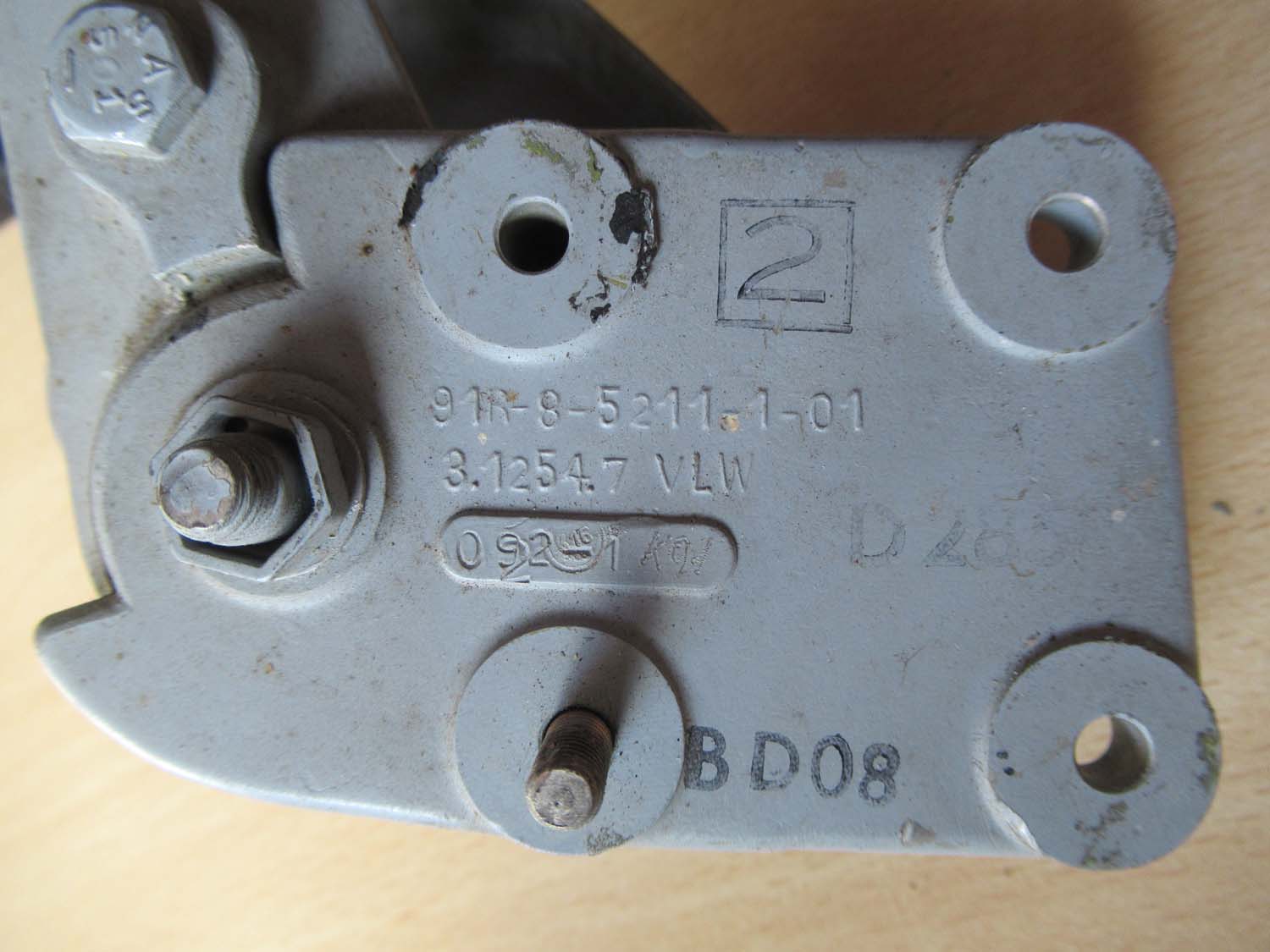
|
|
Click on
pictures to enlarge
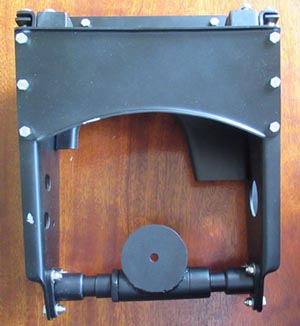
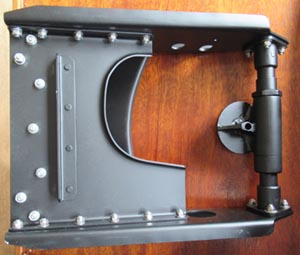 |
Spitfire Ace maker Gyro Gunsight MK II
Mounting Bracket
(No 10 pg 1 Gun)
This is a
superb reproduction in metal of the mounting bracket for the
Ace maker MK II Gunsight. It comes with the frame fitting
for the Spitfire.
These are
incredibly rare and I have never seen one let alone had one
for sale. Made from original drawings to a very high quality
it took a huge amount of research and work to complete.
Fitted to the
Spitfire from Mk IX onwards.
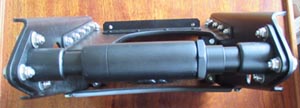 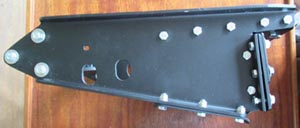
Click on
pictures to enlarge


£1250


|
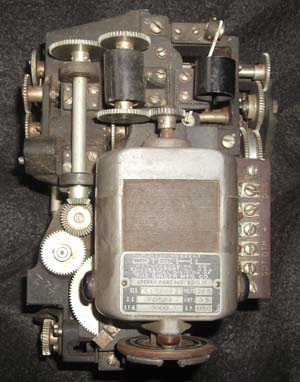
Click on the
pictures to enlarge
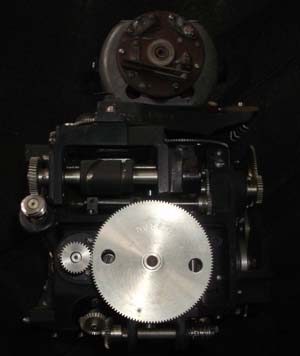
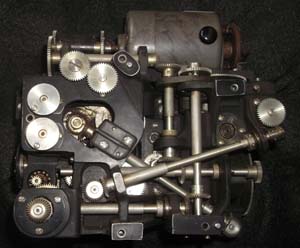
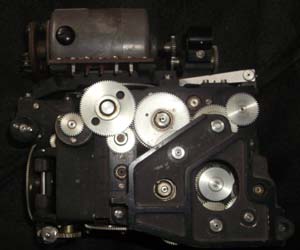
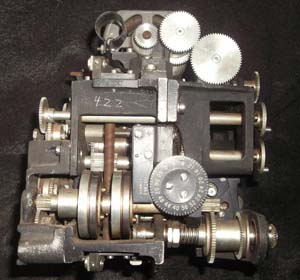
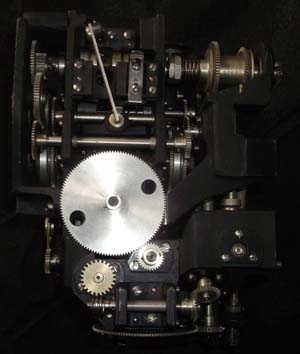
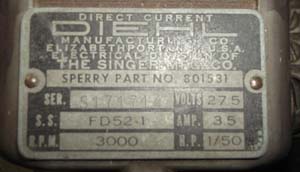
|
B17 Mid upper Turret Sperry K3 Gunsight (No
9 pg 1 Gun)
Here are the internals
from a Sperry K3 gunsight used in the Mid upper turret of
the B12 Flying fortress.
It is in good
condition and might be useful for anyone carrying out a
restoration or as a great display piece.
Shown under is an example
of the complete Gunsight the sale only includes the piece
shown left.
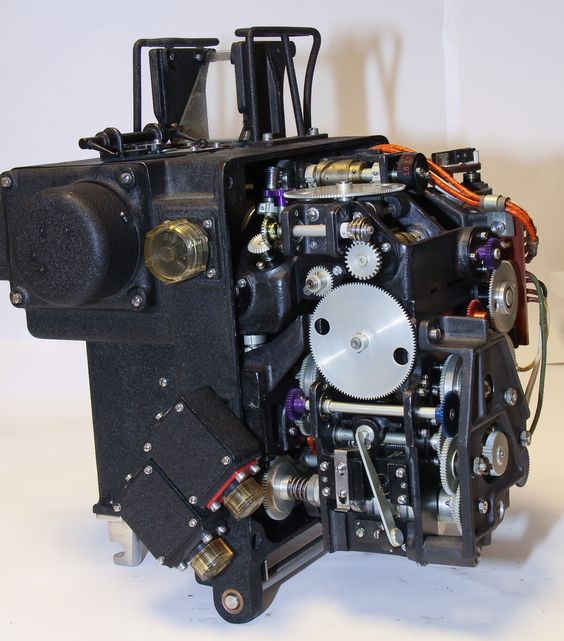
|
The
K-3 is a computing gunsight used in used in
Sperry upper gun turrets used on the B-17
bomber.
The
K-4 is the same device with a different
mount used in the Sperry lower gun turrets
on the B-17. |
Shown
under is an example of the complete Gunsight the
sale only includes the piece shown left.
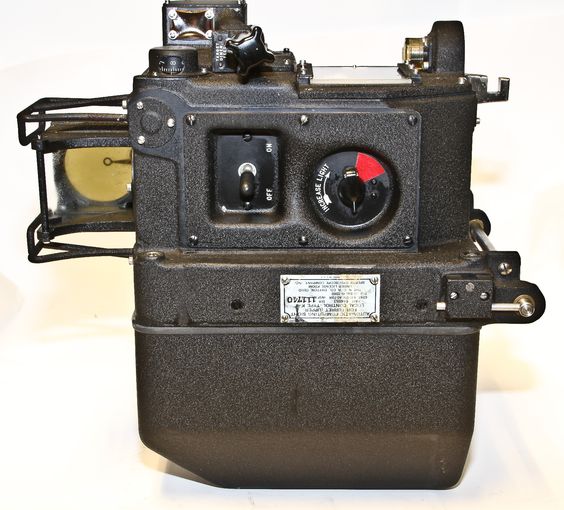
The gunner inputs
range information by estimating the size of the plane and
adjusting its image in the attached optical sight so that
the image fits within the reticules.
The gunner then
tracks the target with the optical sight by moving the K-3
(mounted on a movable head) keeping the plane image centred
in the reticules.
The sight movements
cause the computing unit, which, based on the range
information and built-in ballistics data, to calculates the
deflection, or lead, for aiming the guns and moves
the turret accordingly.
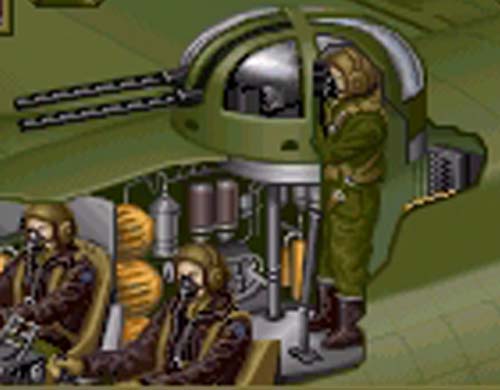
£299


|
|
Click on pictures to enlarge

 |
Type E Gunsight Control
Panel (No 8 pg 1 Gun)
Here we
have a Gunsight Control Panel Type E. This is
used with the Mk.2 Gyro Gunsight.
Air Ministry
marked.
There is a
socket for the sighting head and power supply
5CZ/2486
Click on pictures to enlarge

£85


|
|
Click on pictures to enlarge
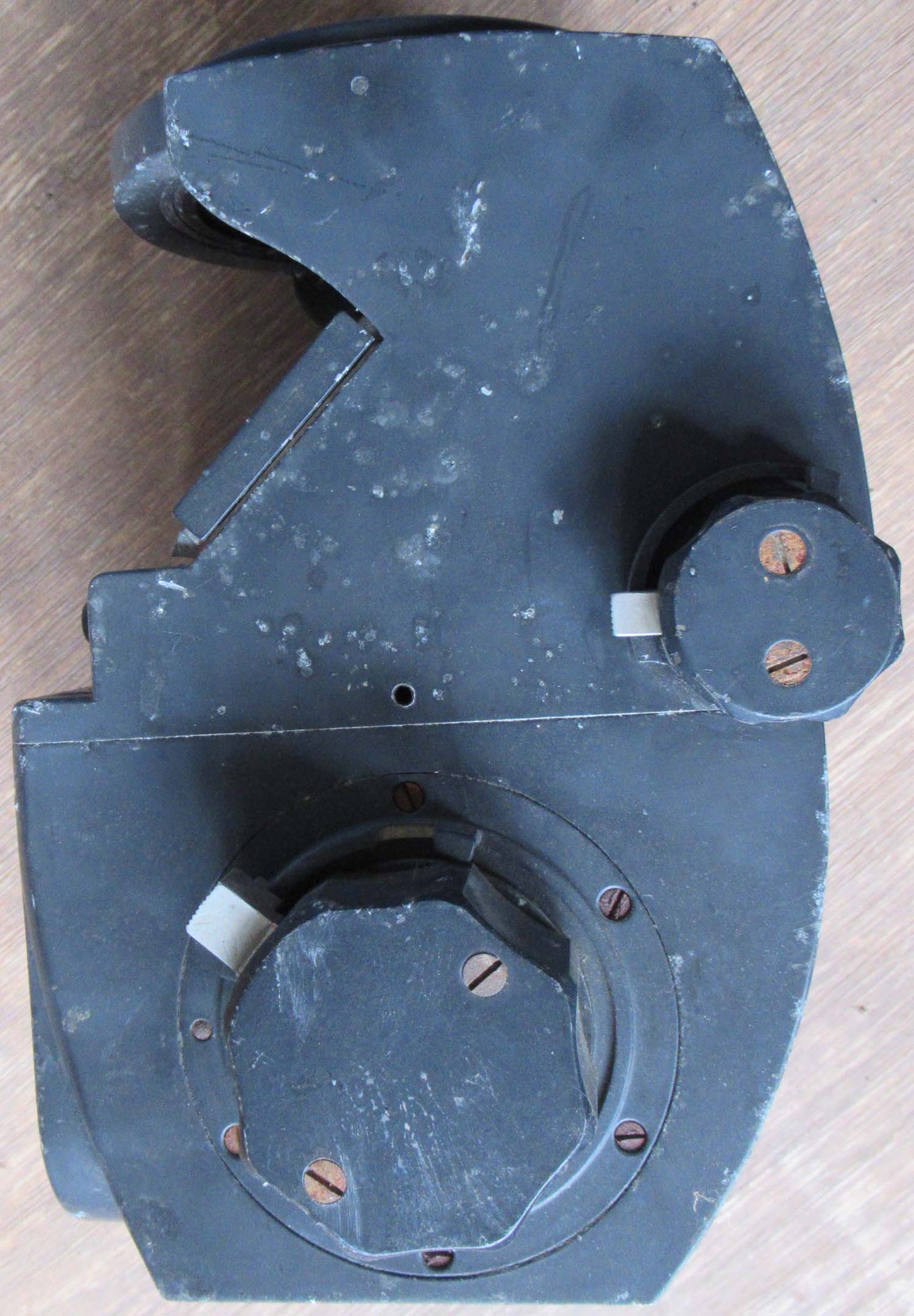
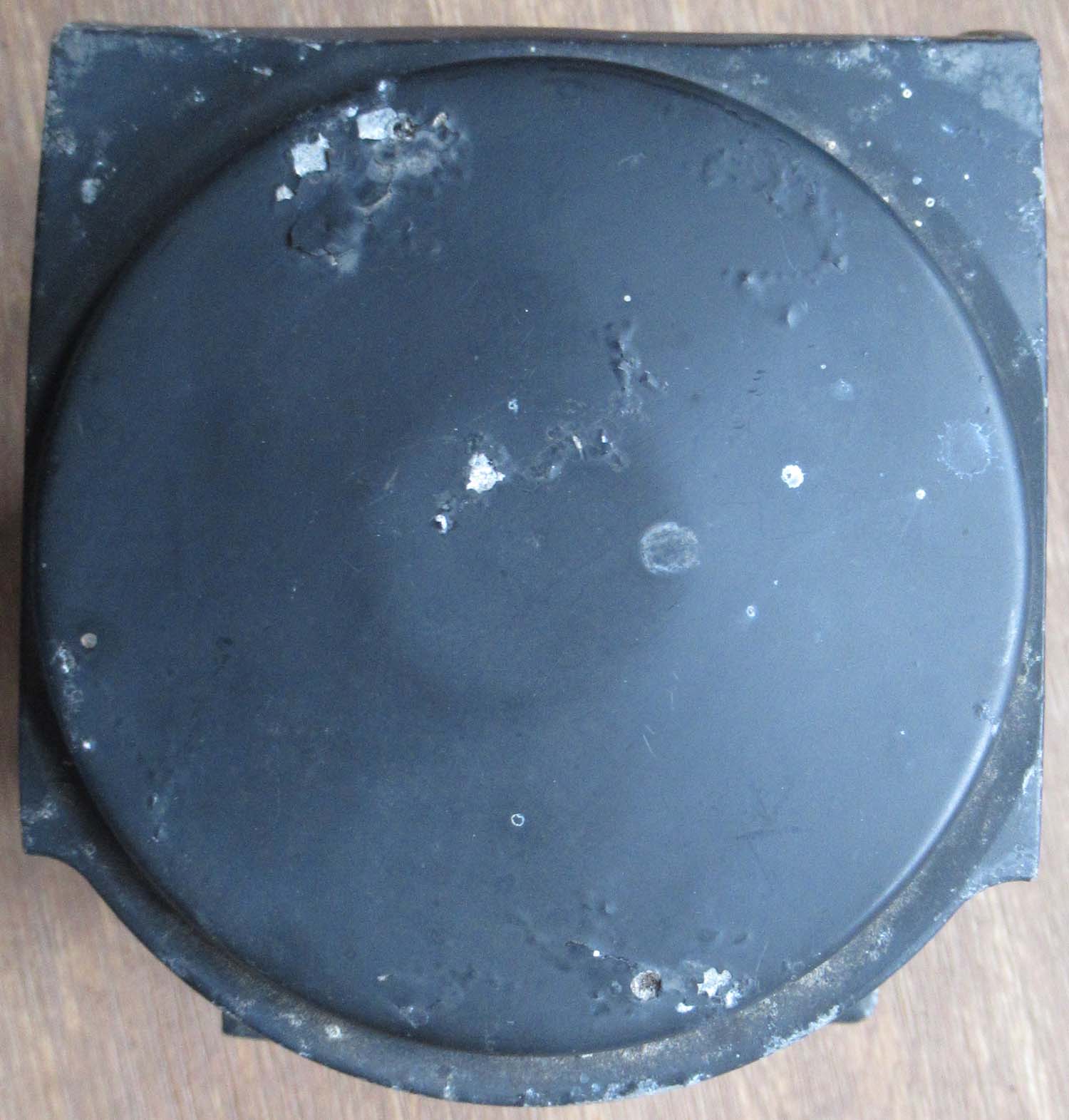
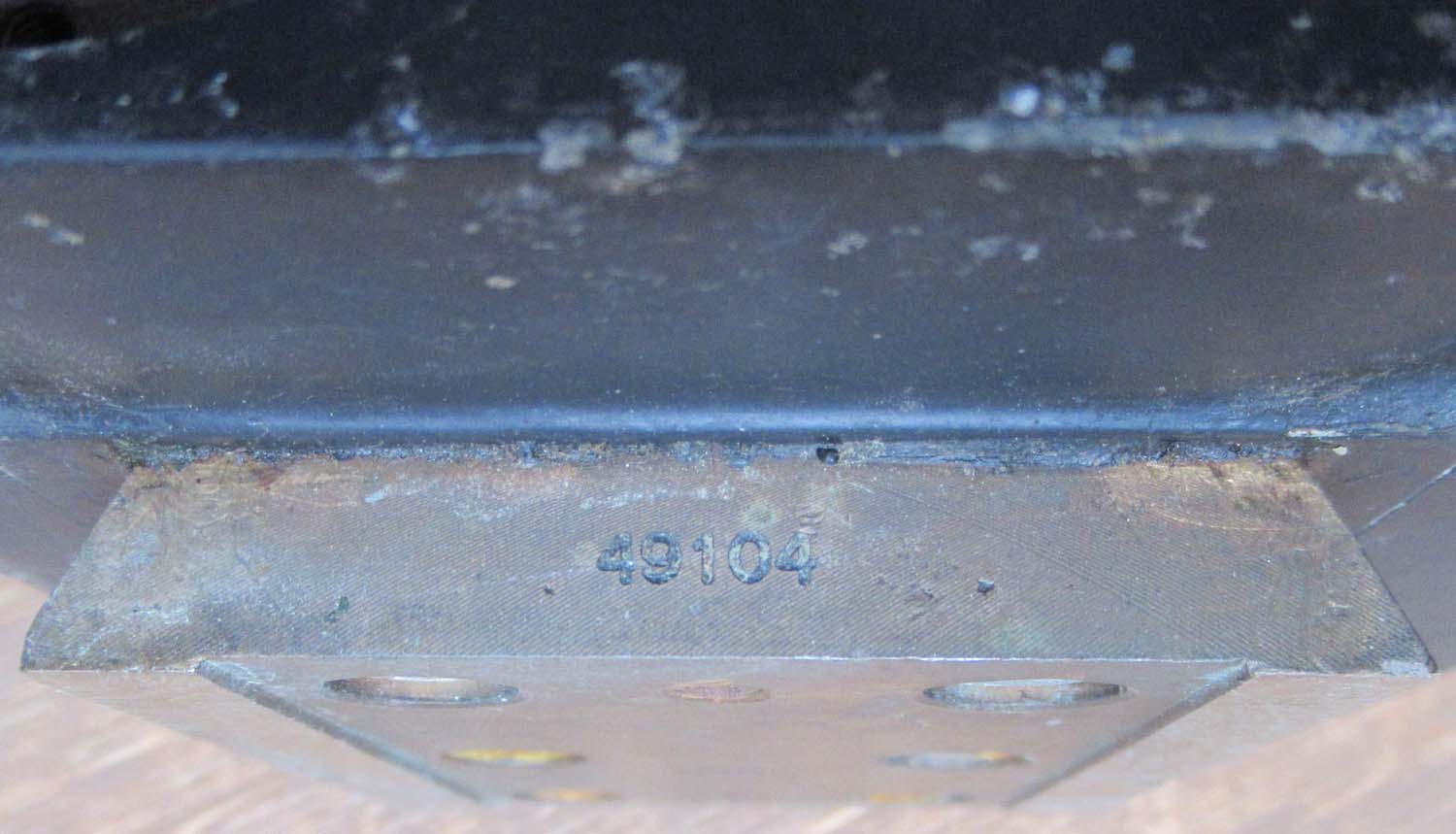
|
Bofors L1A1C Sight
(No 6 pg 1 Gun)
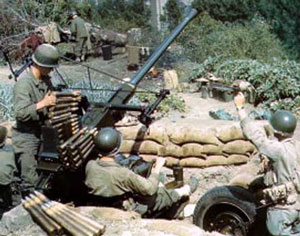
A very rare
gunsight made for use on a Bofors antiaircraft gun. The gun
crews had several methods to sight the weapon on a target.
Each gun platoon (four guns) had an M5 Director, connected
by cables to the guns and all fed by a common generator. In
this configuration, the platoon could engage a single target
simultaneously. However, in combat the crews preferred to
use the Bofors speed-ring sights. The crew of each weapon
had an azimuth and elevation tracker seated in bucket seats
on each side of the weapon. The elevation tracker had a foot
pedal to fire the gun when the sight picture was right. Each
40mm round had a tracer element to aid in correcting the
lead when the first rounds missed. Later in the war, the M-5
Director was replaced by the M-7 Computing Sight ("Weissight"),
an "on-carriage" aiming device mounted on the gun with
tracking telescopes for the azimuth and elevation trackers.
The M7 Computing Sight eliminated the need for a separate
director section, its director, generator, cables, and
centralized control.
See this
link
Click on pictures to enlarge
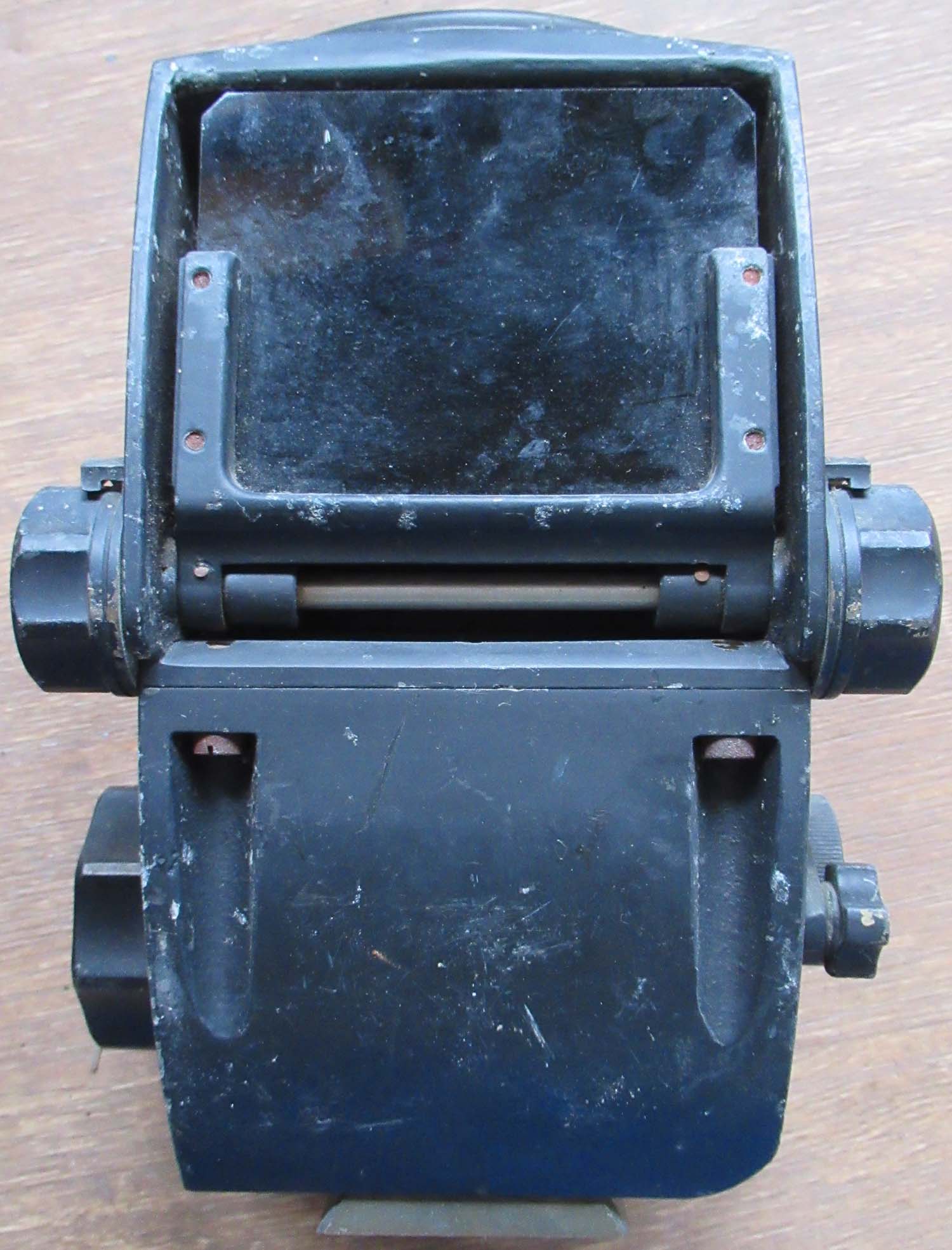
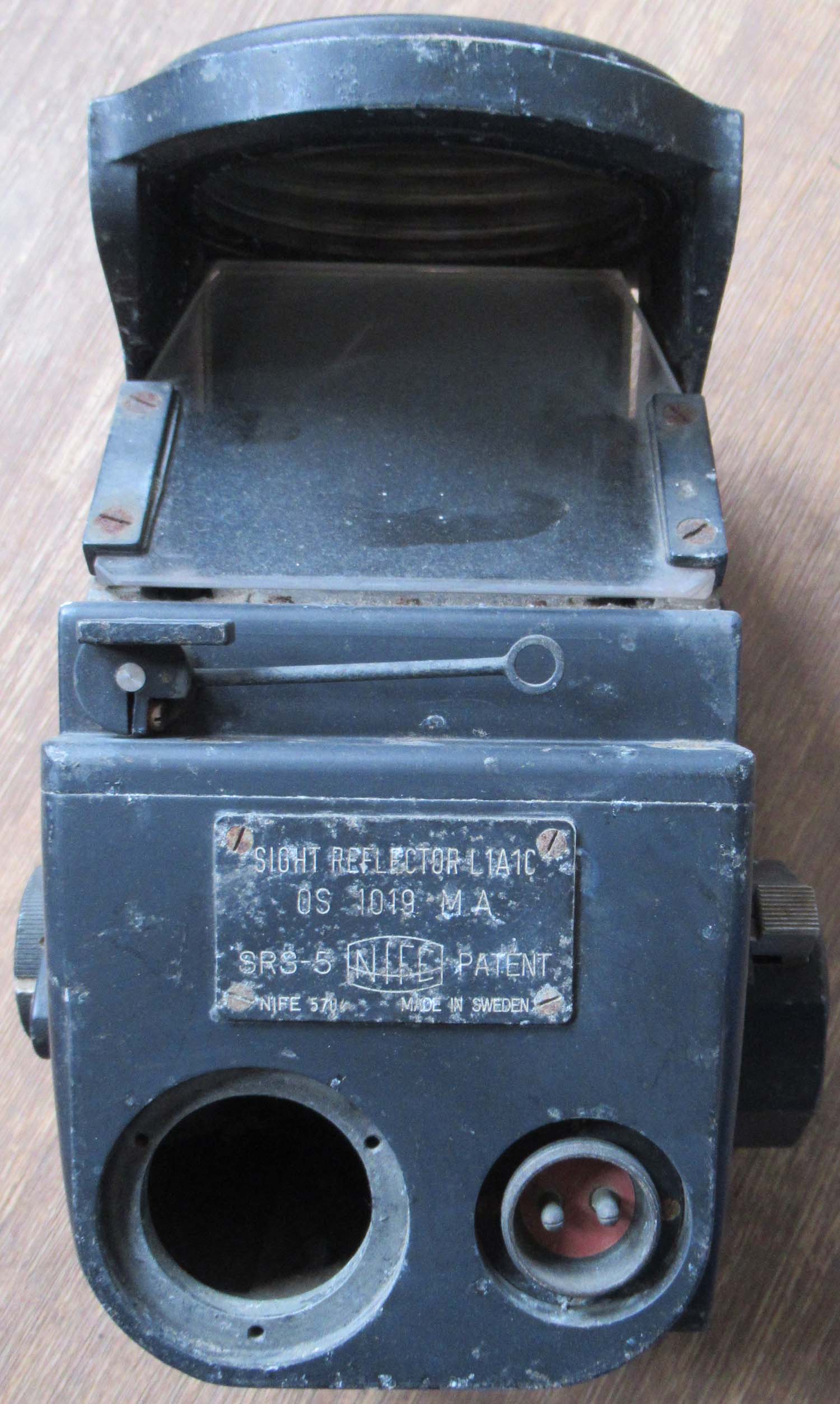
£225


|
|
Click on pictures to enlarge
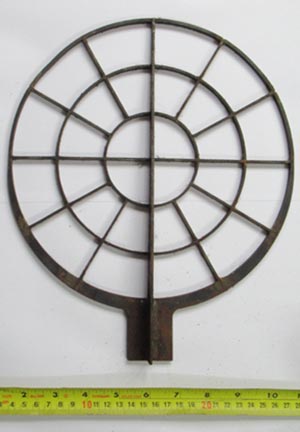
Three
available
£299 each


|
Bofors Anti
Aircraft sighting ring 2 (No 5 pg 1 Gun)
This one has a slightly different fitting at the bottom of
the sight.
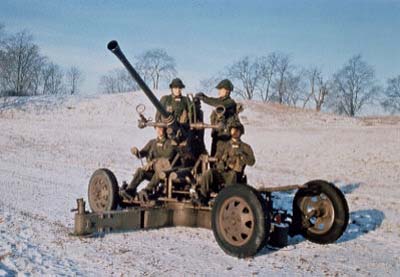
This is an original sight
ring for a Bofors antiaircraft gun.
The ring is 9 1/2" in
diameter.
The Bofors anti aircraft
gun was adopted by the British Army in 1937 as its standard
light AA weapon in a single-barrelled, air-cooled version.
It was a great success and demand exceeded production until
1943.
The quality of the gun was
such that the Royal Navy also started fitting it to ships in
1941, before adopting a purpose-designed twin-barrelled
water-cooled version, first used in late 1942 |
|
Click on pictures to enlarge
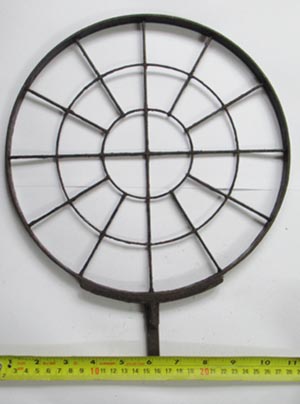
£299


|
Bofors Anti Aircraft
Sighting Ring (No 4 pg 1 Gun)

This is an original sight
ring for a Bofors antiaircraft gun.
The ring
is 9 1/2" in diameter.
The Bofors anti aircraft
gun was adopted by the British Army in 1937 as its standard
light AA weapon in a single-barrelled, air-cooled version.
It was a great success and demand exceeded production until
1943.
The quality of the gun was
such that the Royal Navy also started fitting it to ships in
1941, before adopting a purpose-designed twin-barrelled
water-cooled version, first used in late 1942 |
|
Click on pictures to enlarge

Two available
£150 each


|
Gunsight Anti Aircraft
Ring Mount
(No 3 pg 1 Gun)
Here we have a original
Anti-Aircraft Gunsight mount.
Click on pictures to enlarge

|
|
Click on
pictures to enlarge






|
Type 1 Mk 1
projector Gunsight
(pg1 Gun No 57)
Here we have a Type MK I
projector gunsight, dated 1944. with a MK III rocket firing
sight head.
I have yet to discover
the difference between a reflector and a projector other
than the latter was made later in the War. I think there is
no difference and for some reason they gave the sight a
different name.
If you were to remove
the rocket firing sight head any standard square or oval top
head would fit.
These sights are actually
rarer than the MK II reflectors most likely because they
were made in lower numbers.
The sight head operates
as a standard day fighter sight and also to fire rockets,
most commonly fitted to the Hawker Typhoon but also used by
Beaufighters and Mosquitoes who both had rocket firing
capabilities for ground attack. Even the mighty Tiger tank
could not survive a strike from a 60Lb rocket.
This sight is in superb
condition the reticule is a clean and crisp Day fighter
orange. Its complete with its bulb holder. Its totally
original and the best example of this sight I have seen.
It does have a tiny chip in the glass which is also
original.
Click on
pictures to enlarge
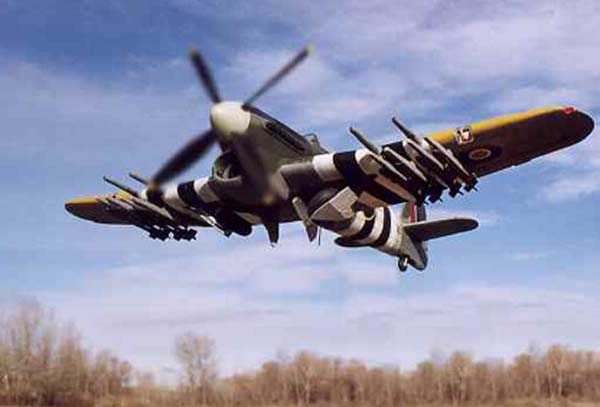
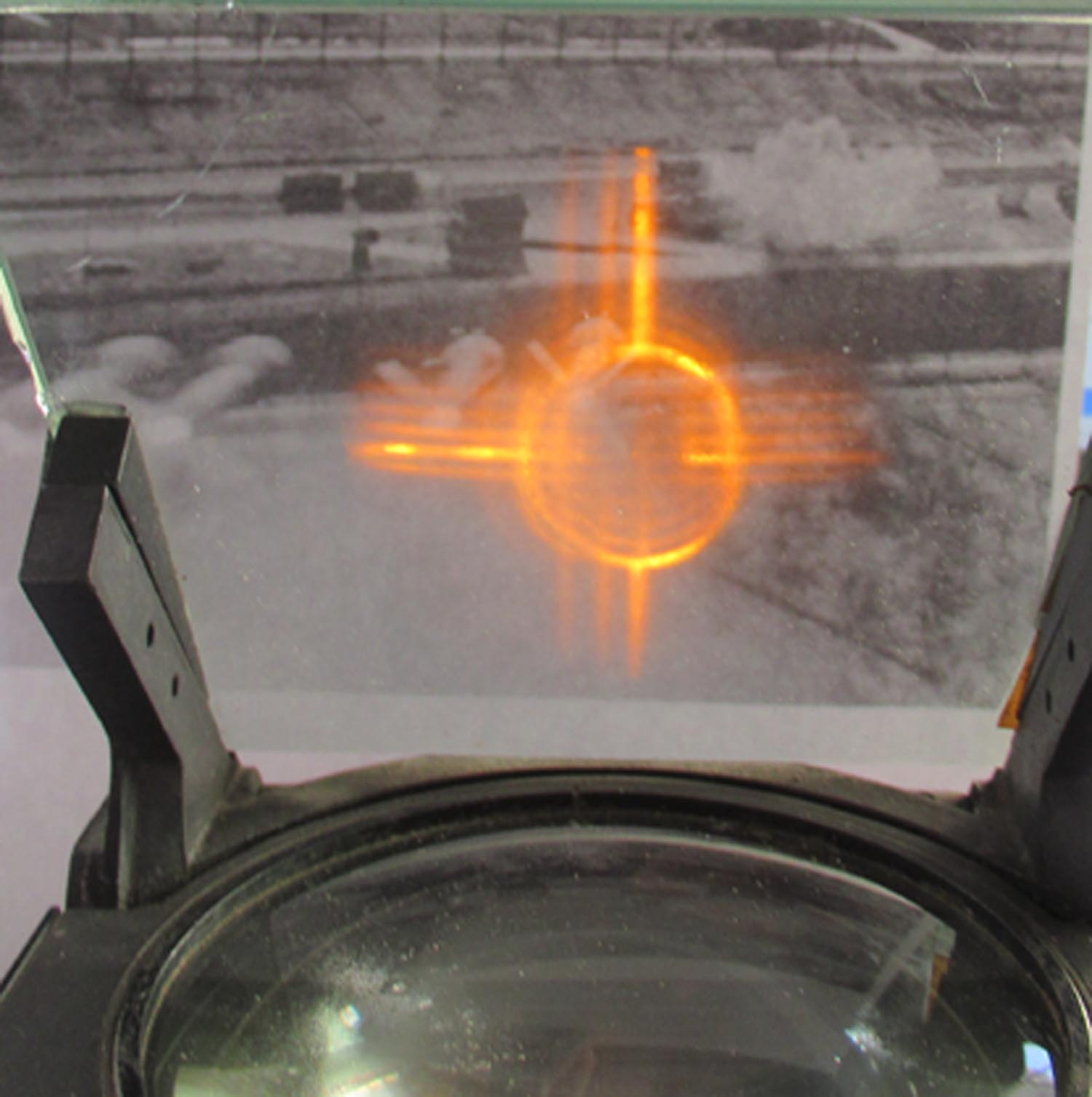
Above left
and below the Awesome Hawker Typhoon with its compliment of
60Lb rockets. Far right this is the view from this gusight
aimed at a Wartime picture taken from a Typhoons camera gun
as it unleashes its 60Lb rockets which you can see in the
image.
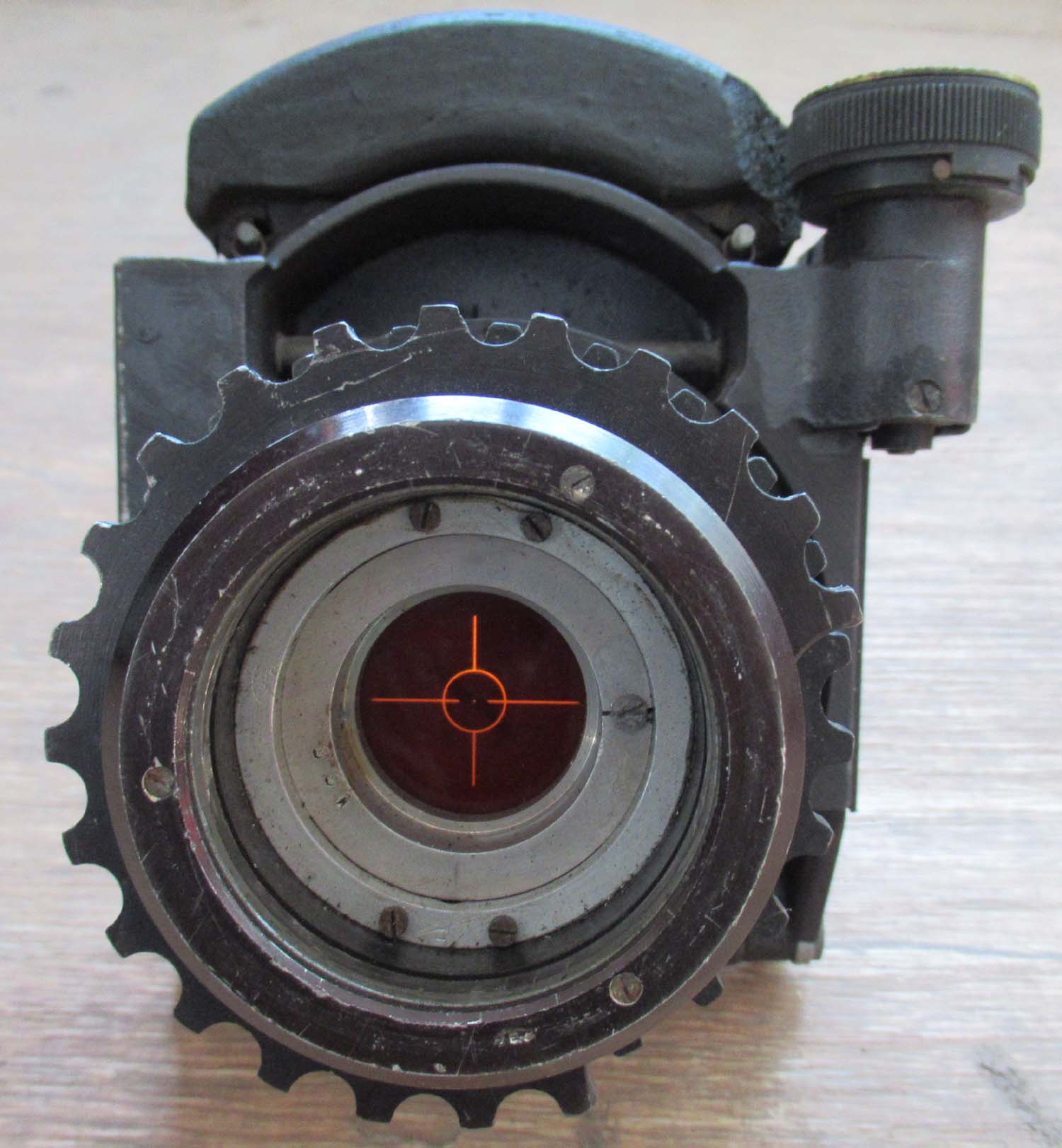 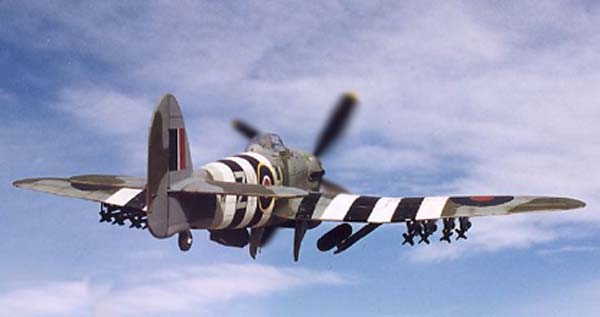 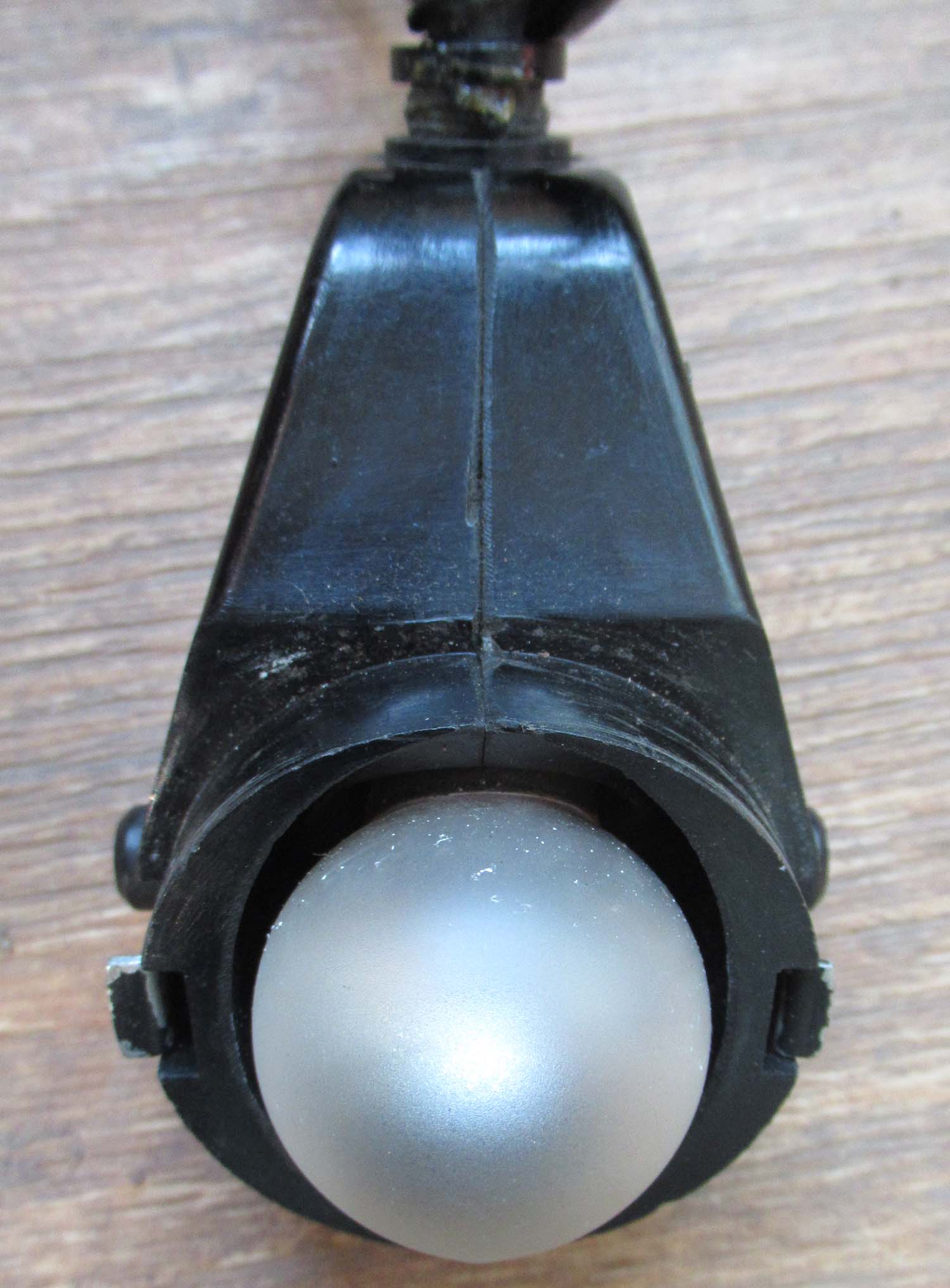
Ref No:
8B/2518
Ref No:
8B/2519
Ser No:
14212/44
Dated 1944
Click on
pictures to enlarge





Sorry now
sold and out of stock more wanted
please contact me
|
|
Click on pictures to enlarge
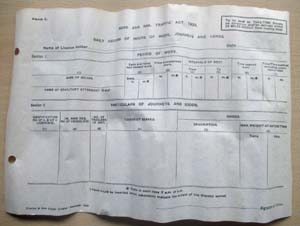
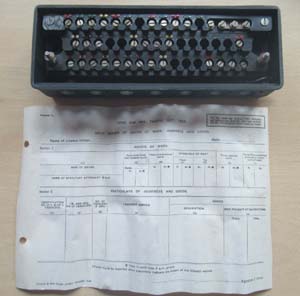
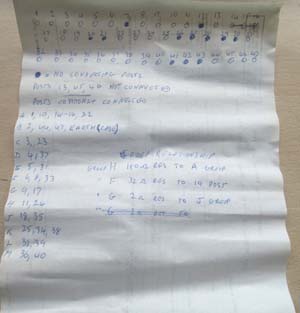 |
Gyro Gunsight Control
Box
2 (No 2 pg 1 Gun)
This is very nice original
control box for the MKII Gyro Gunsights displayed on these
pages.
Used by both the bomber and Fighter type sights.
Click on pictures to enlarge
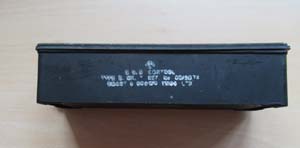
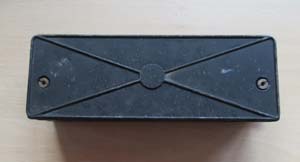 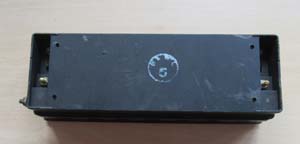  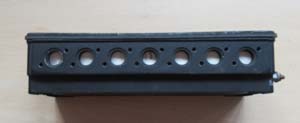
£175


|
1
2
3
 |
|
|
